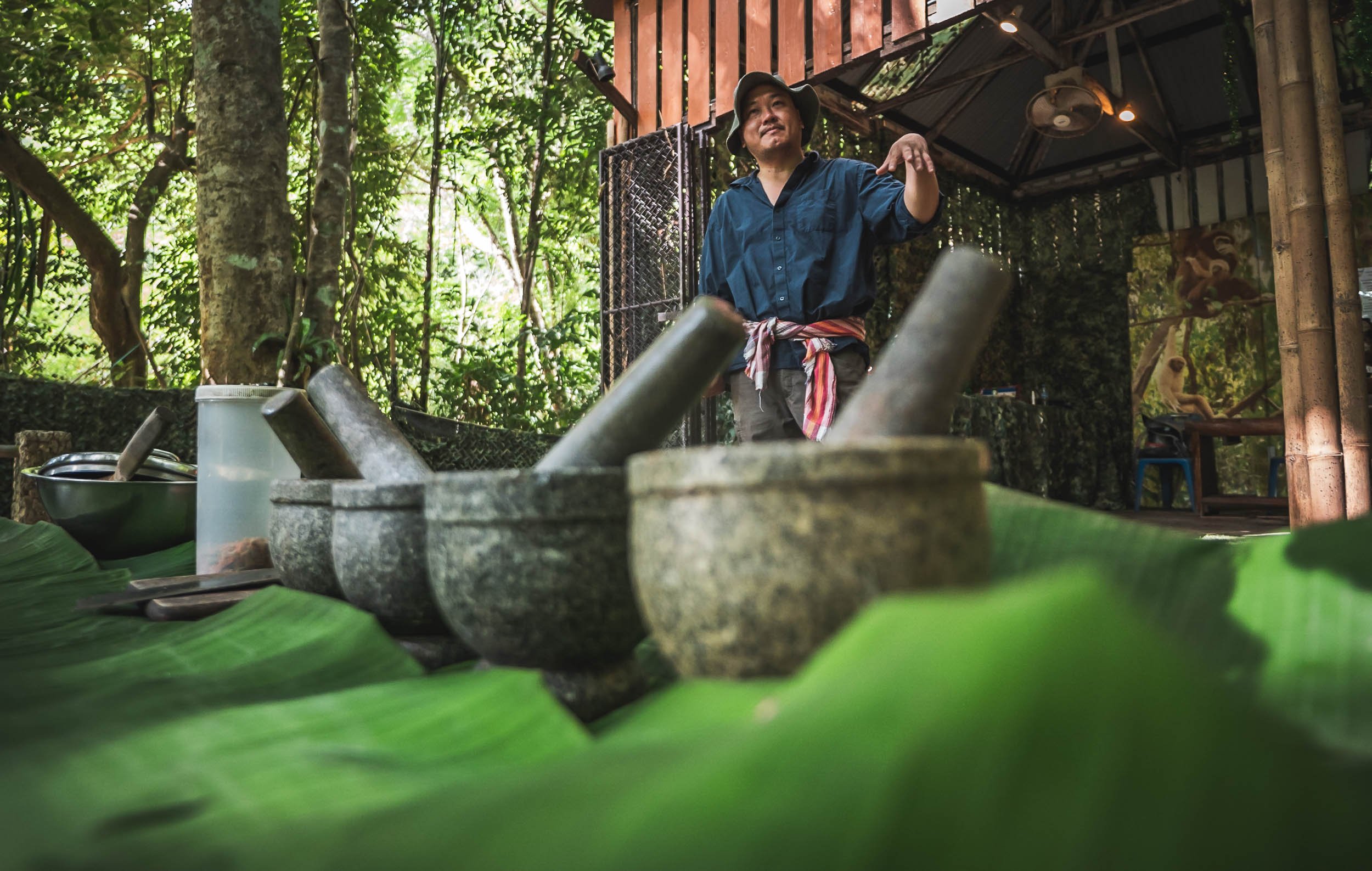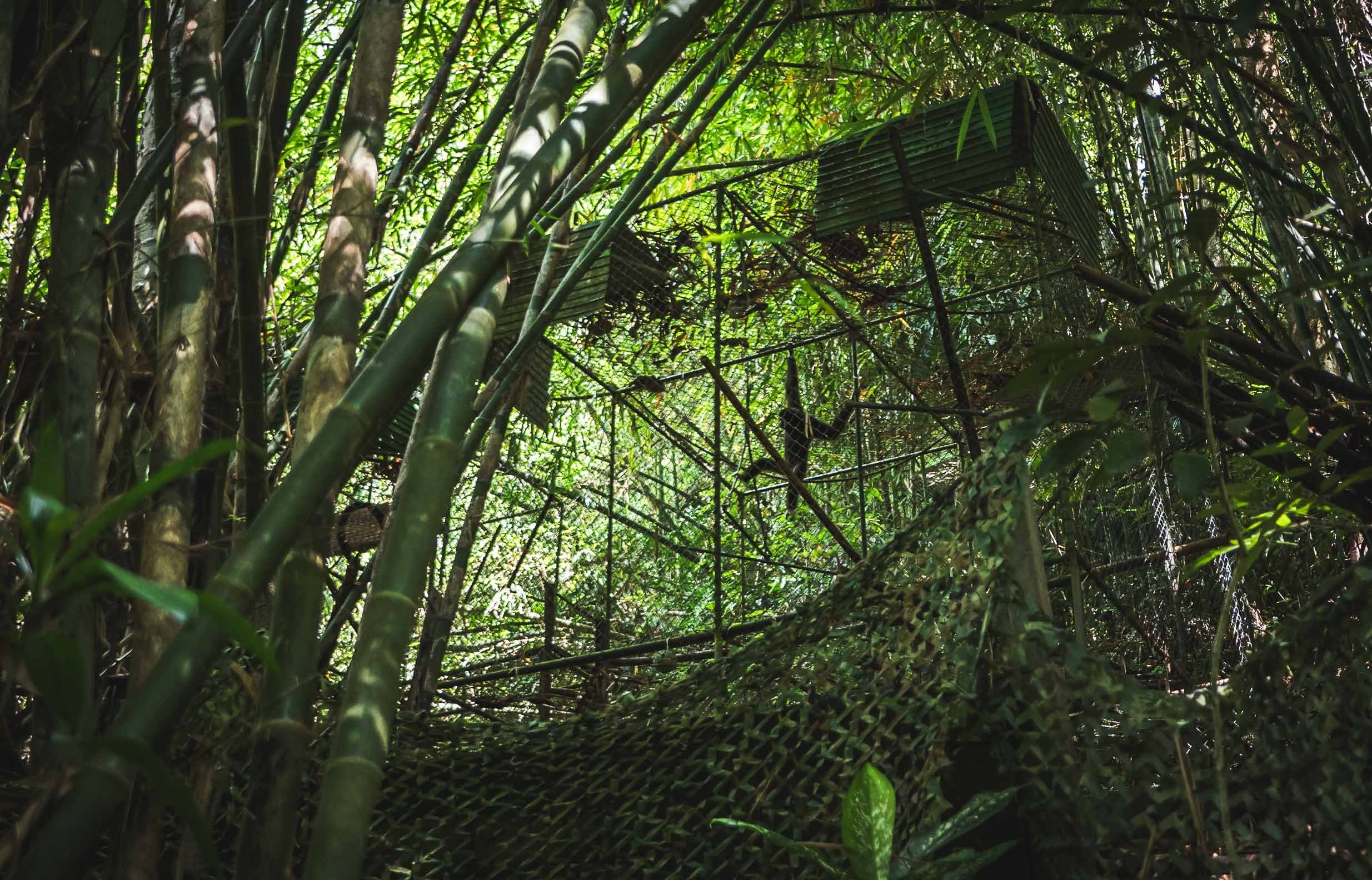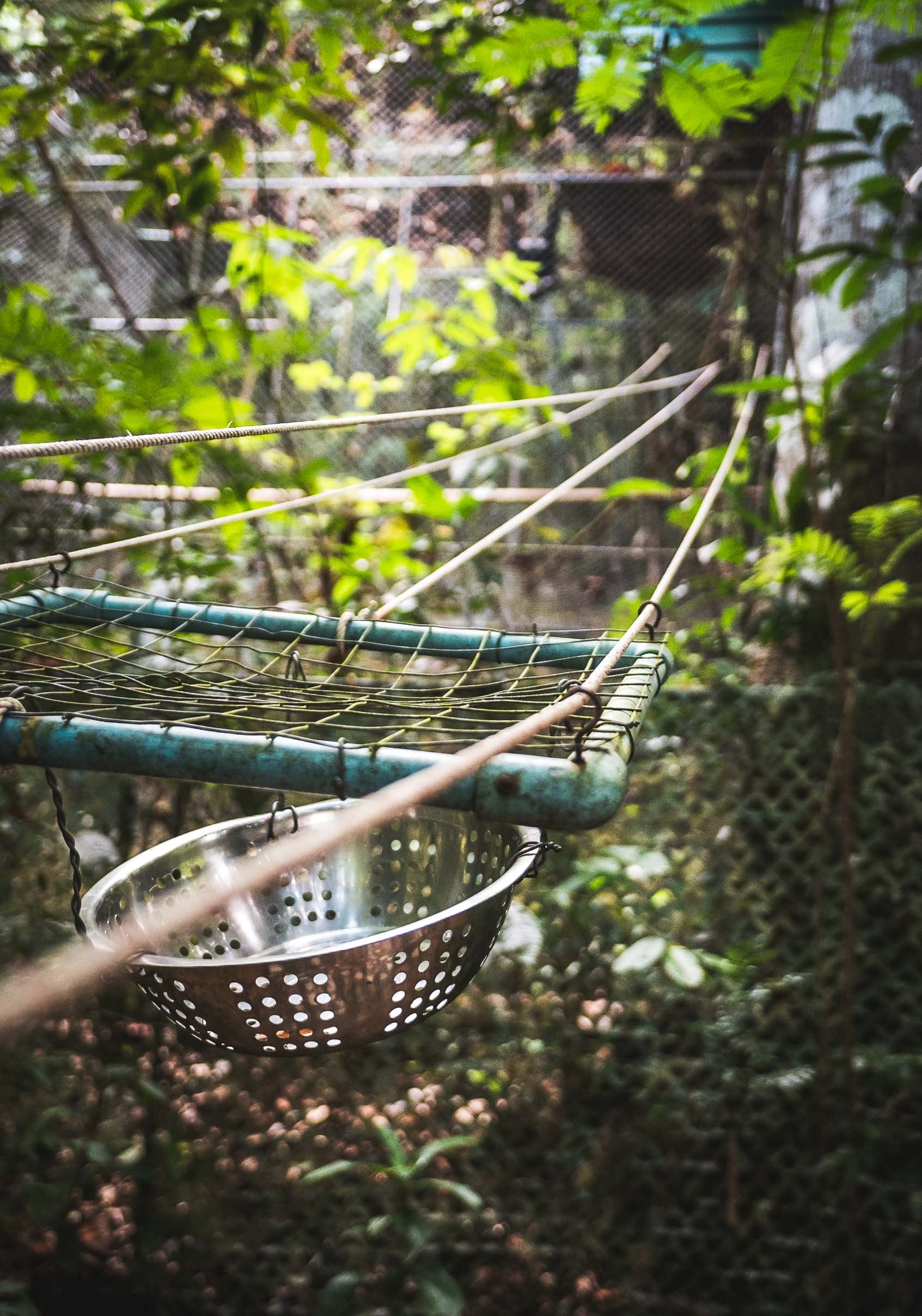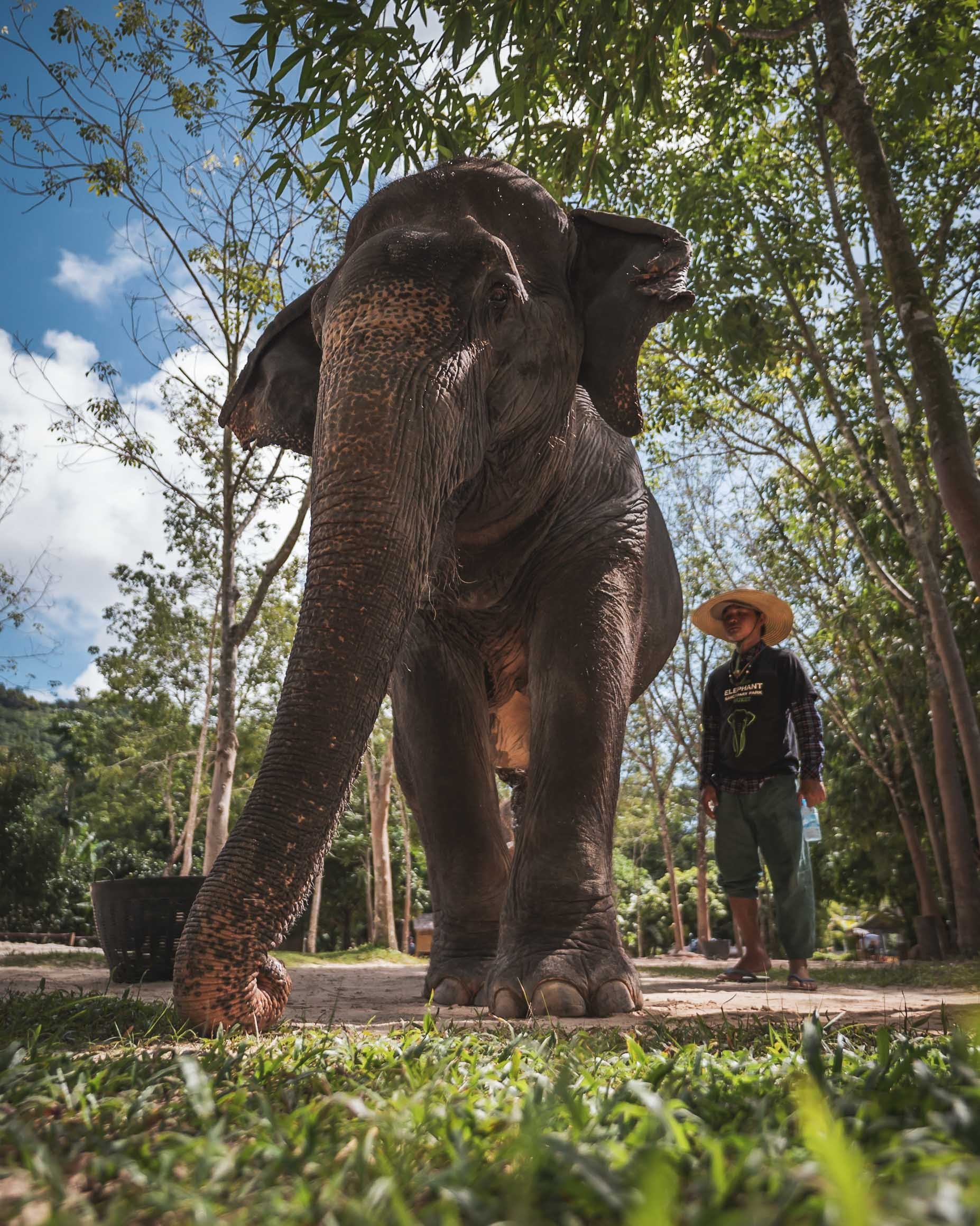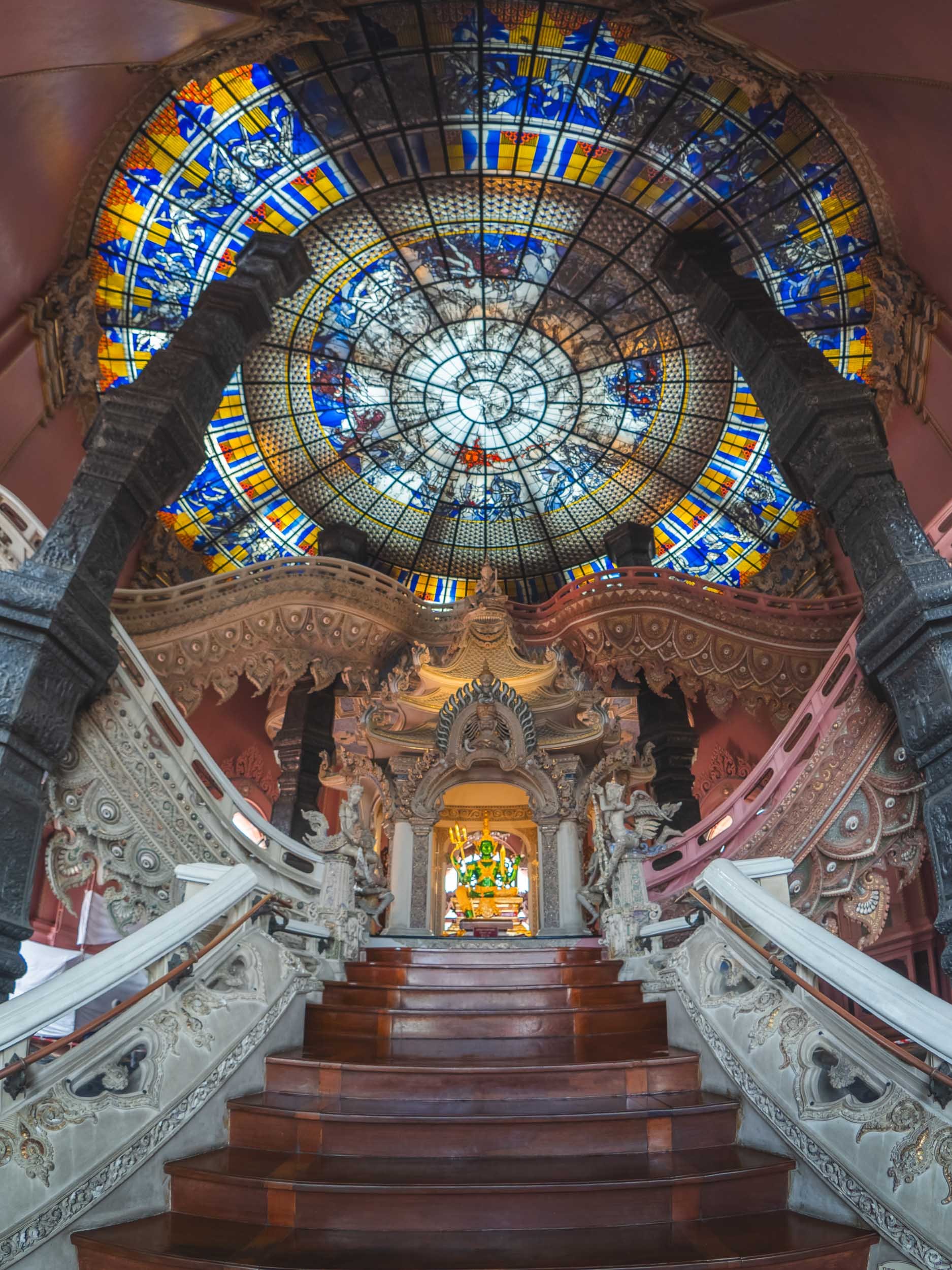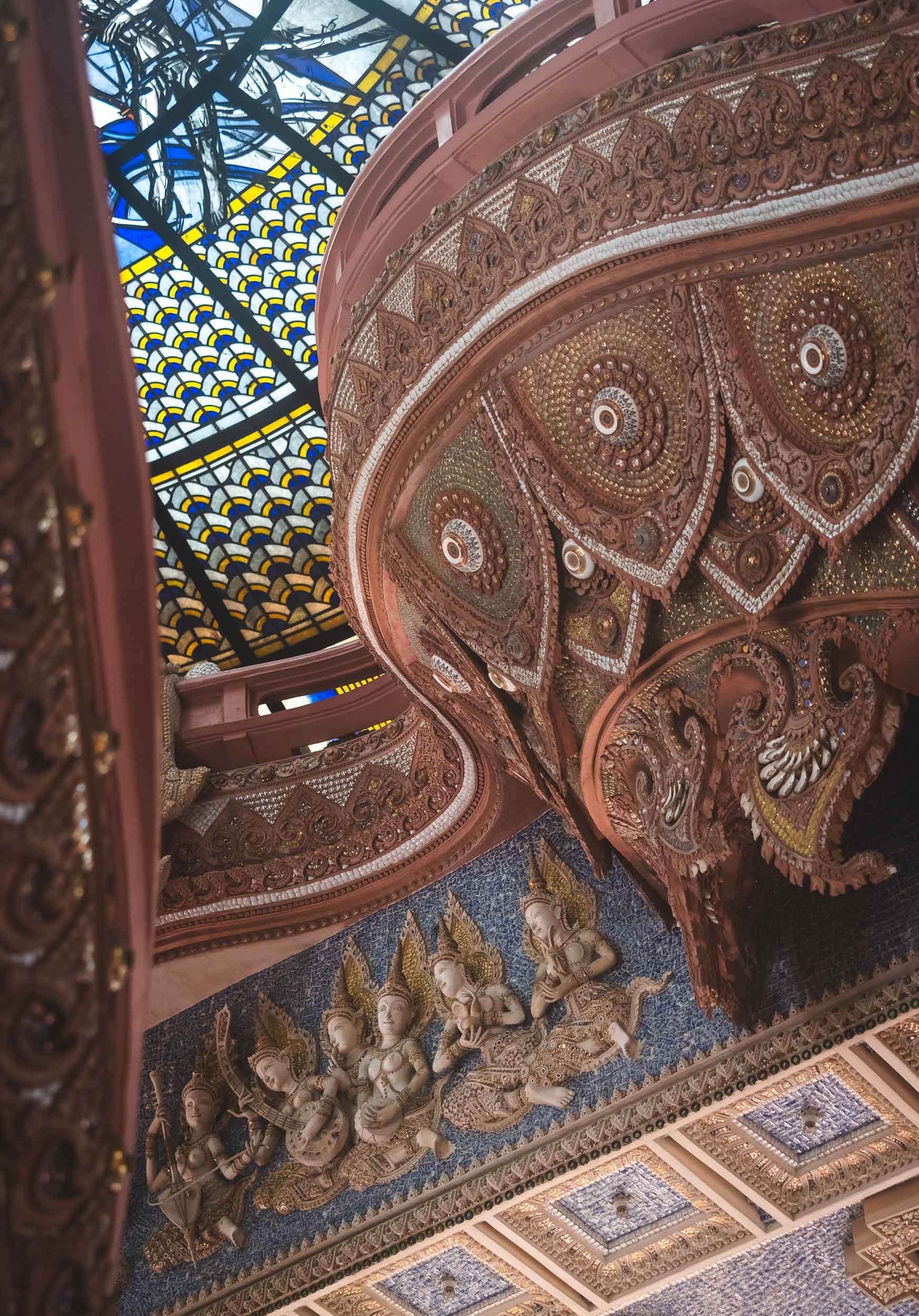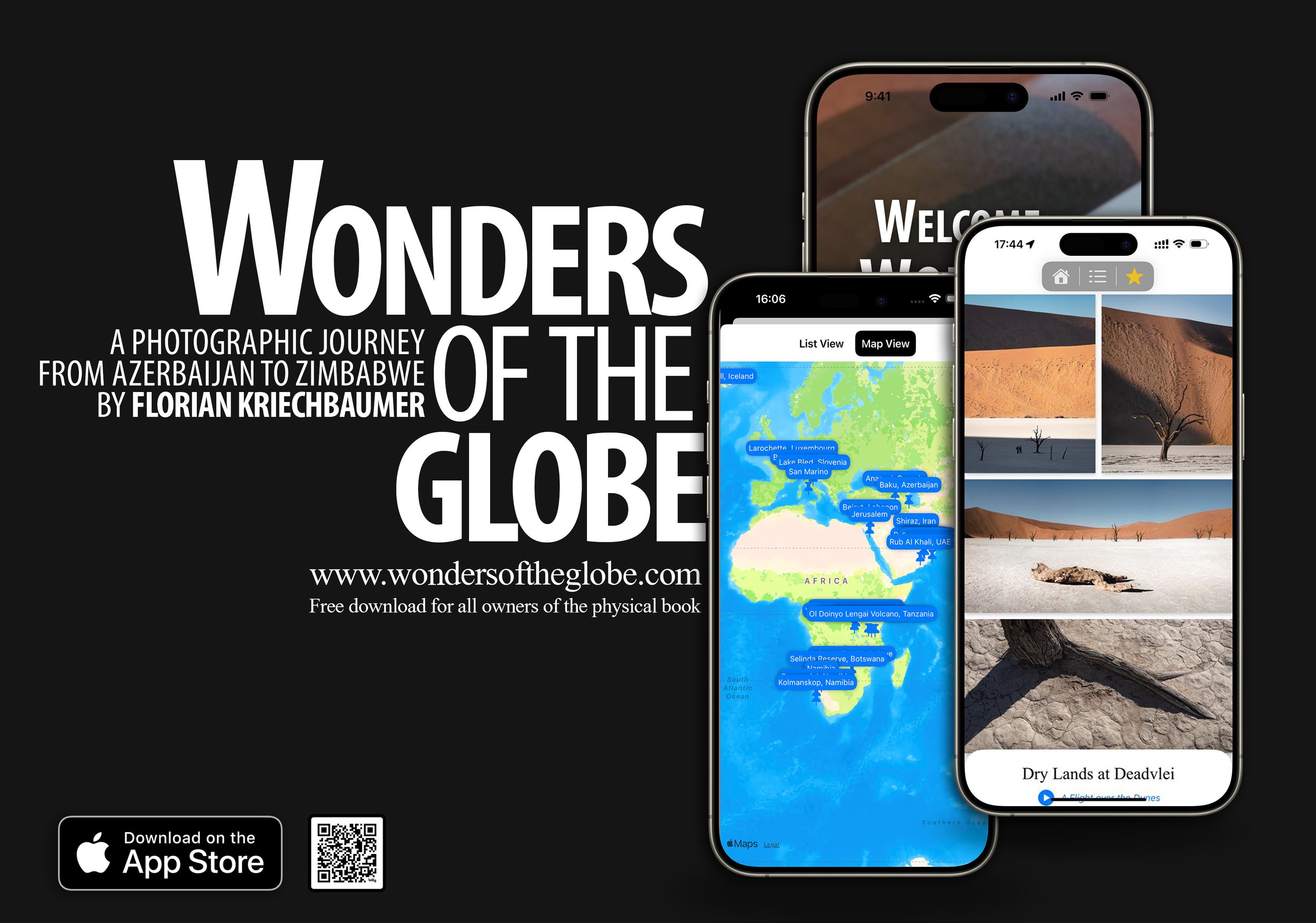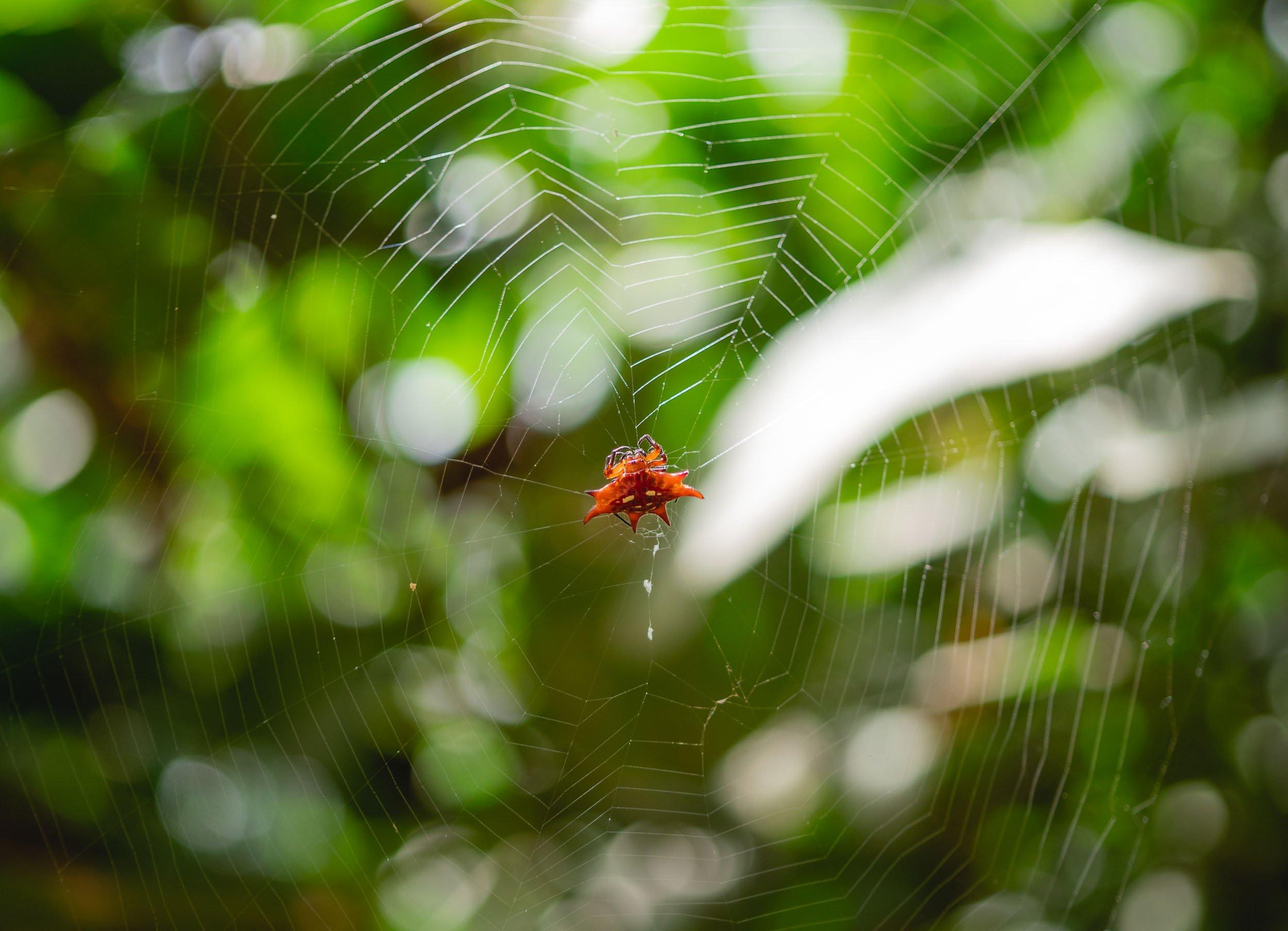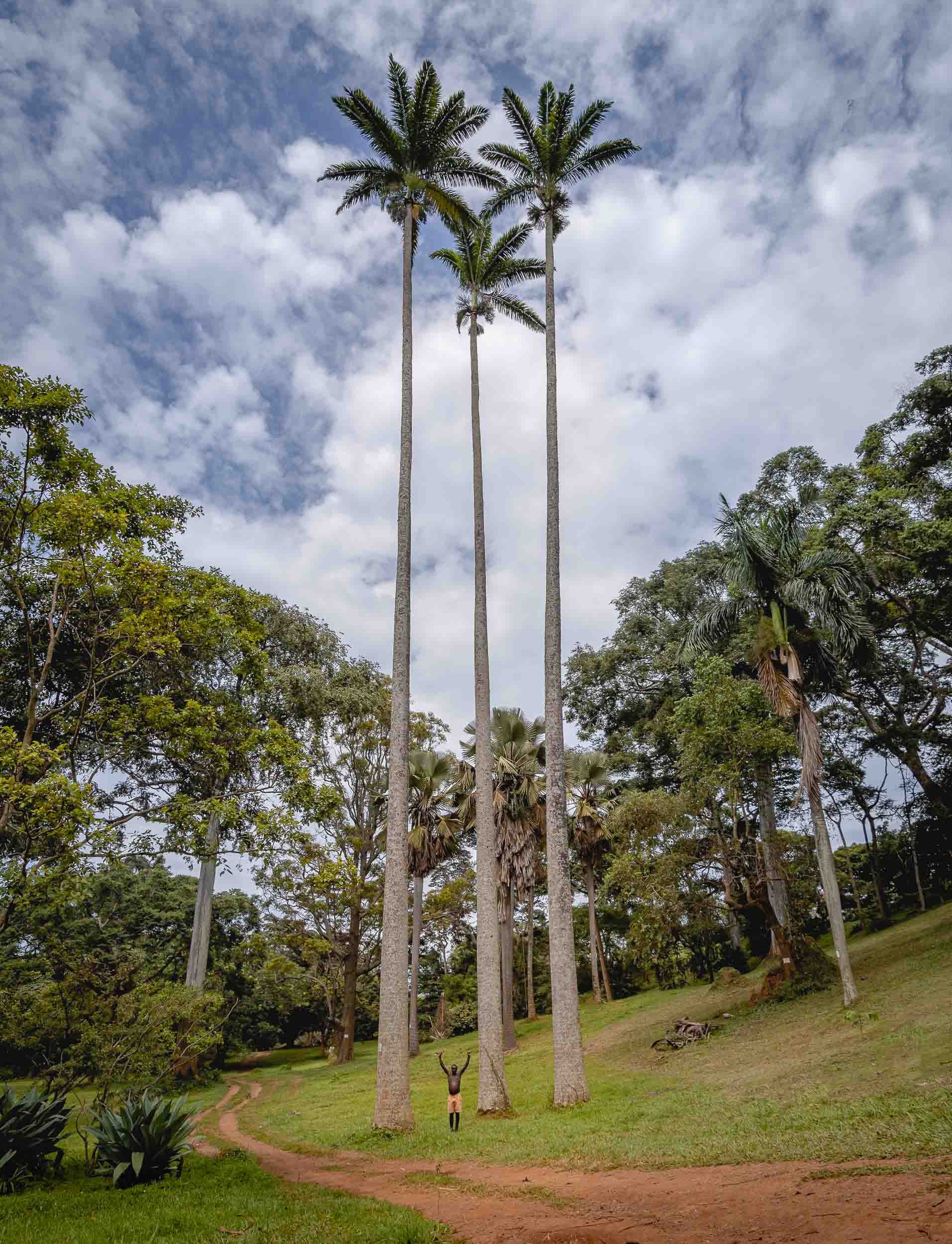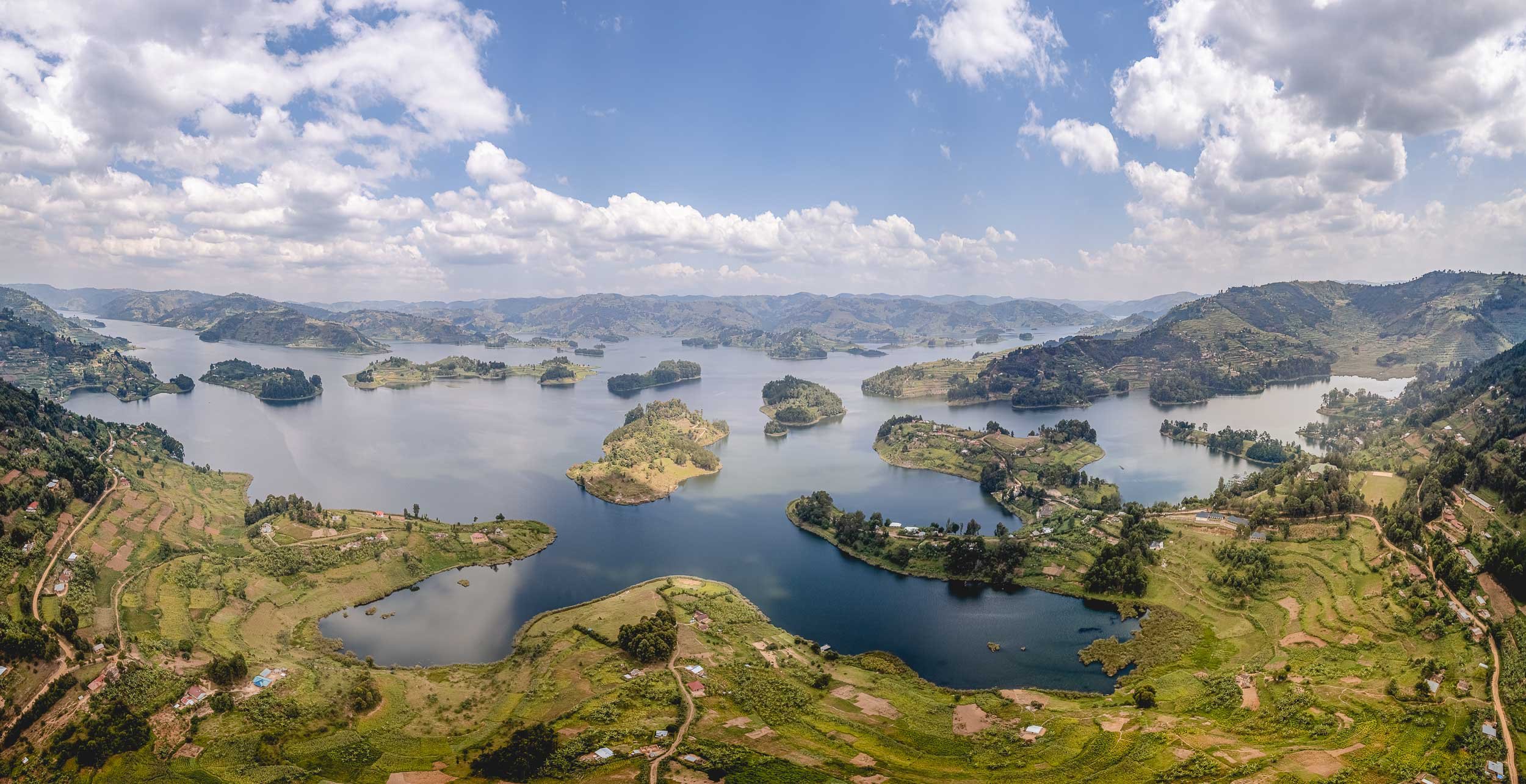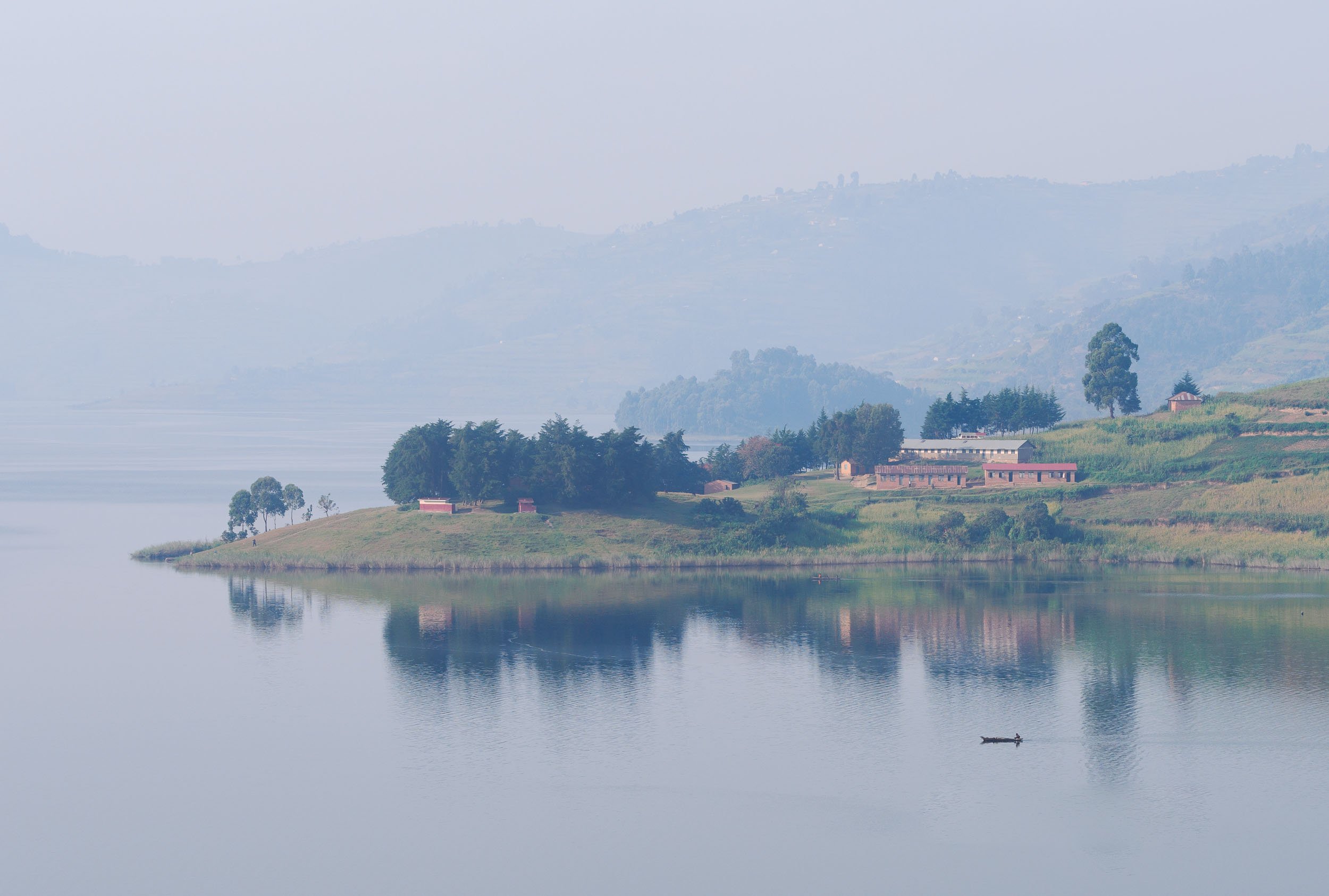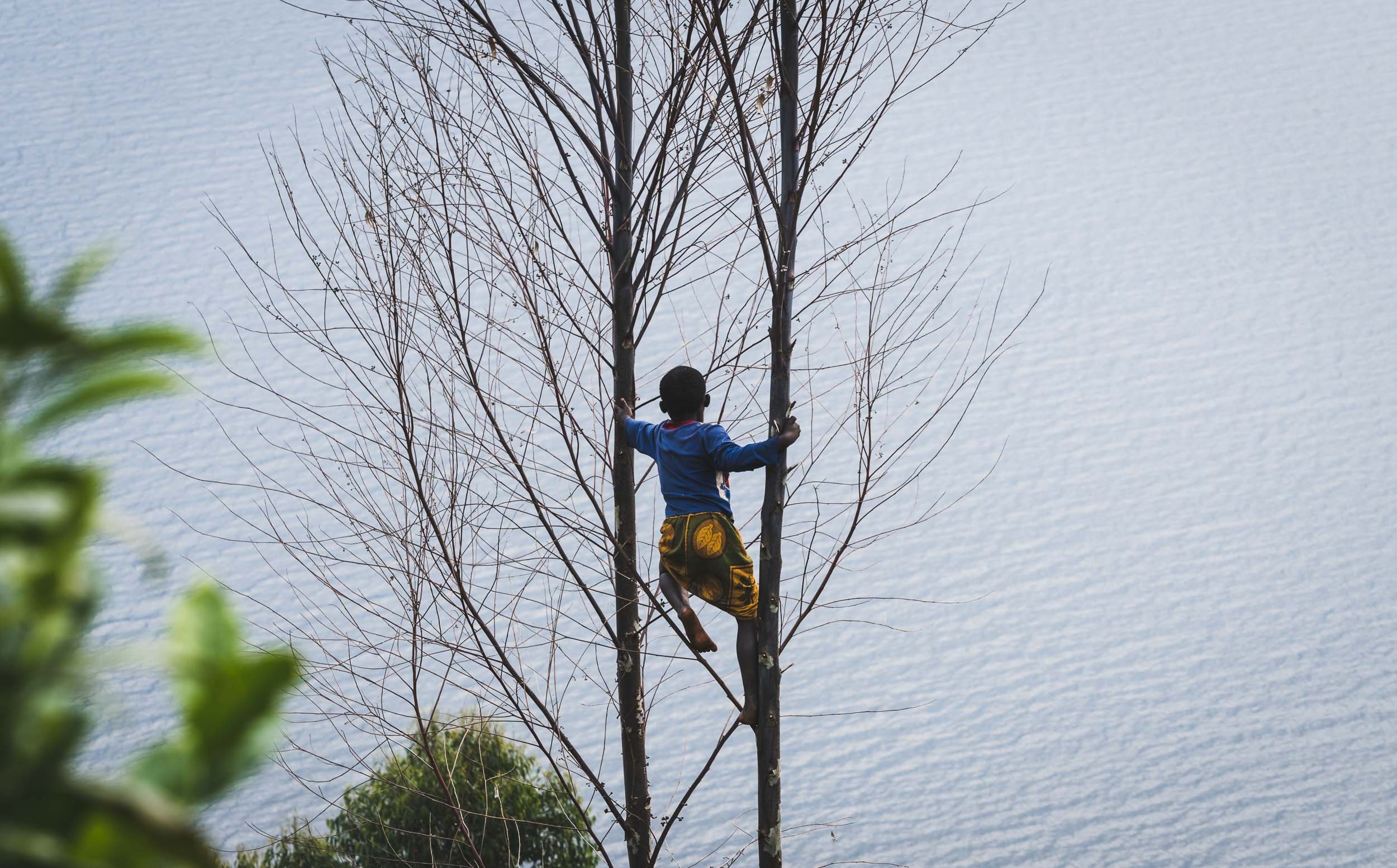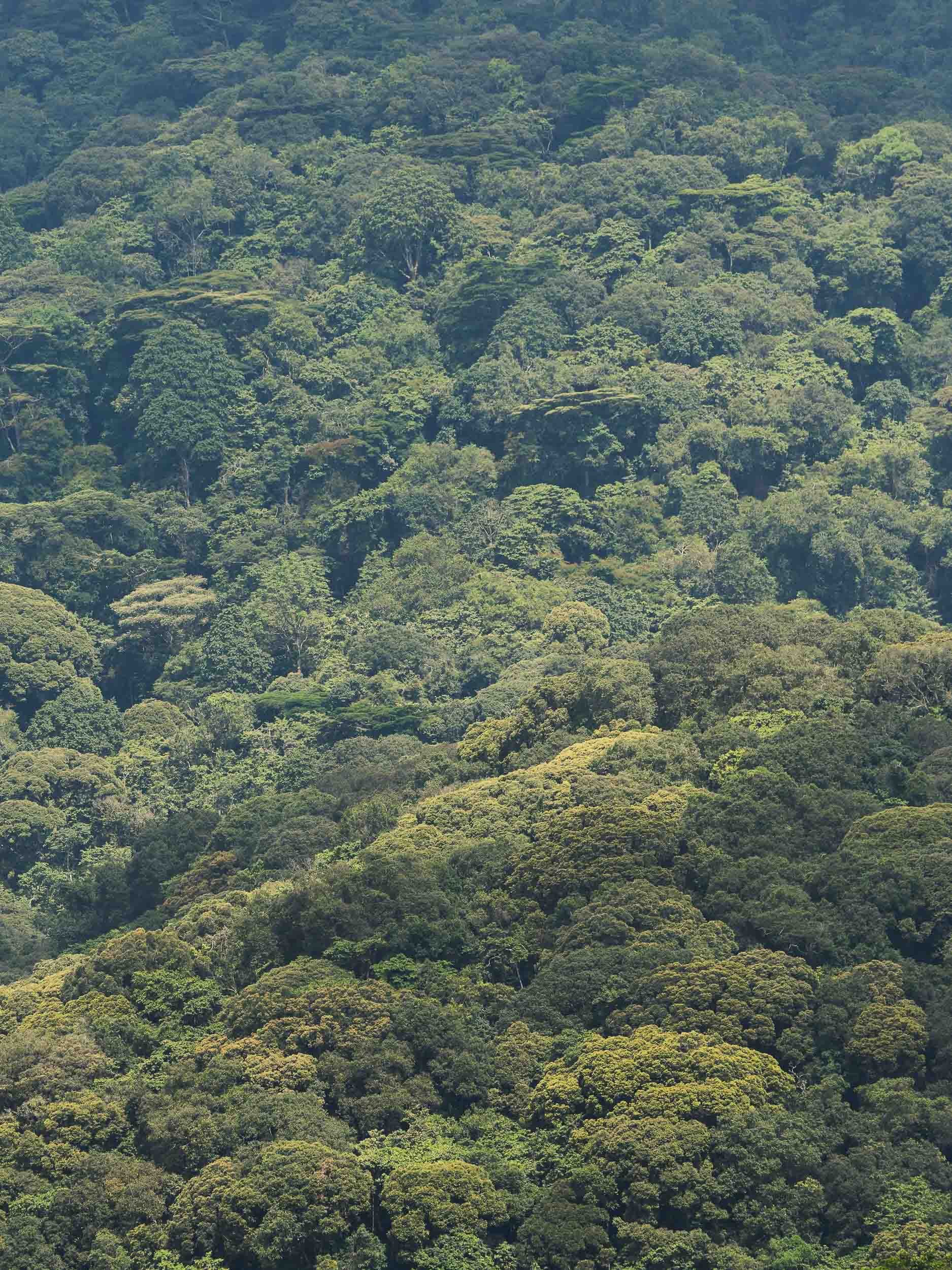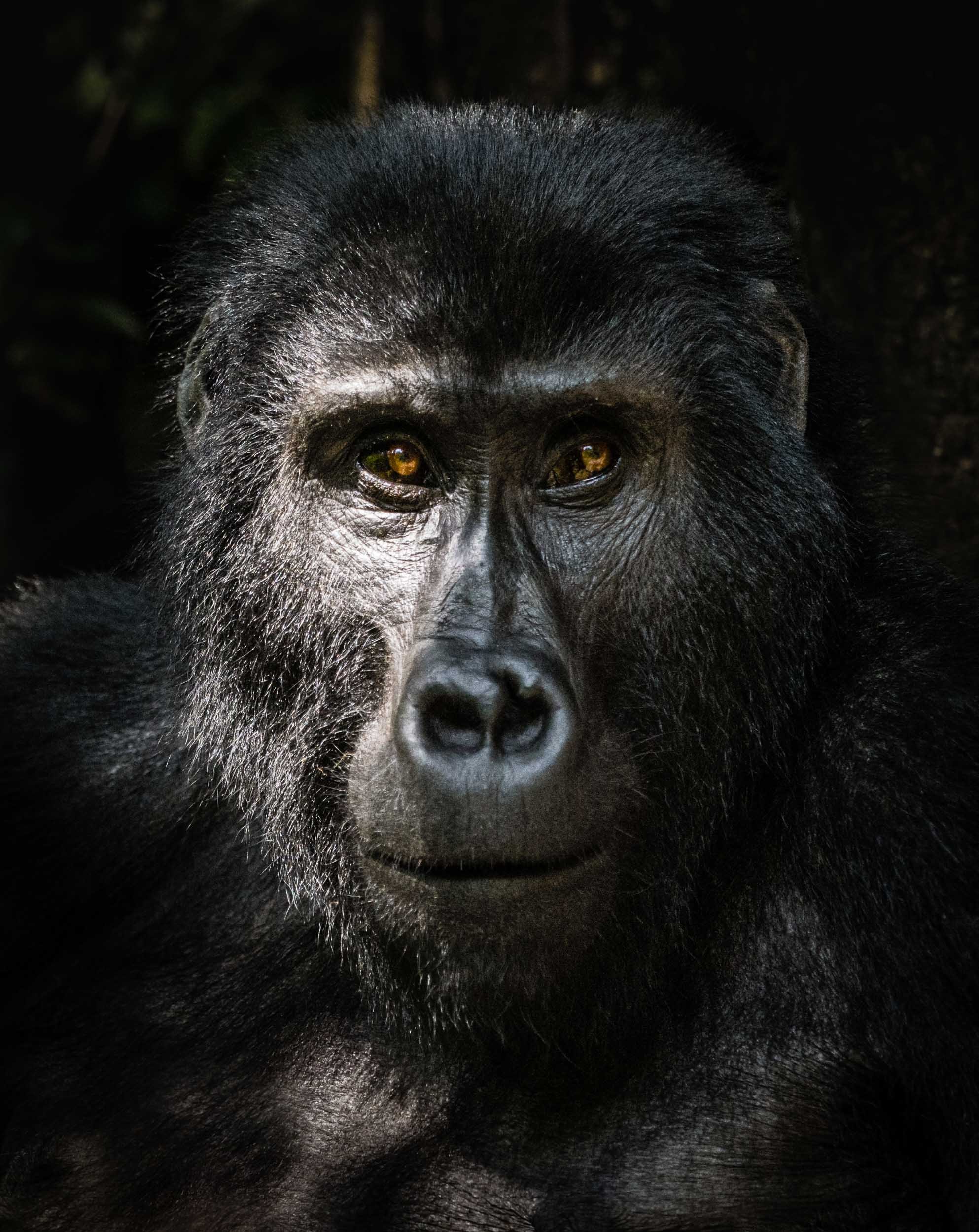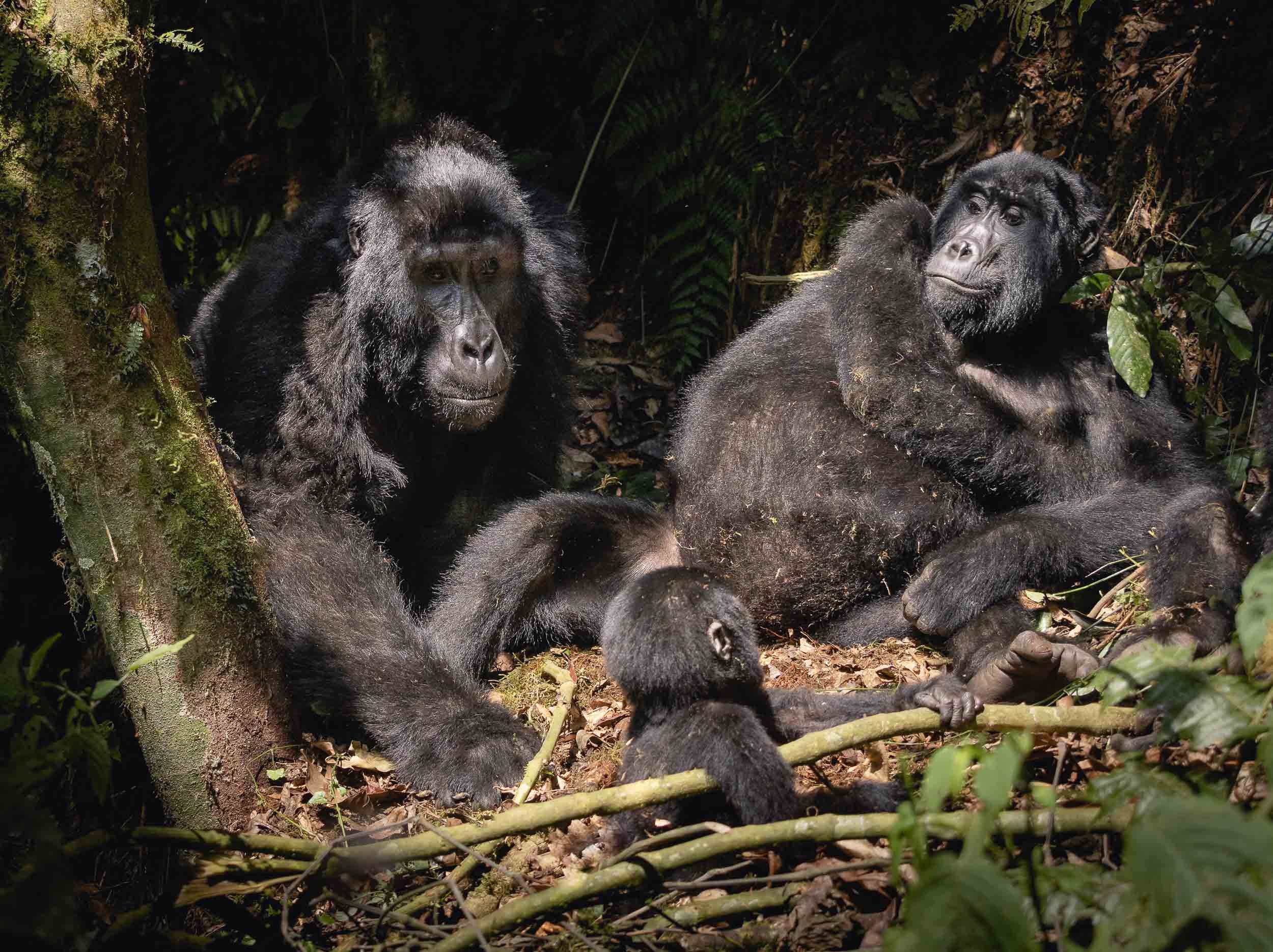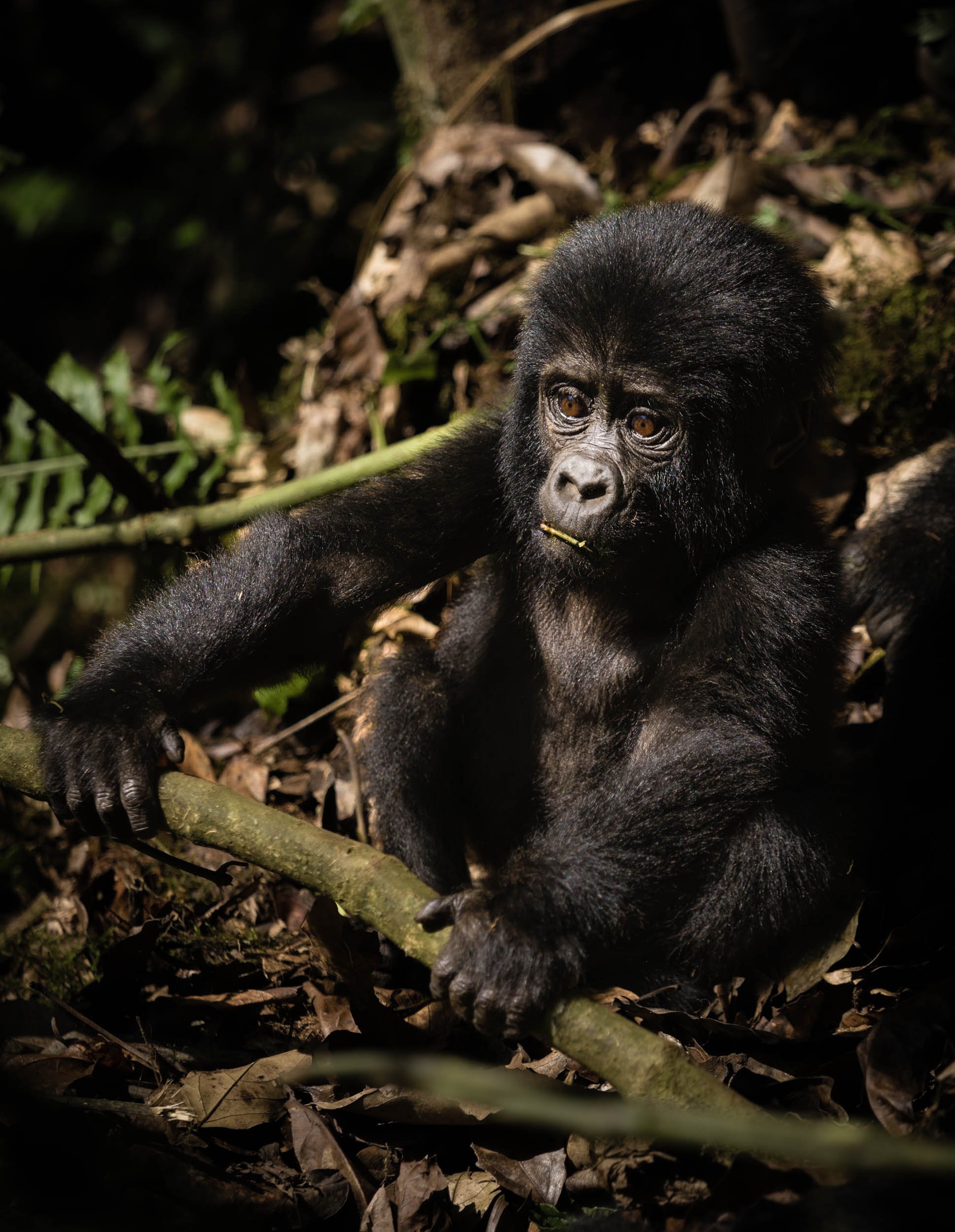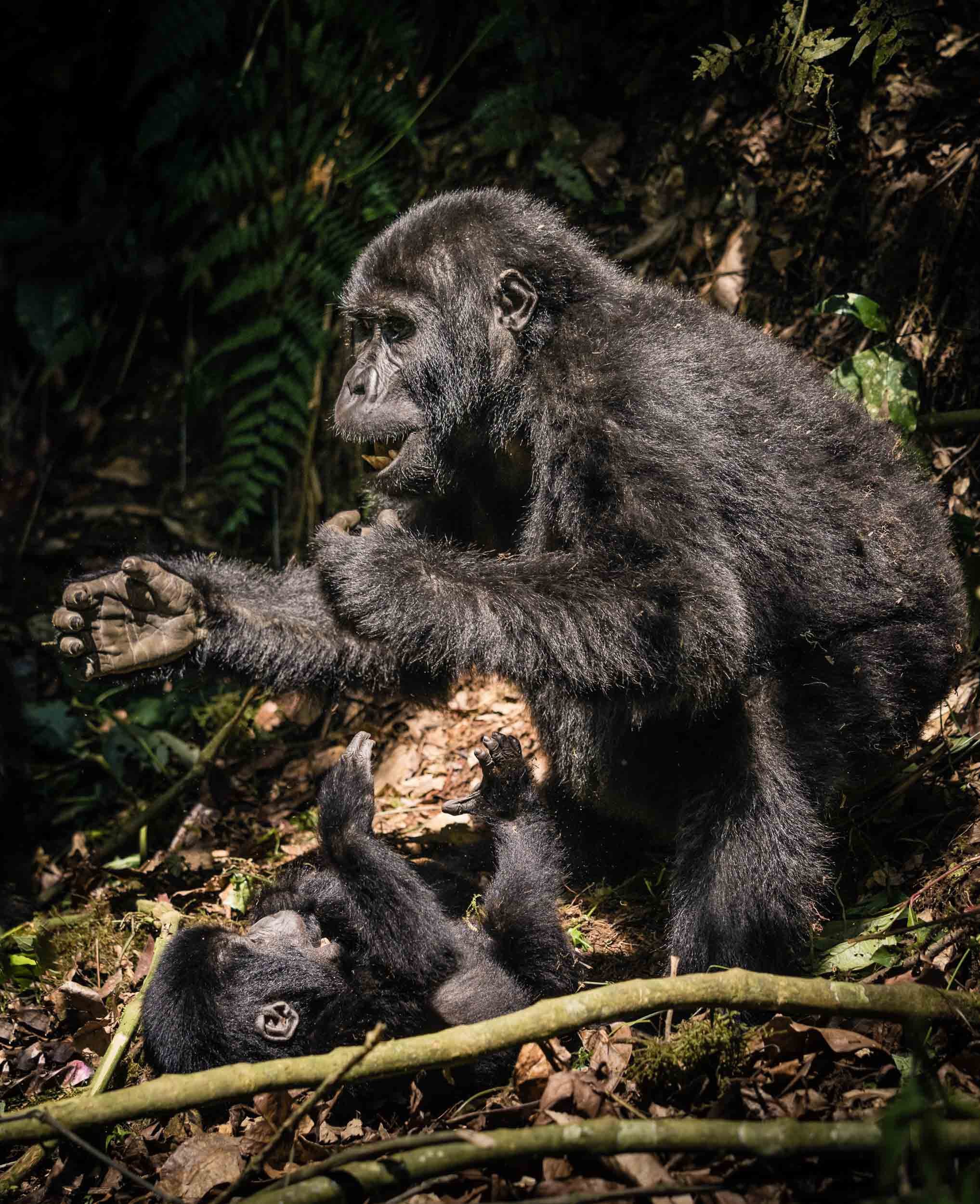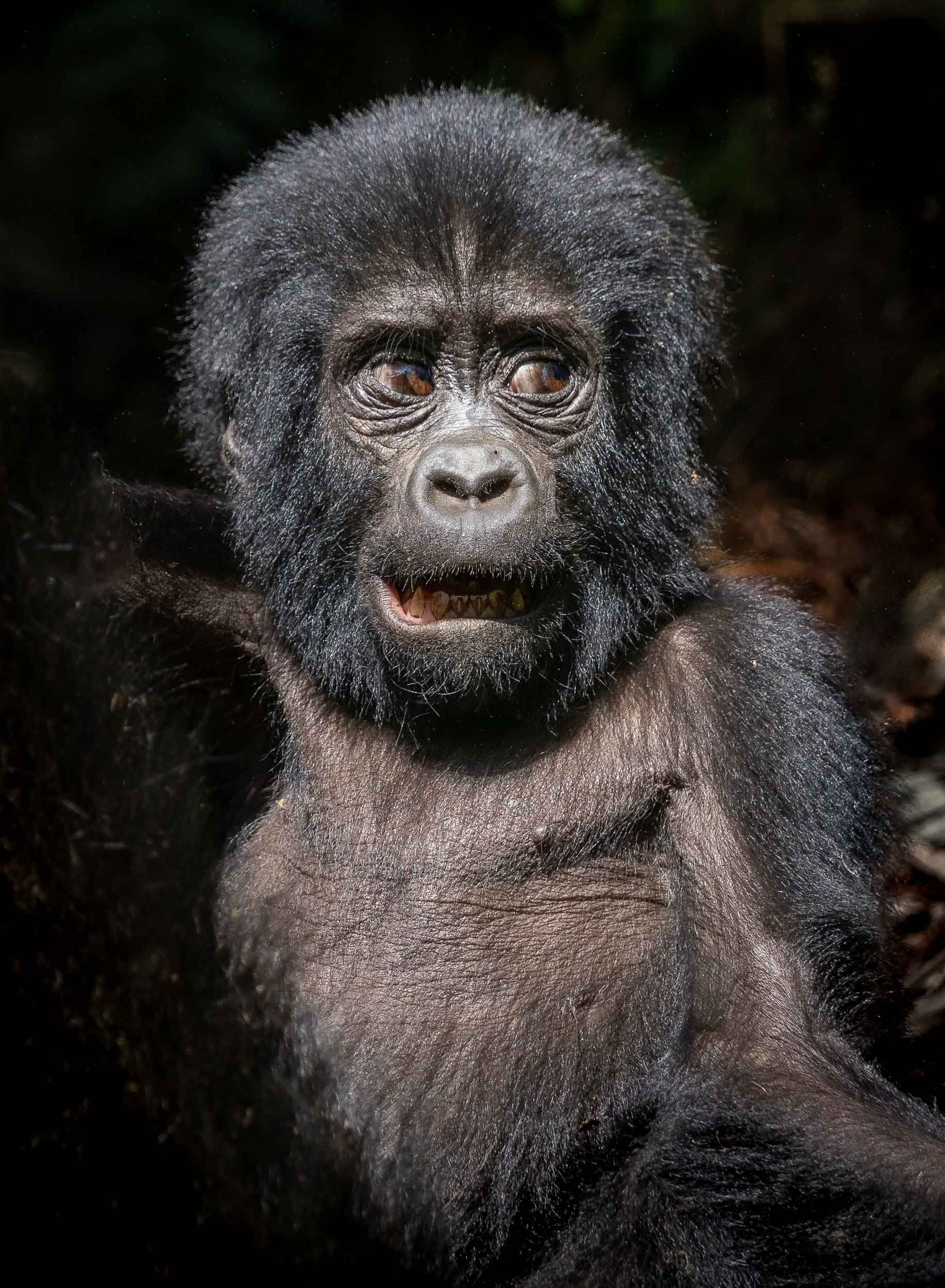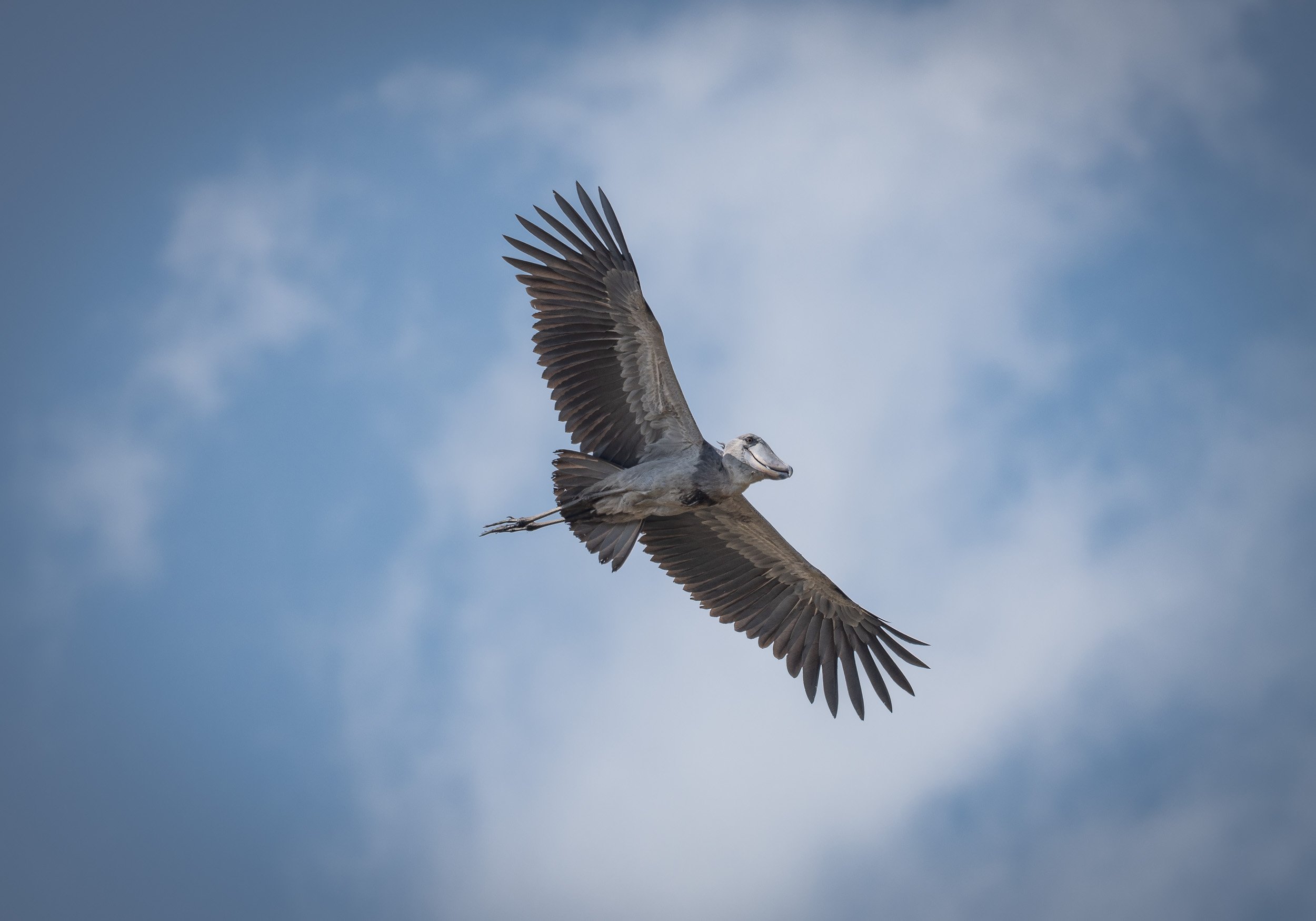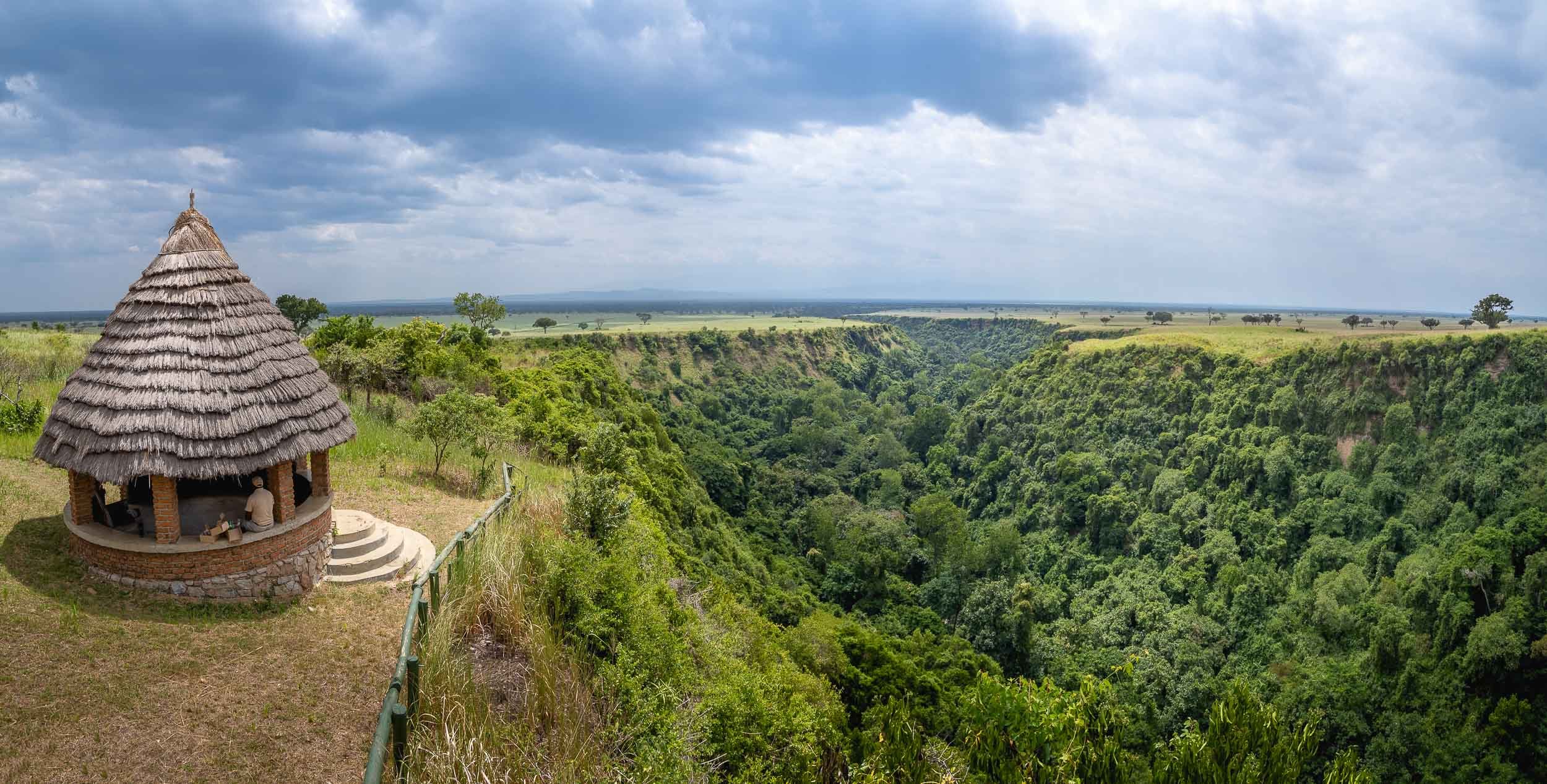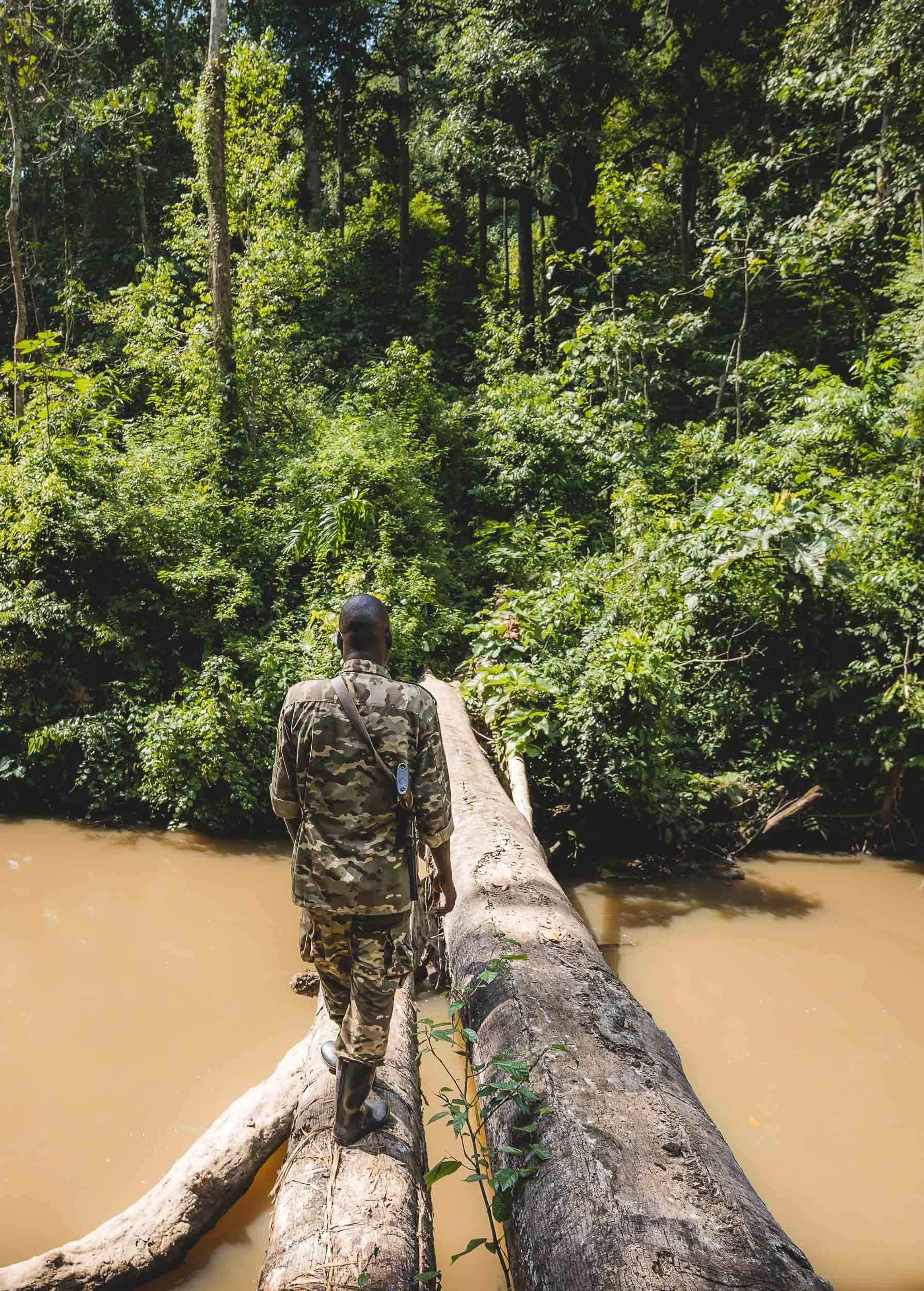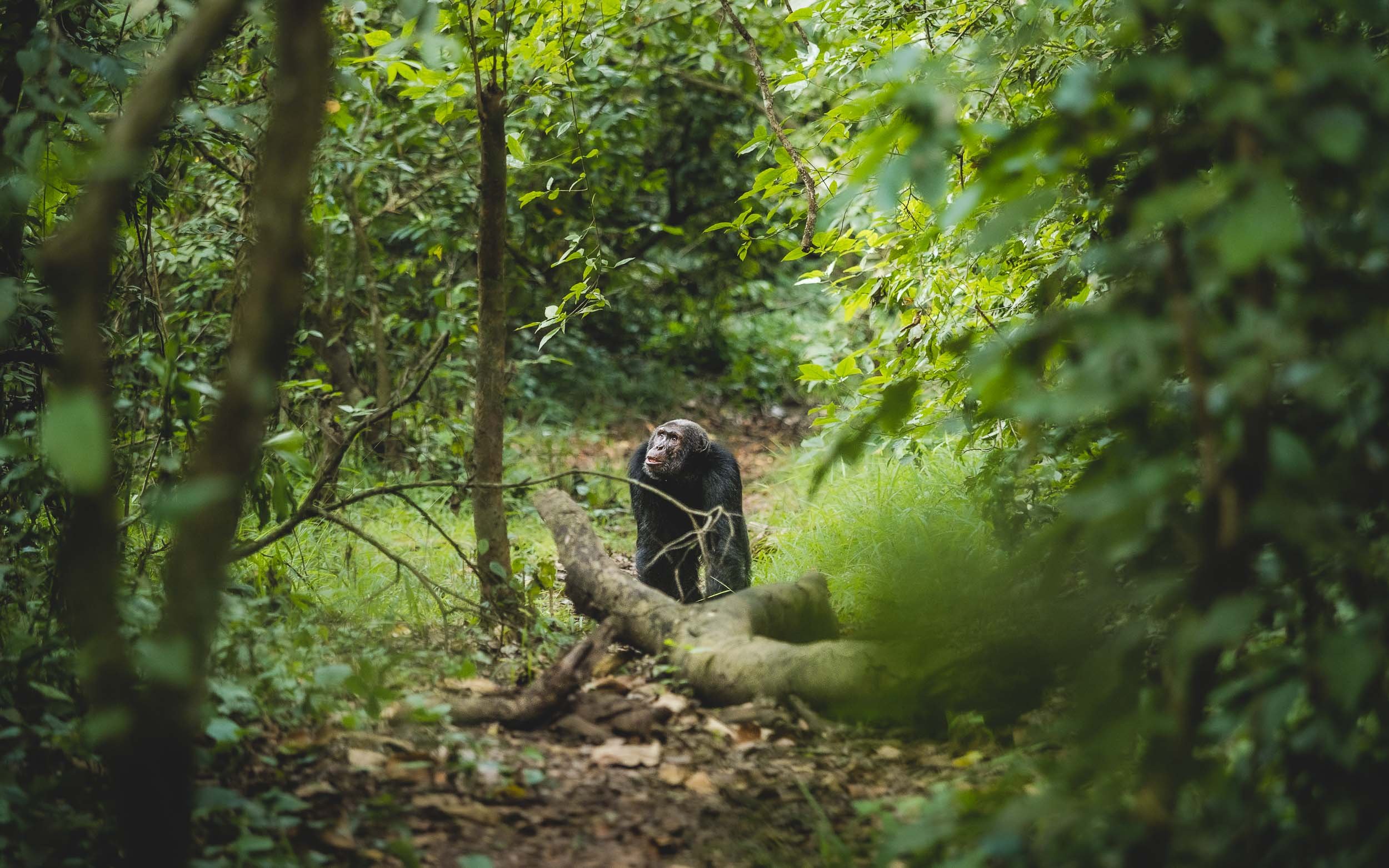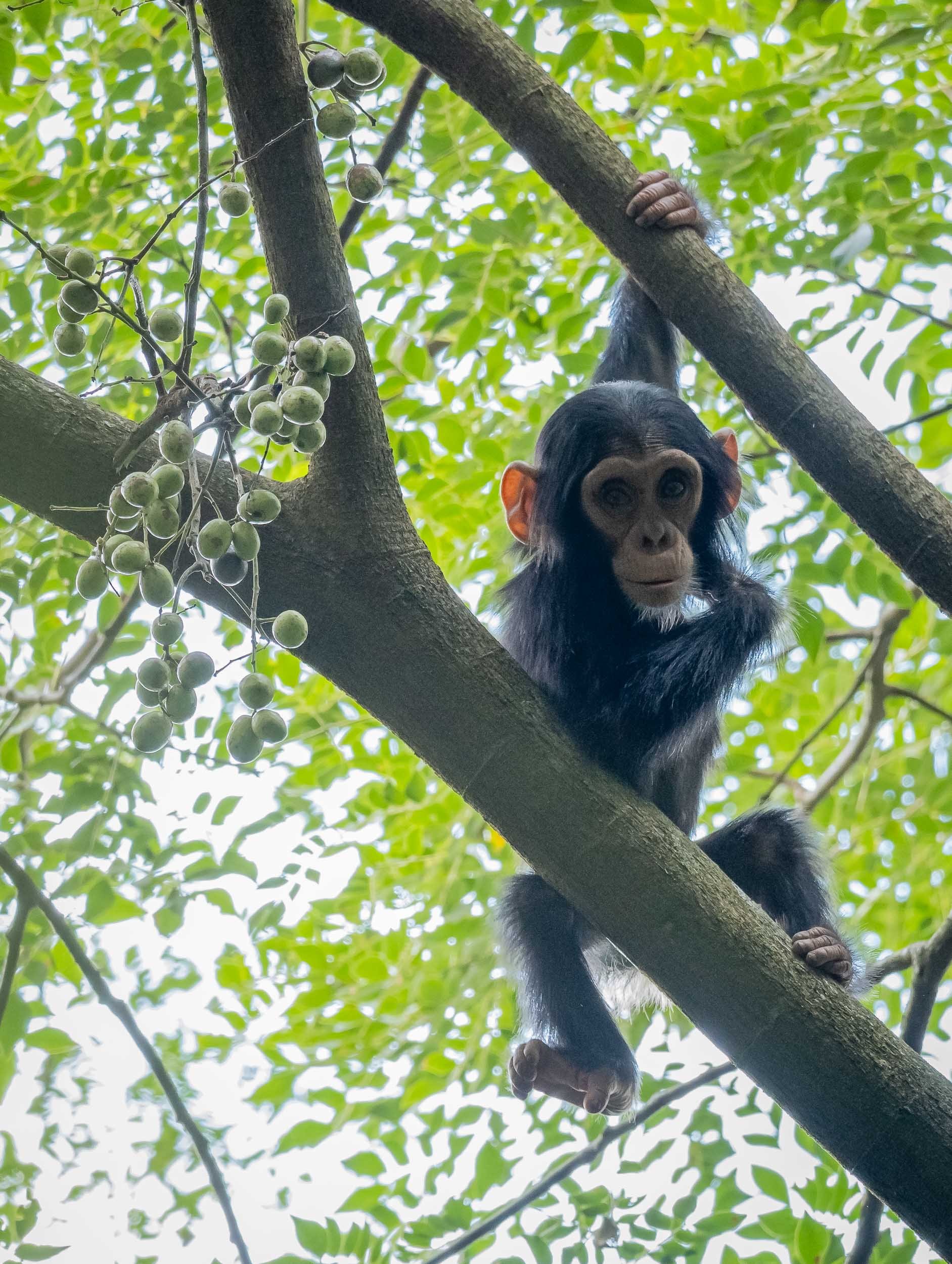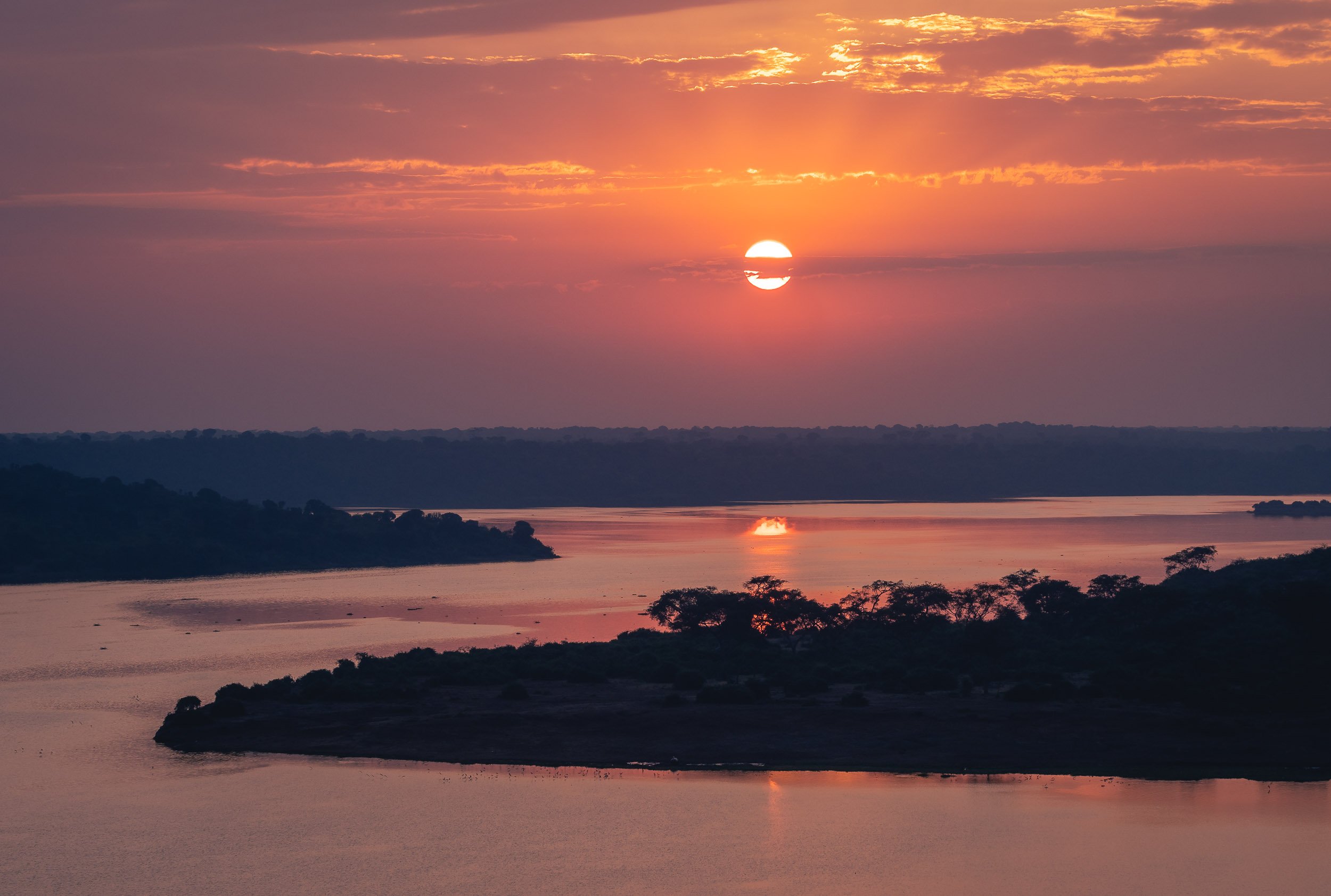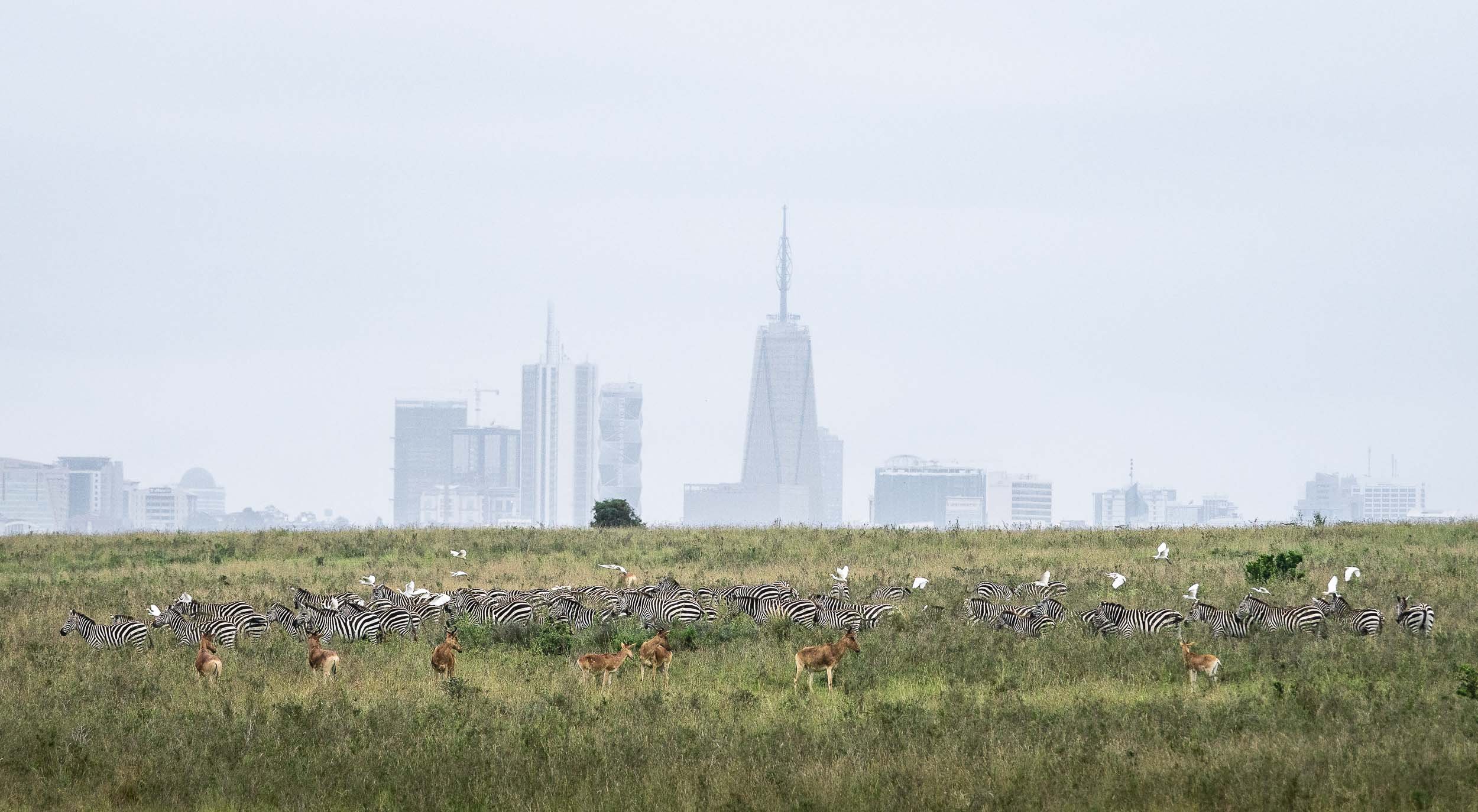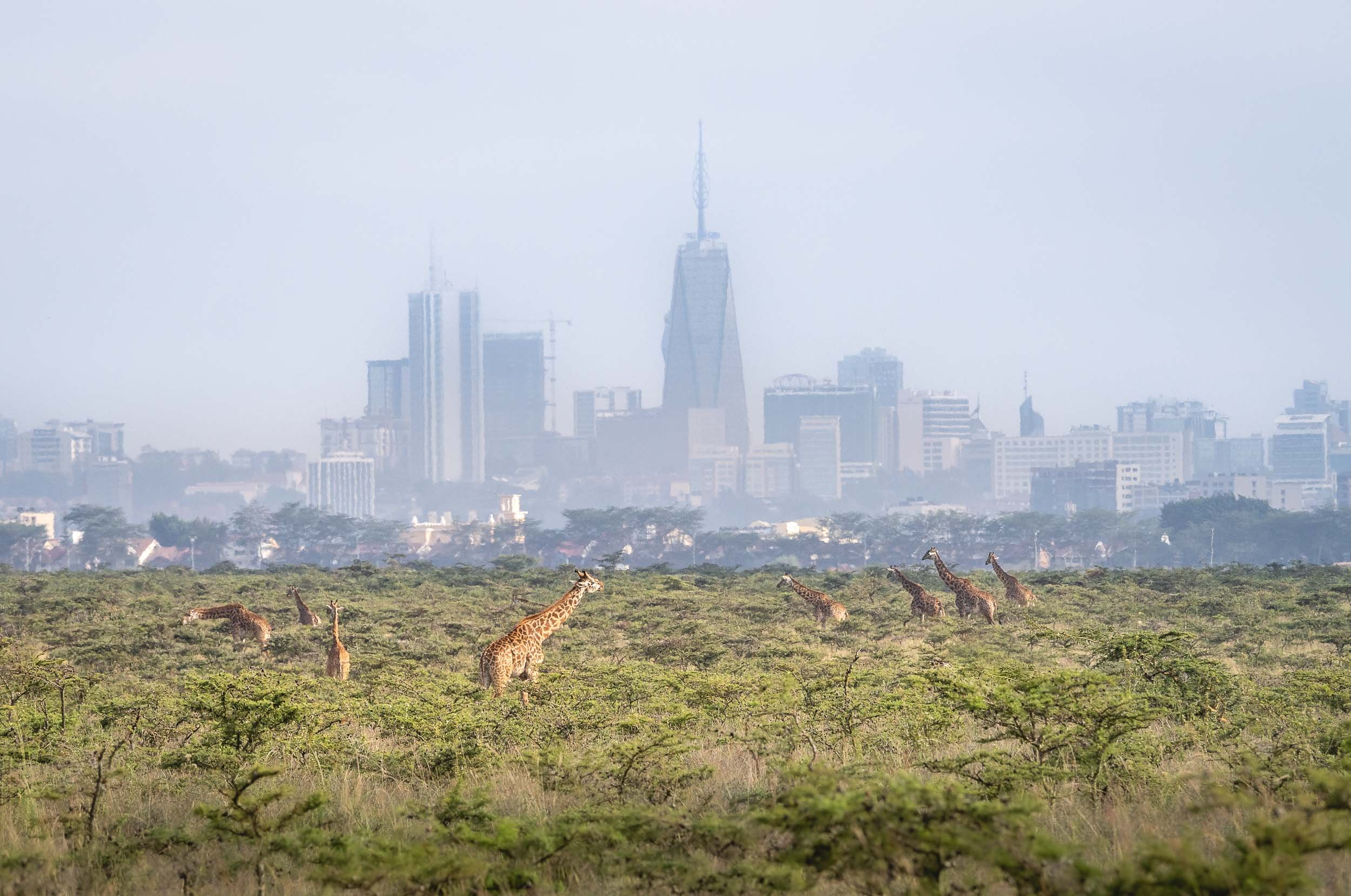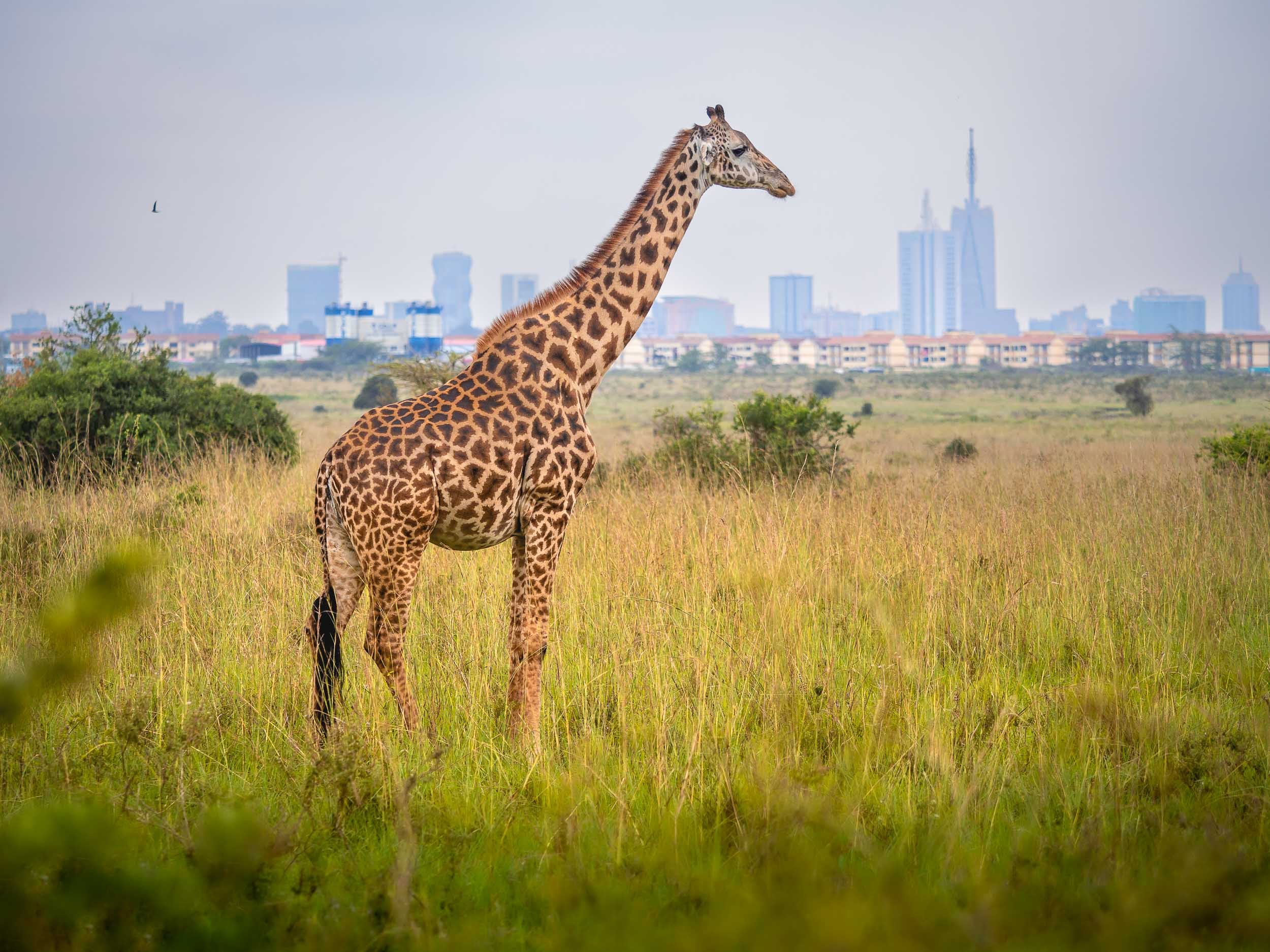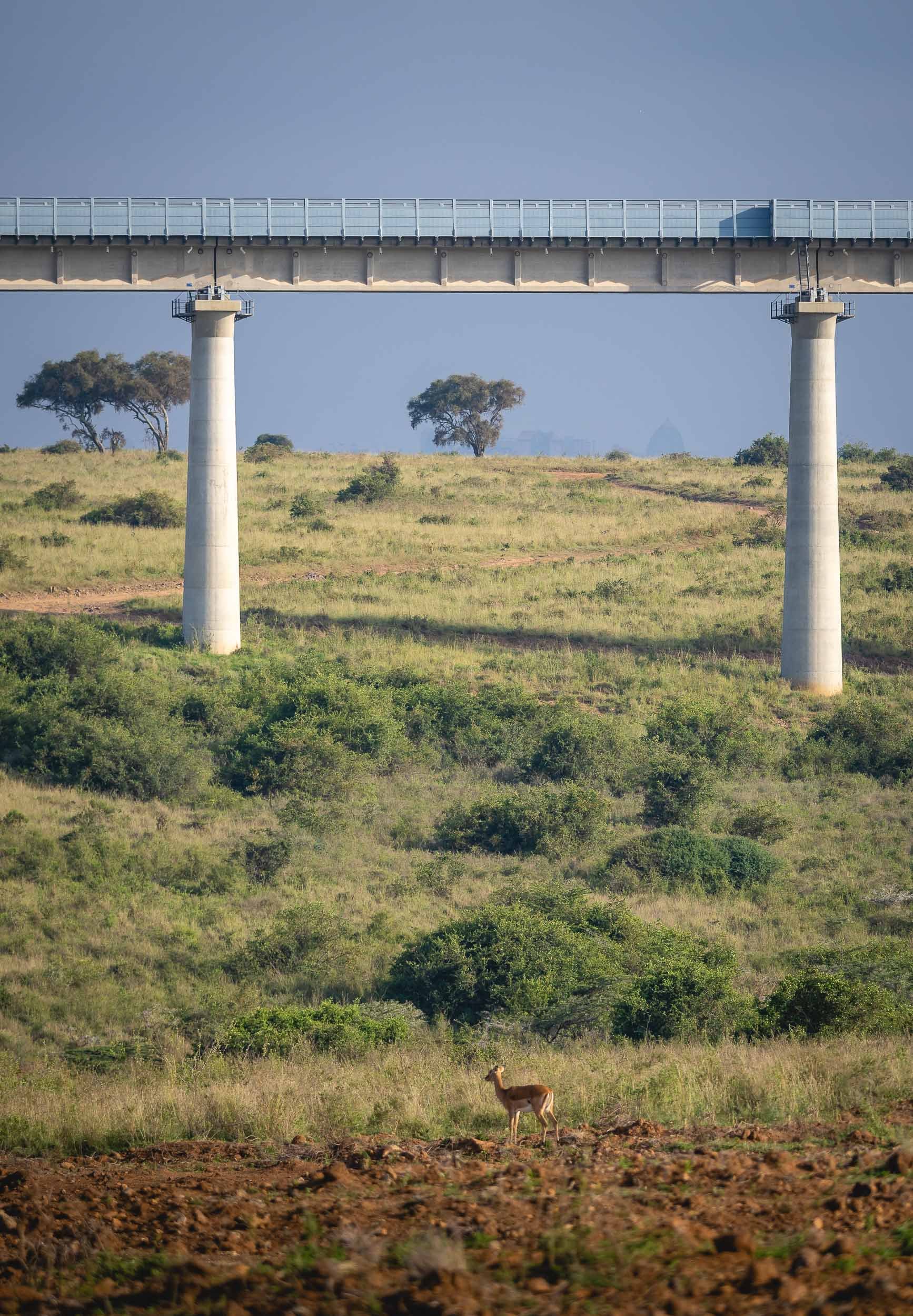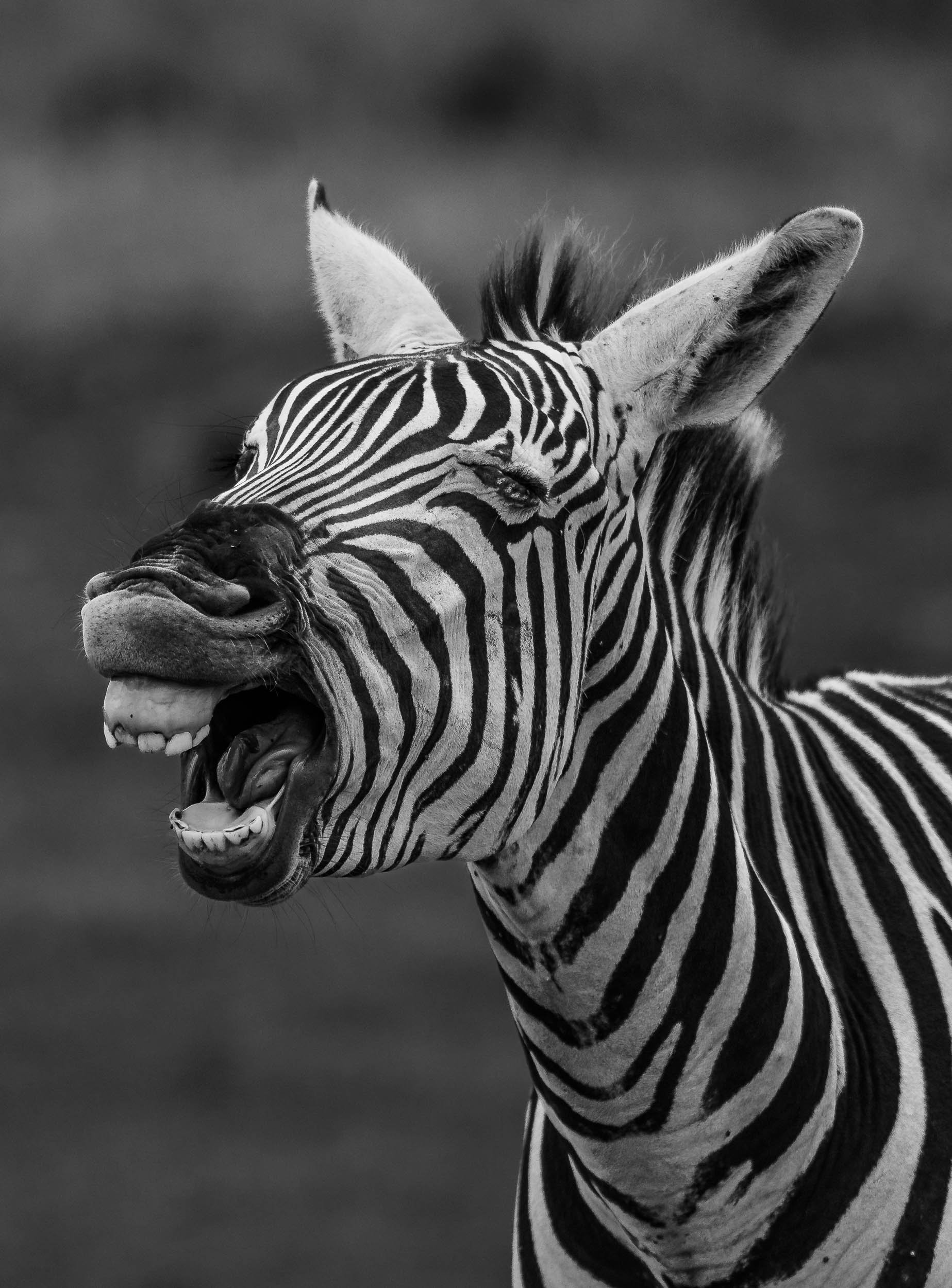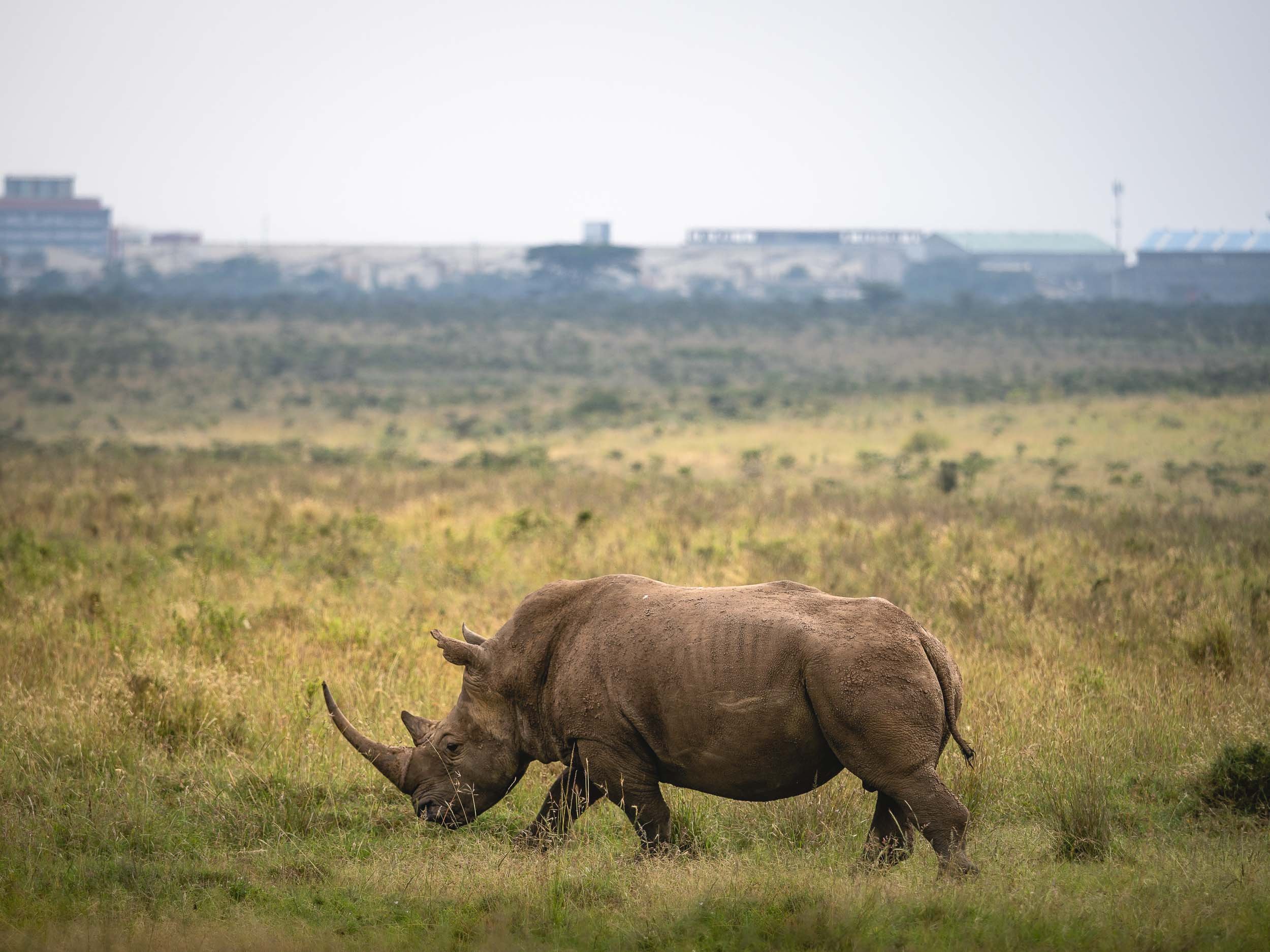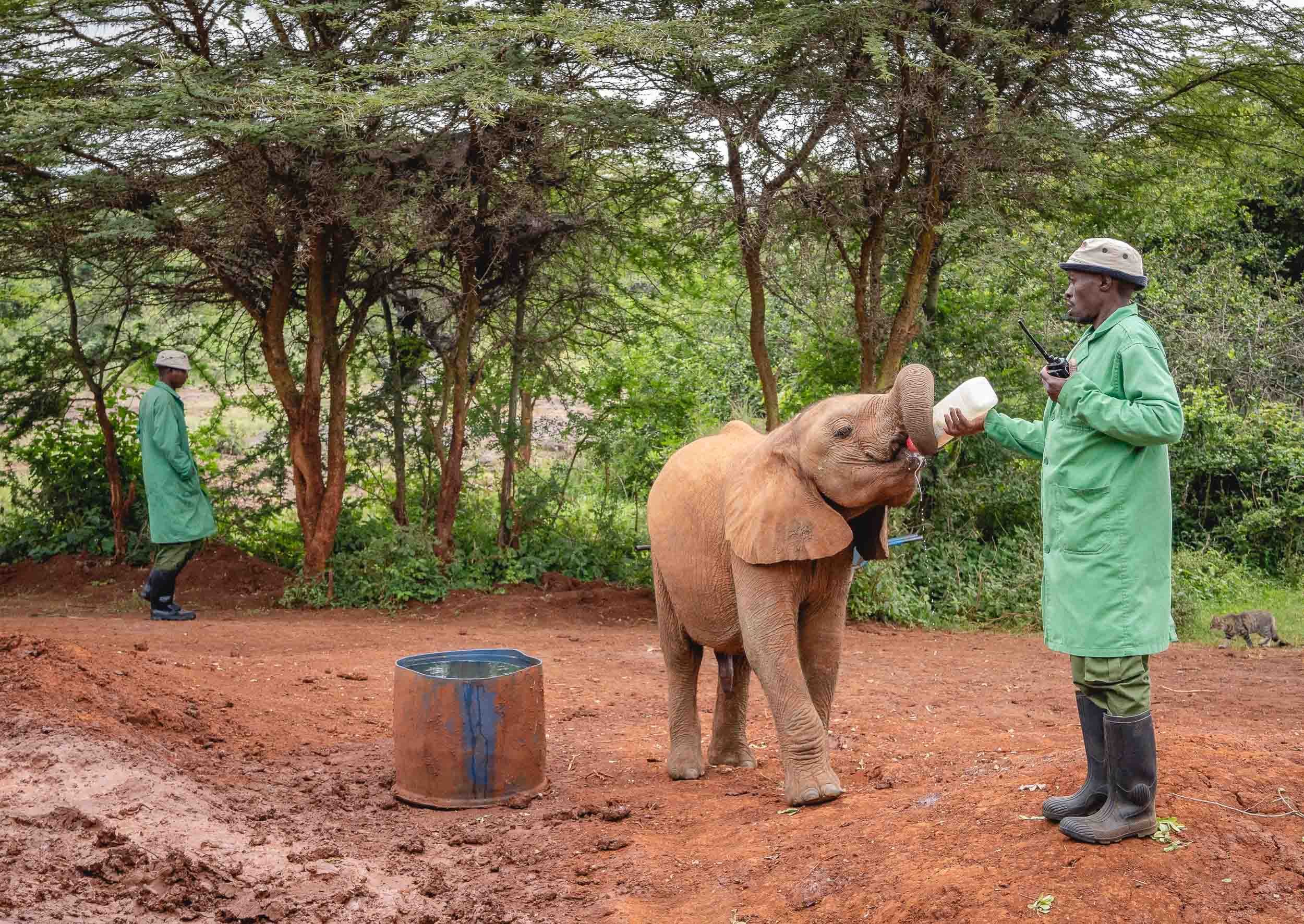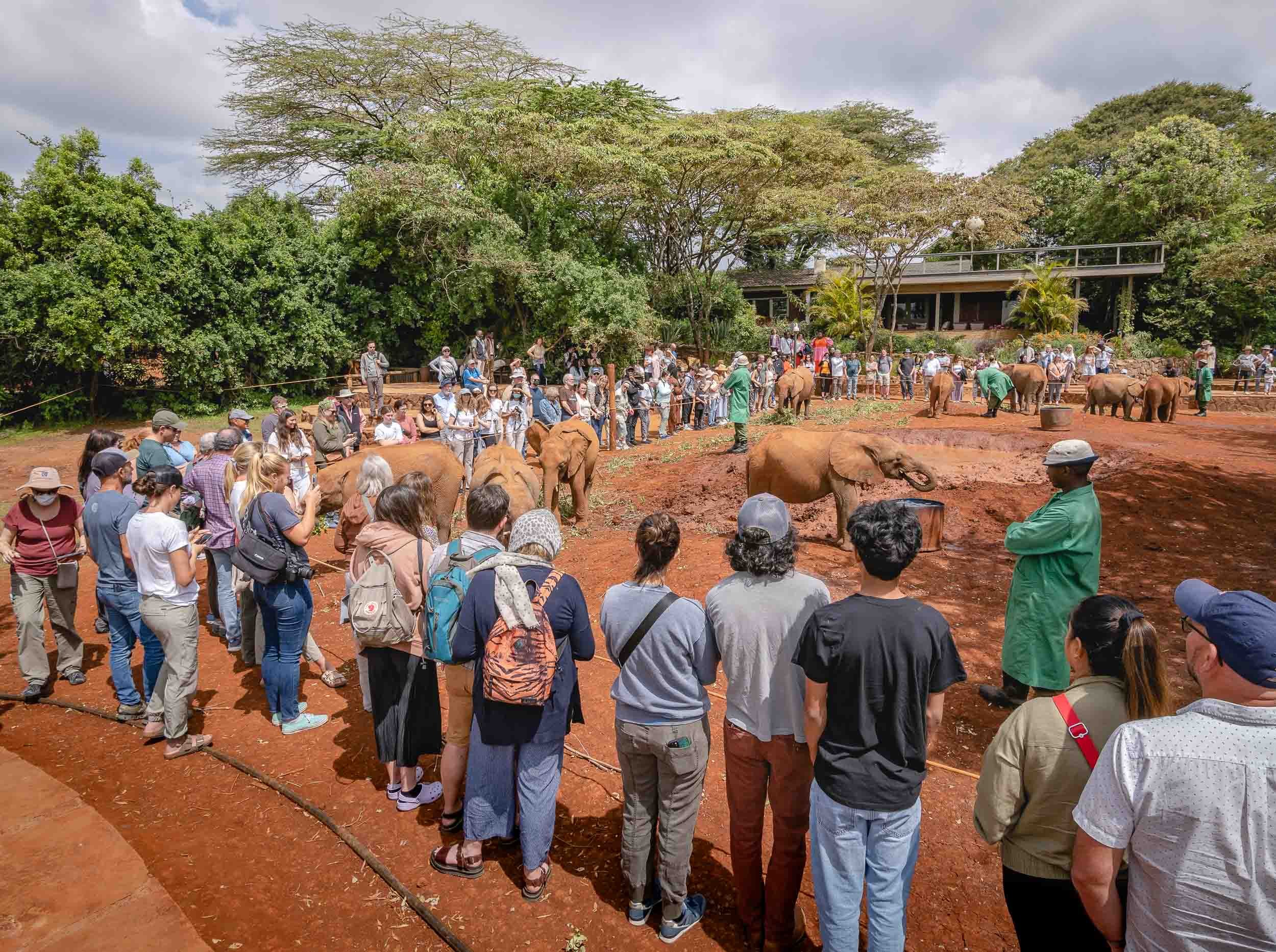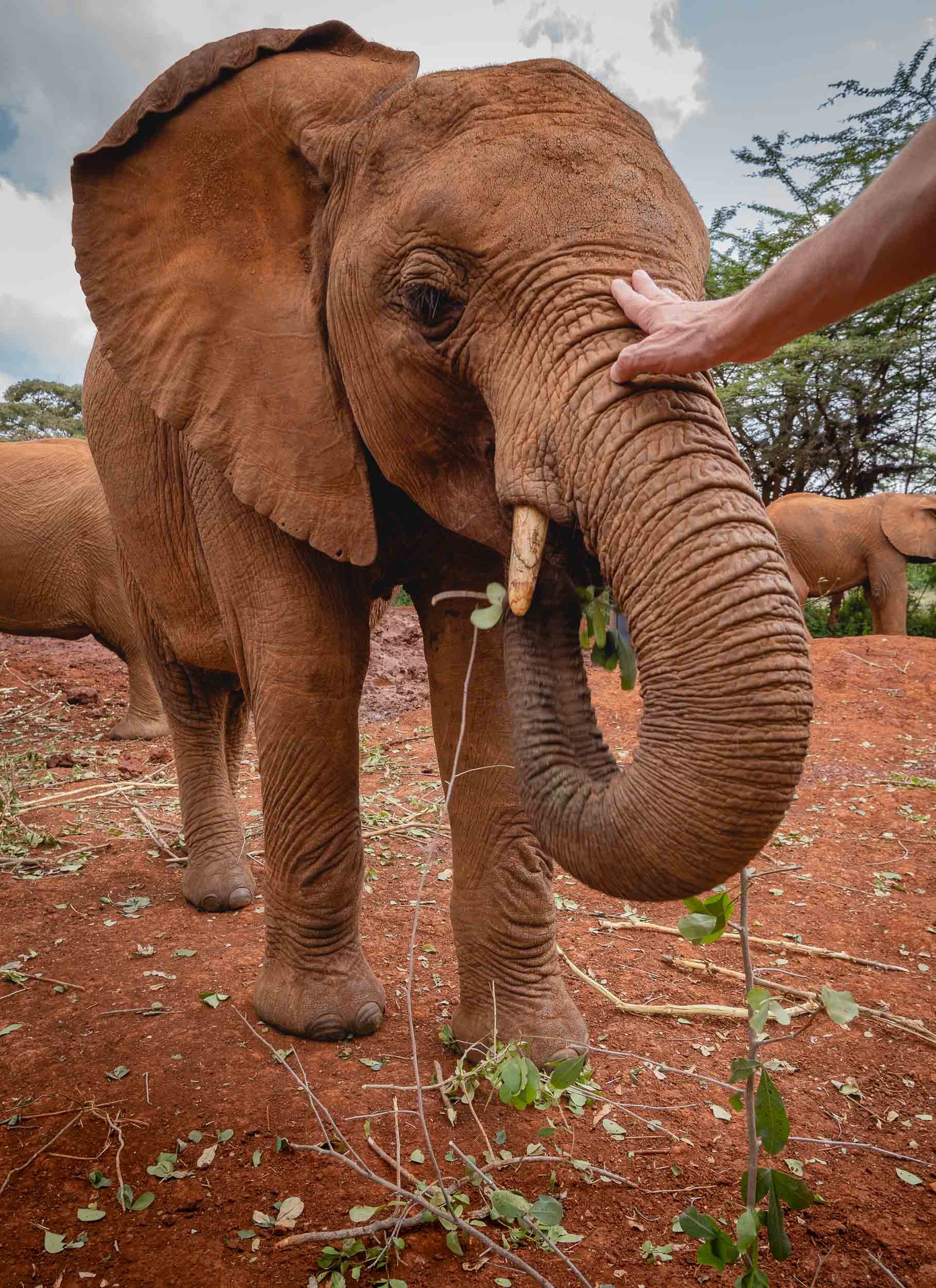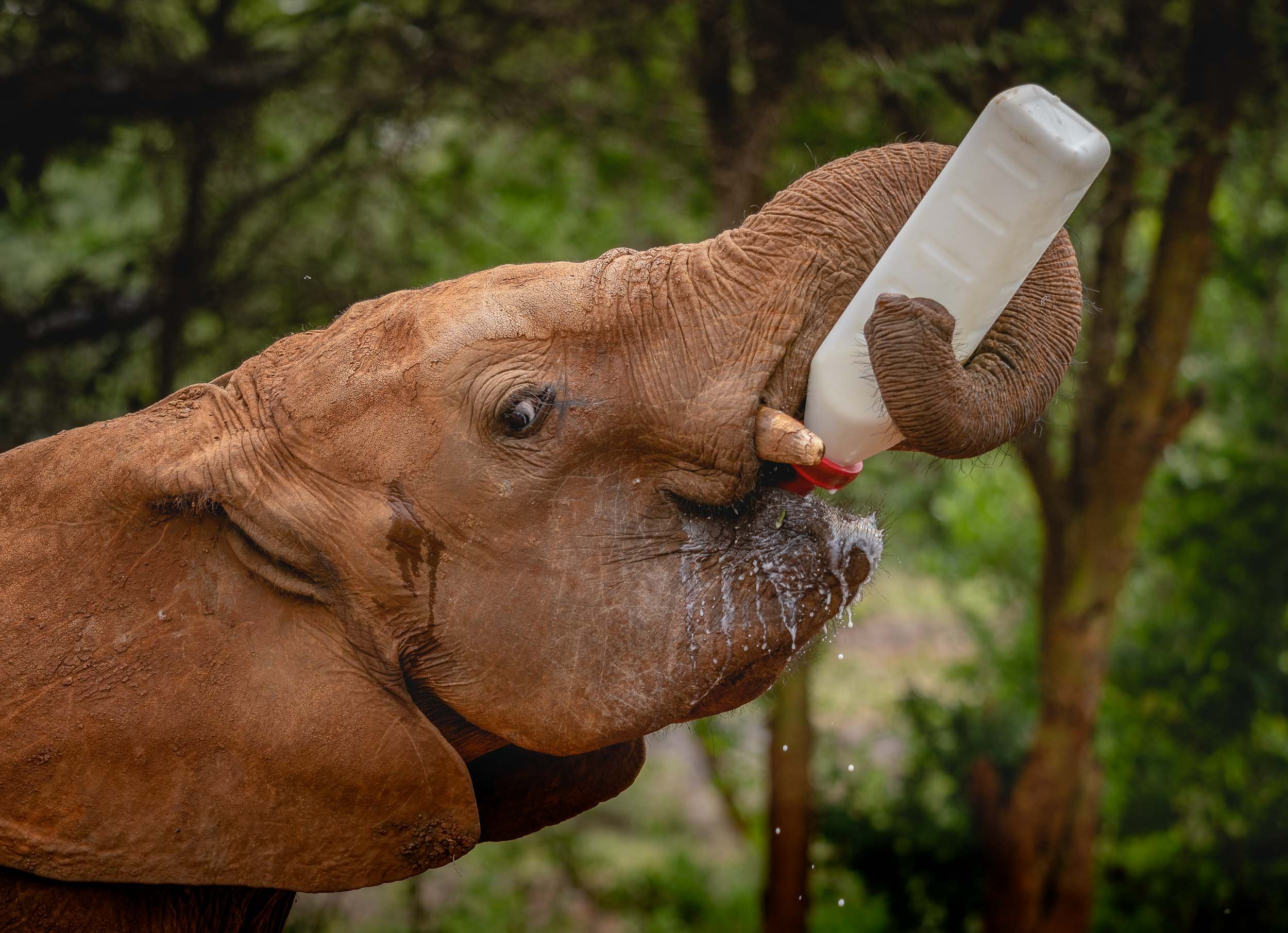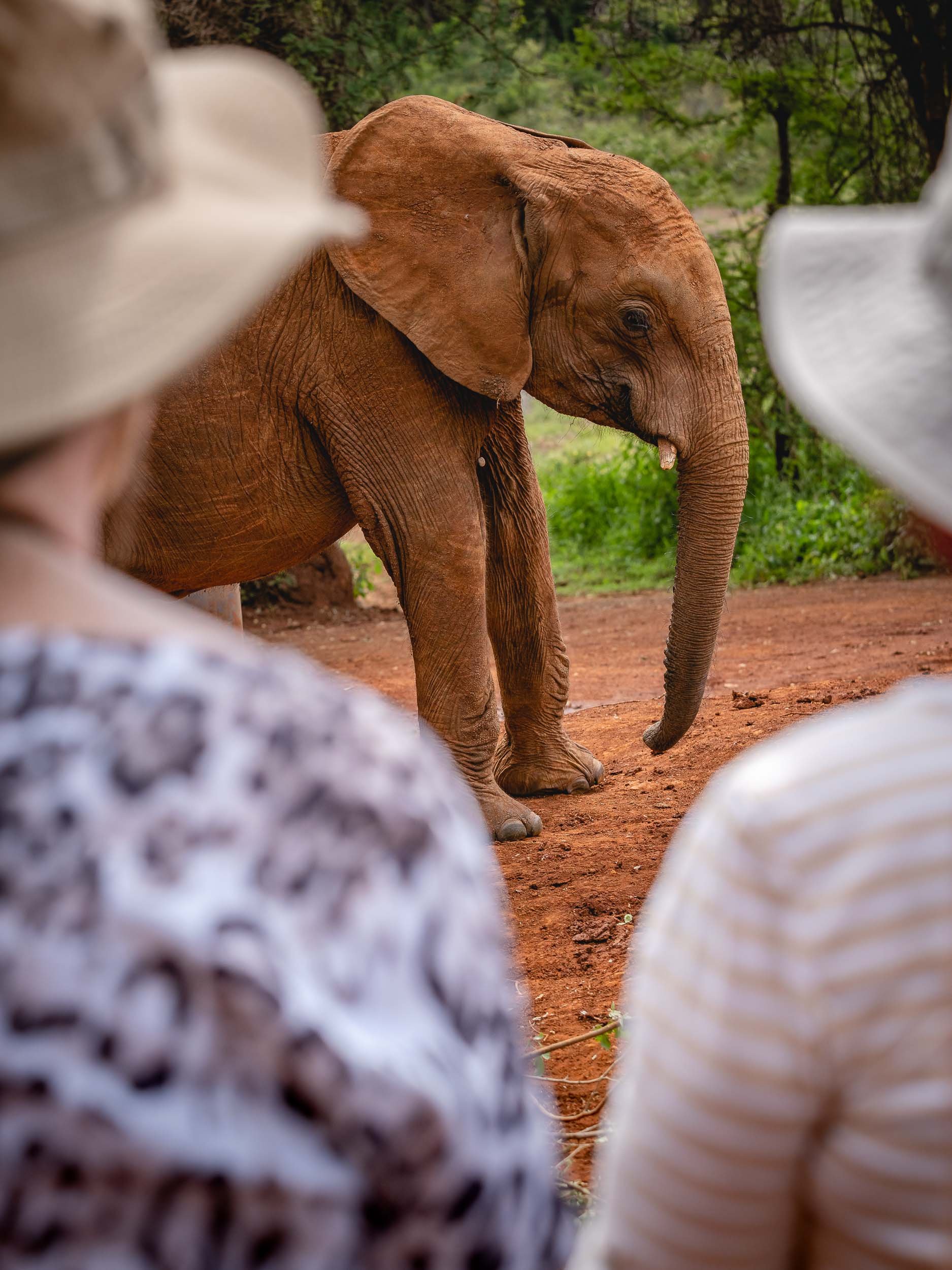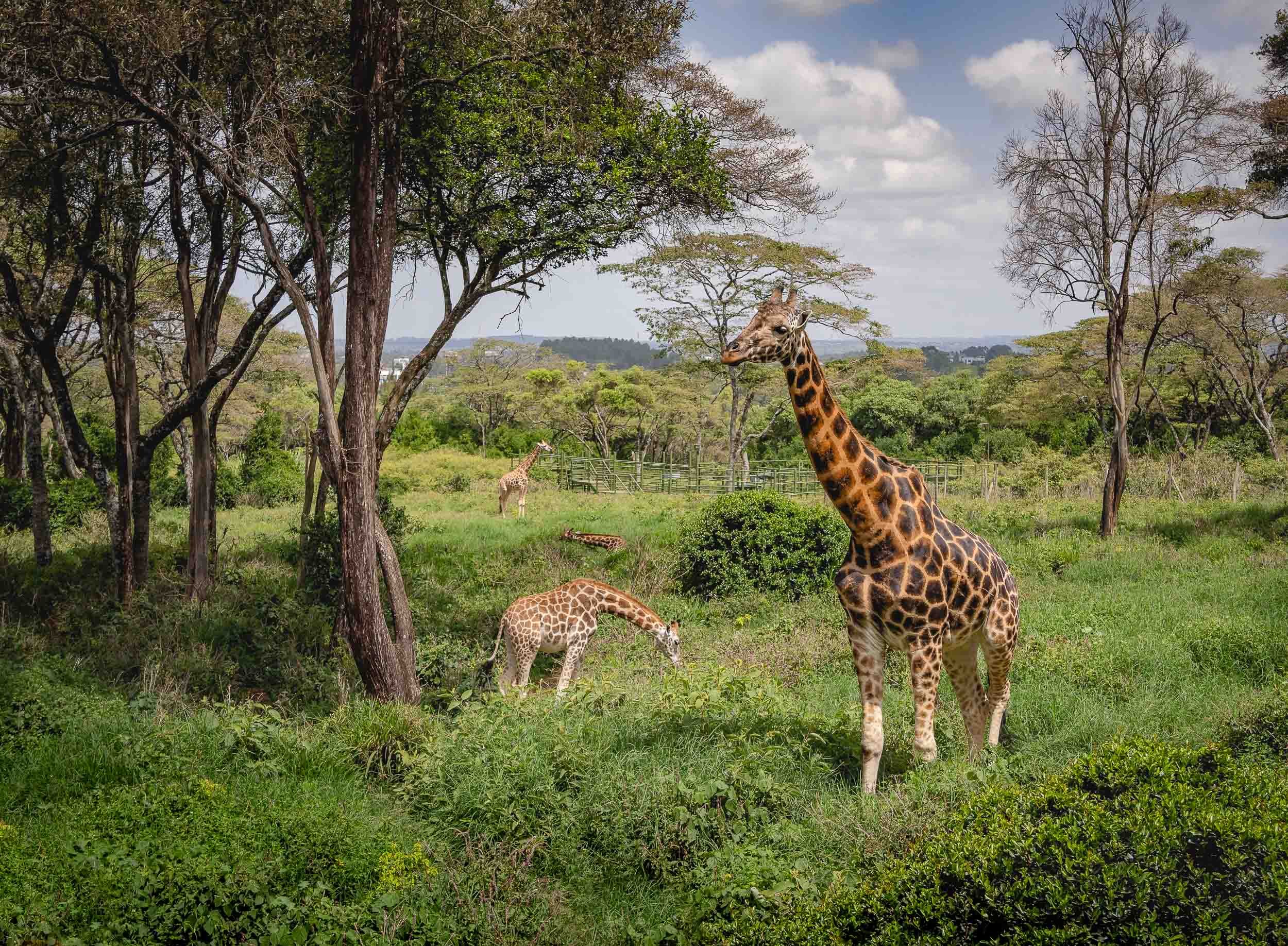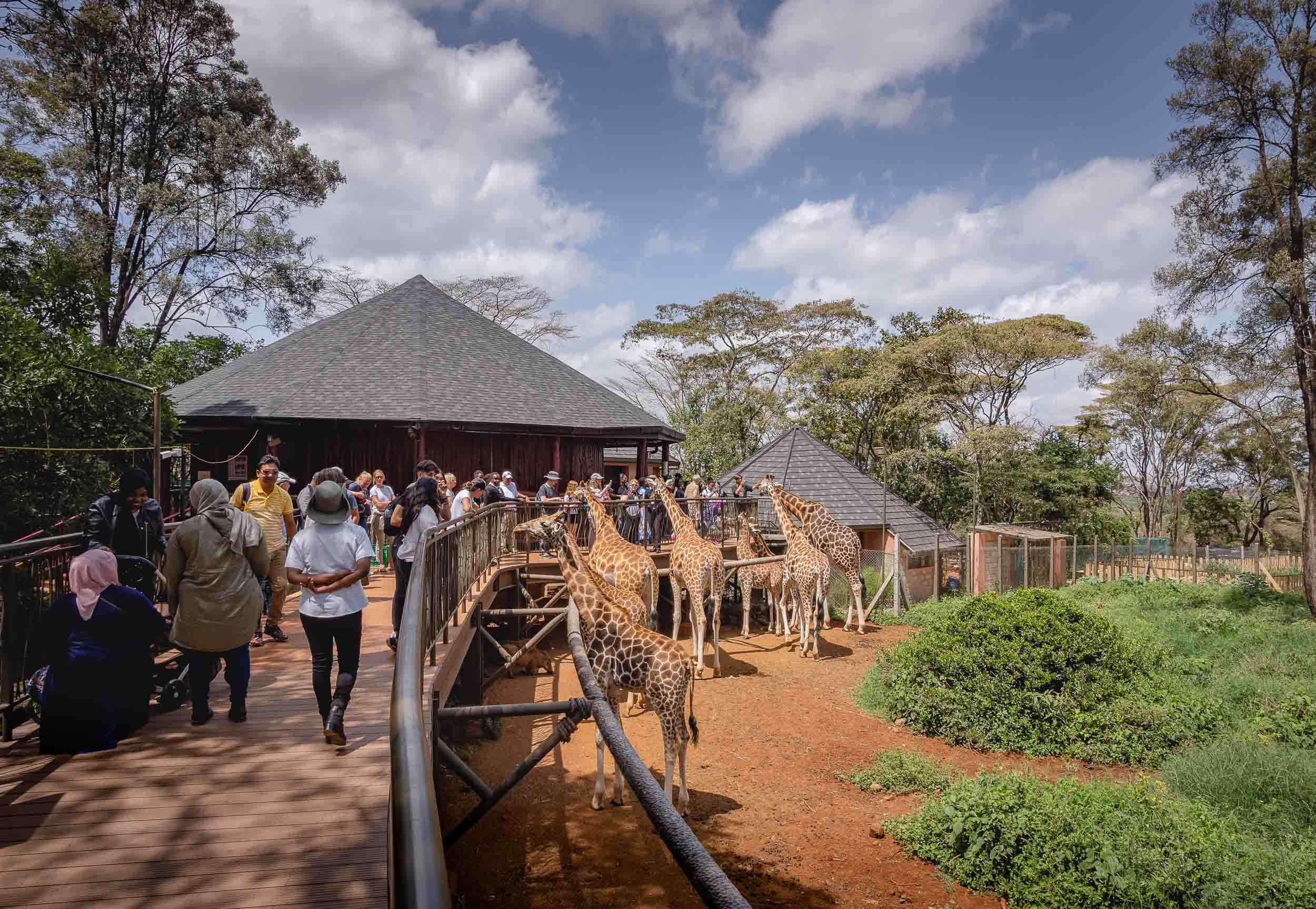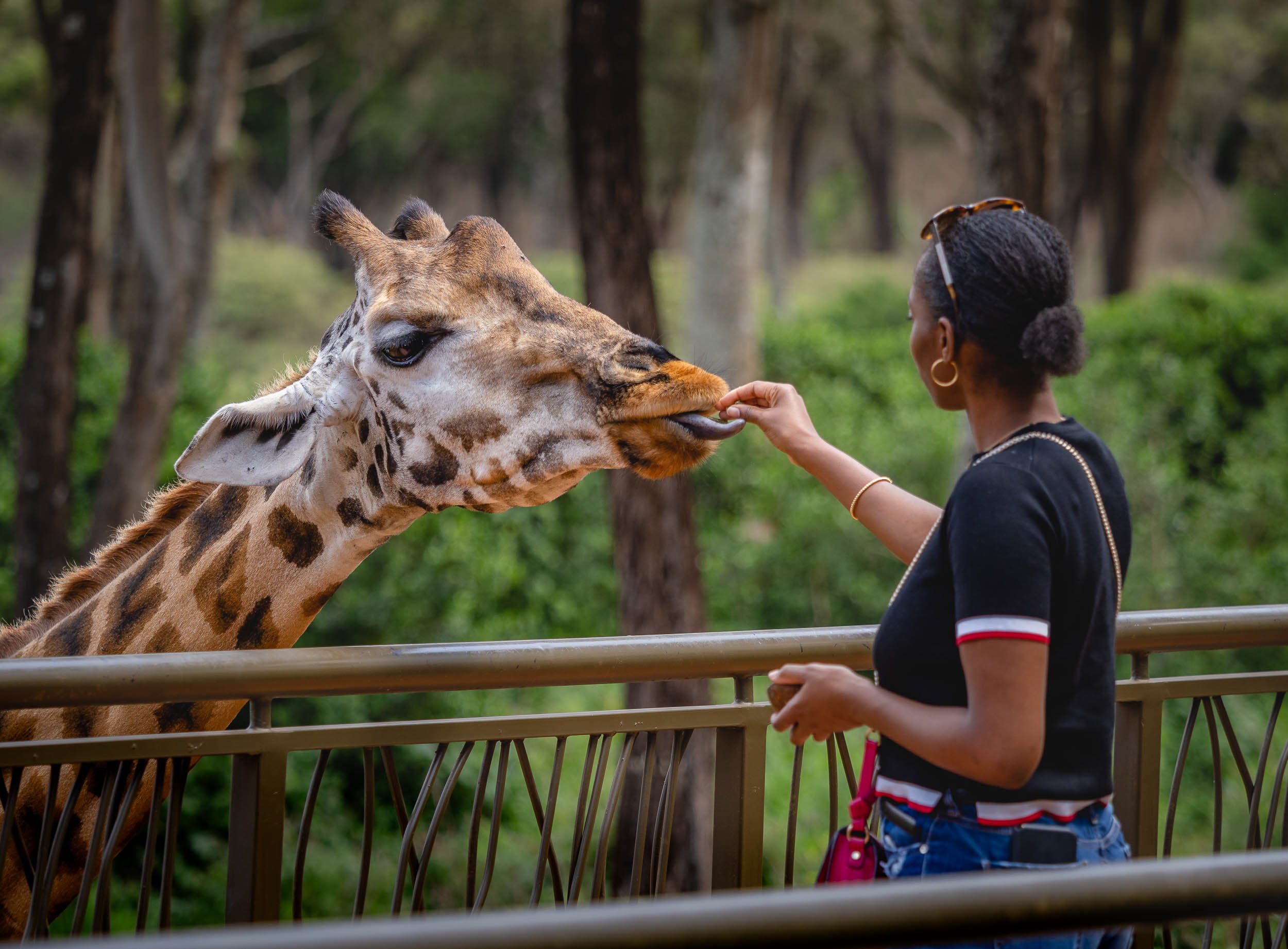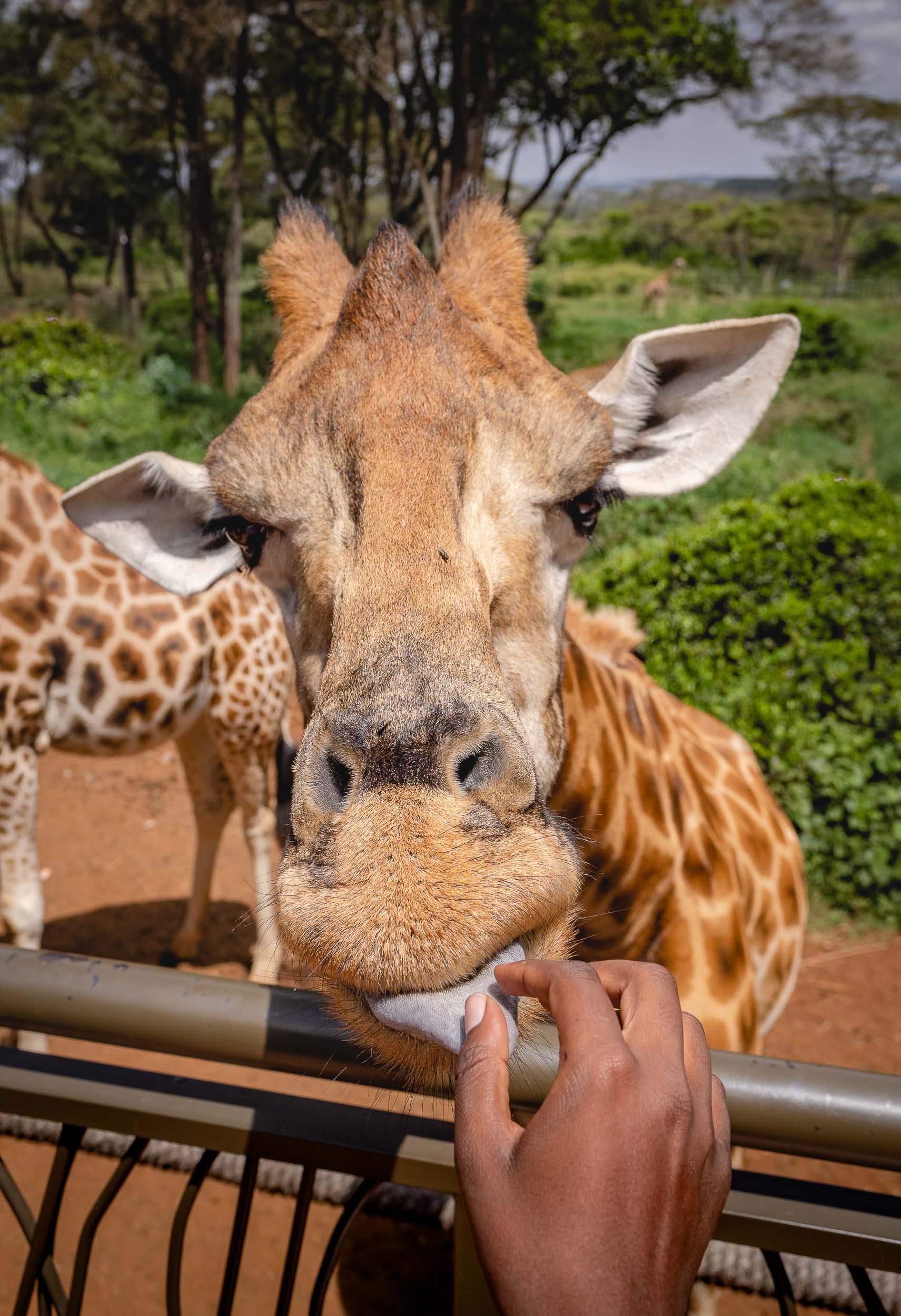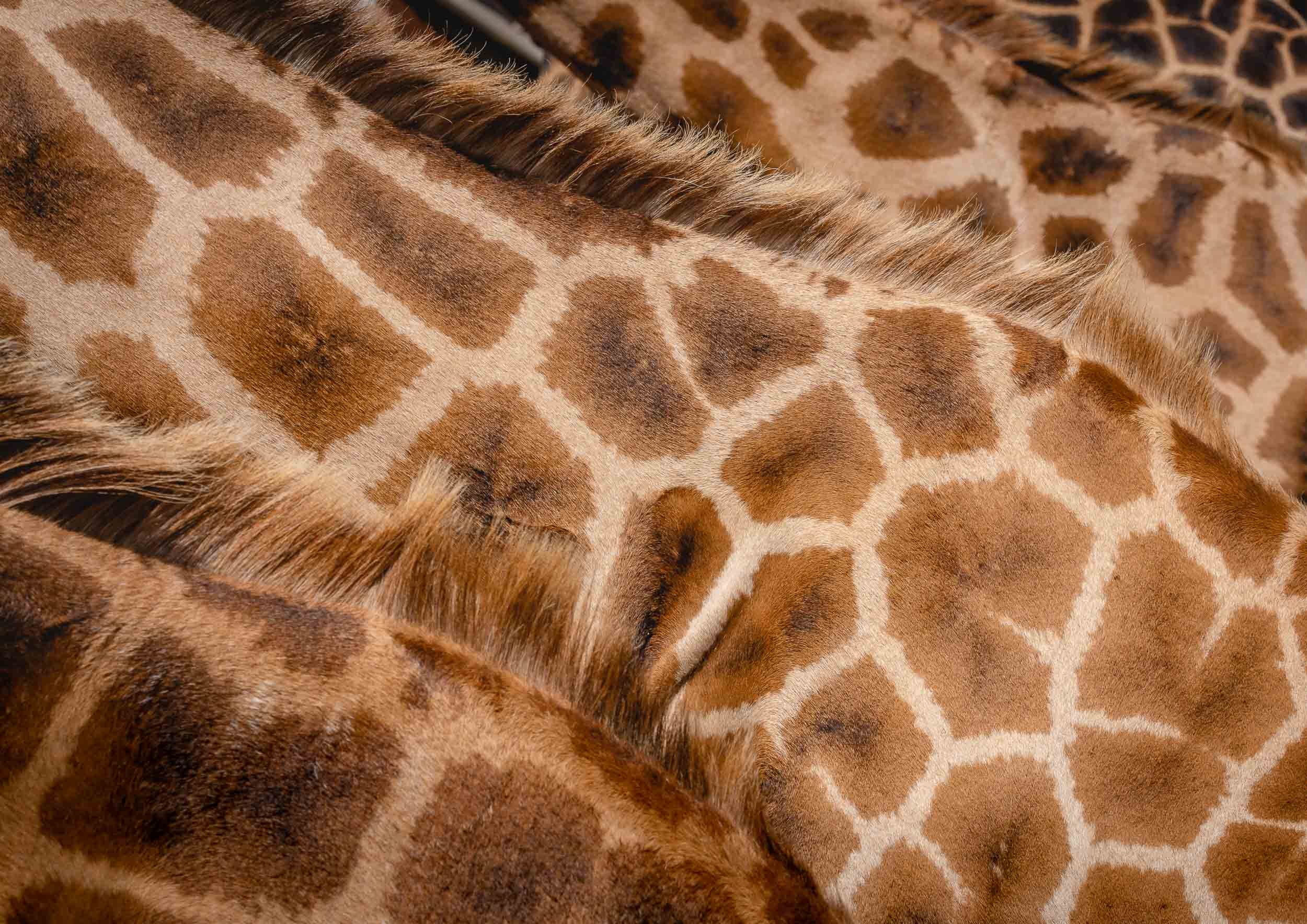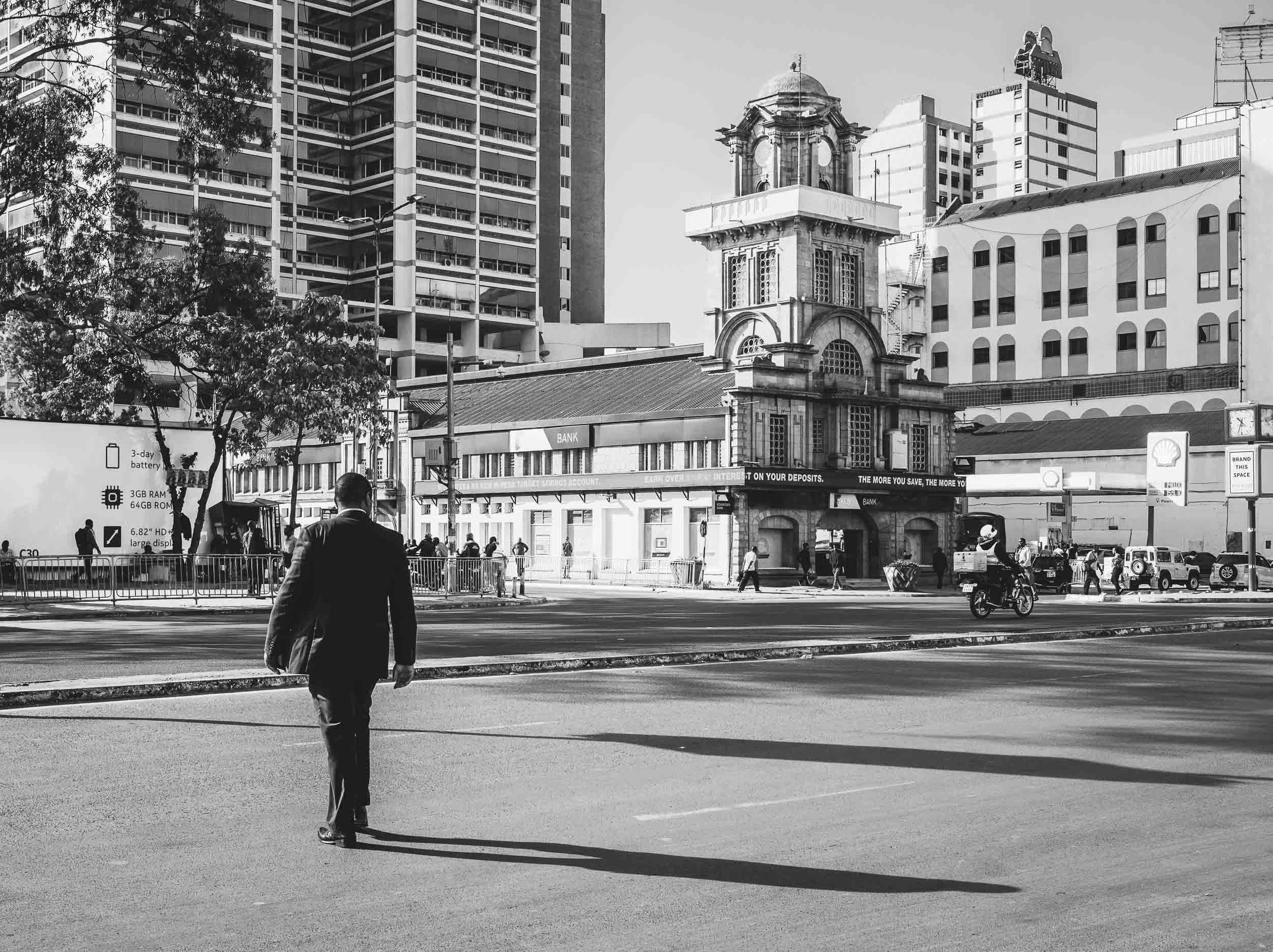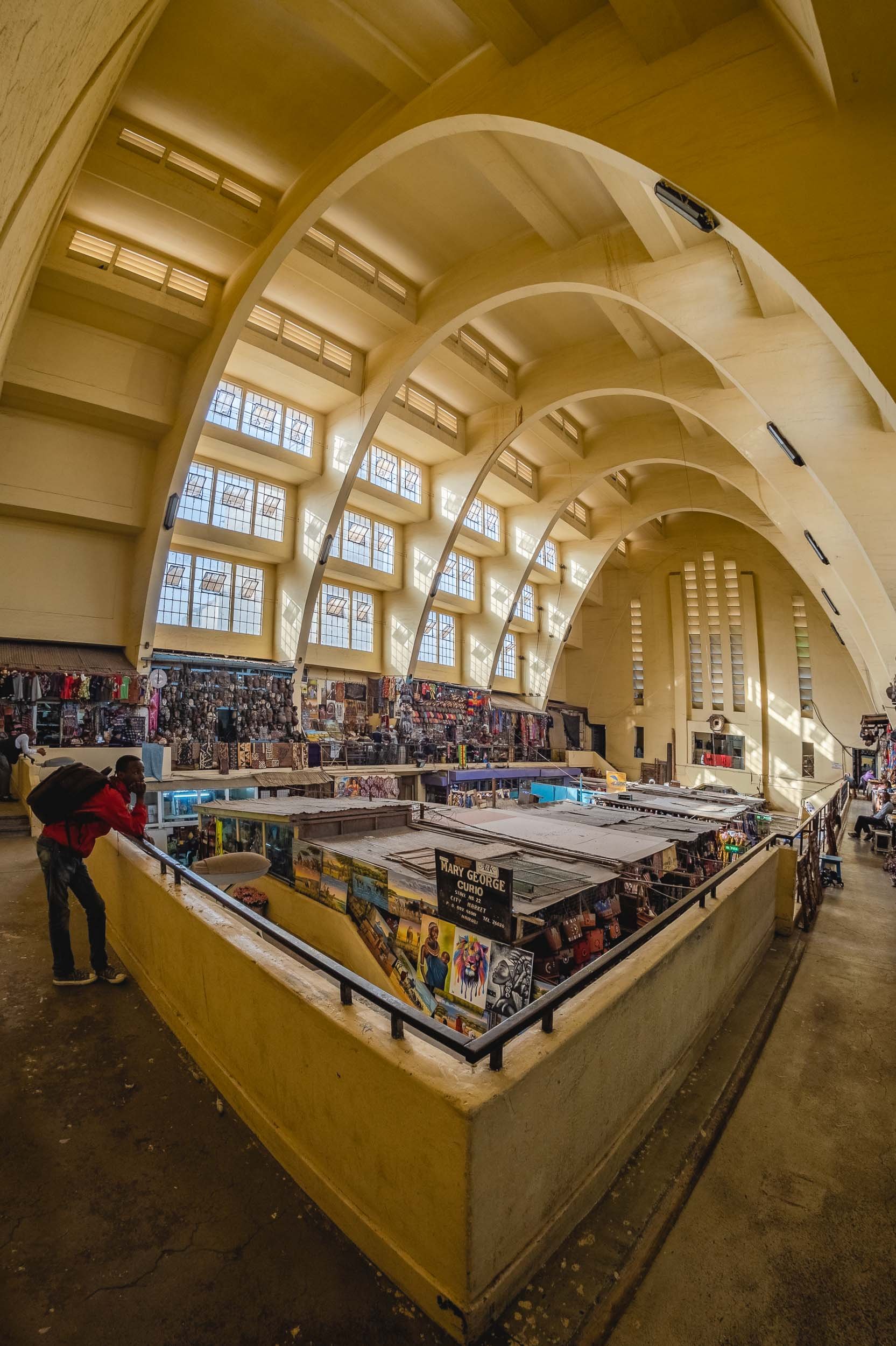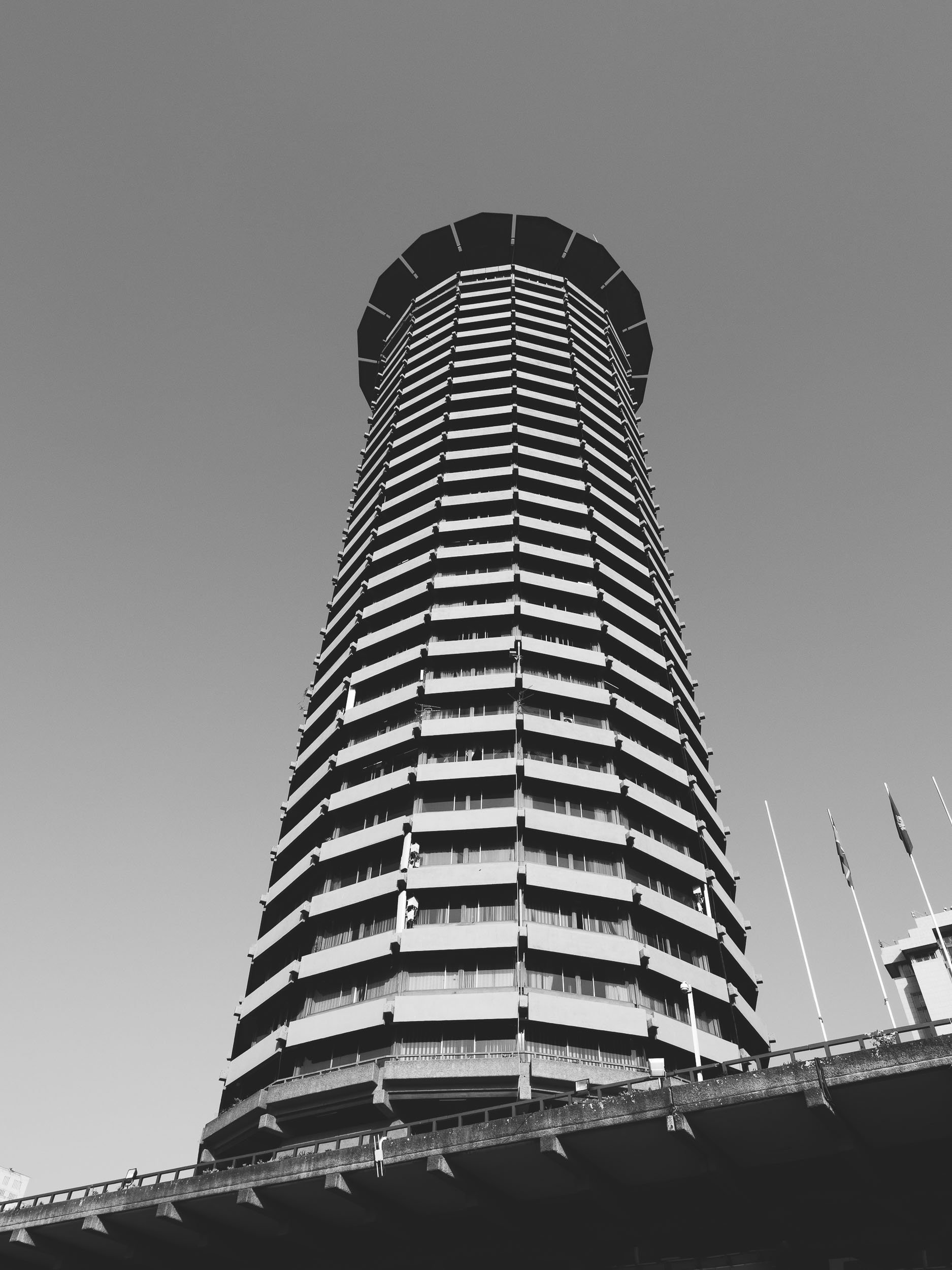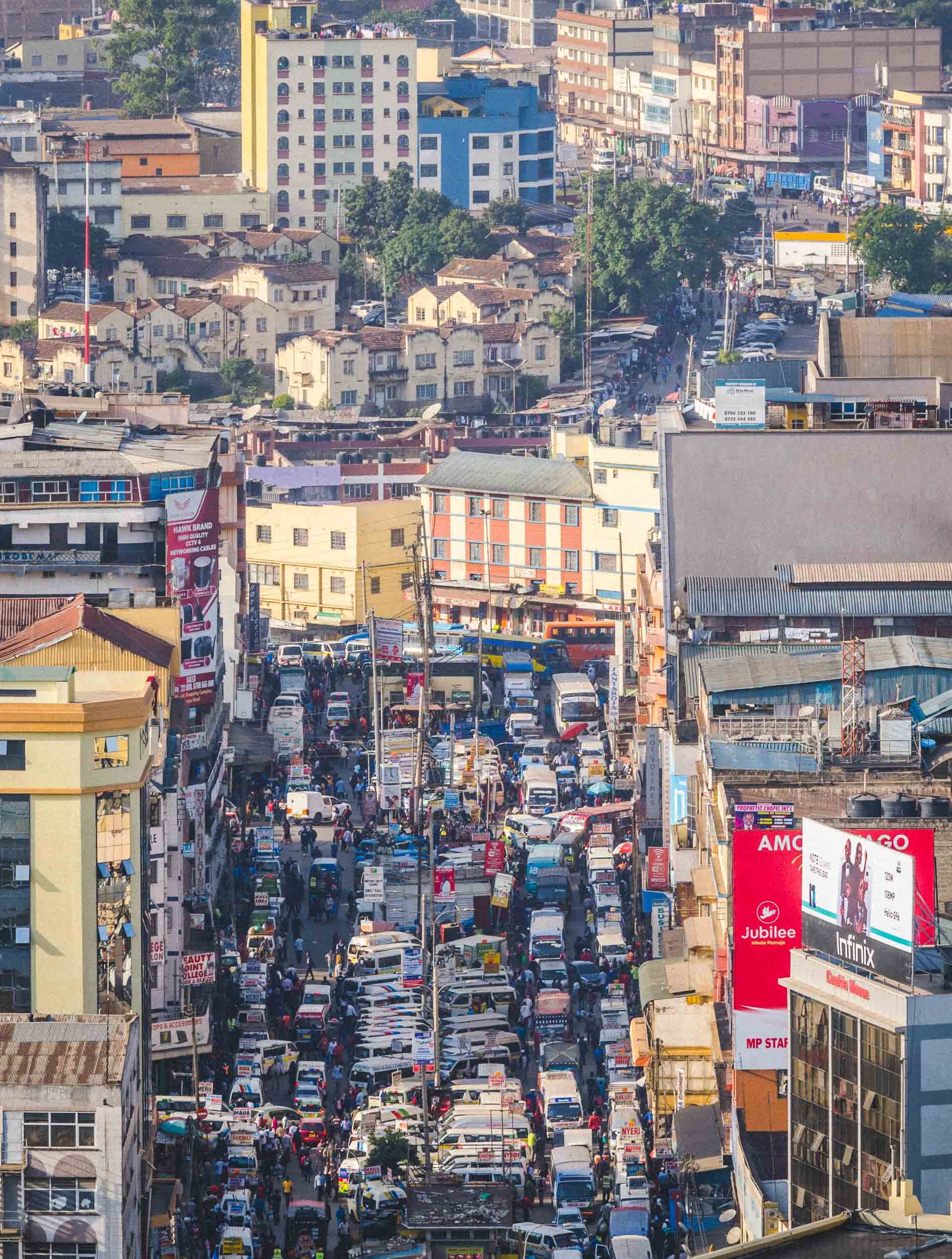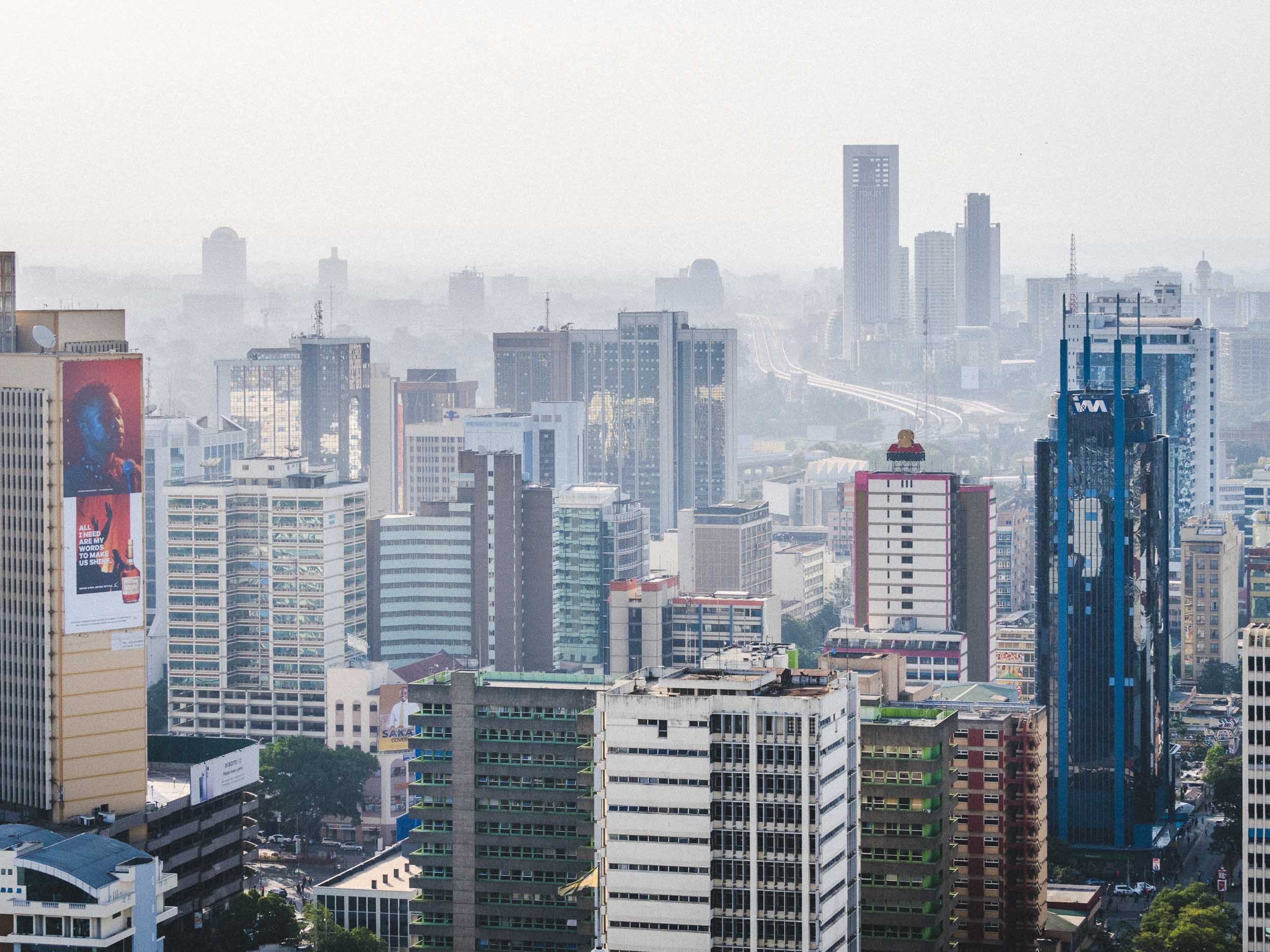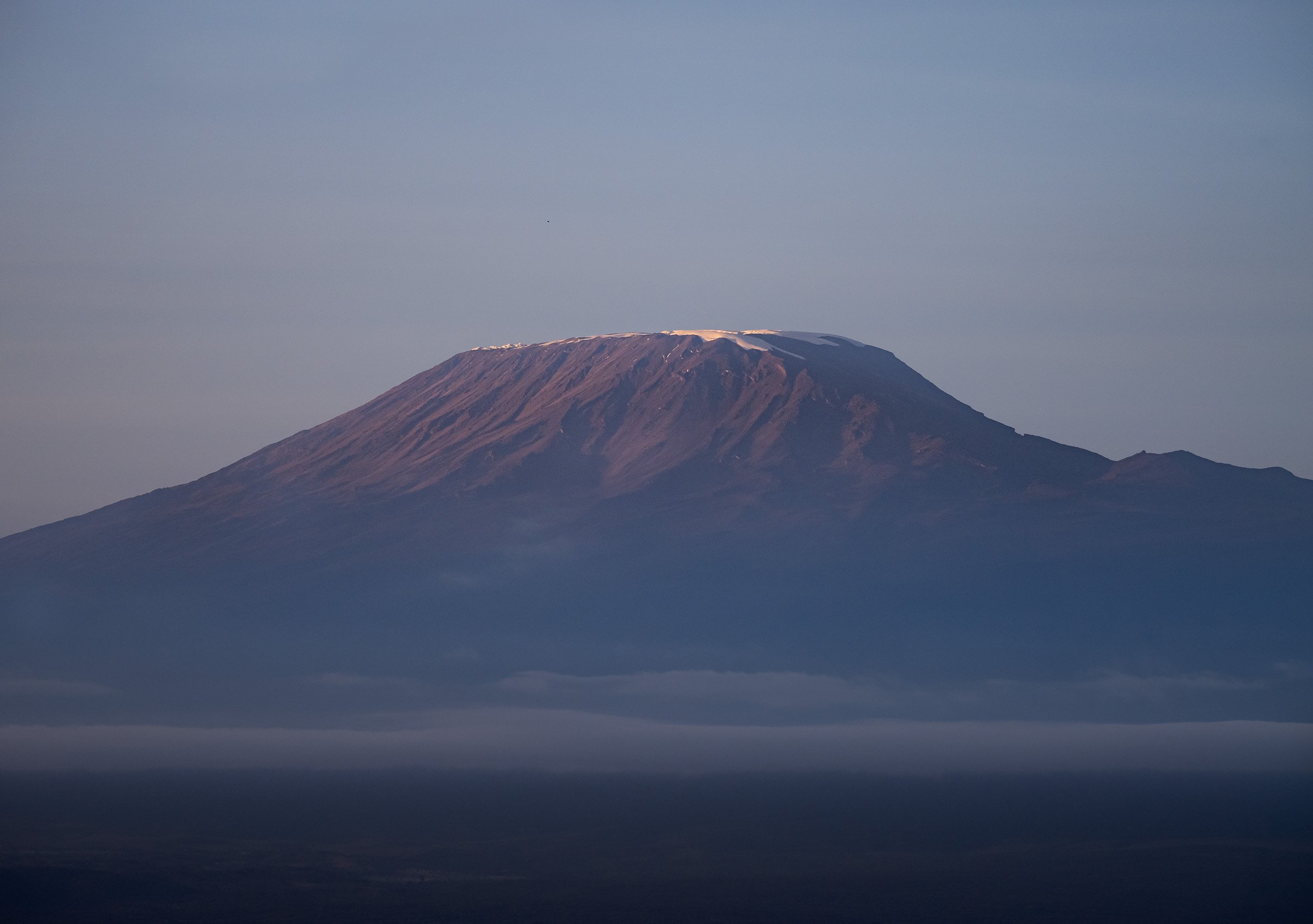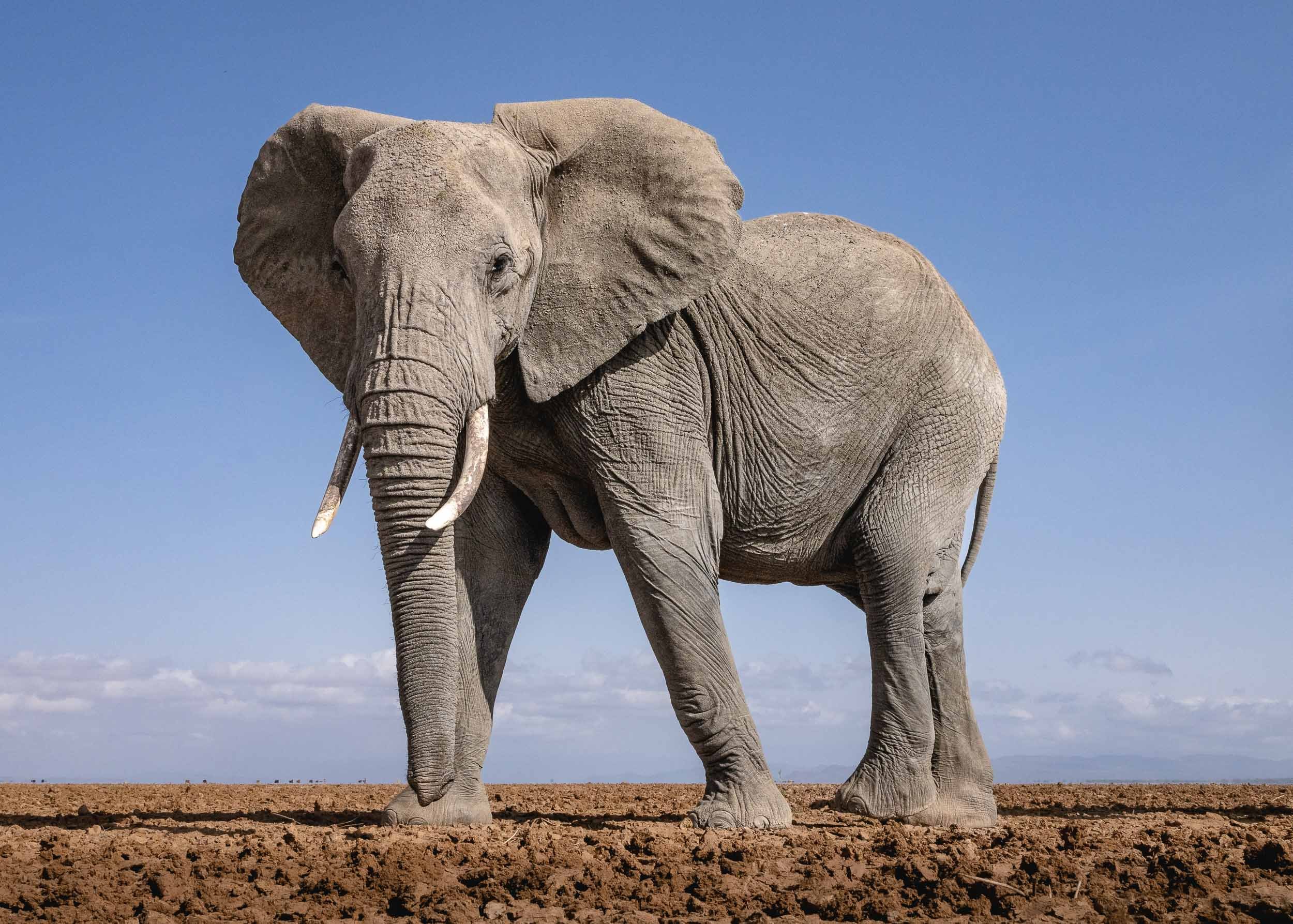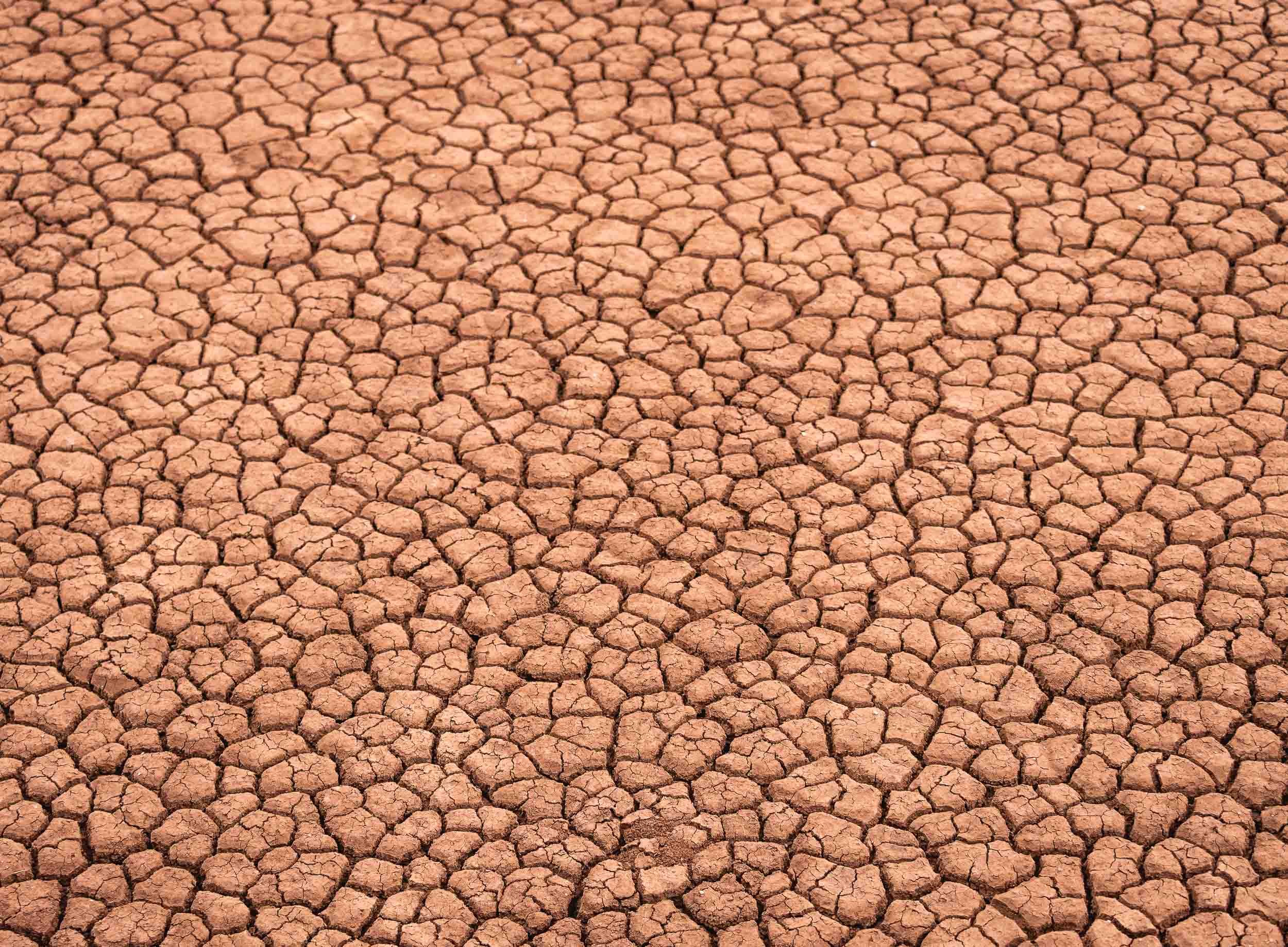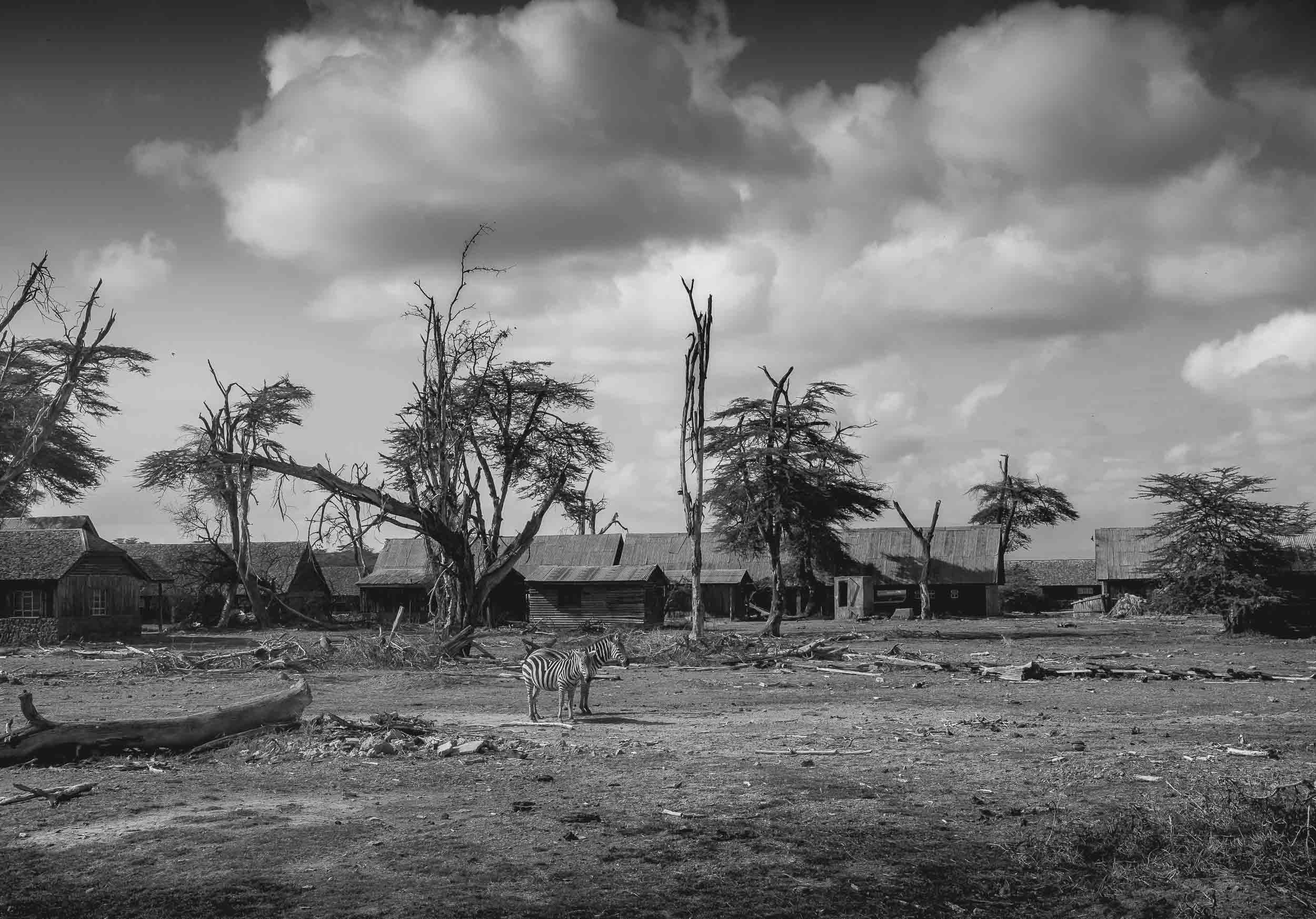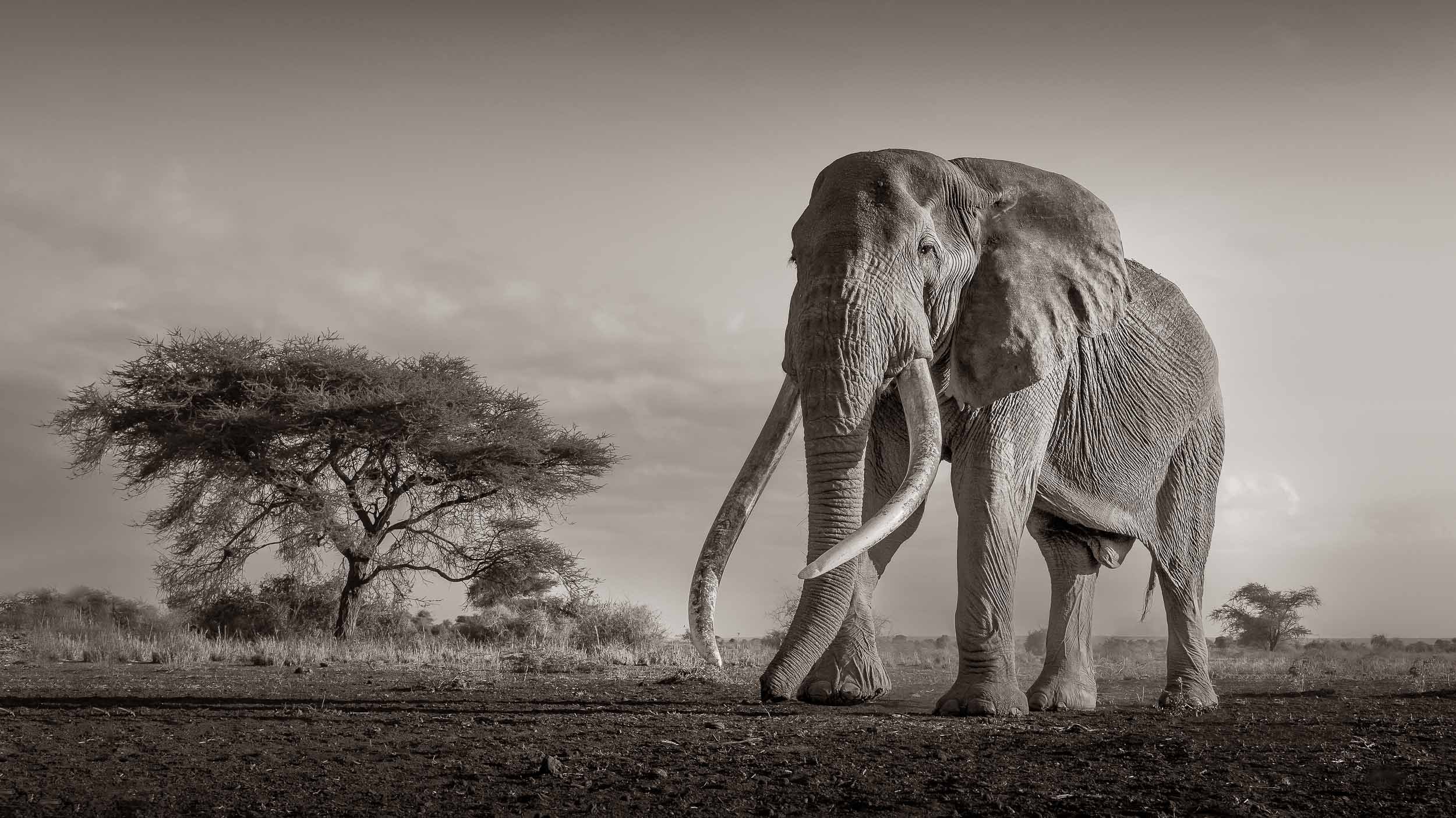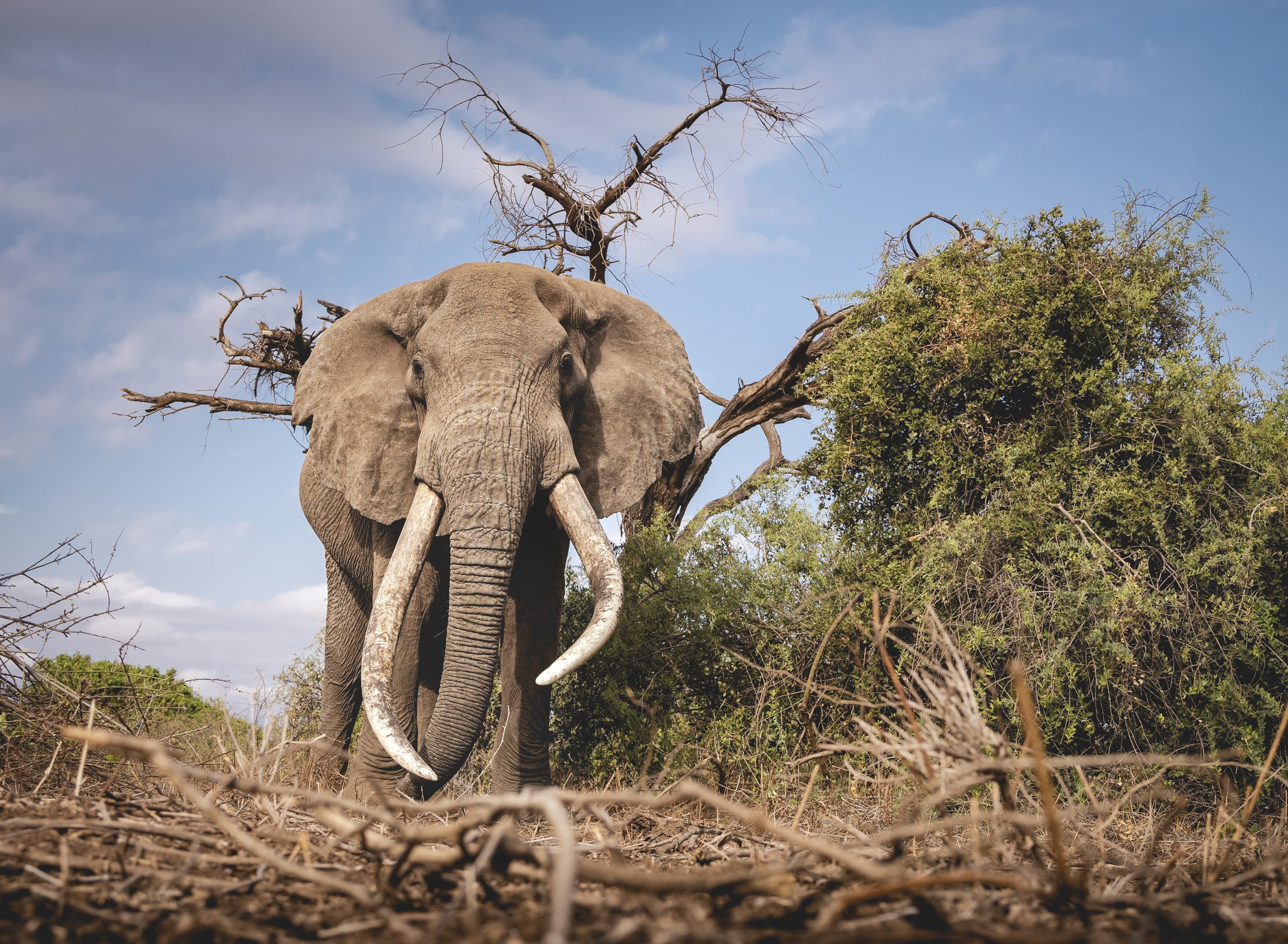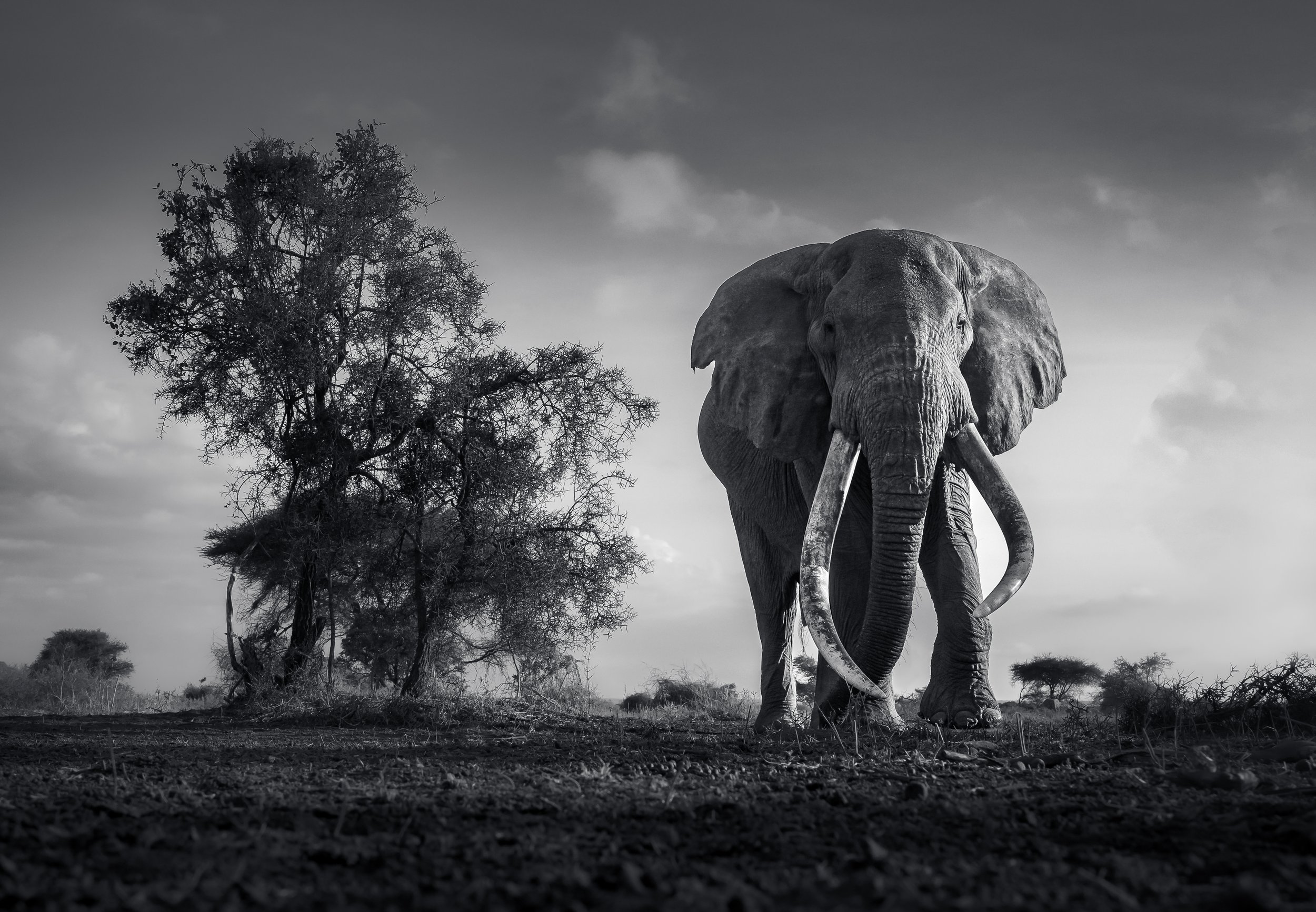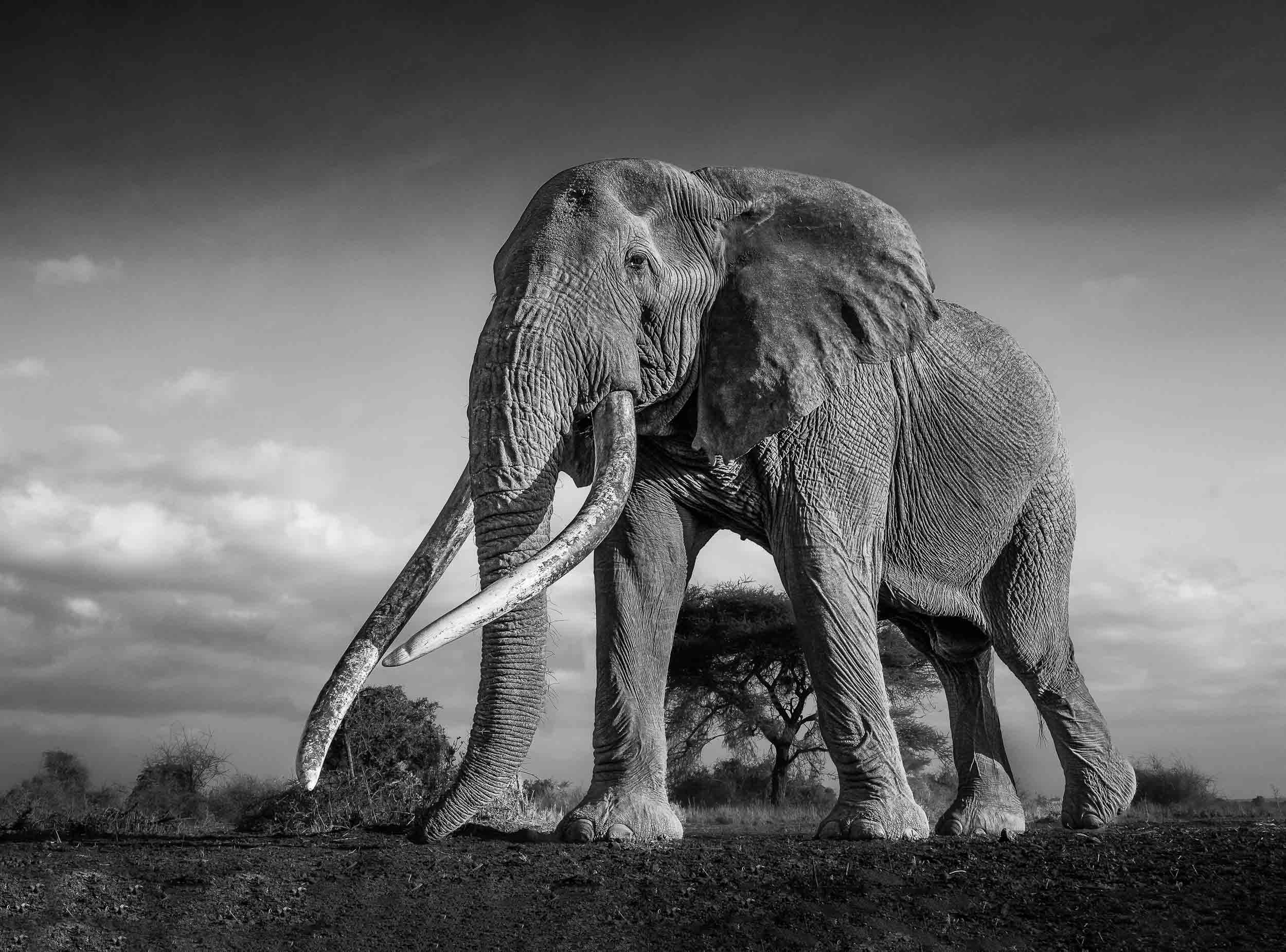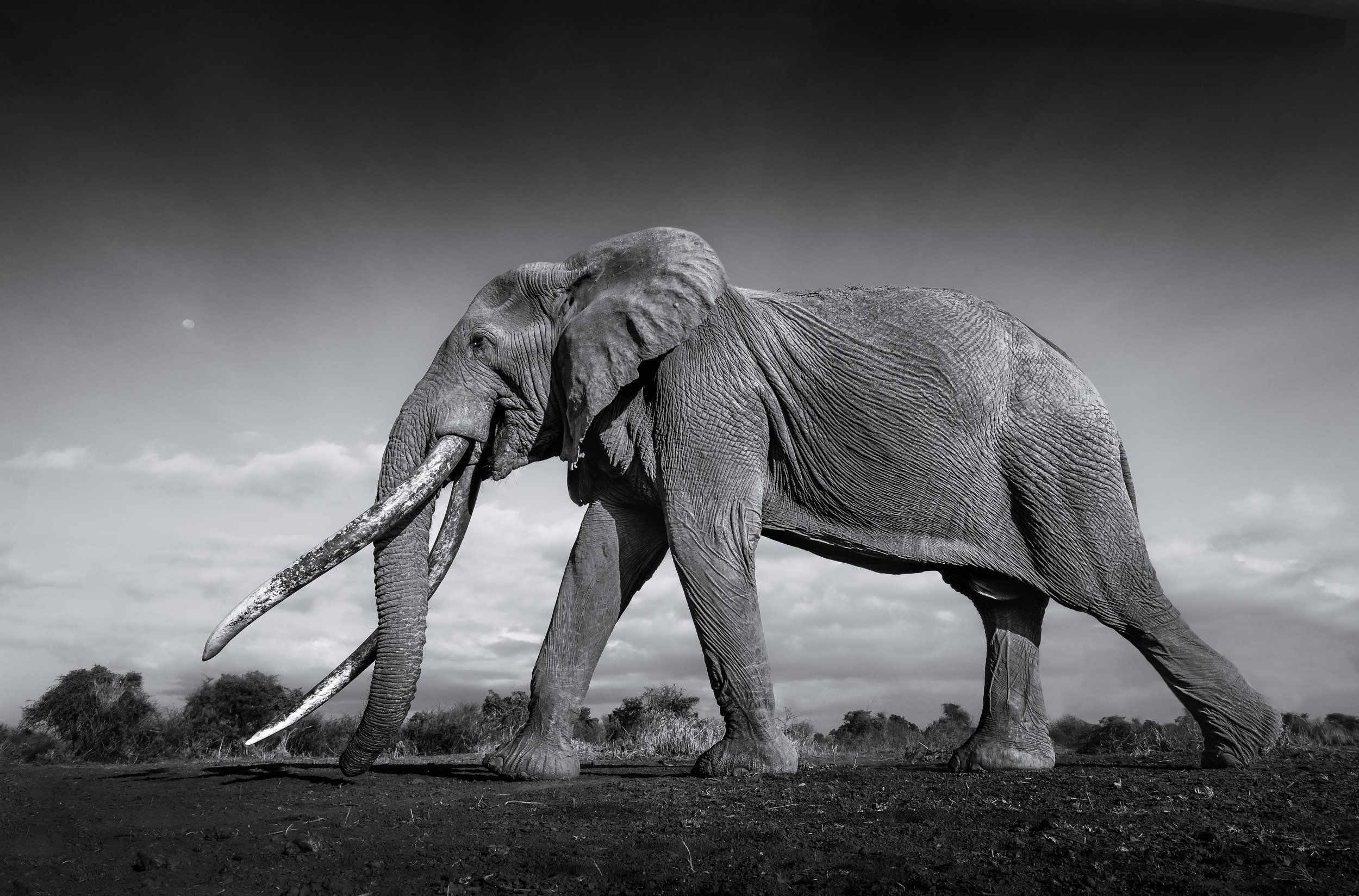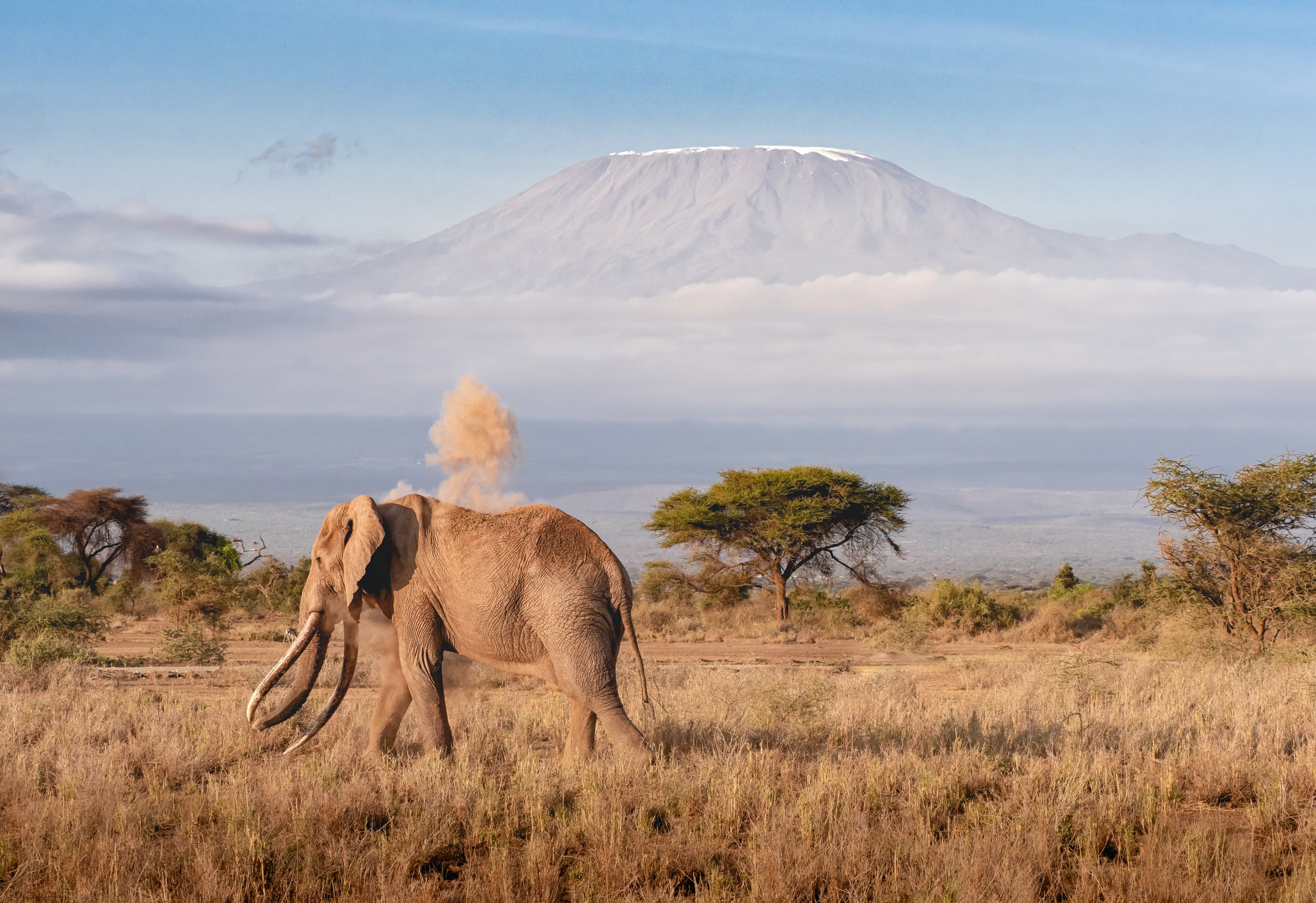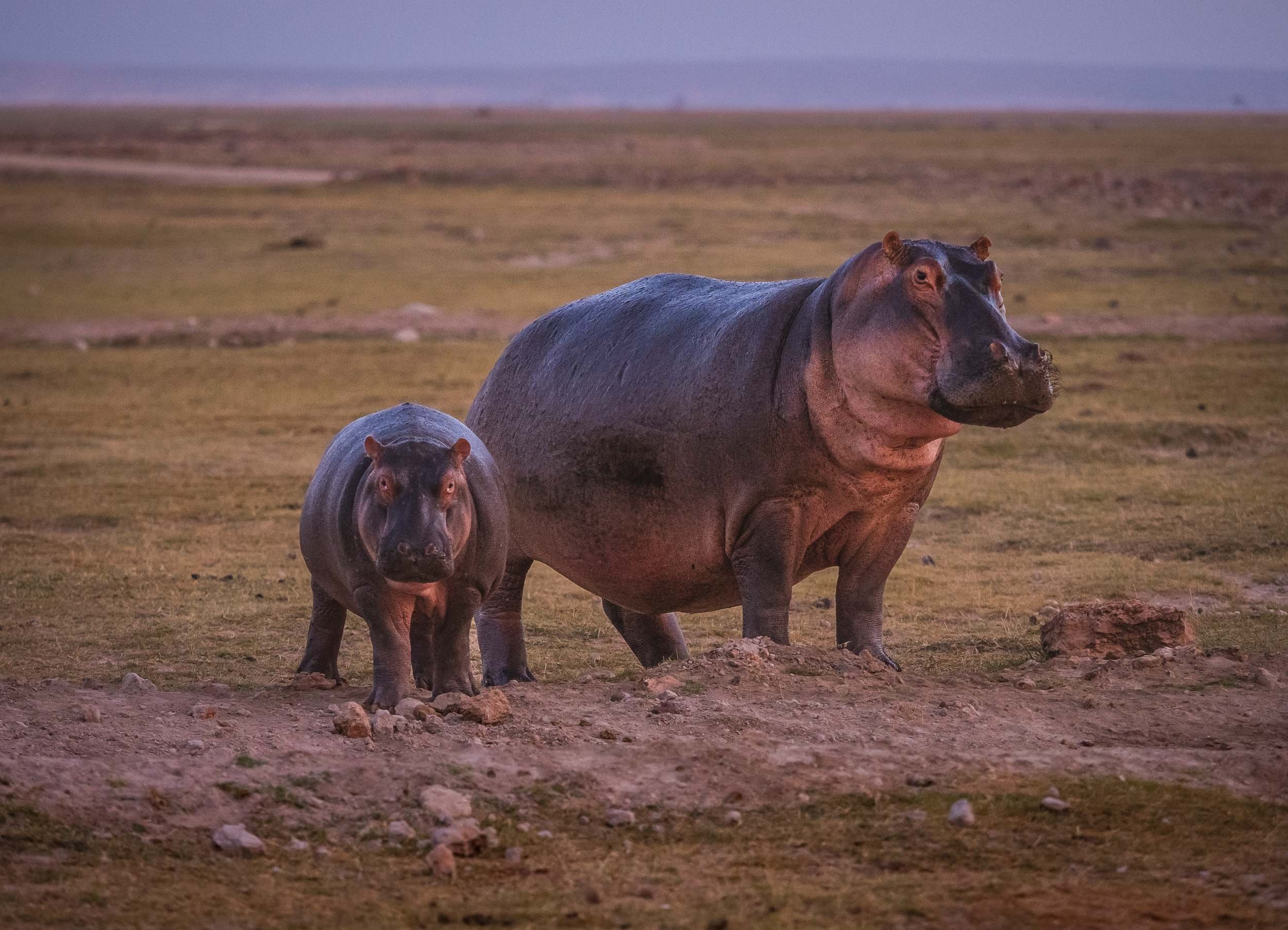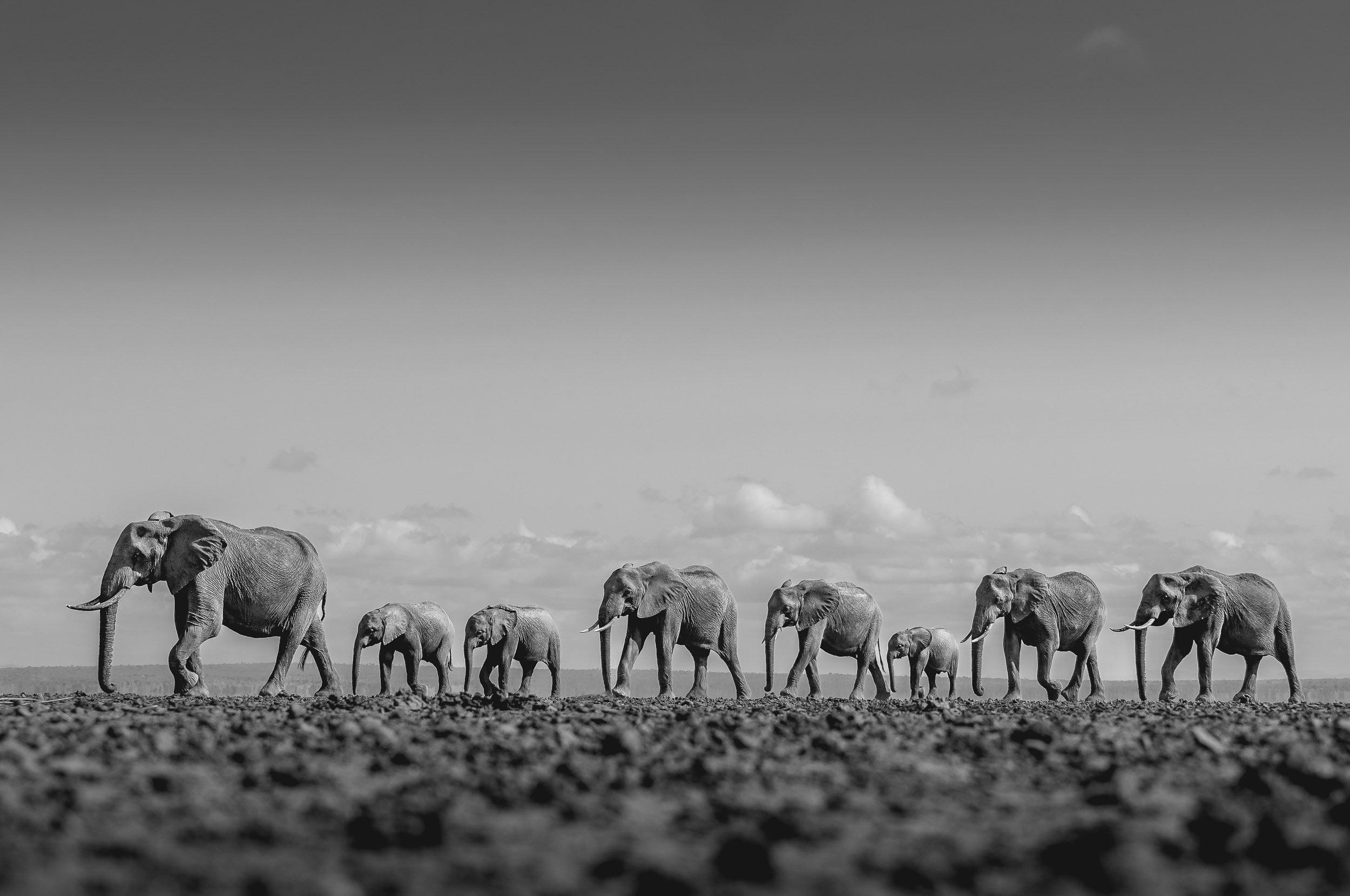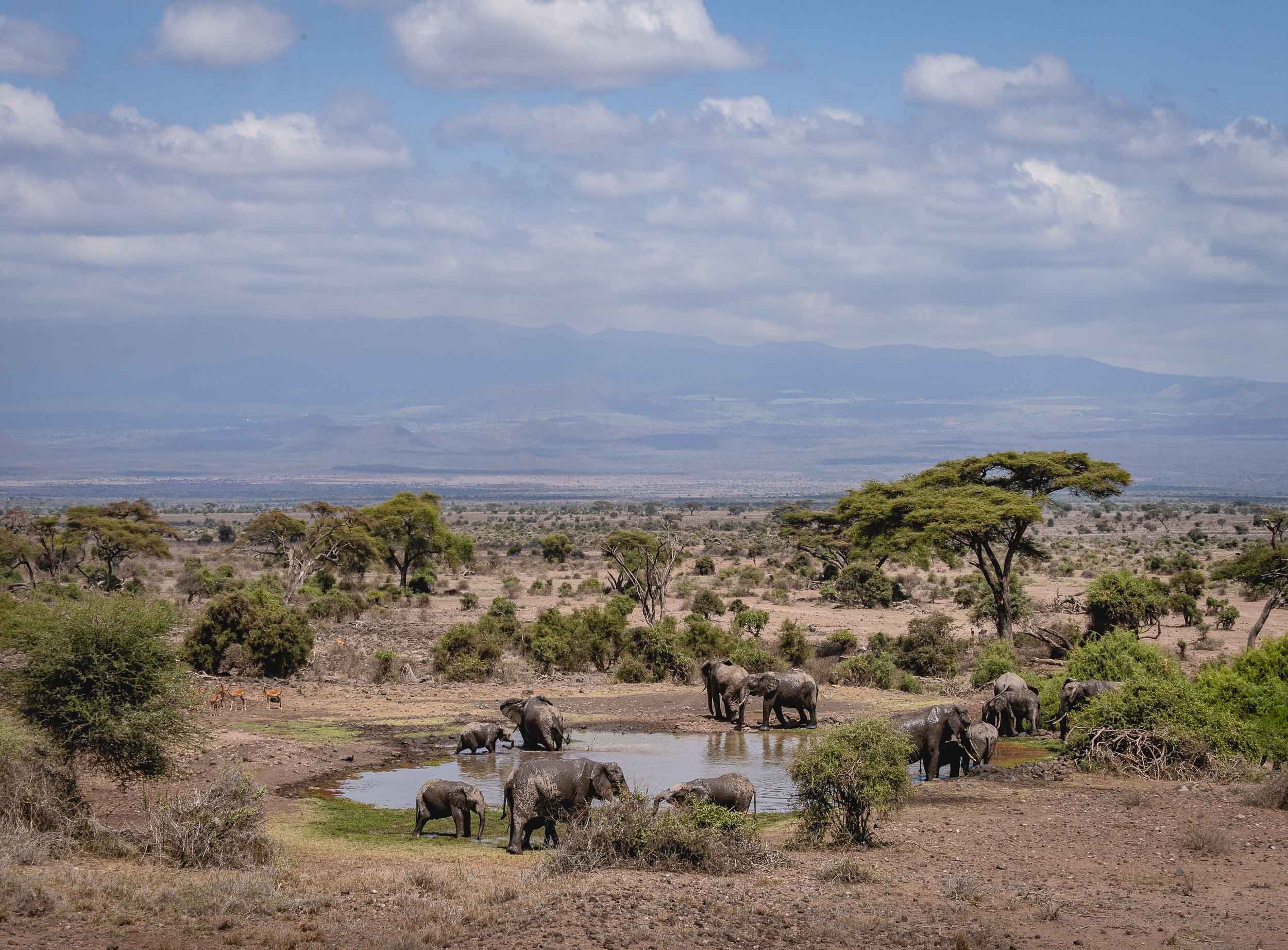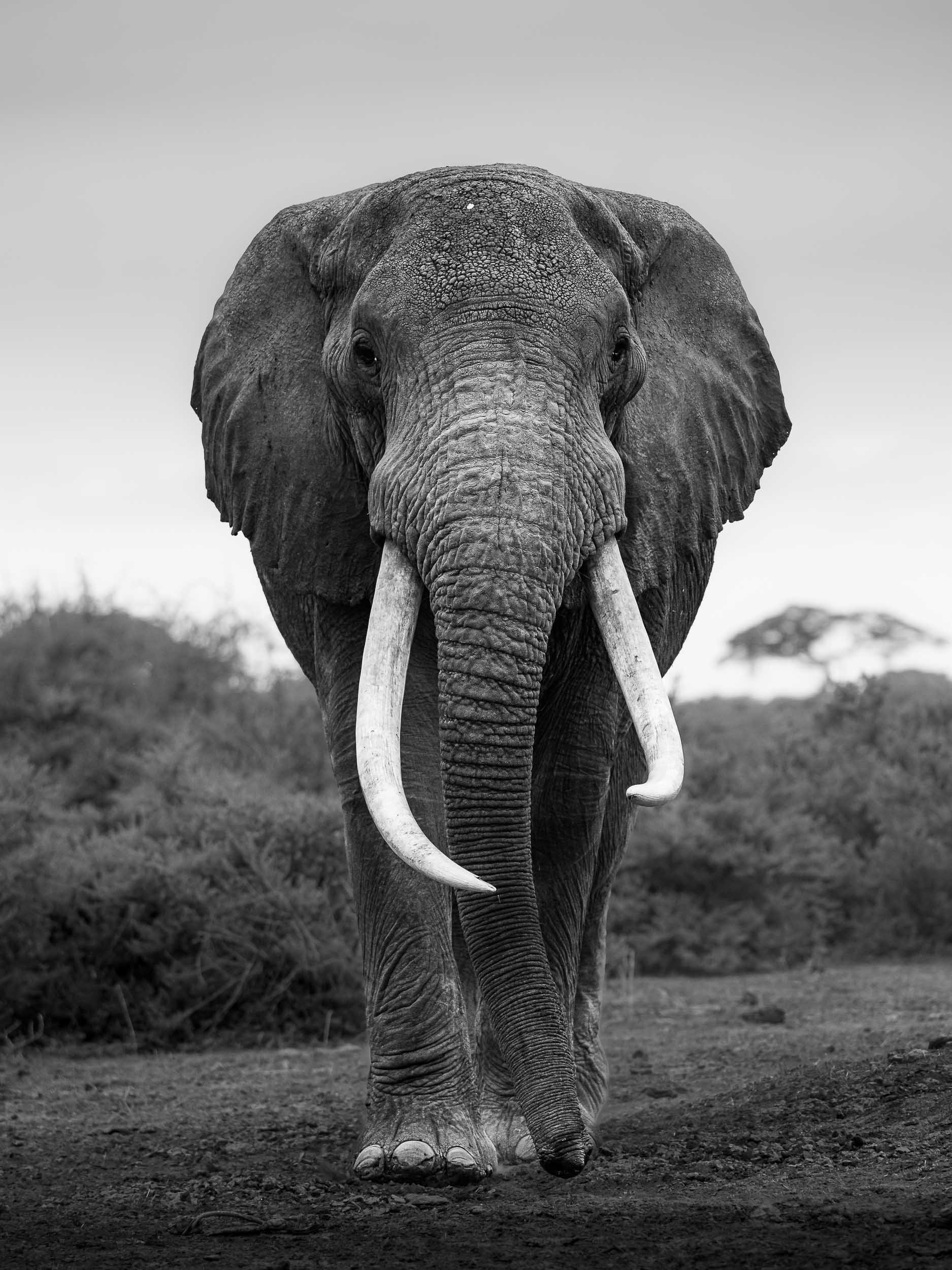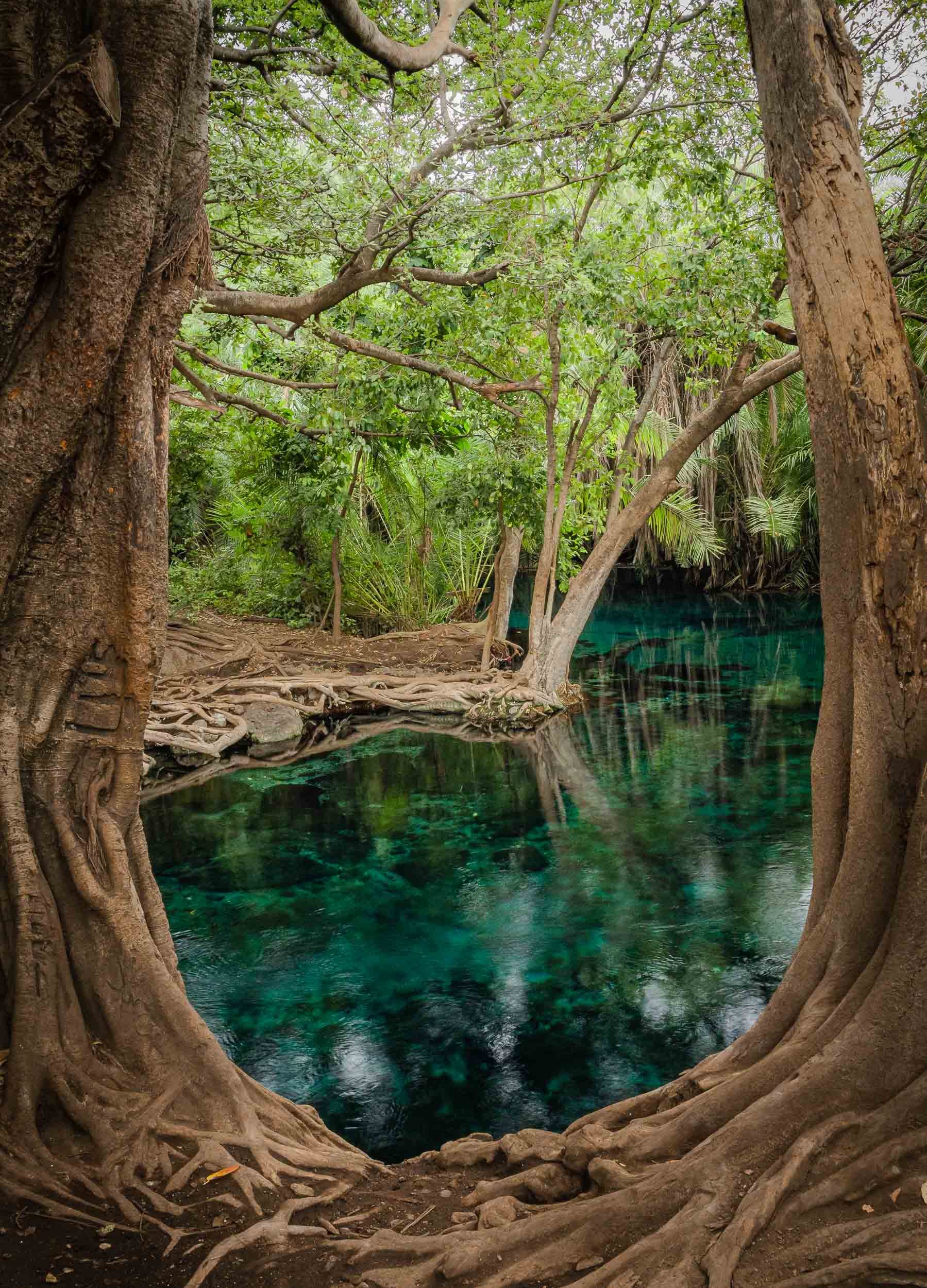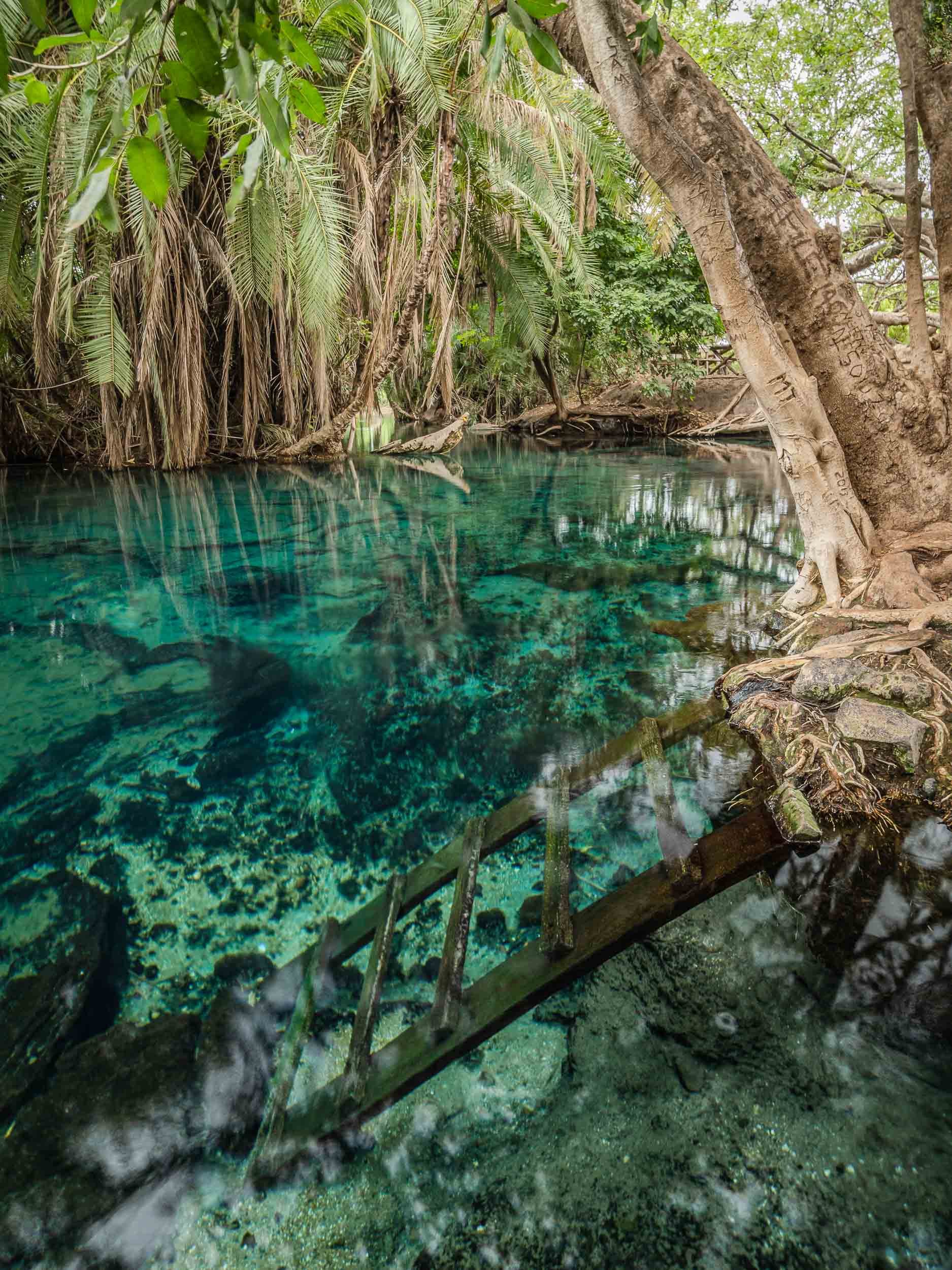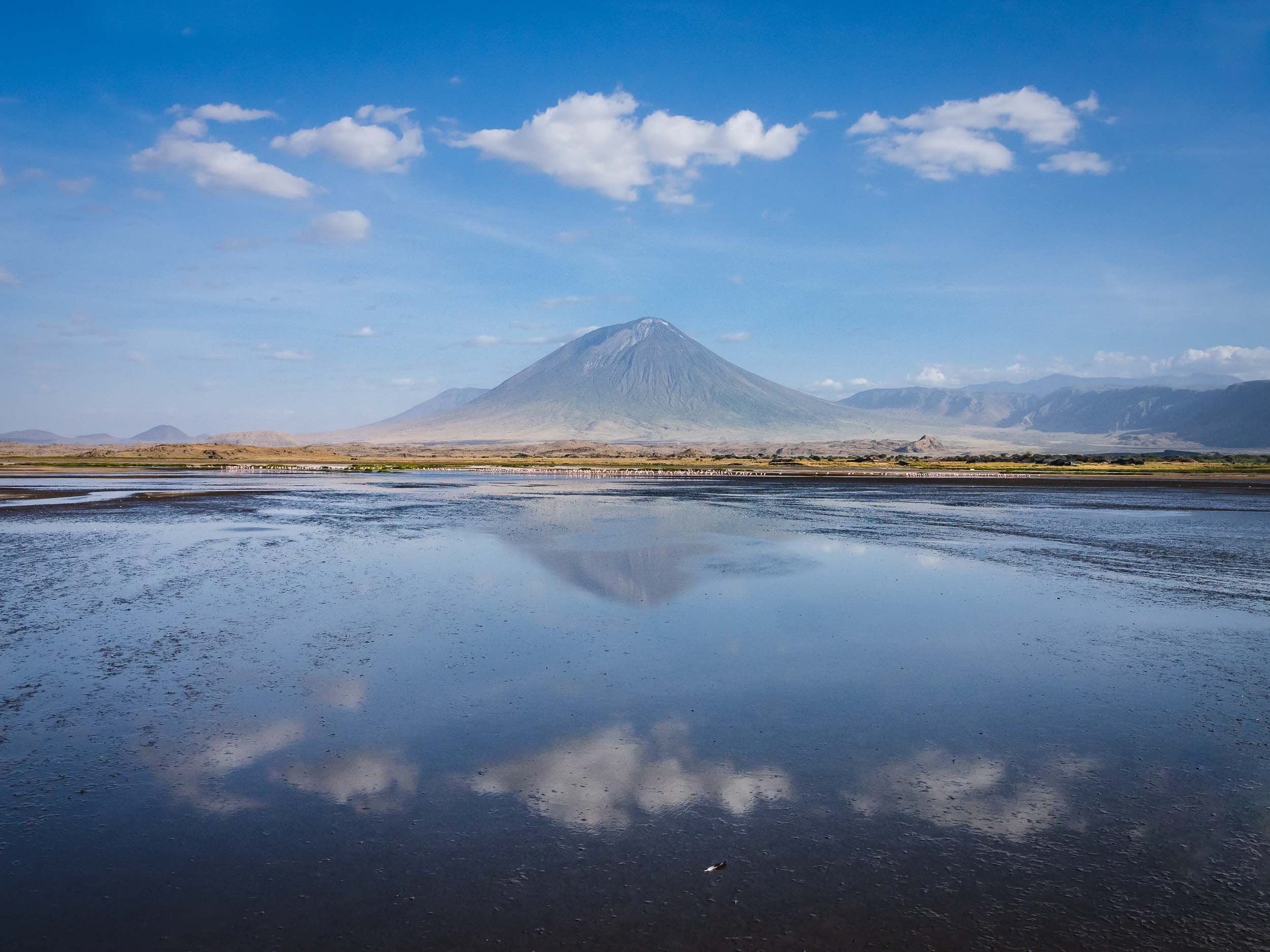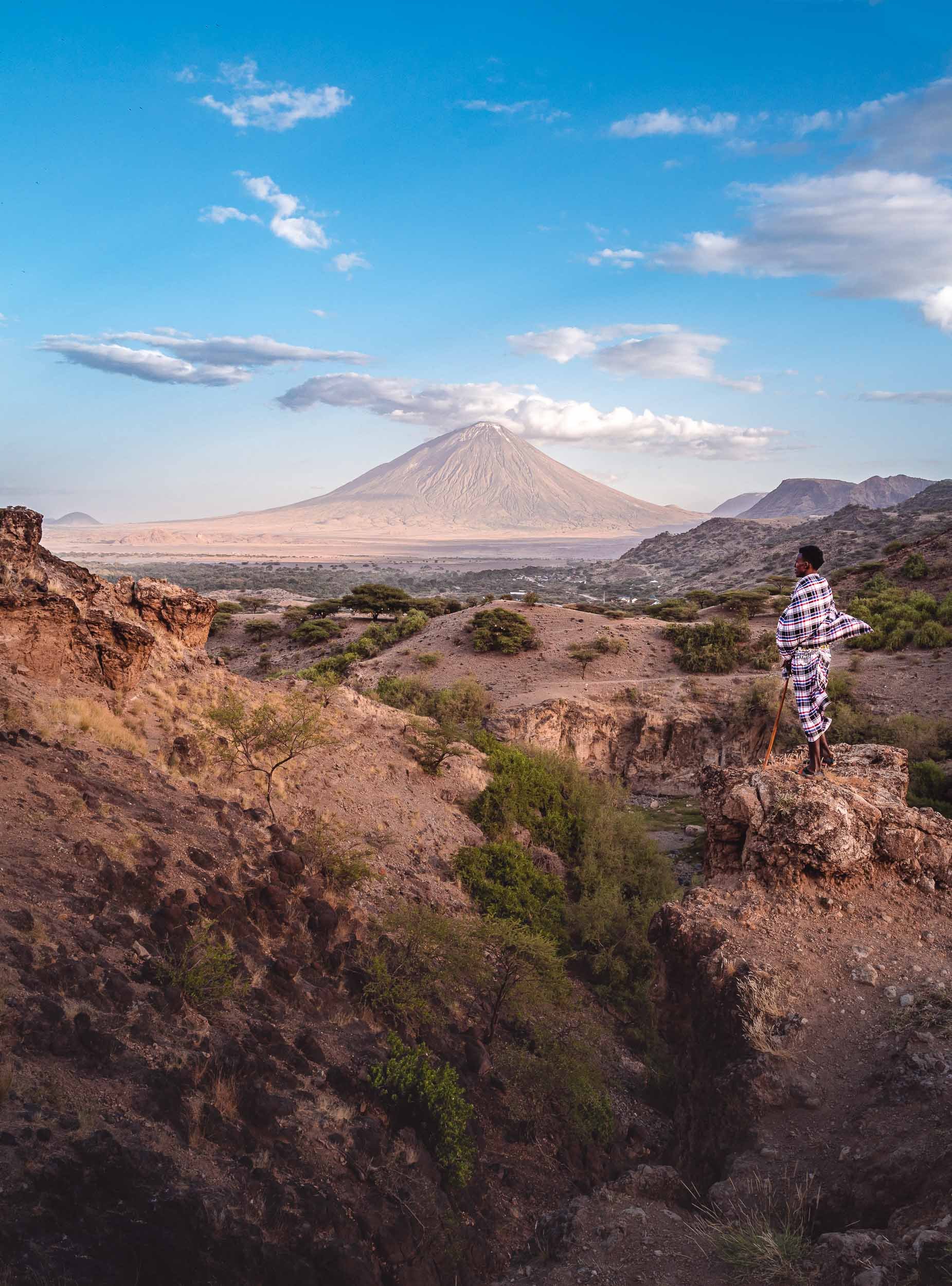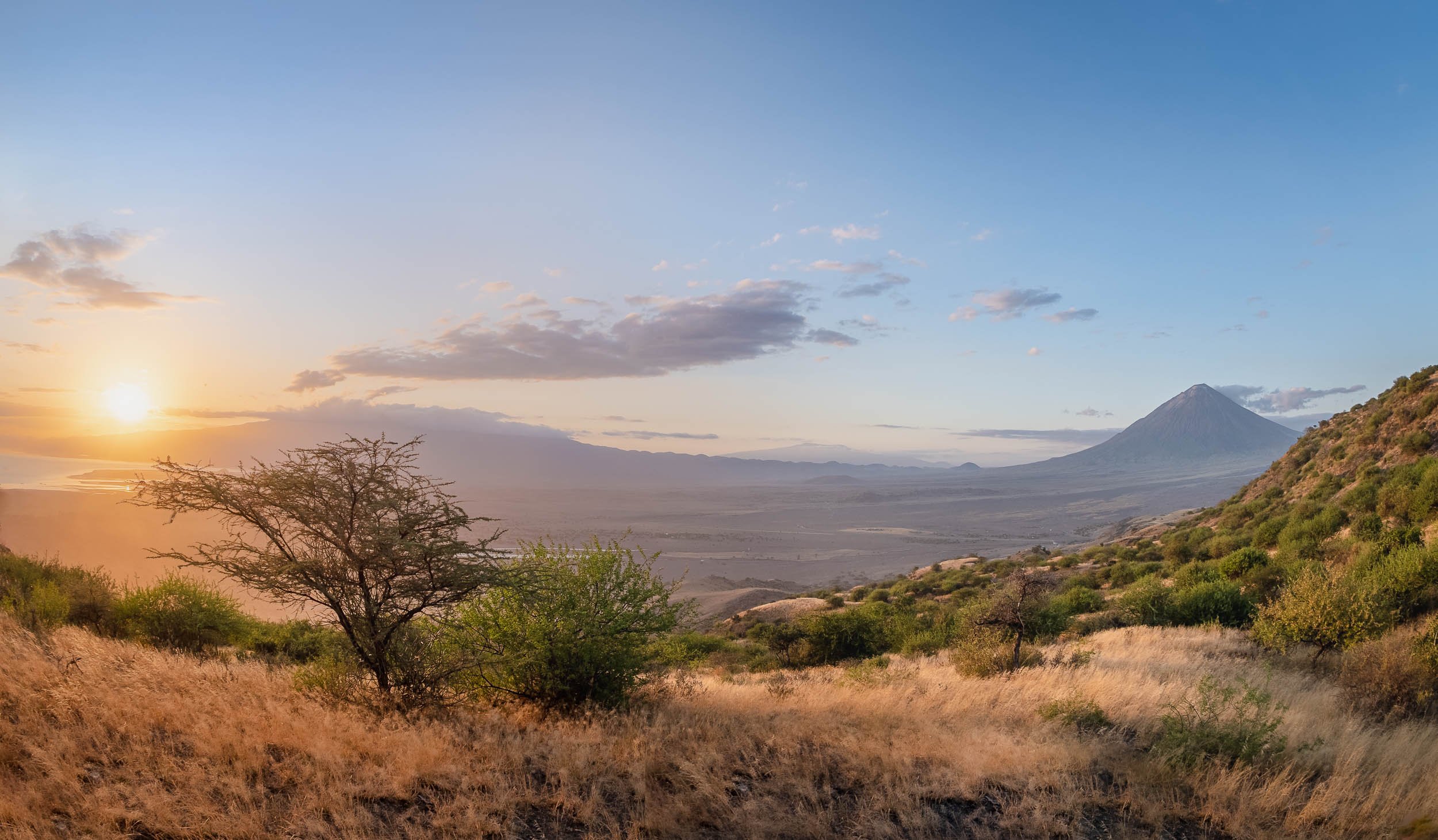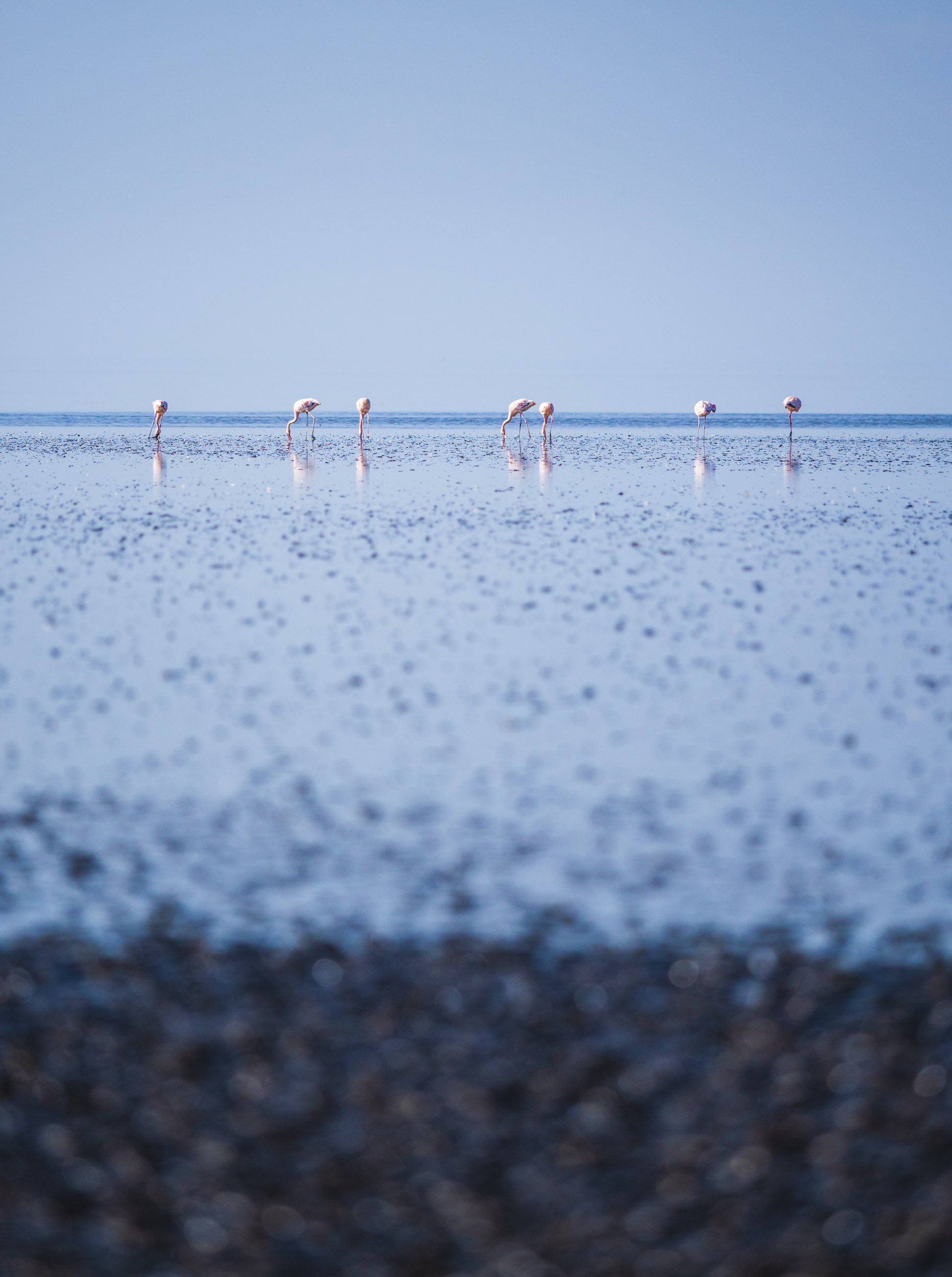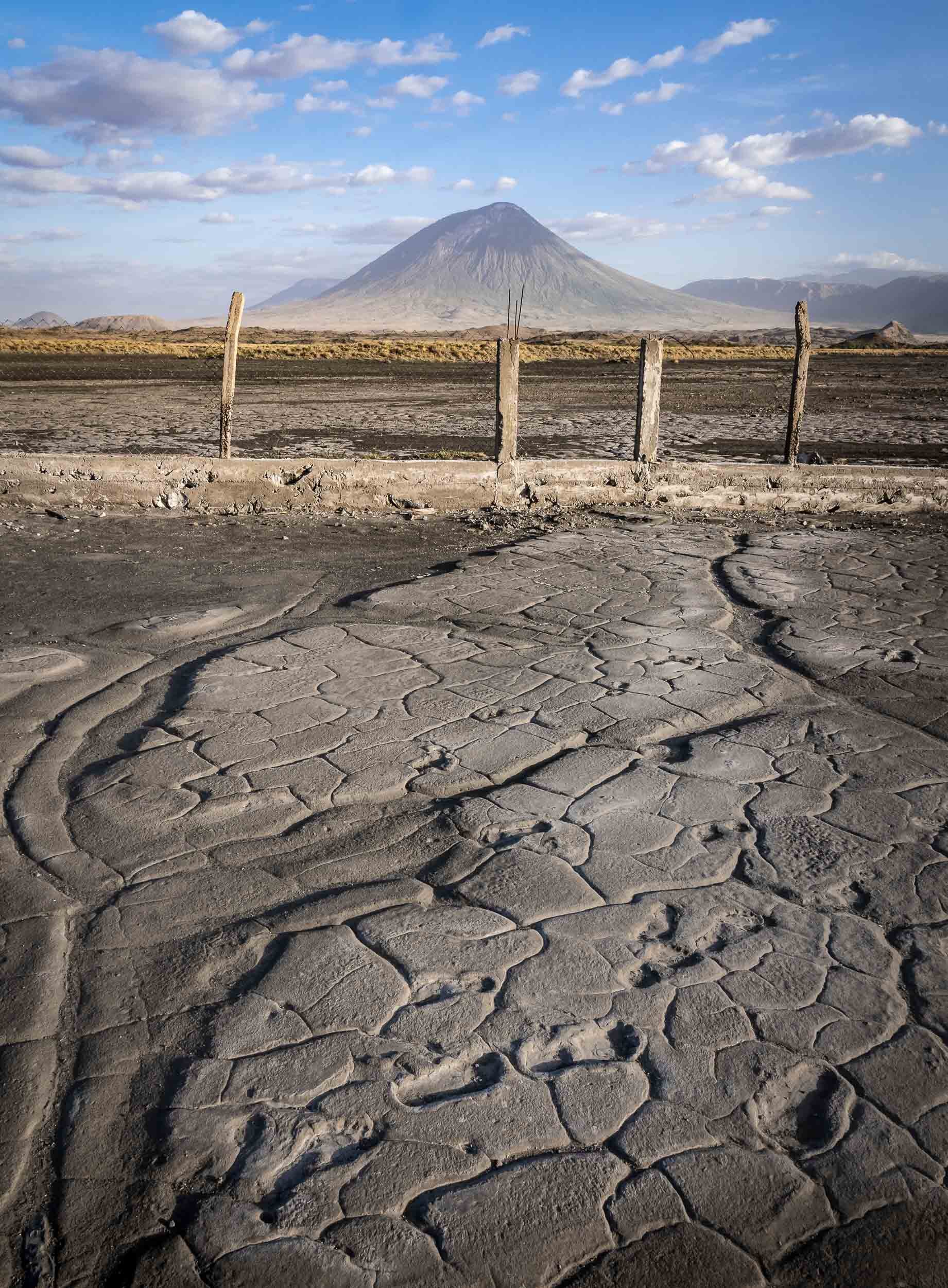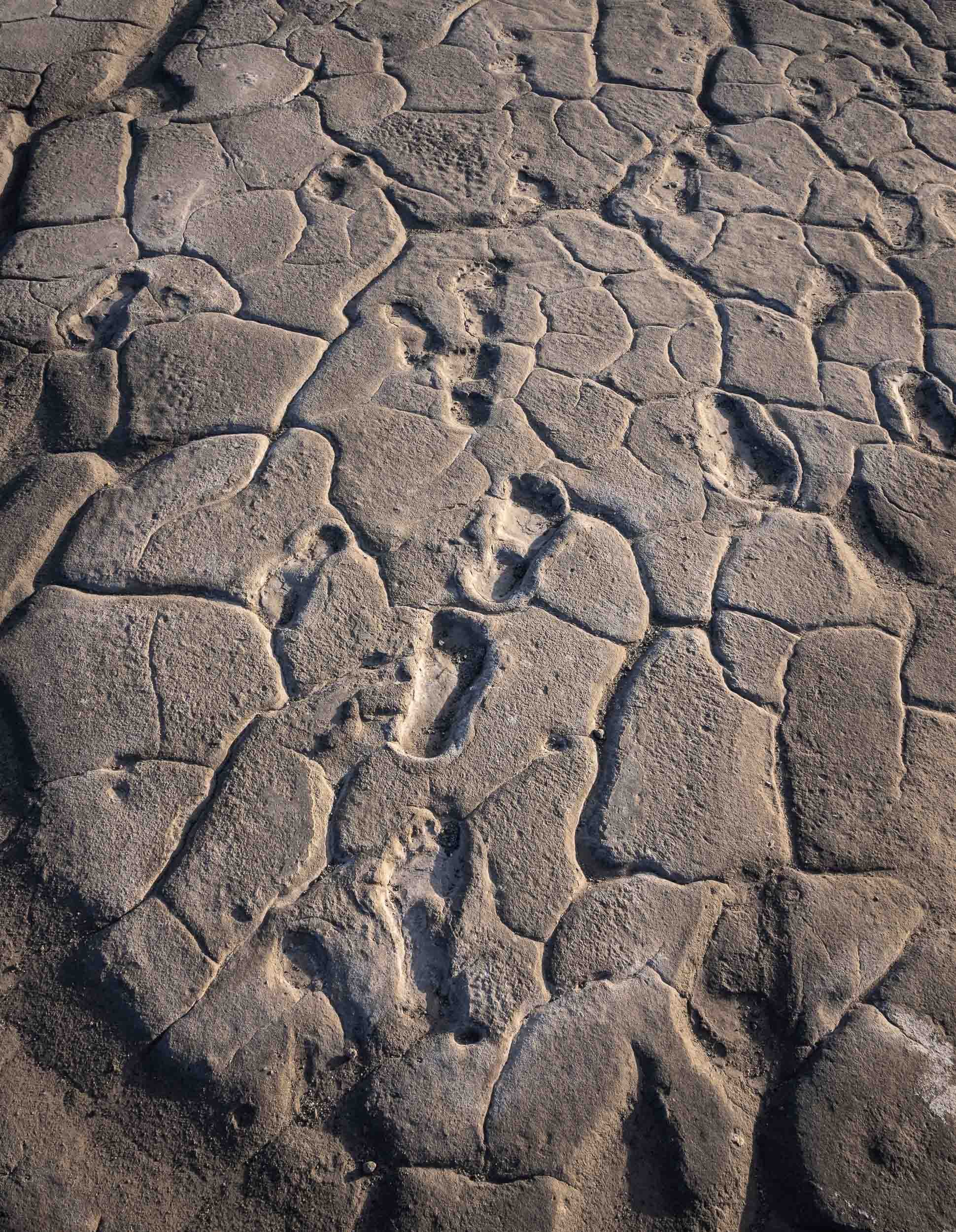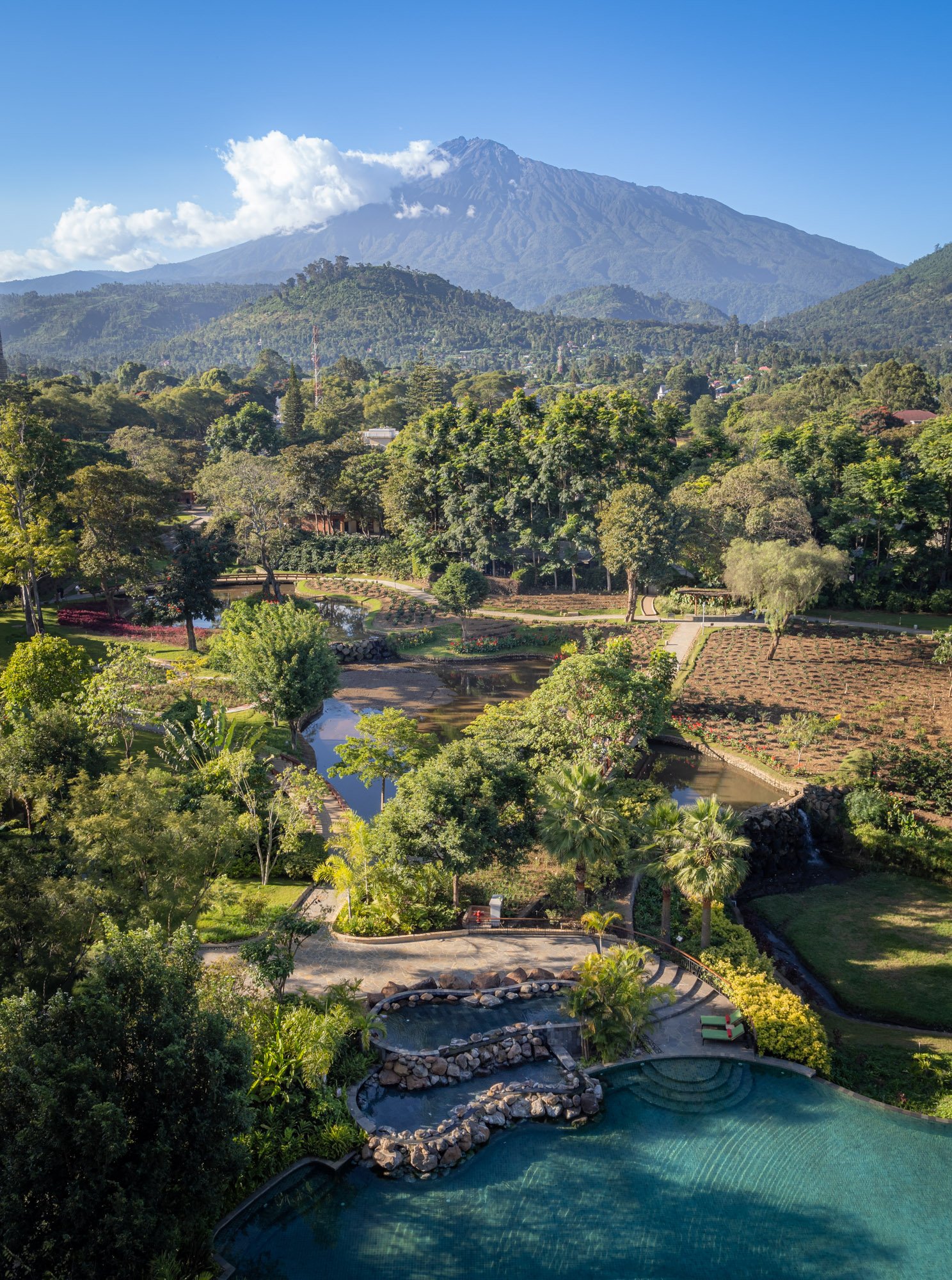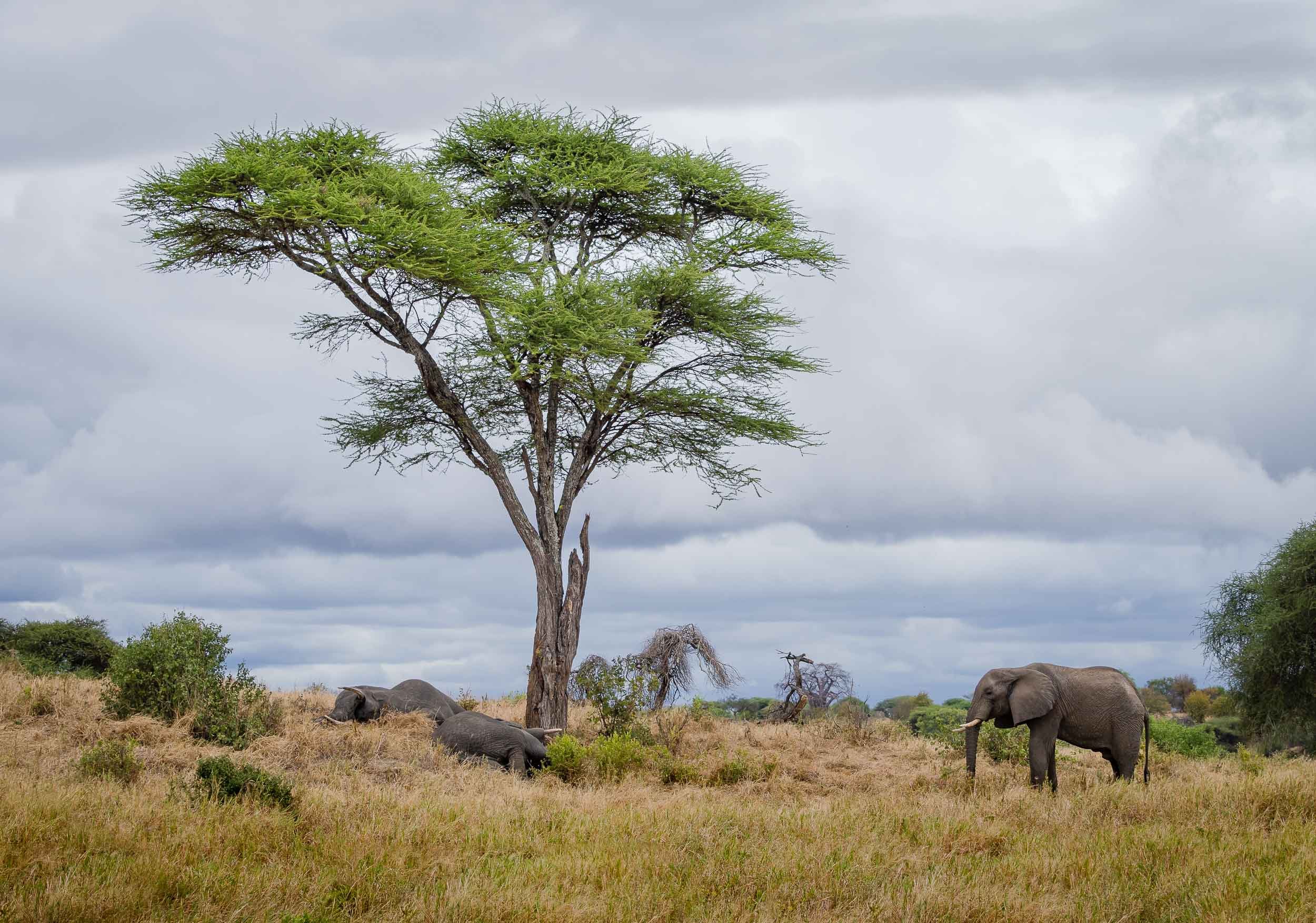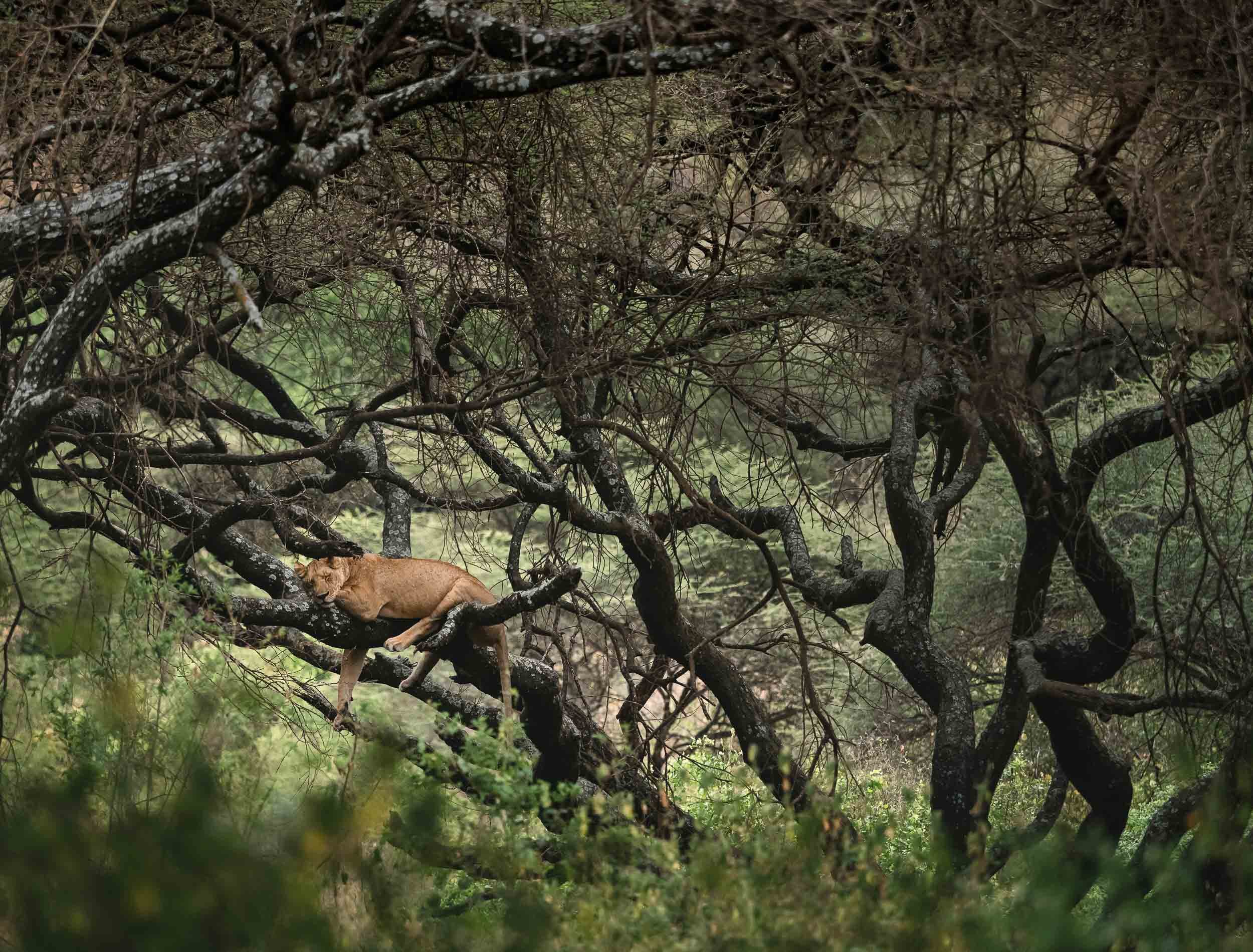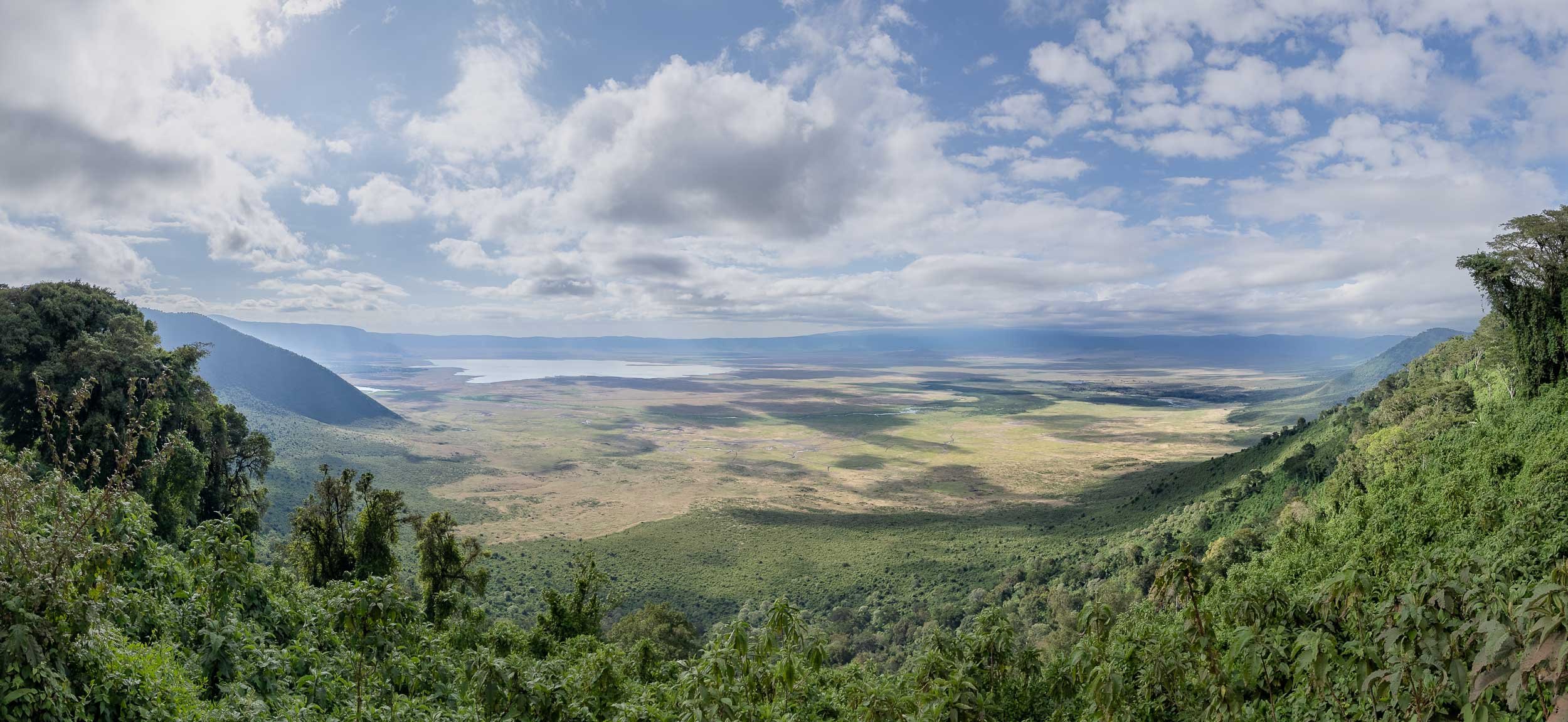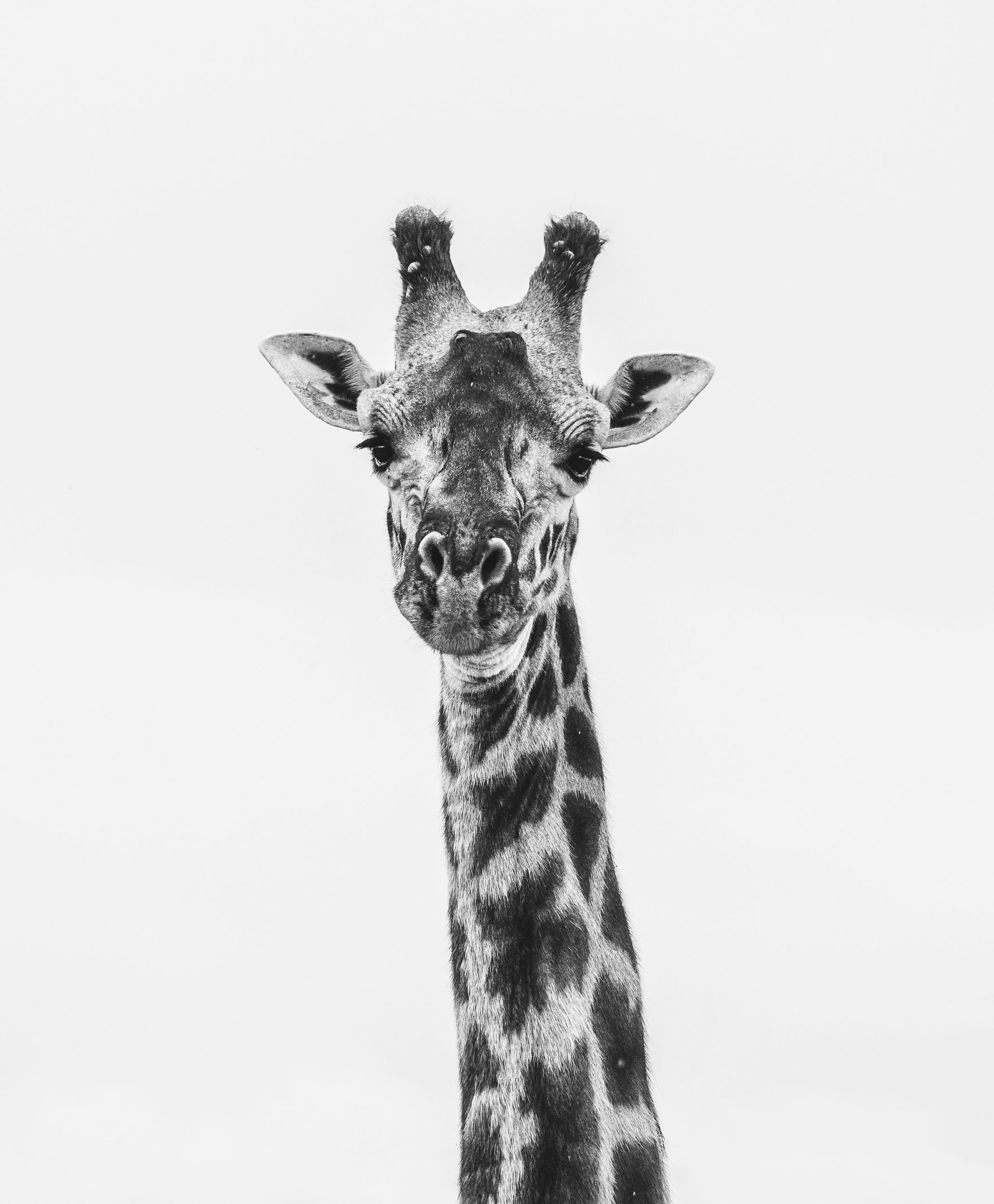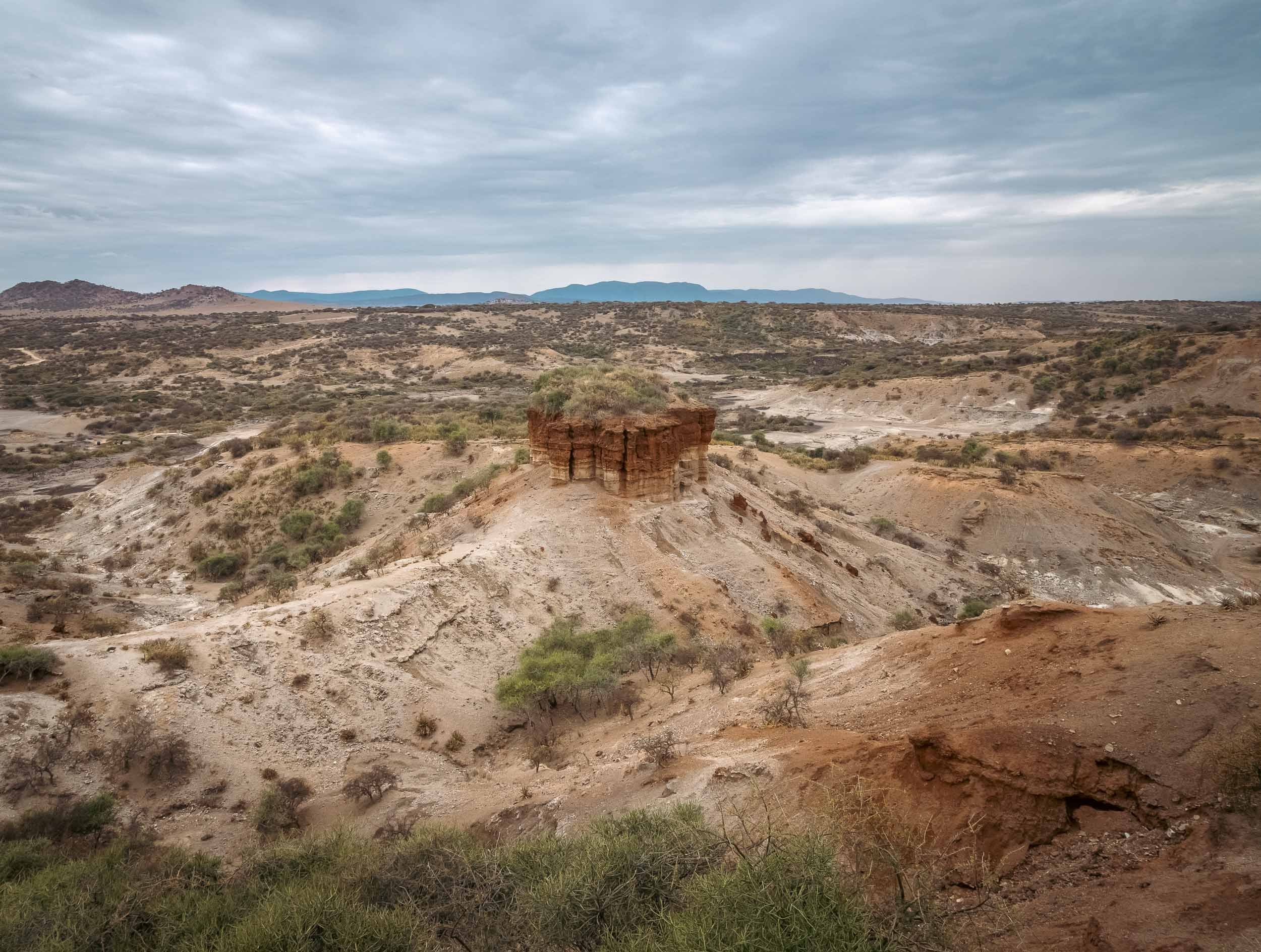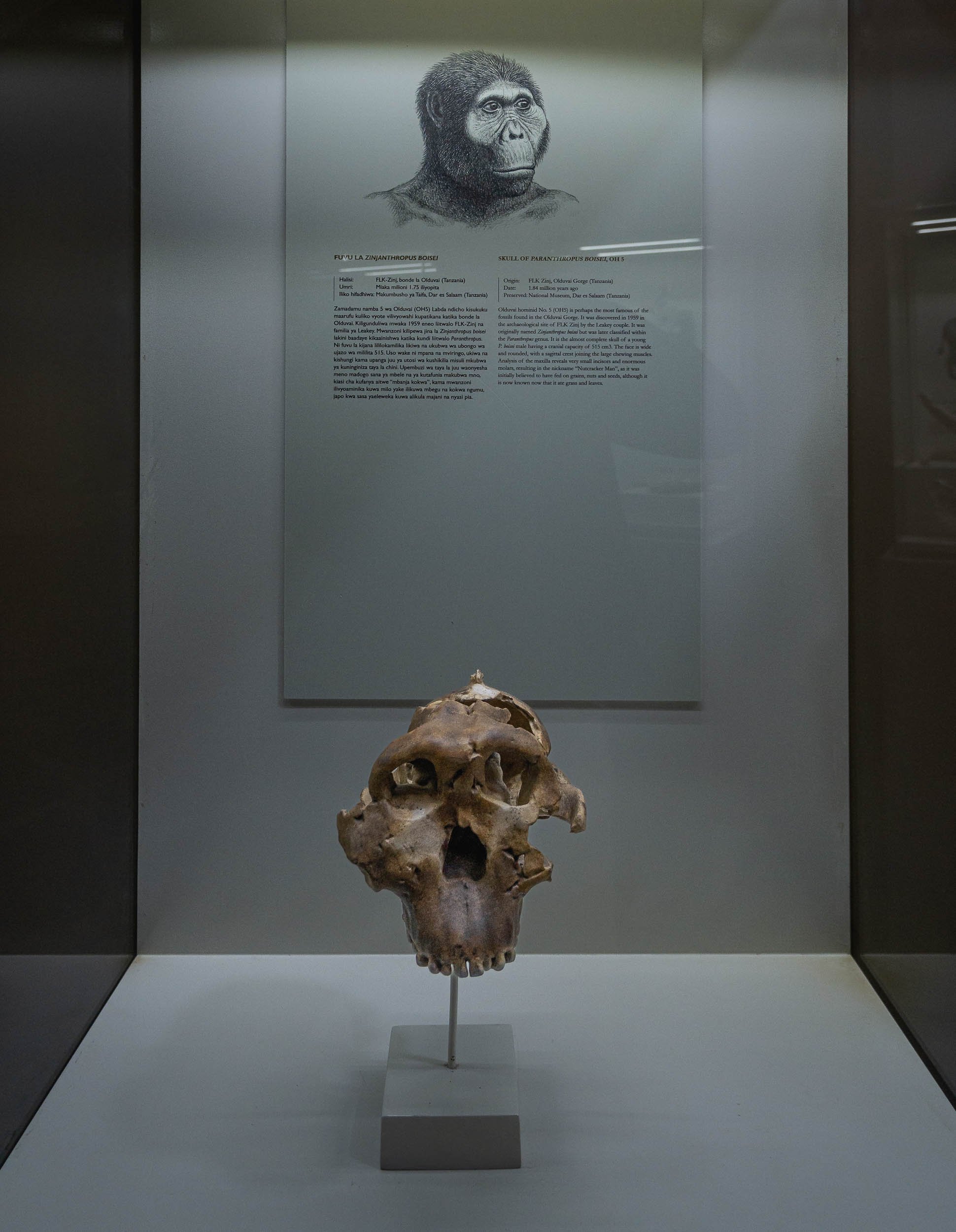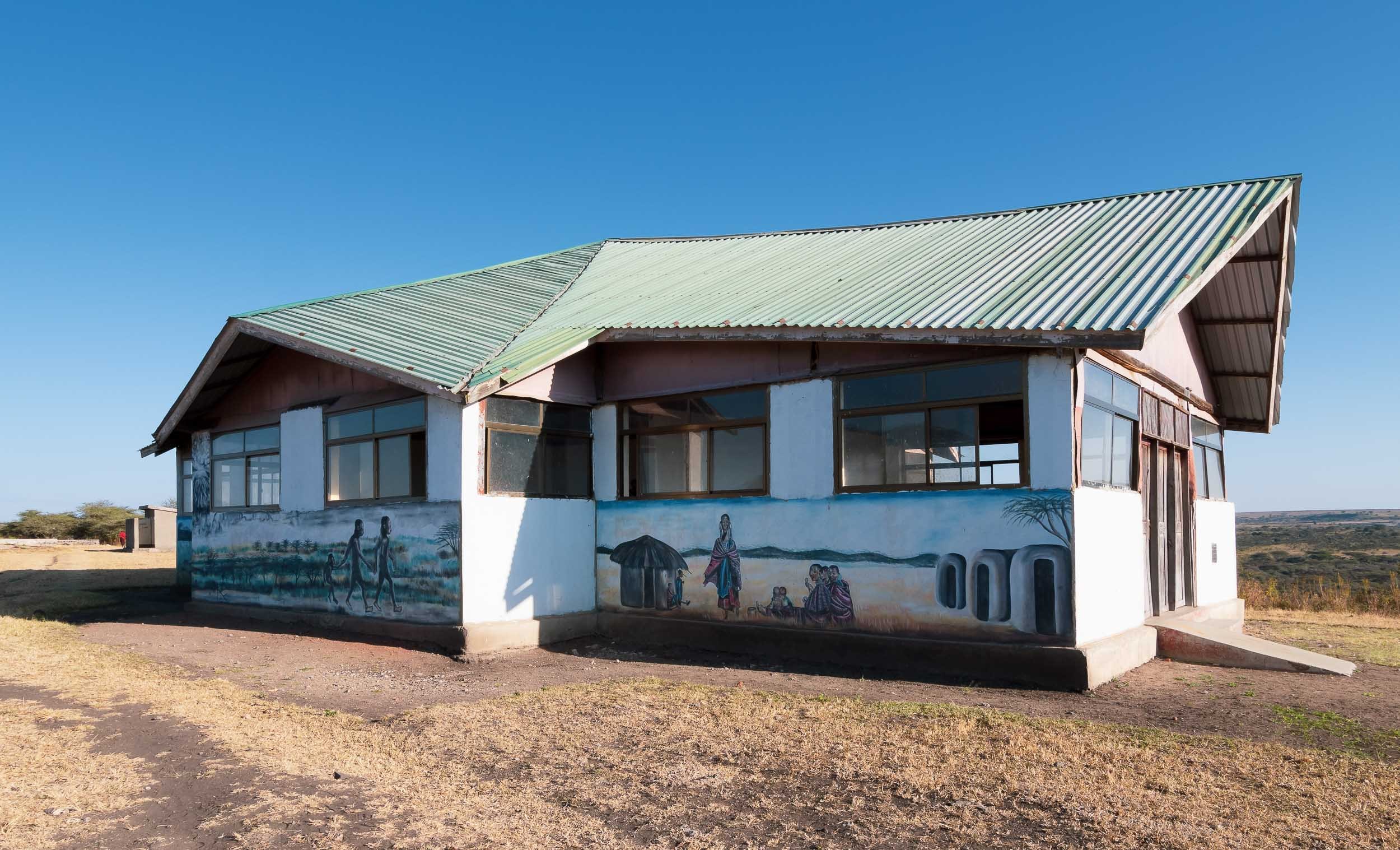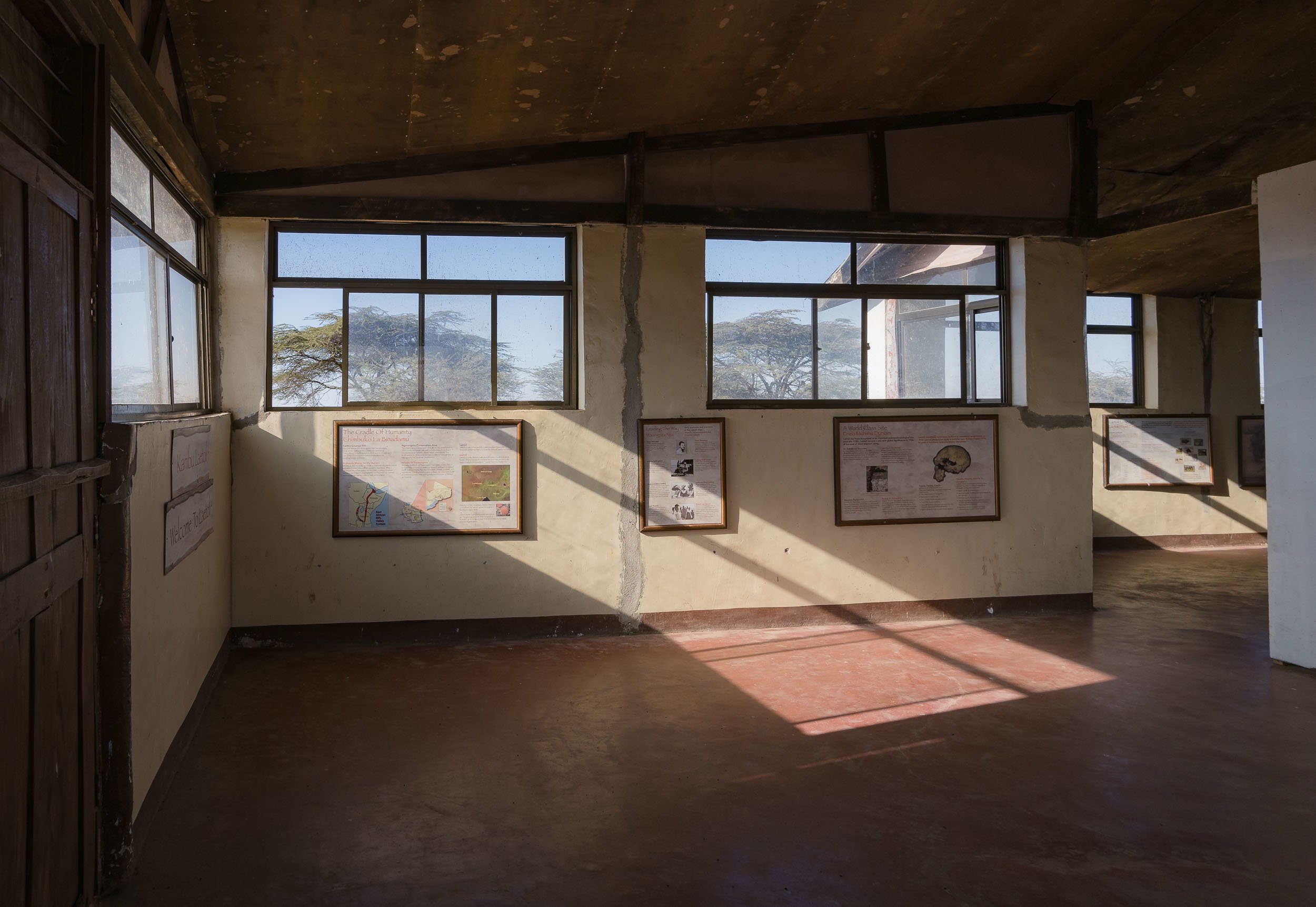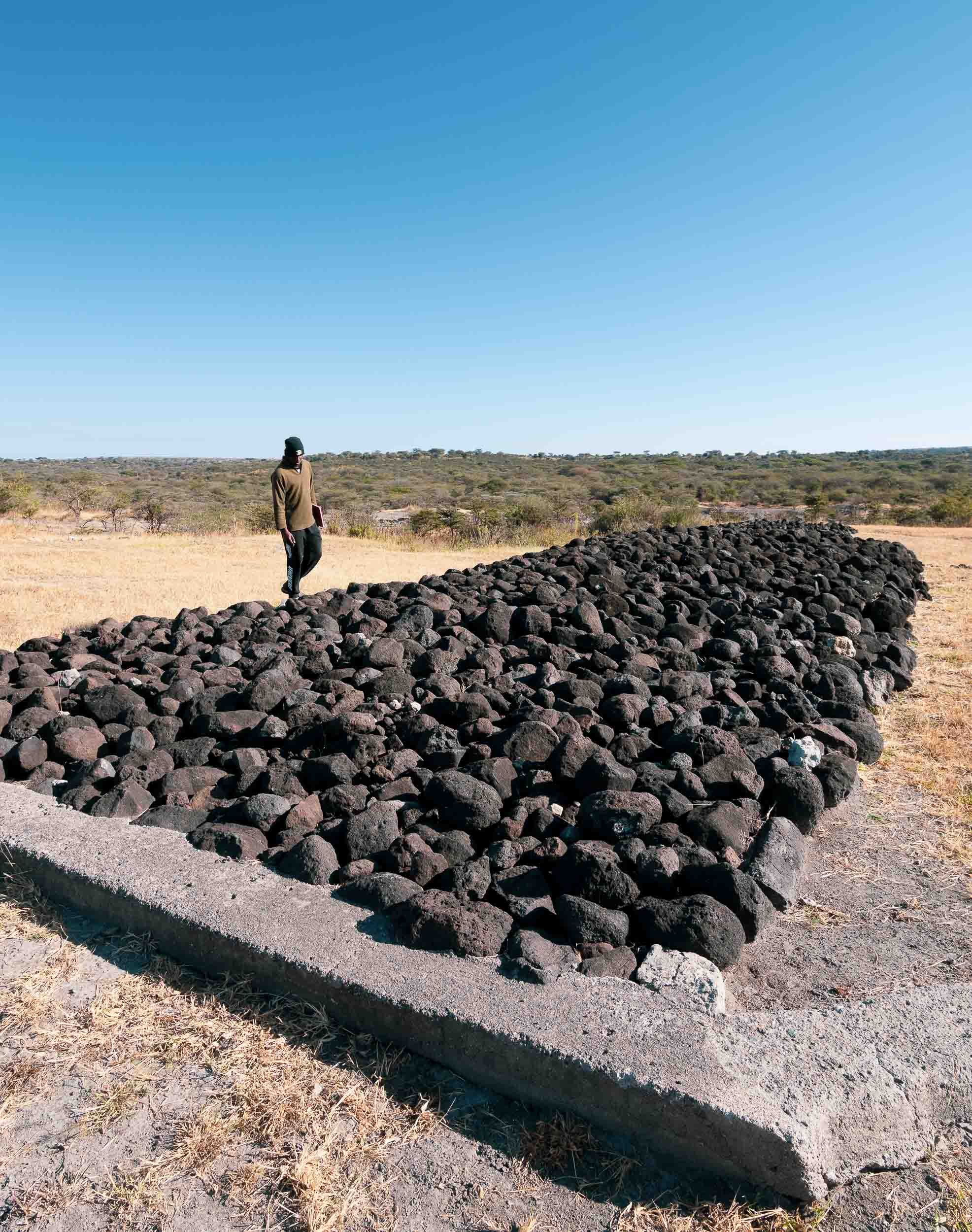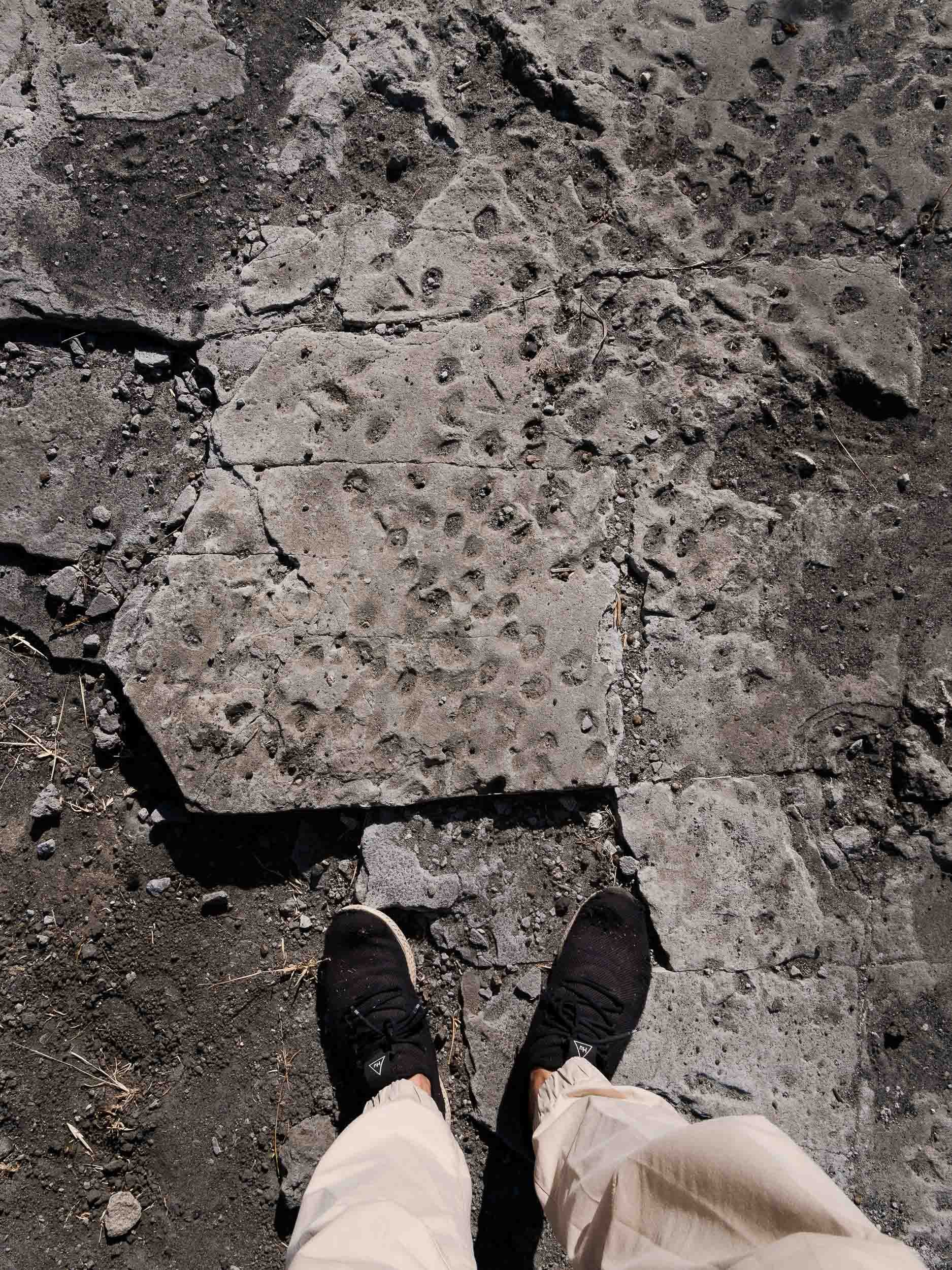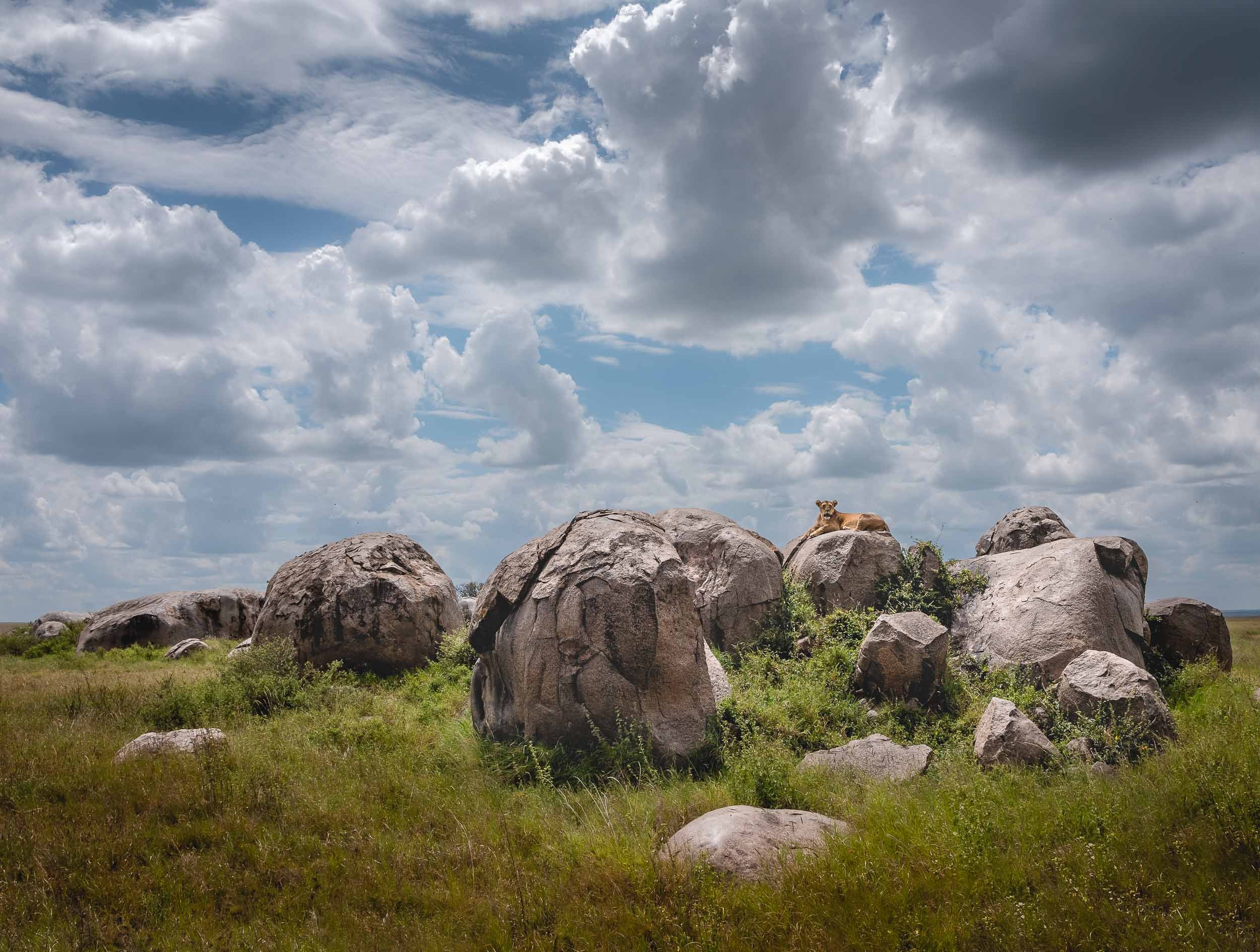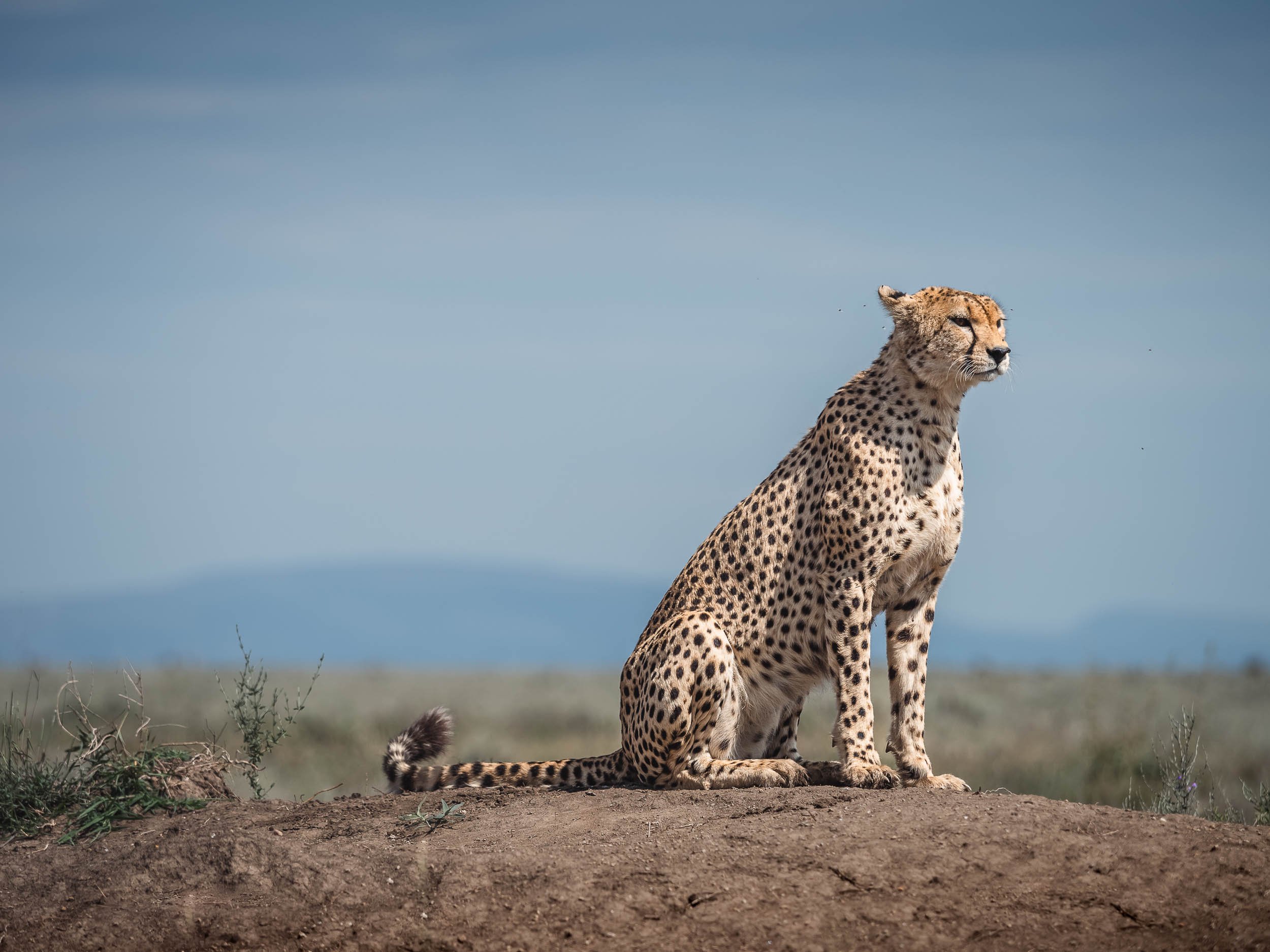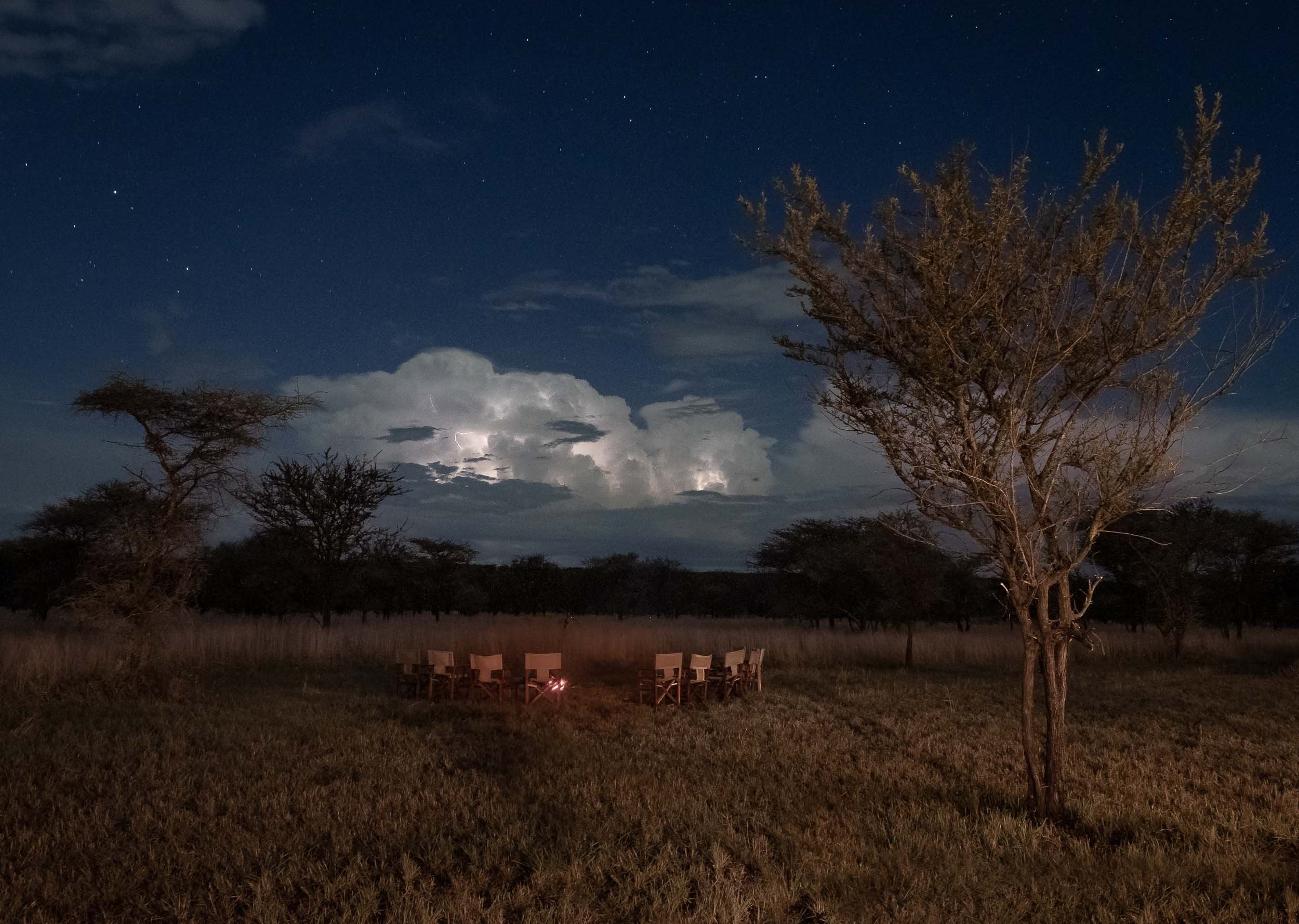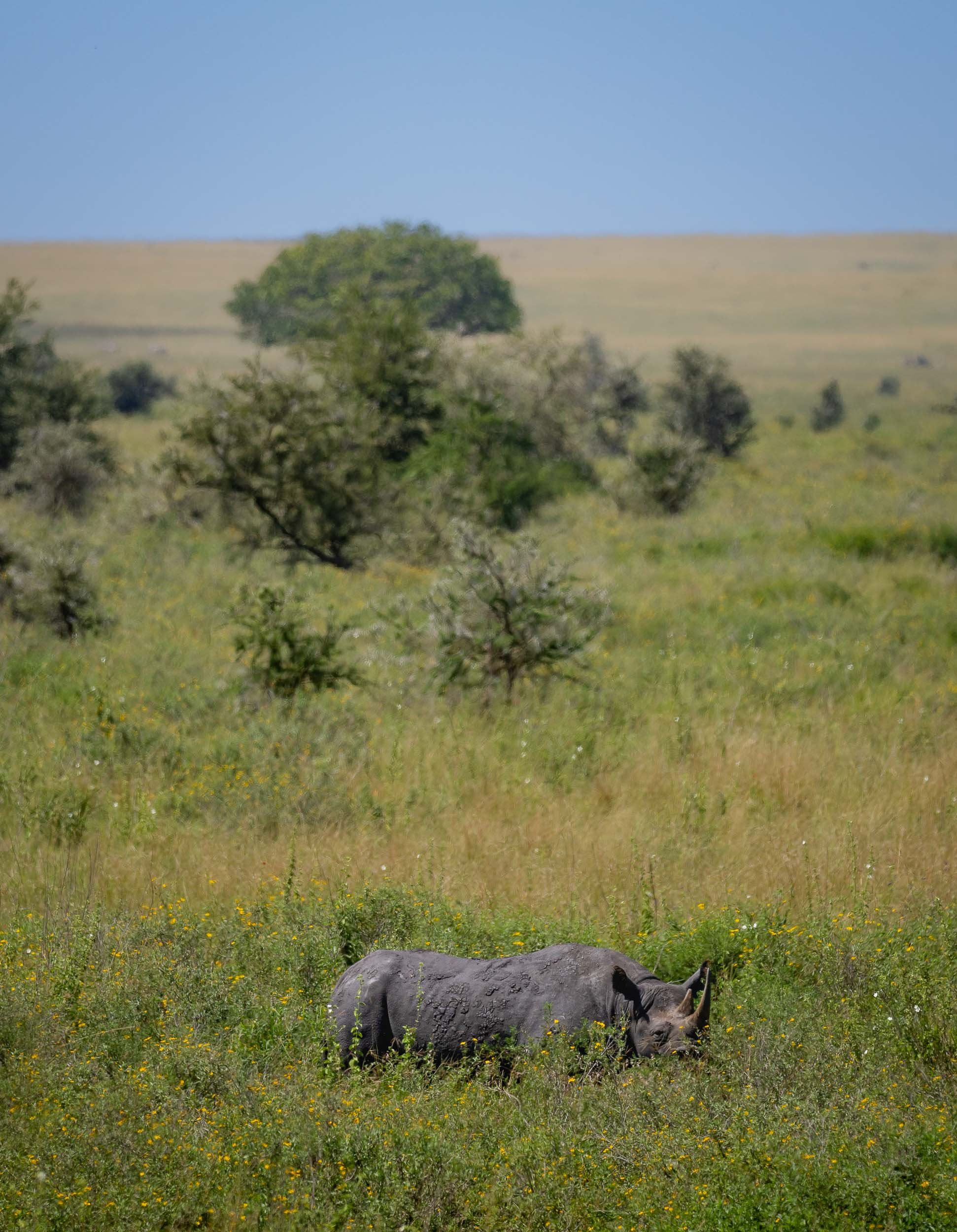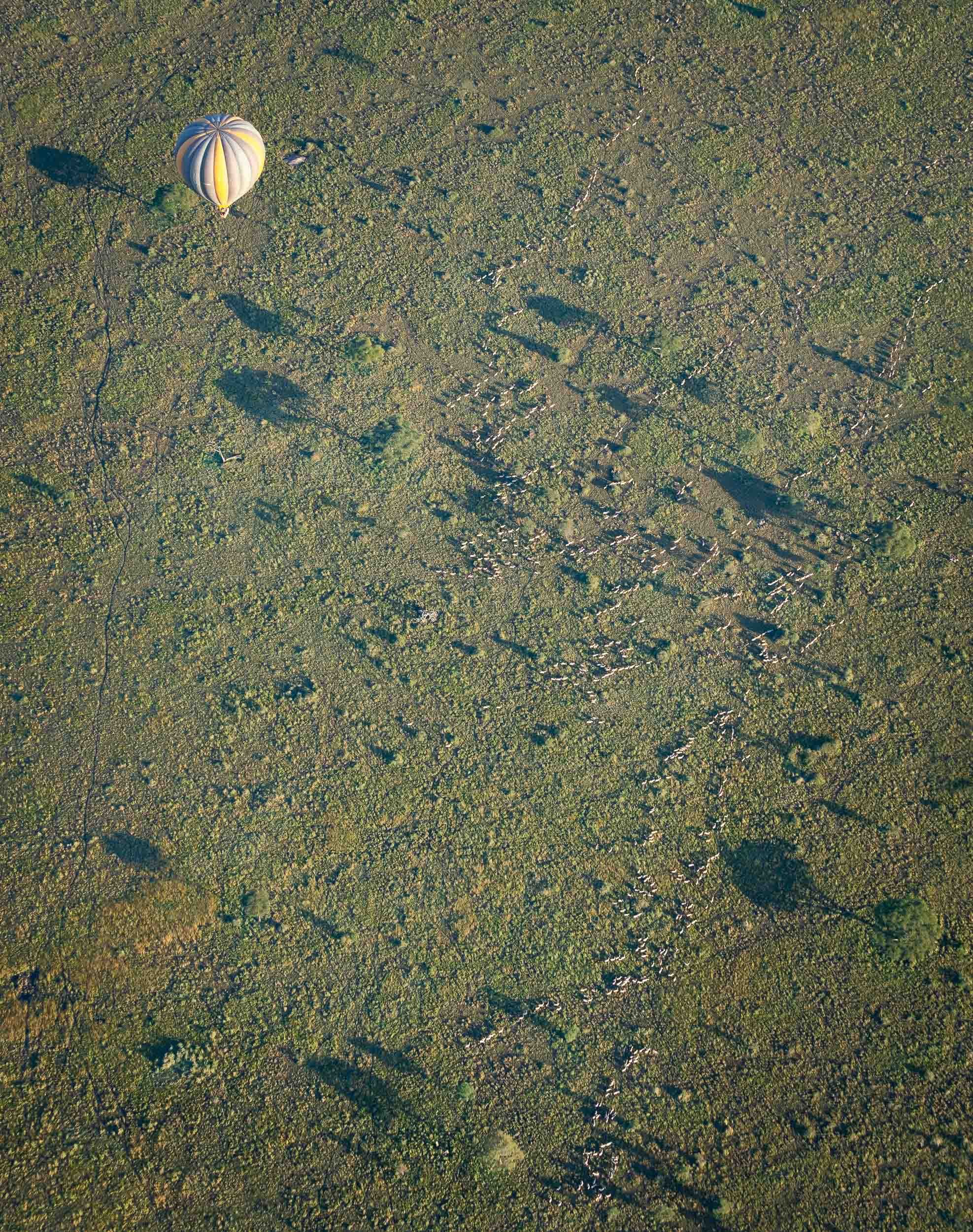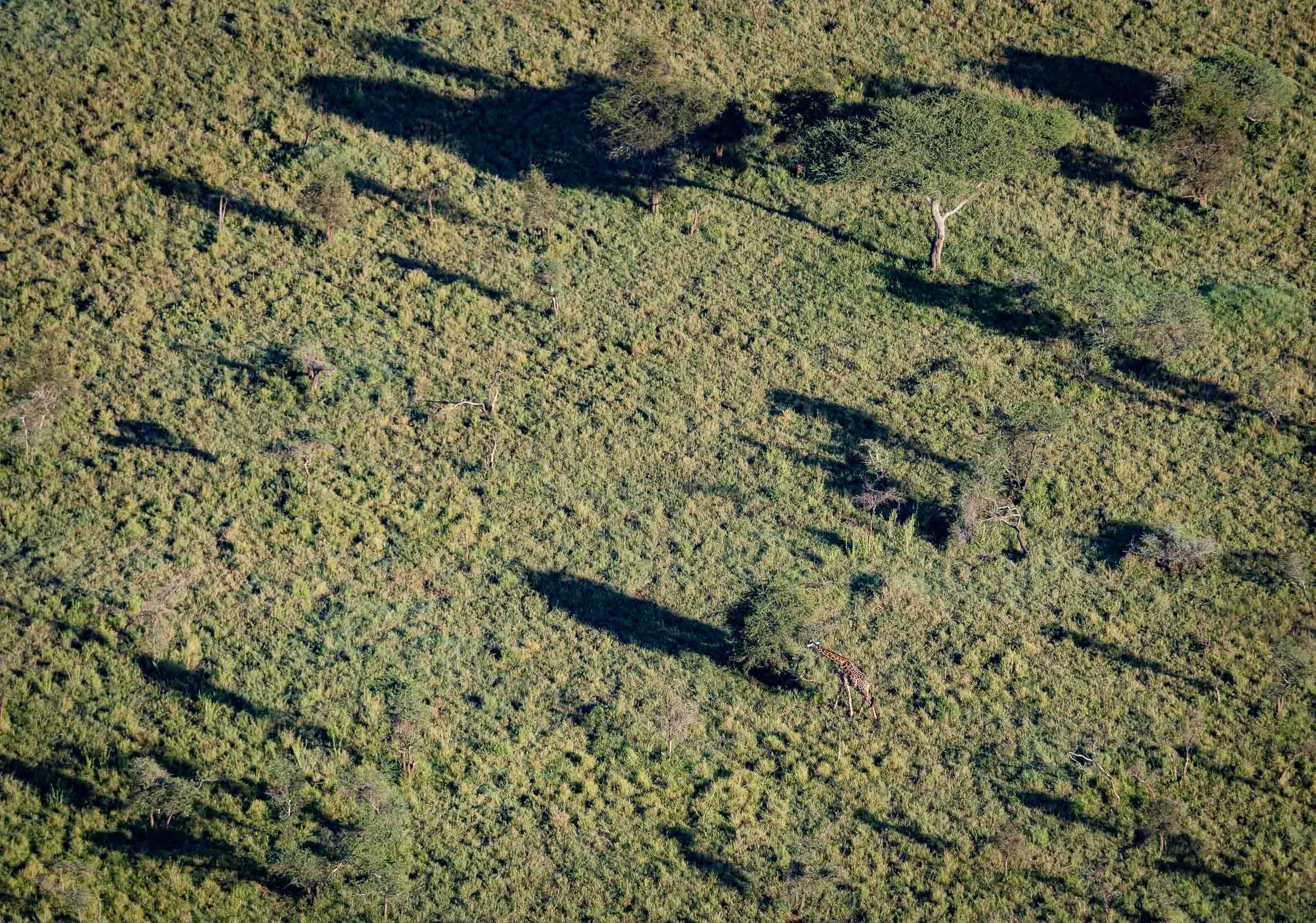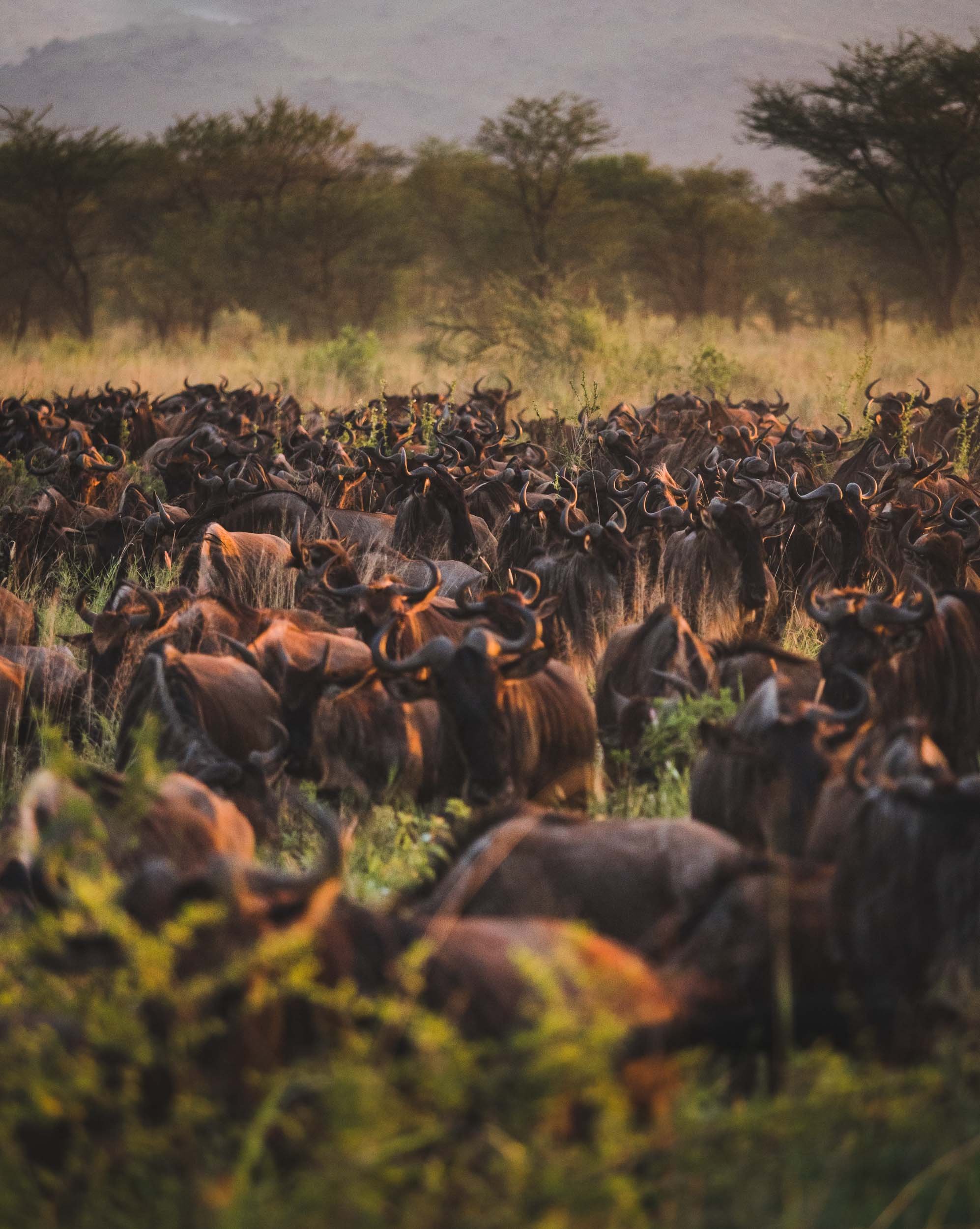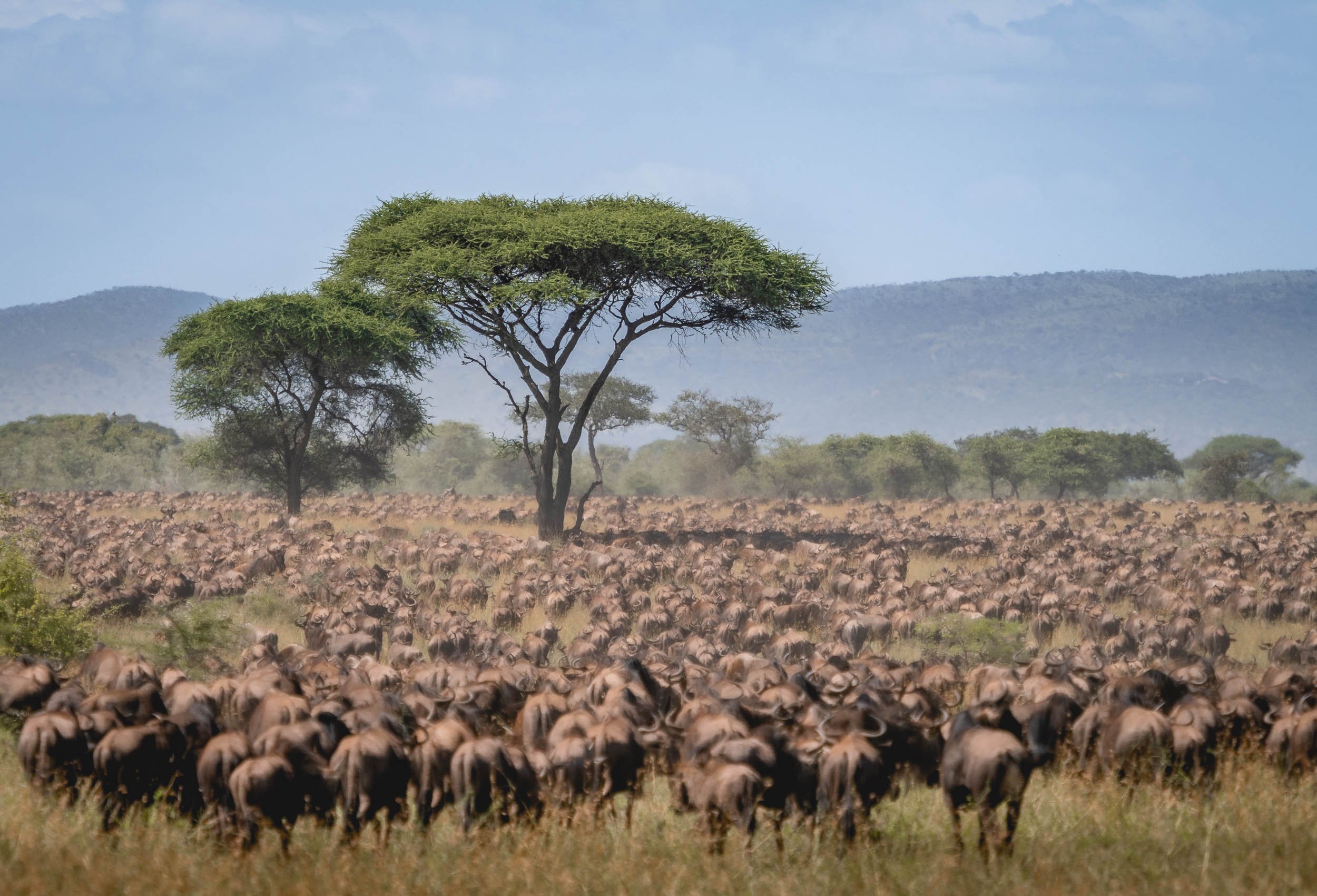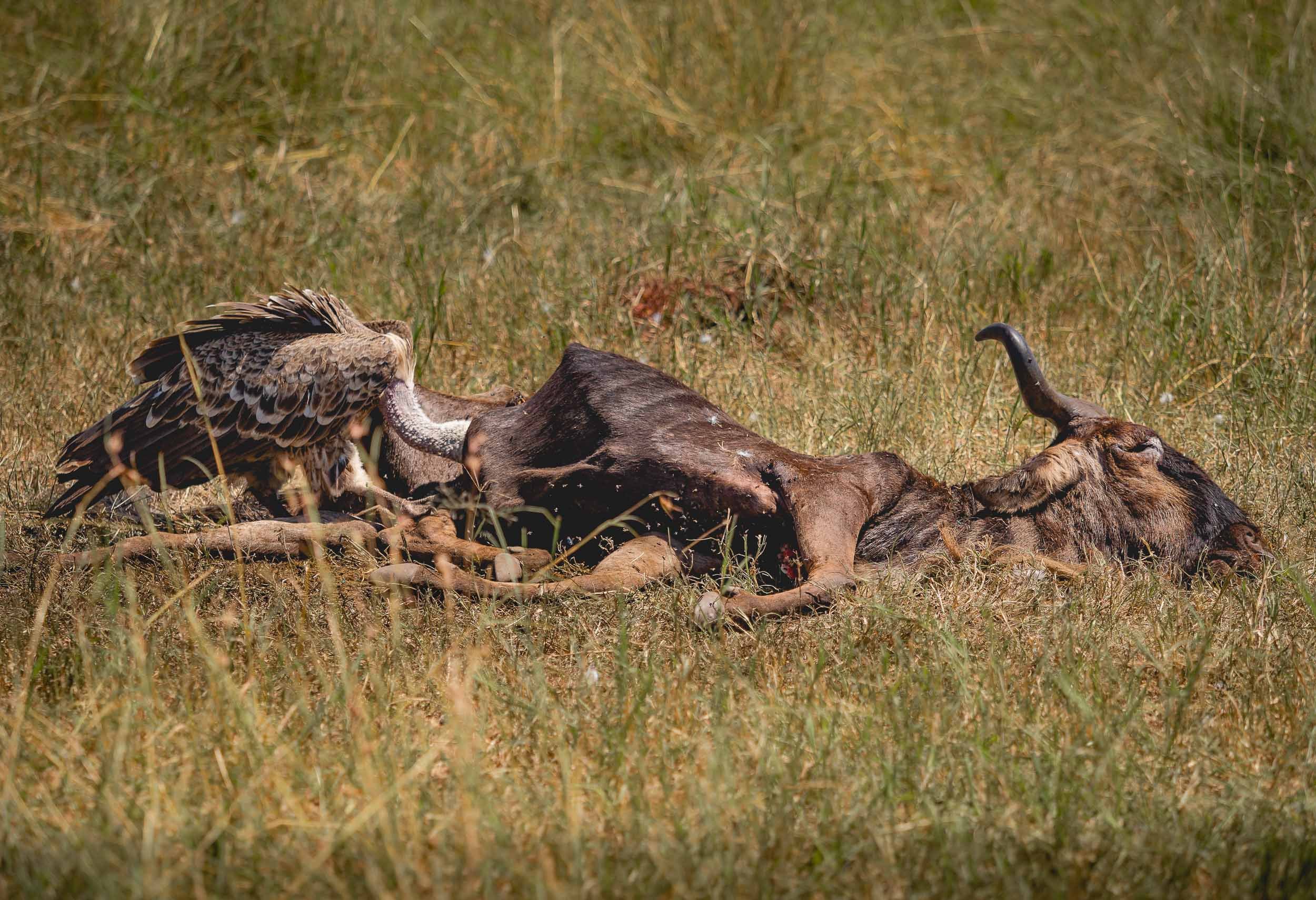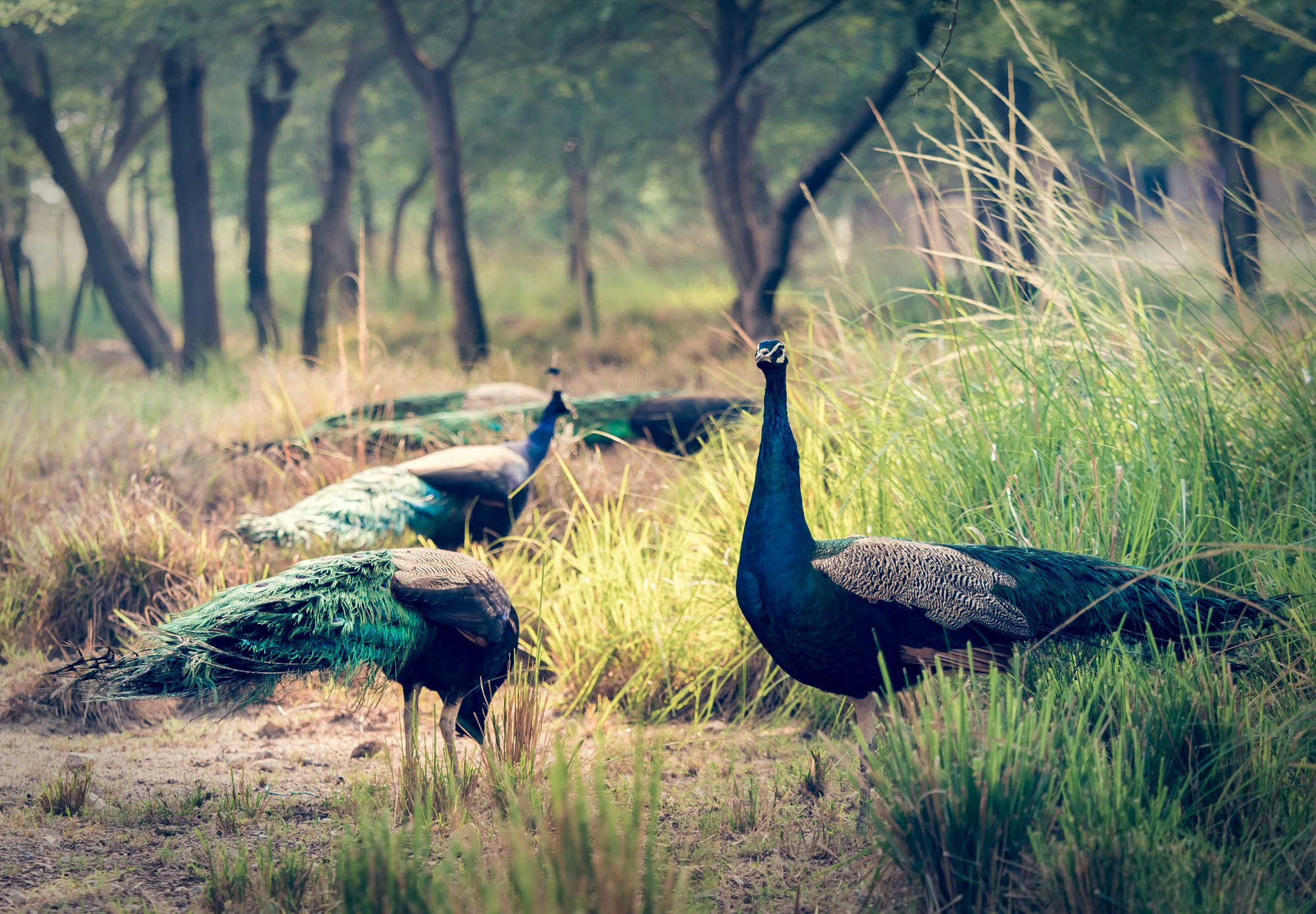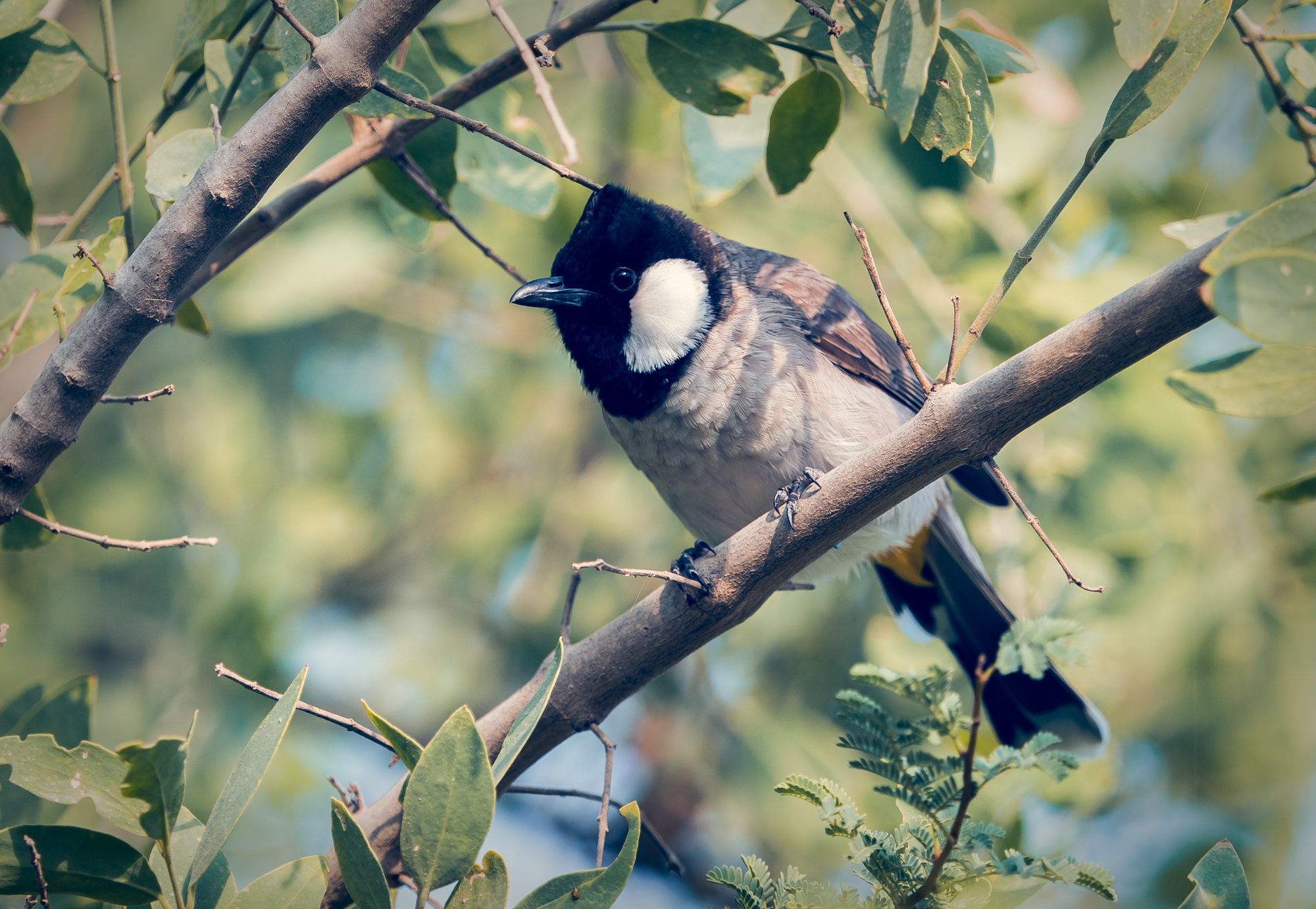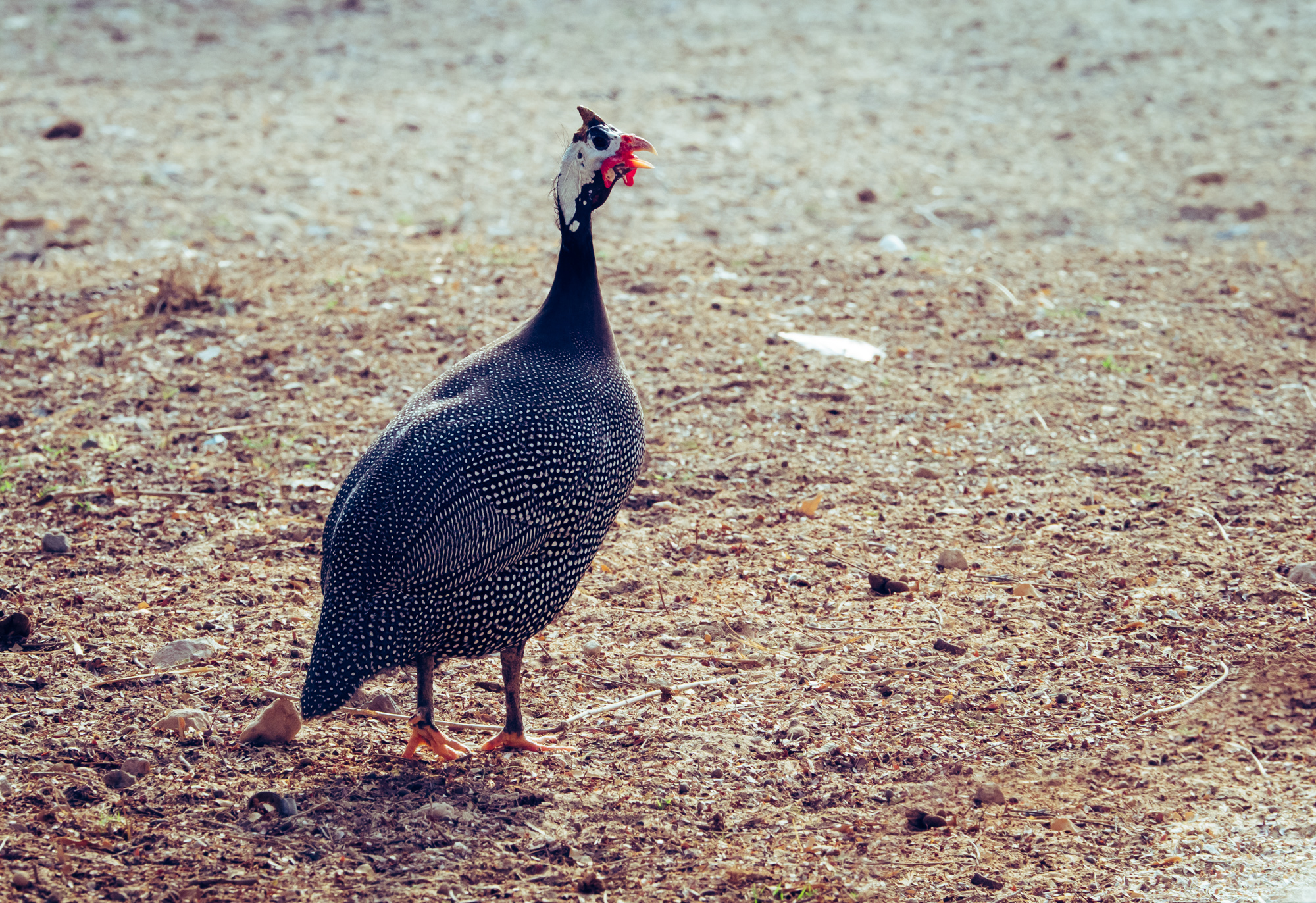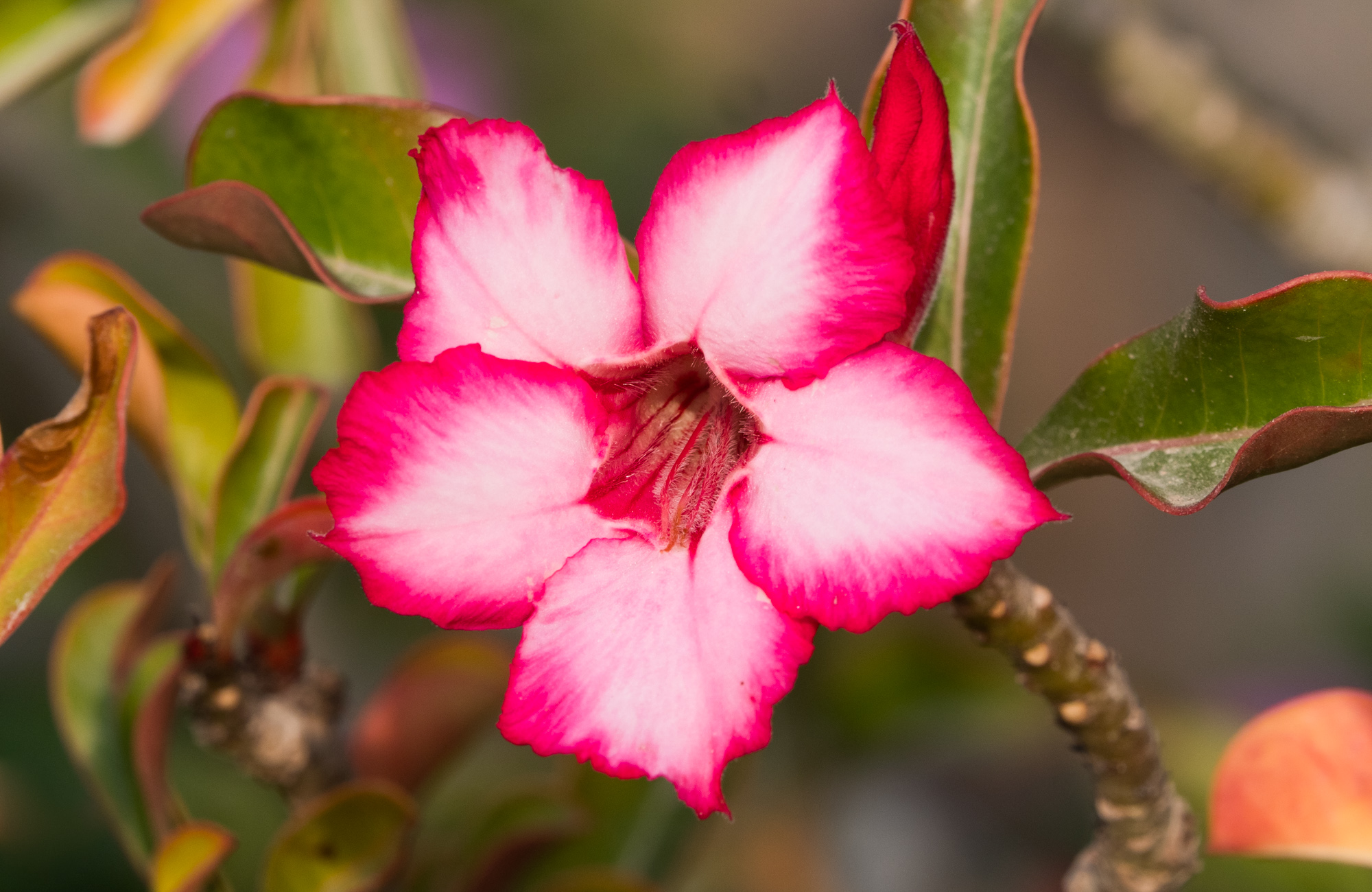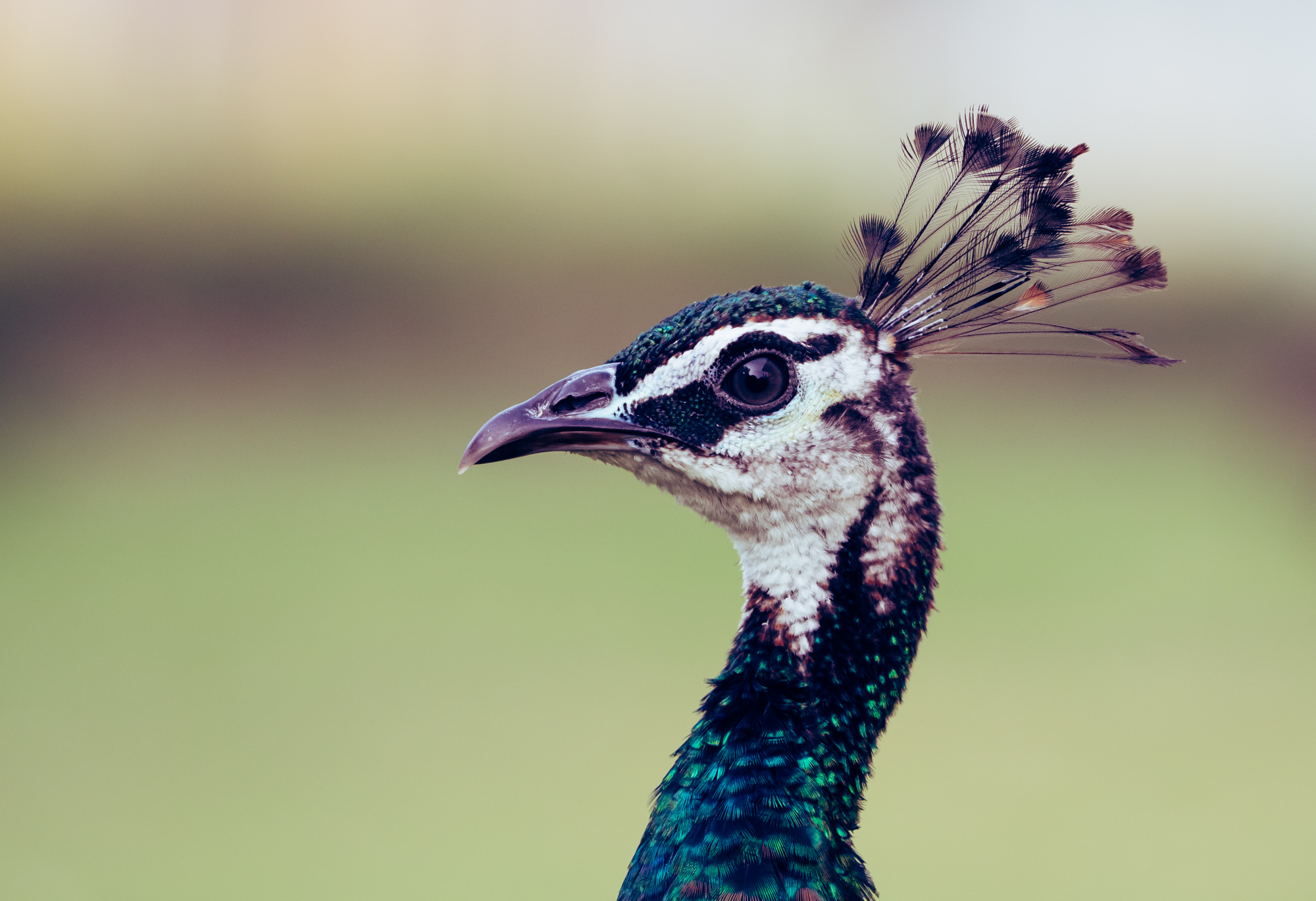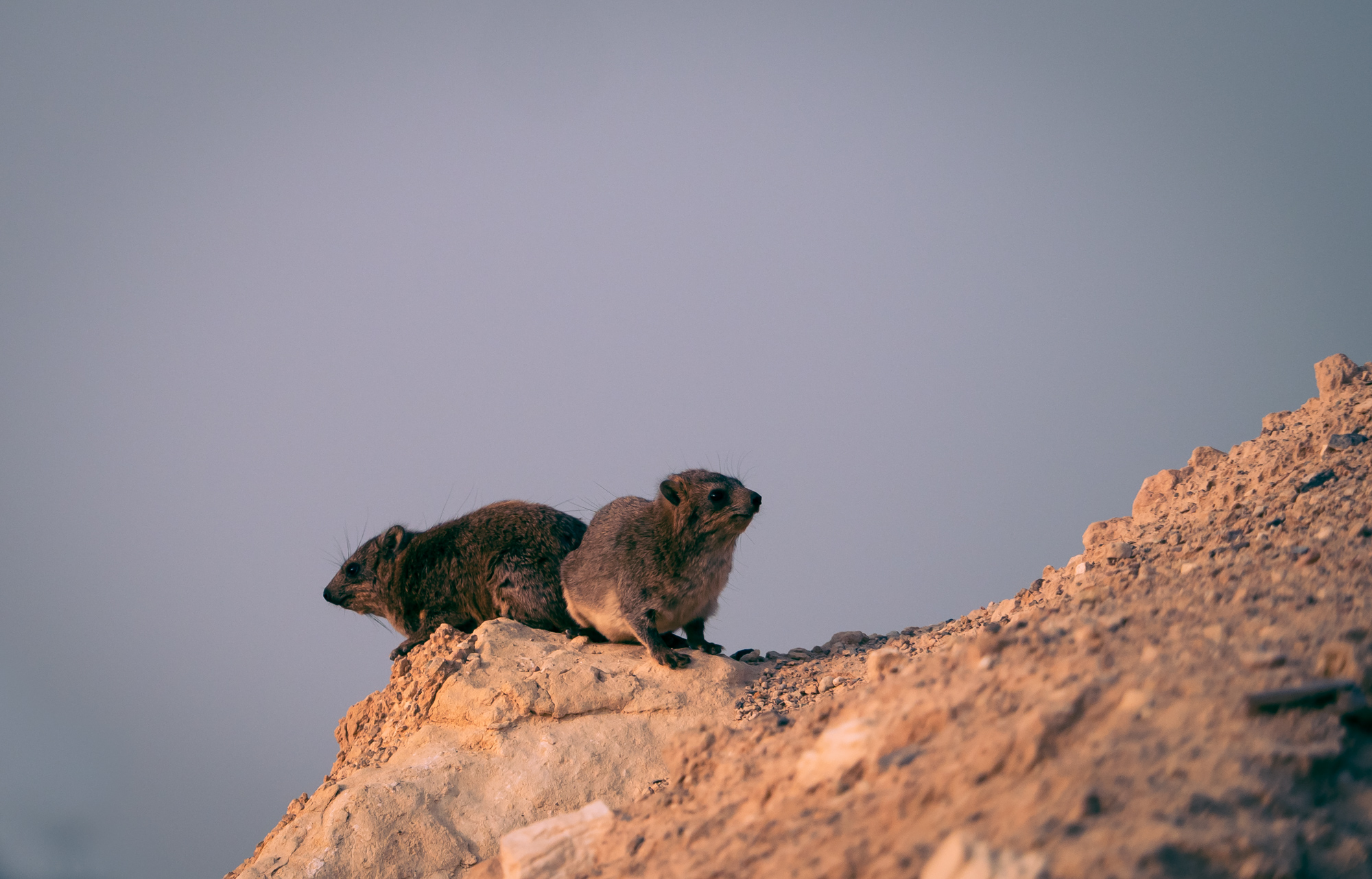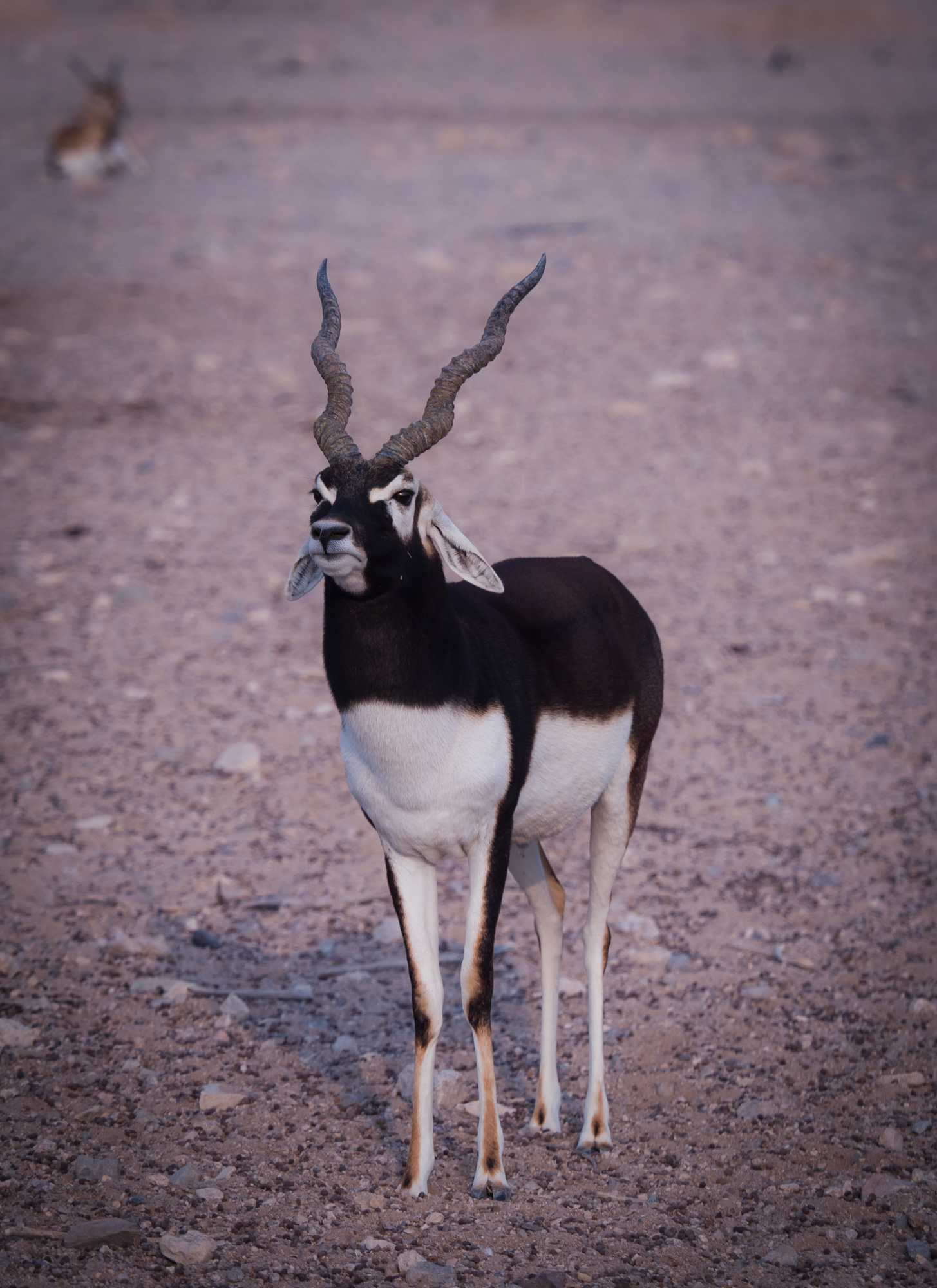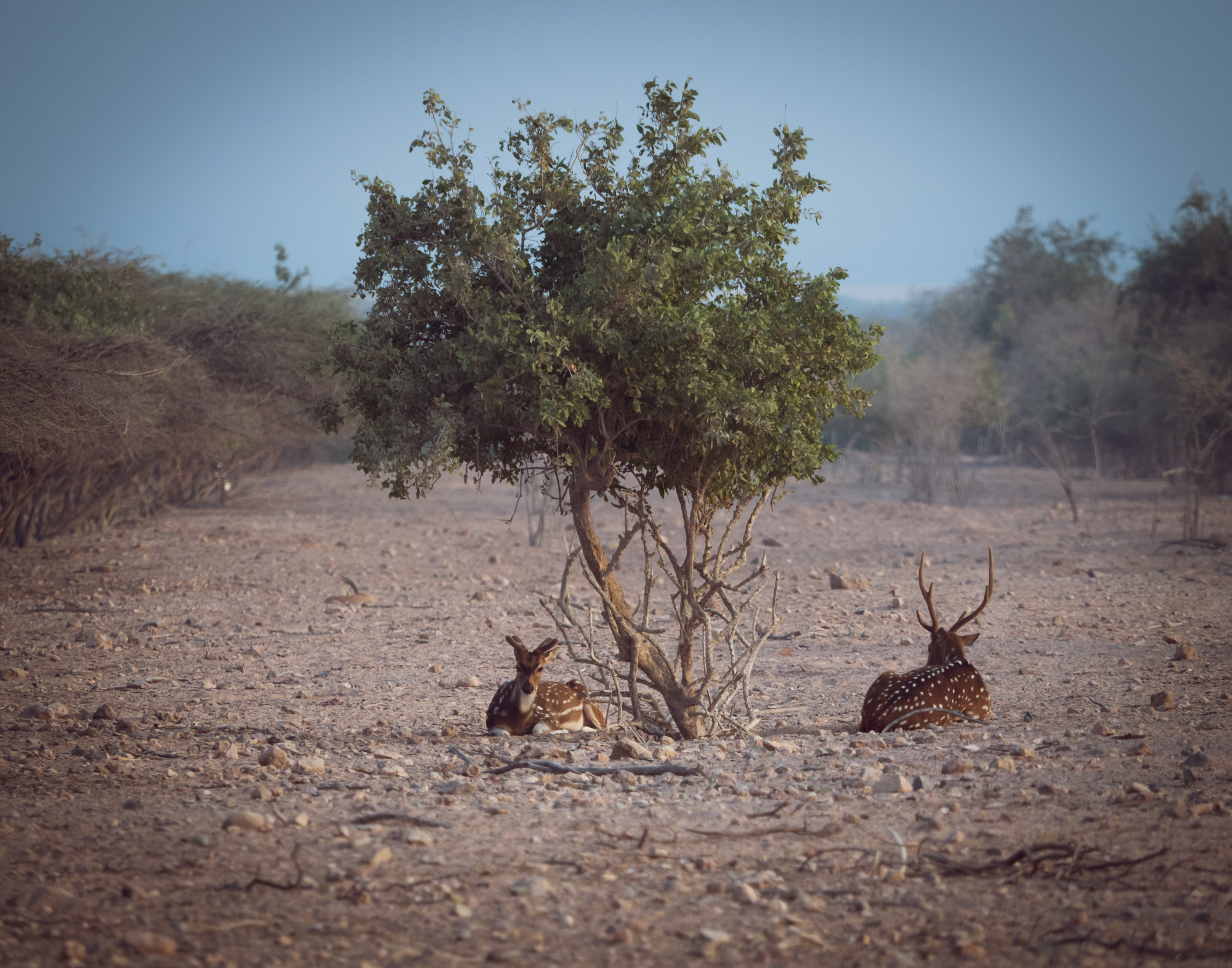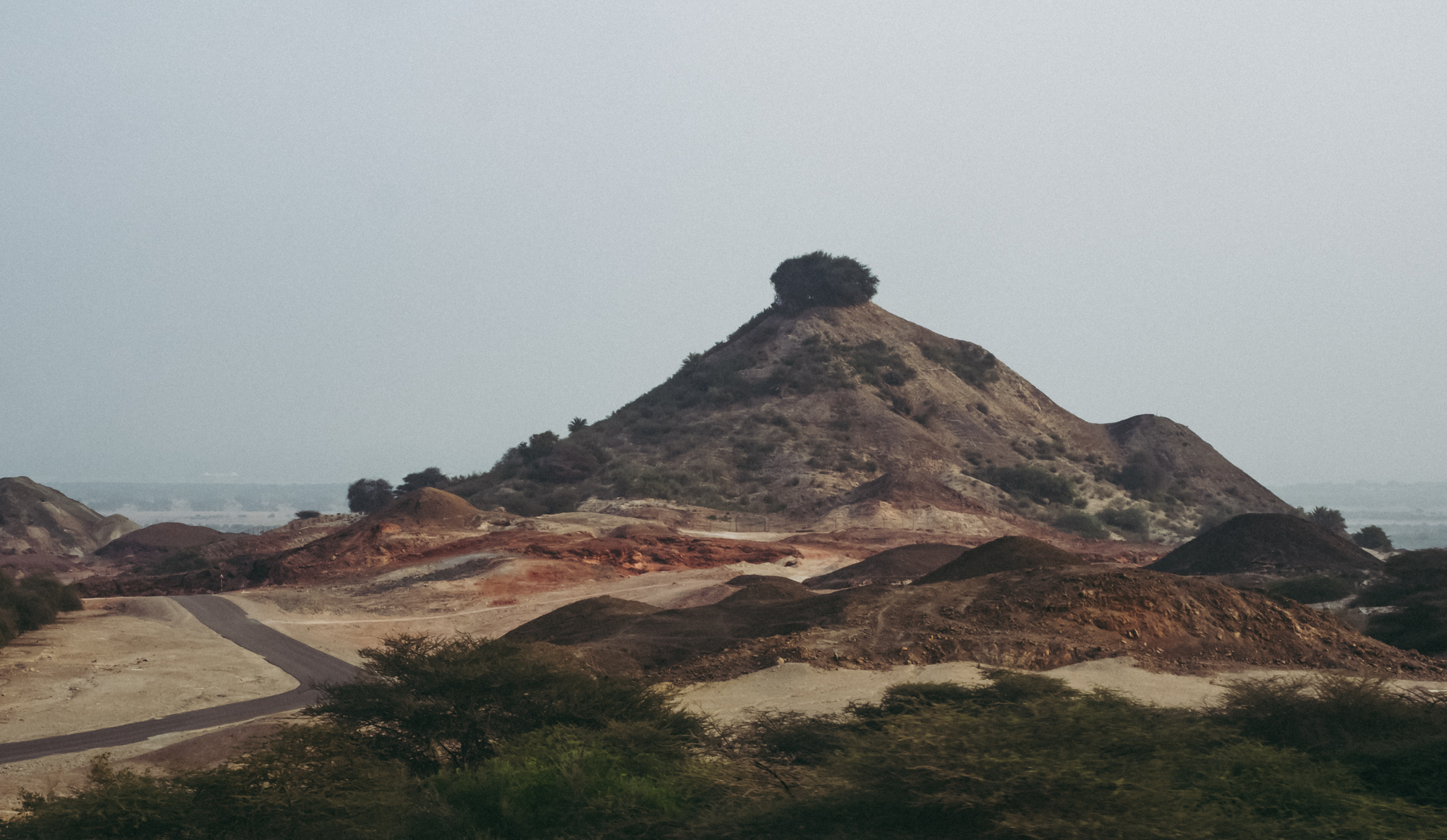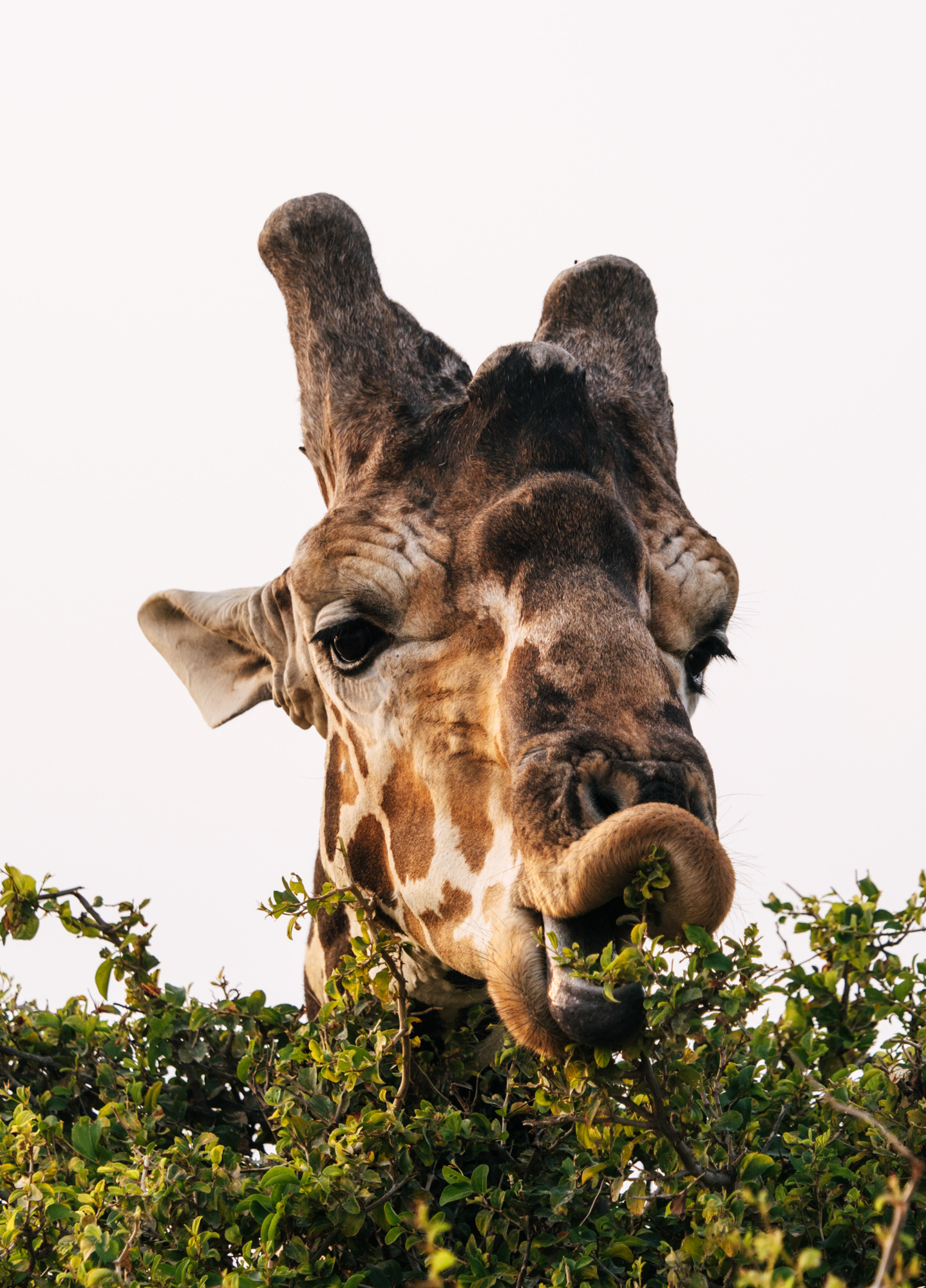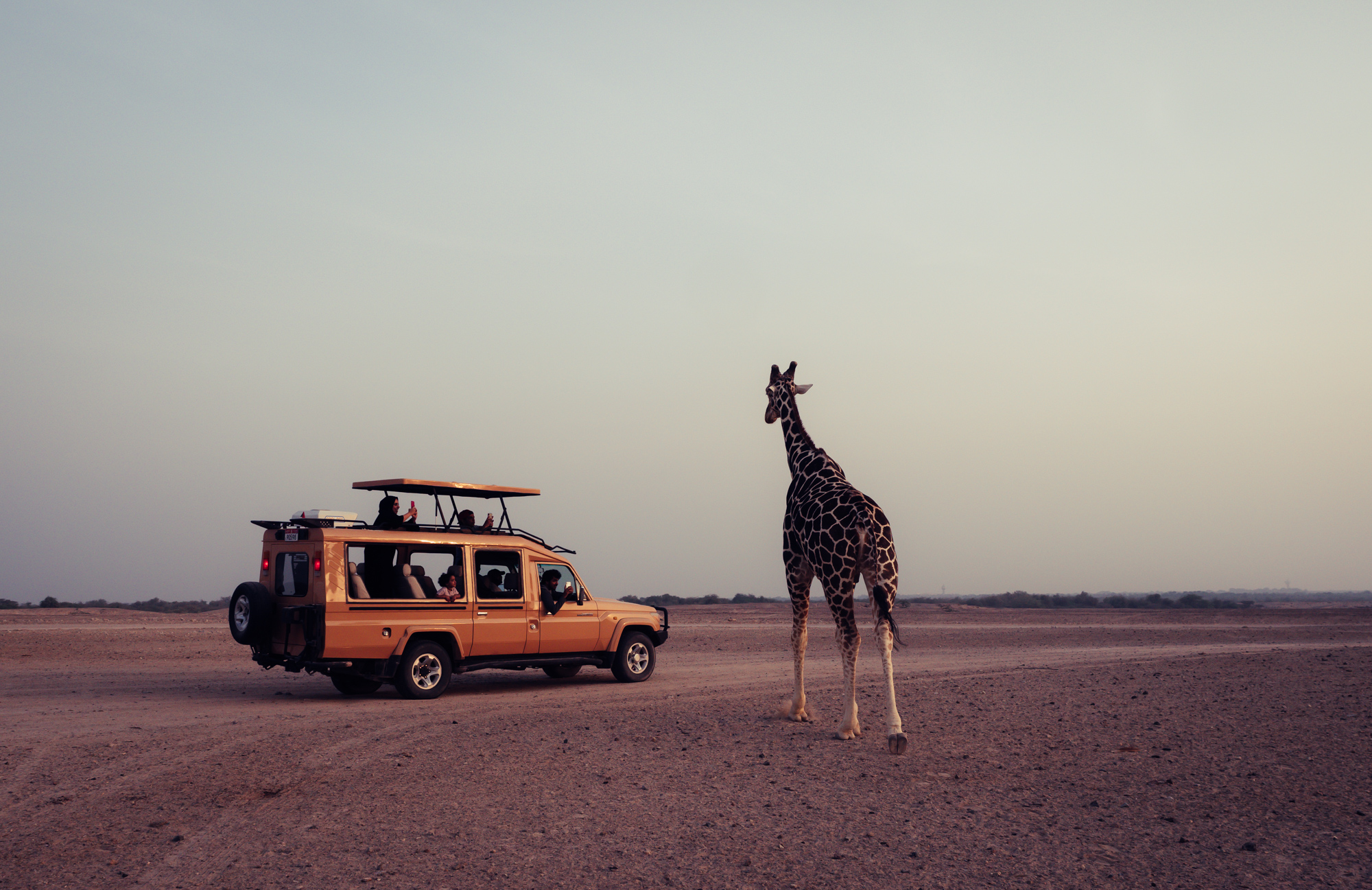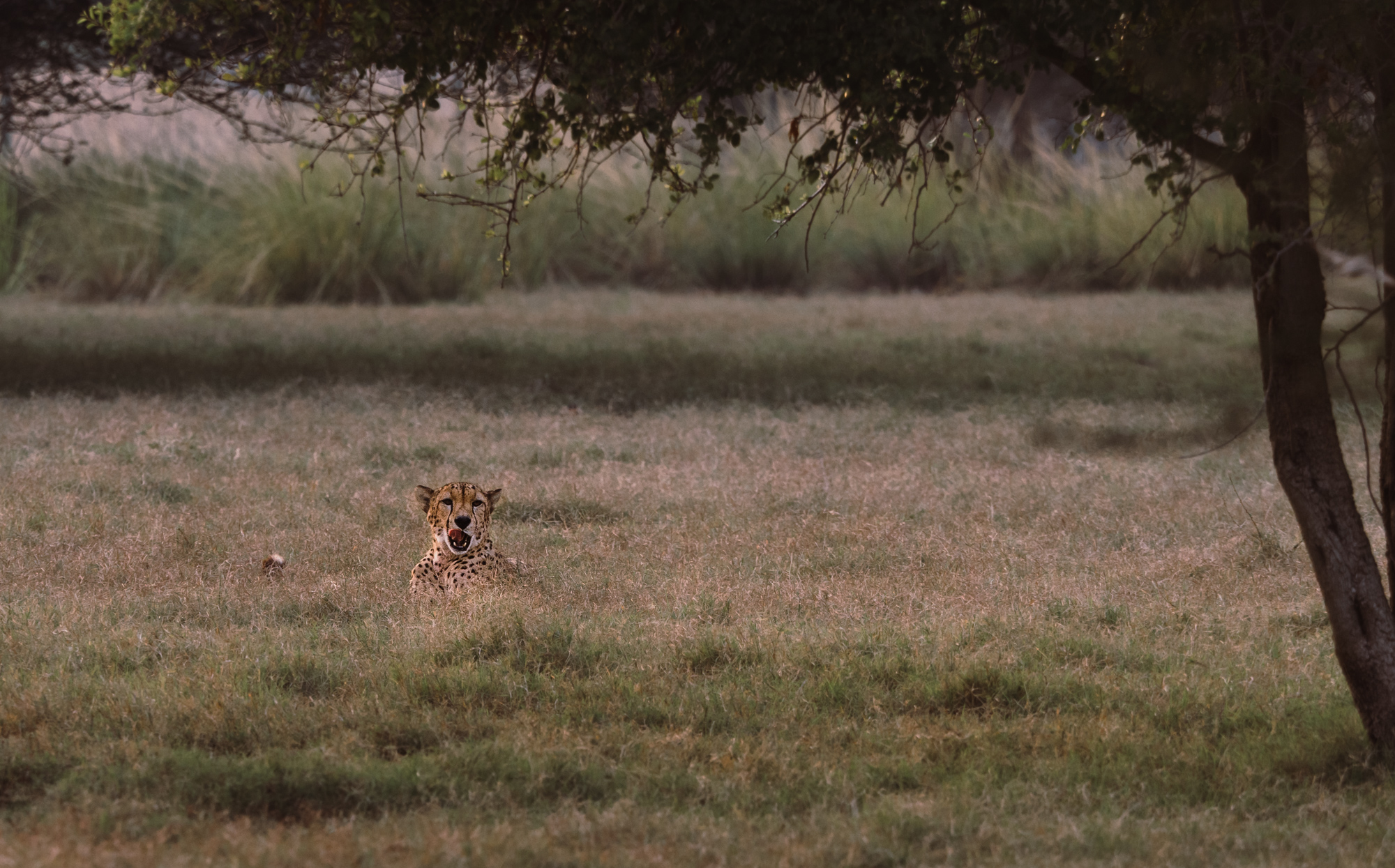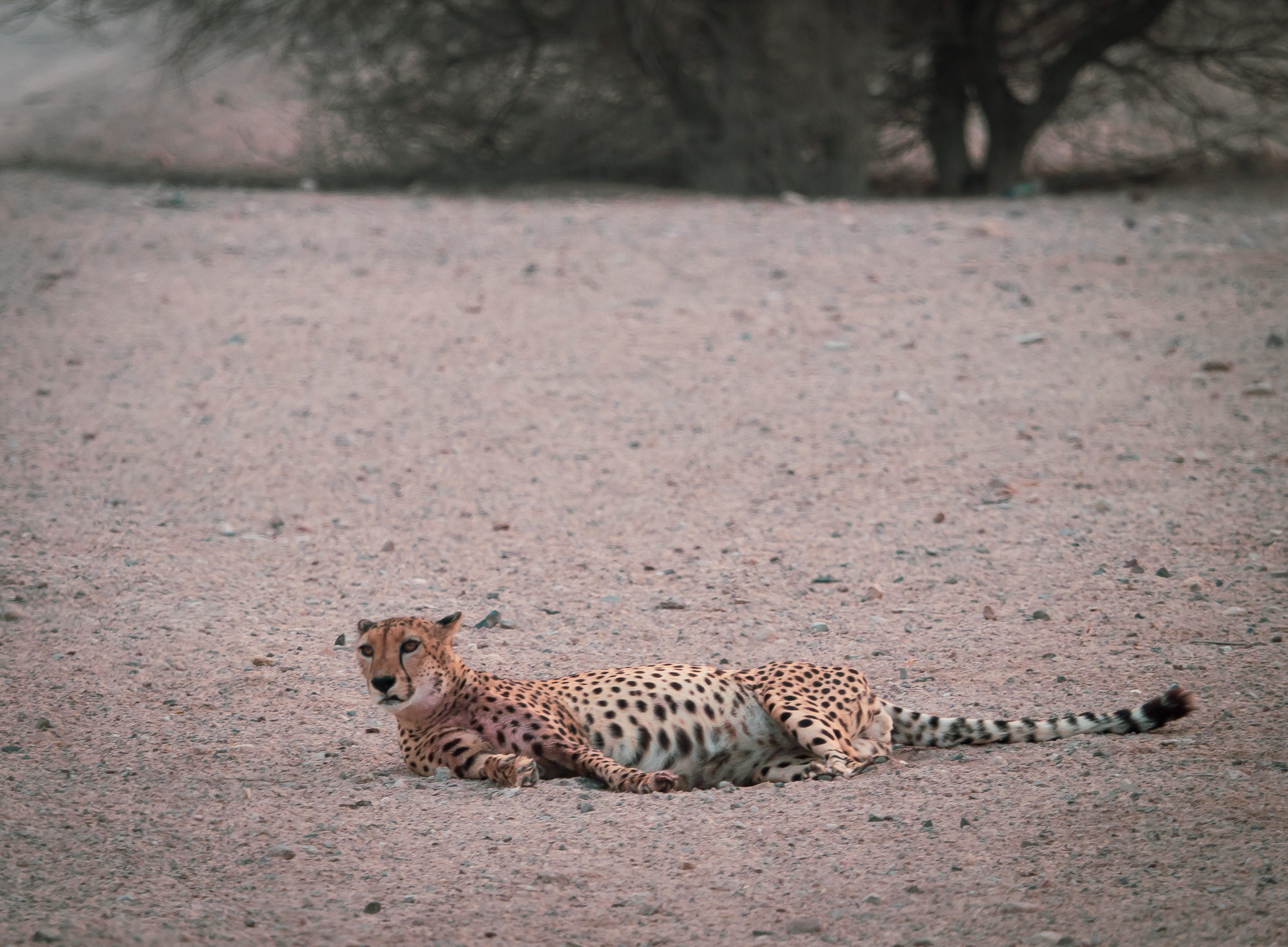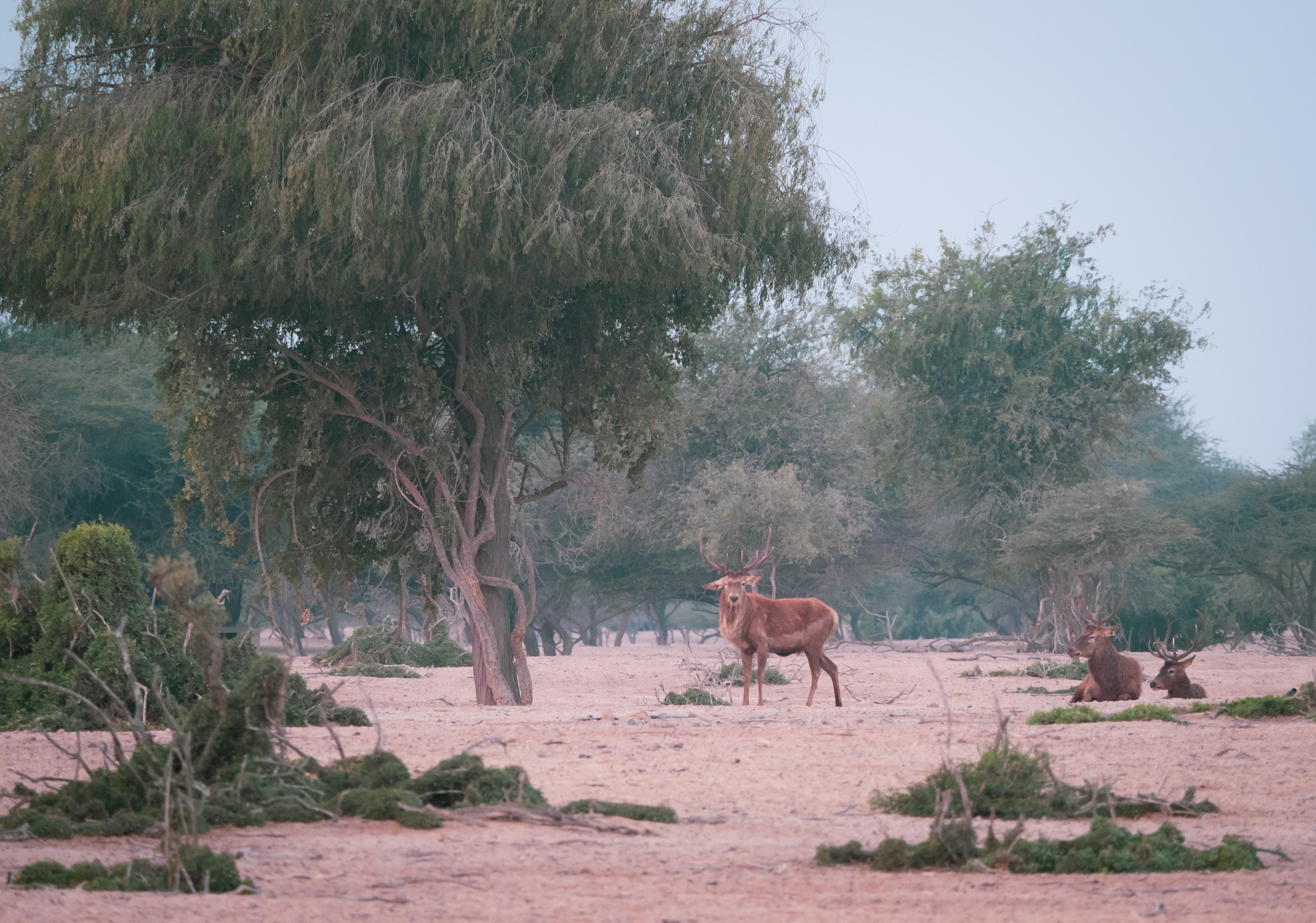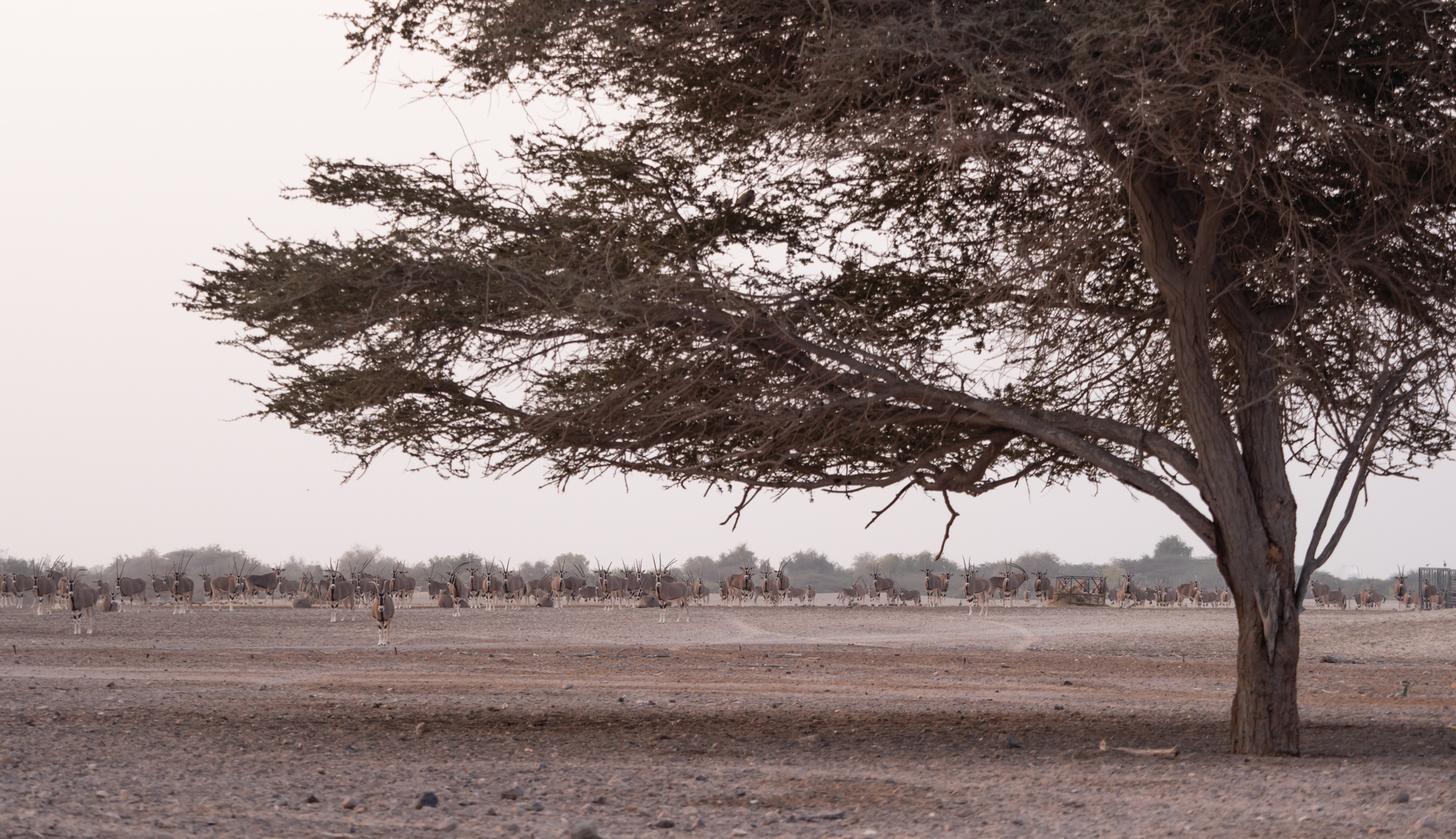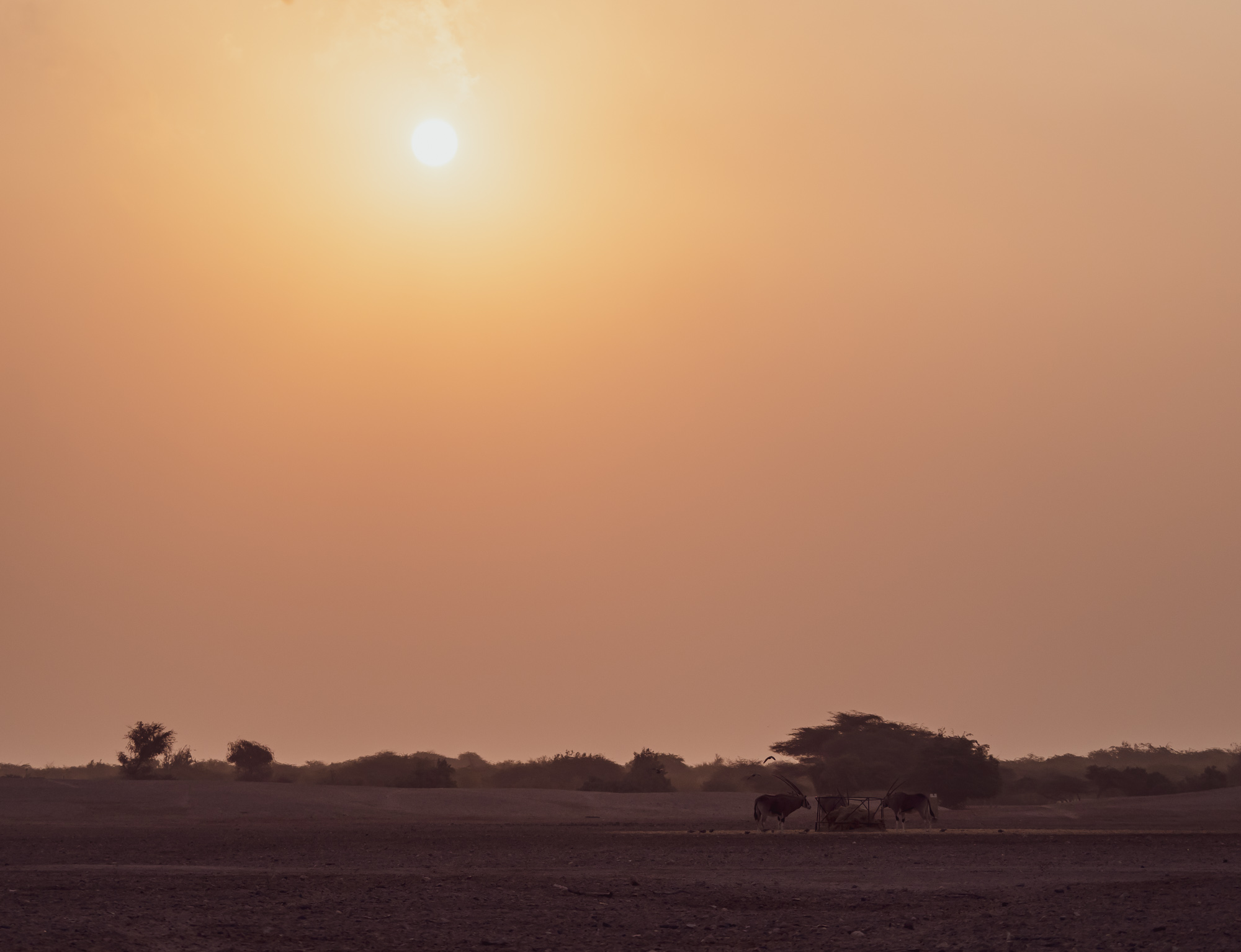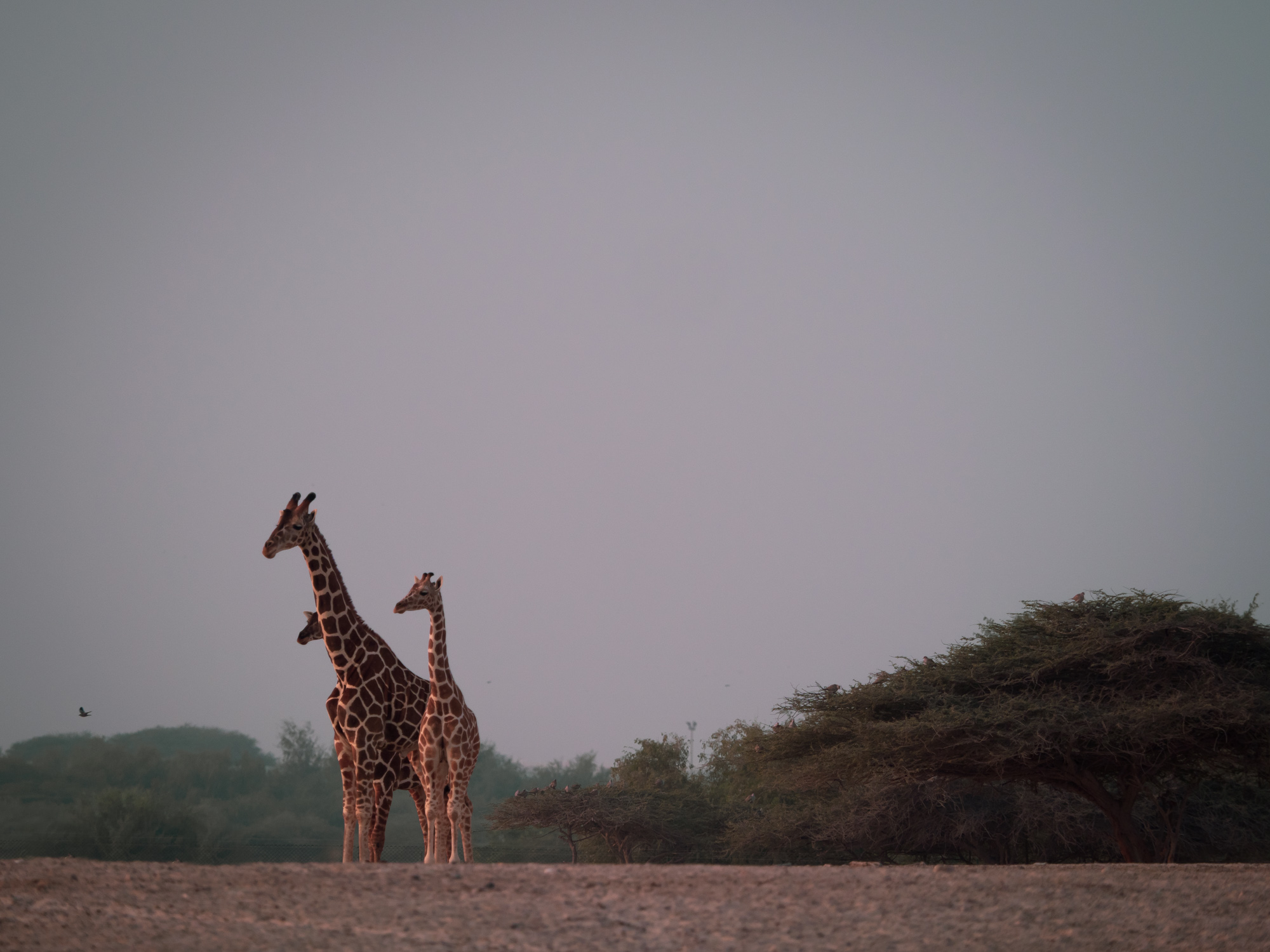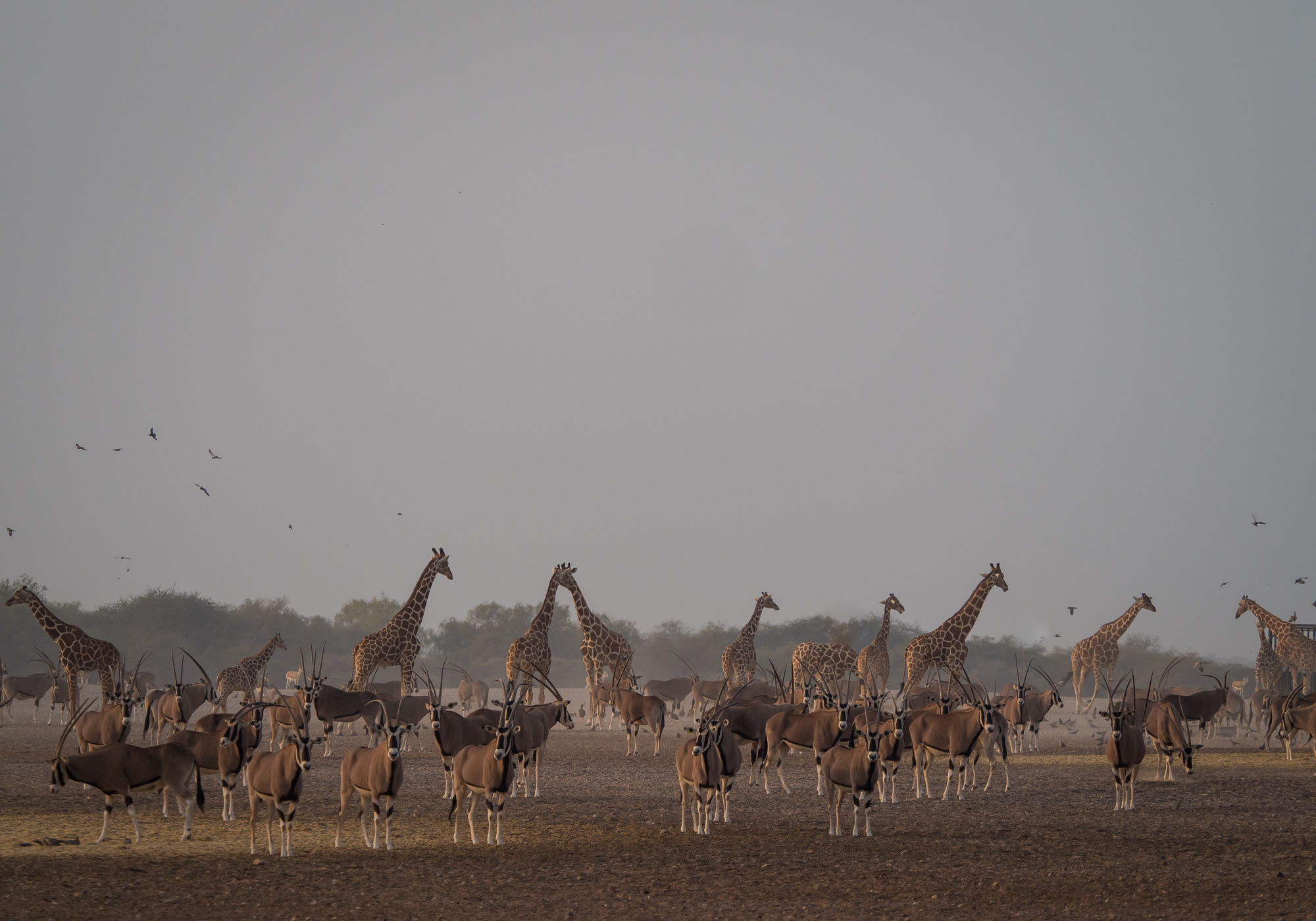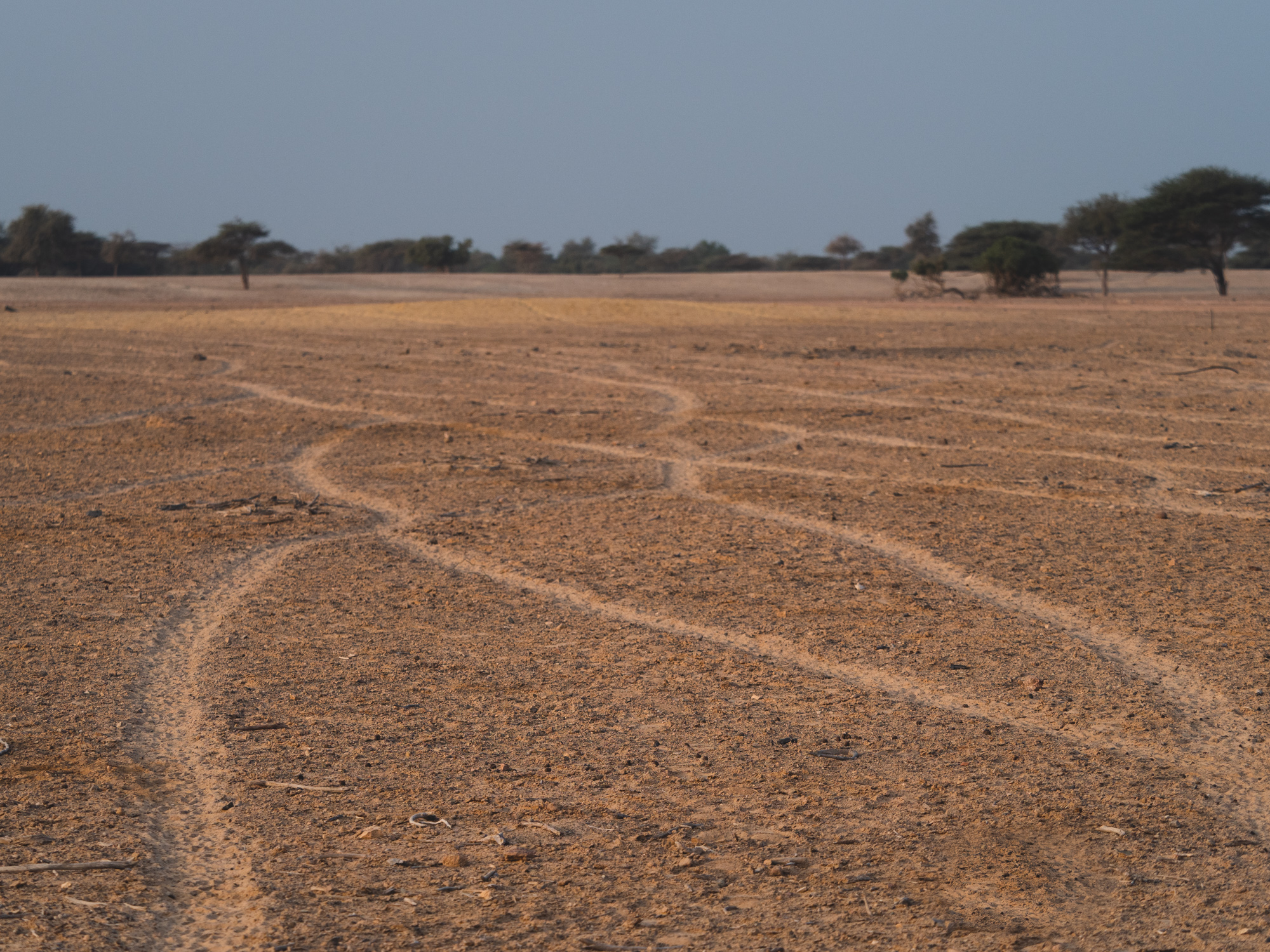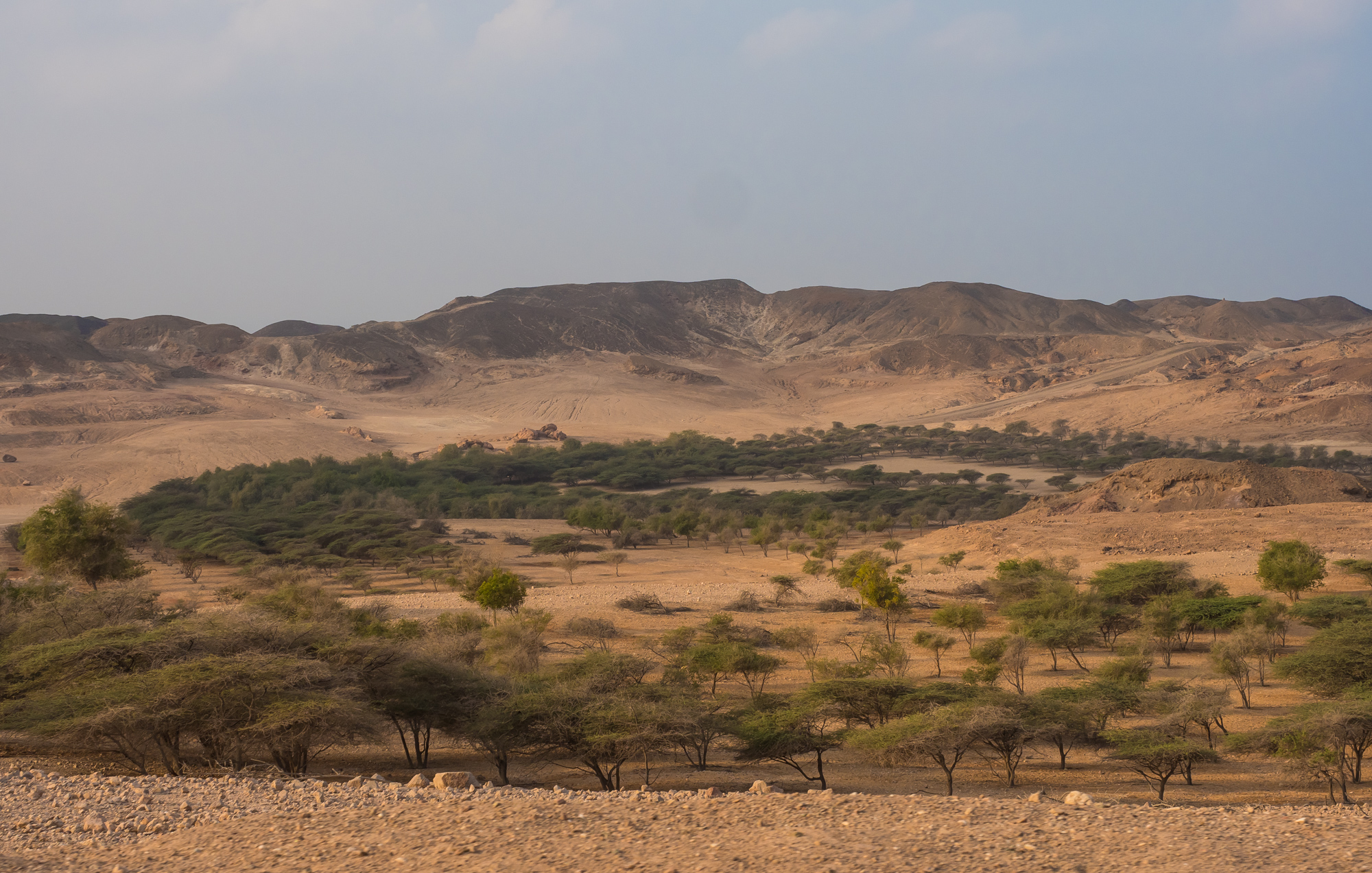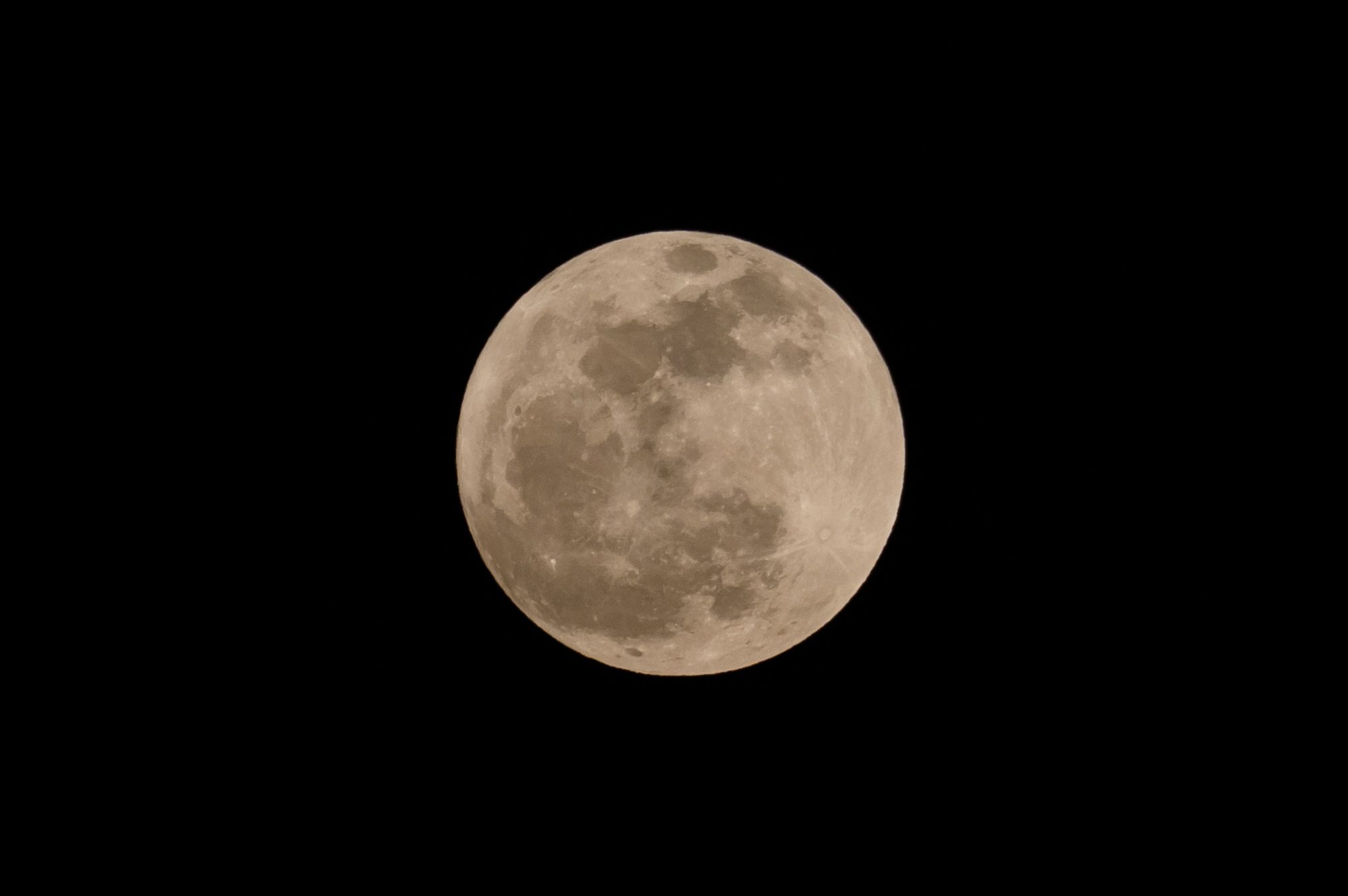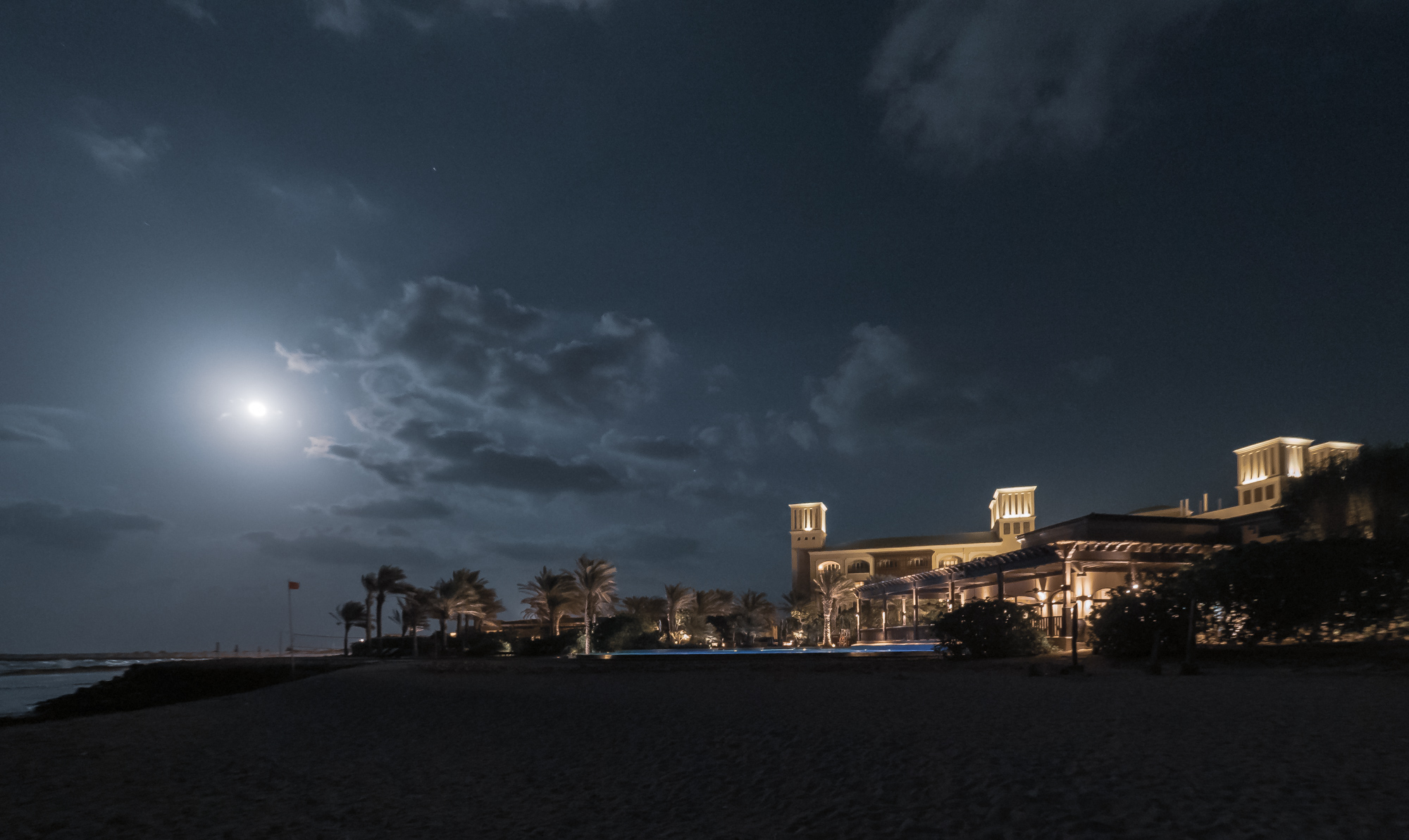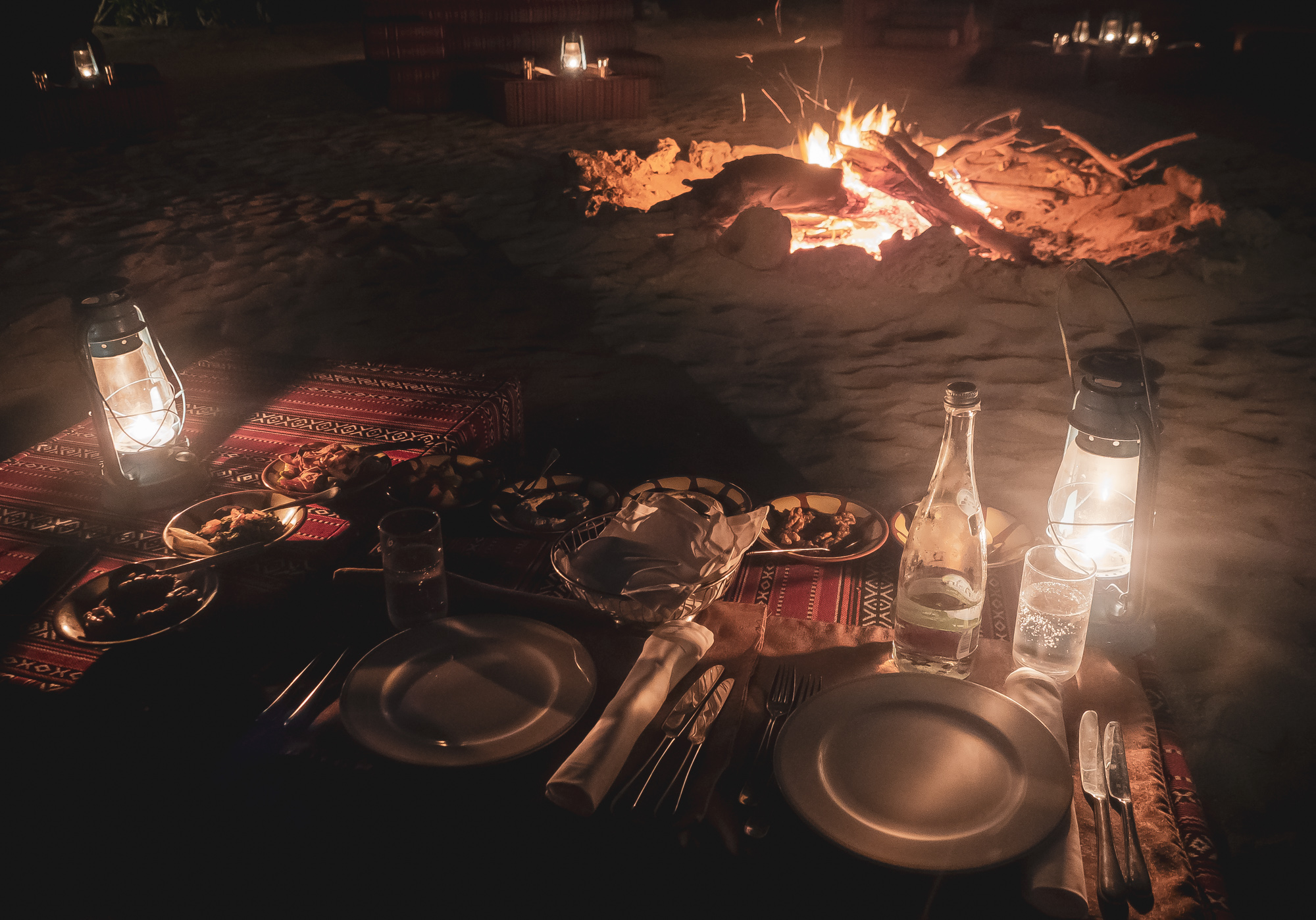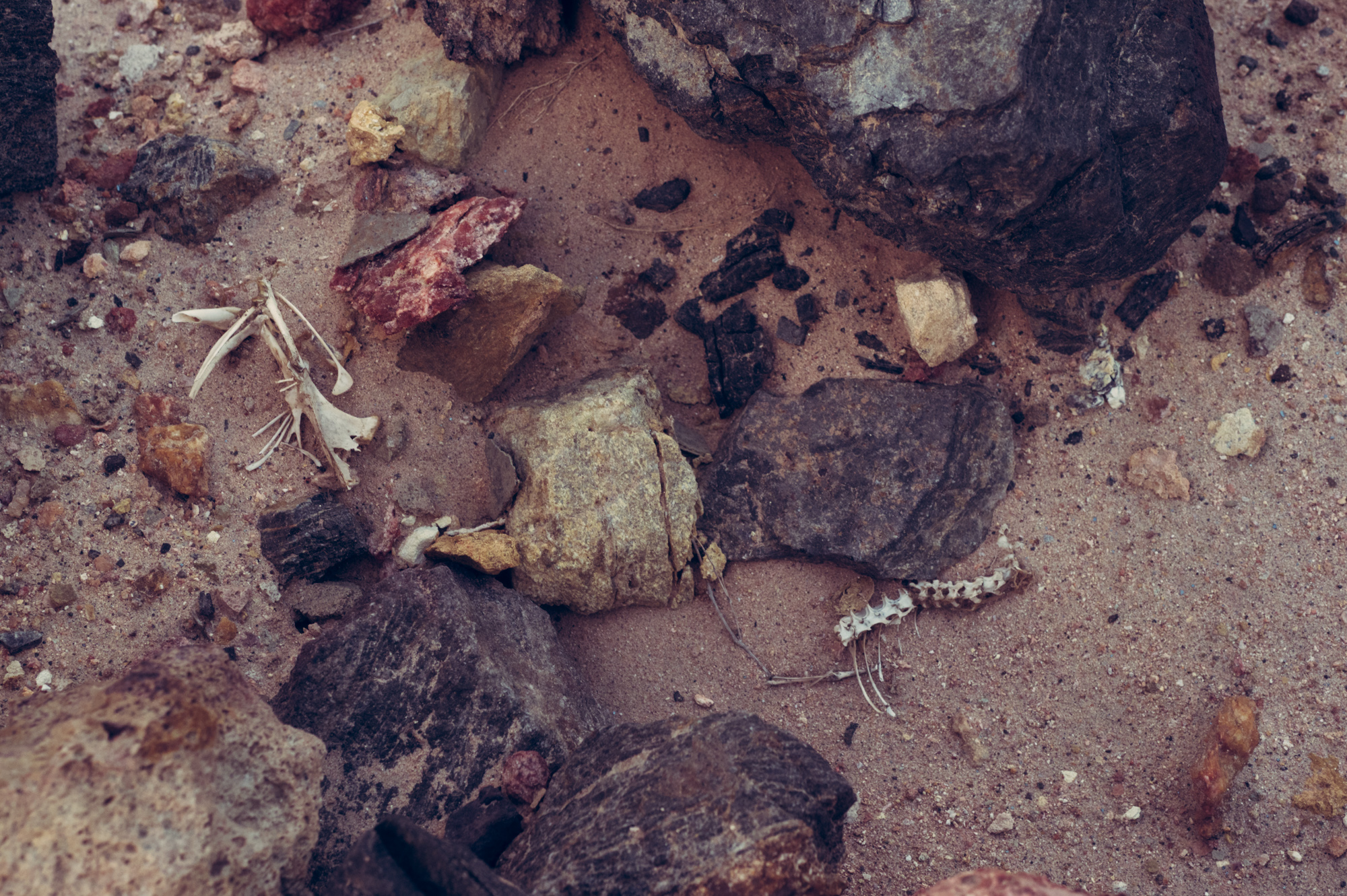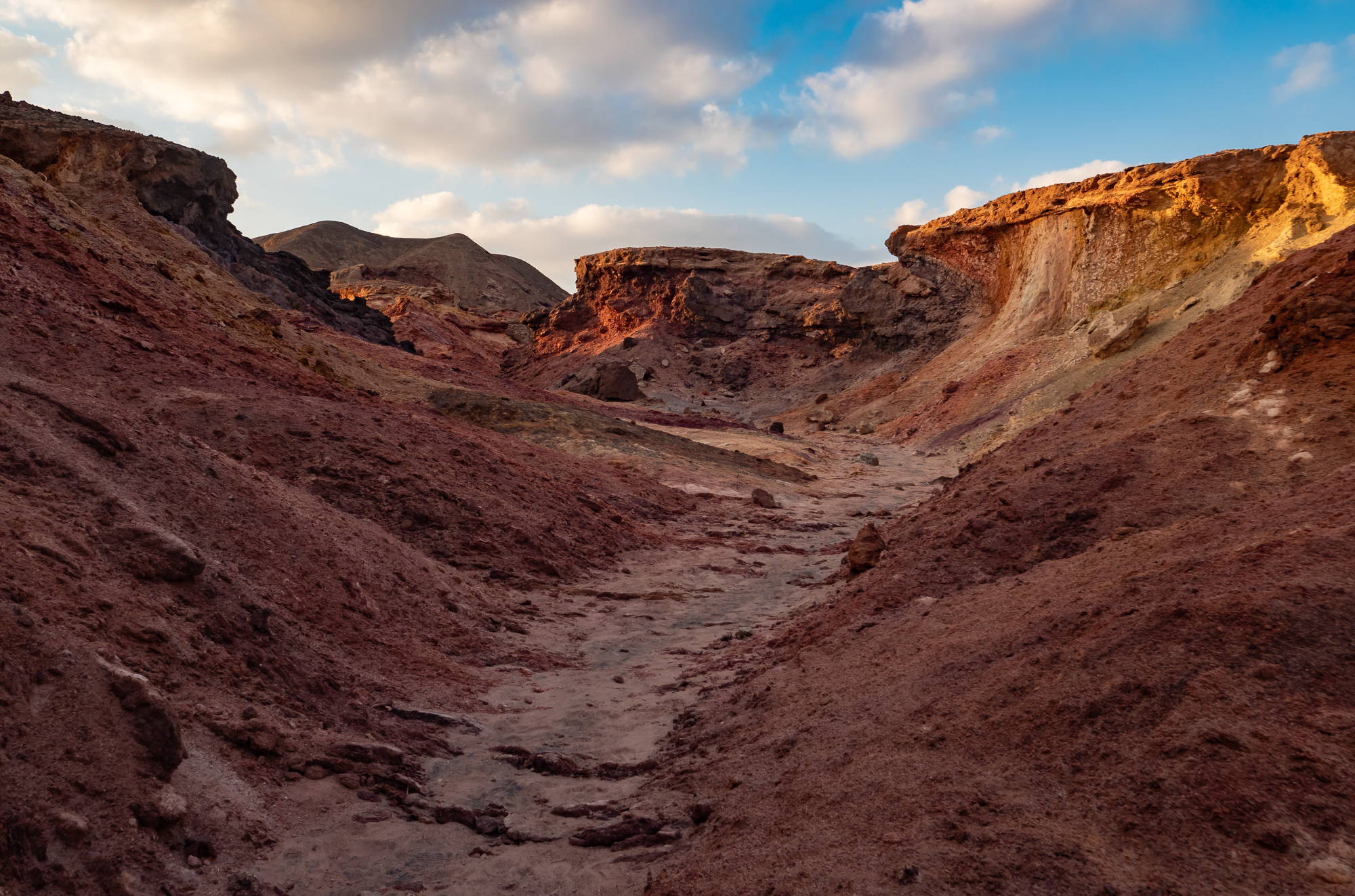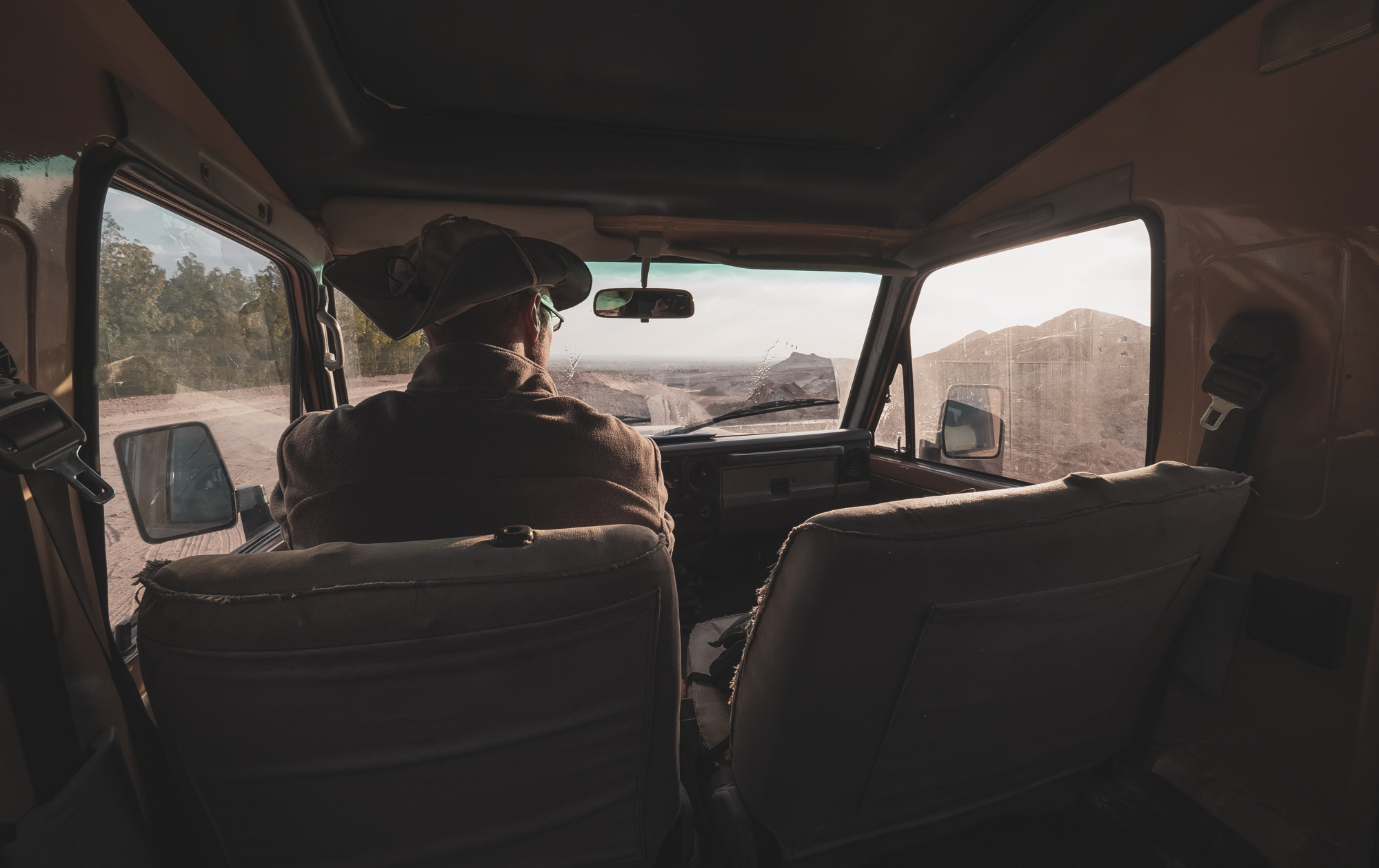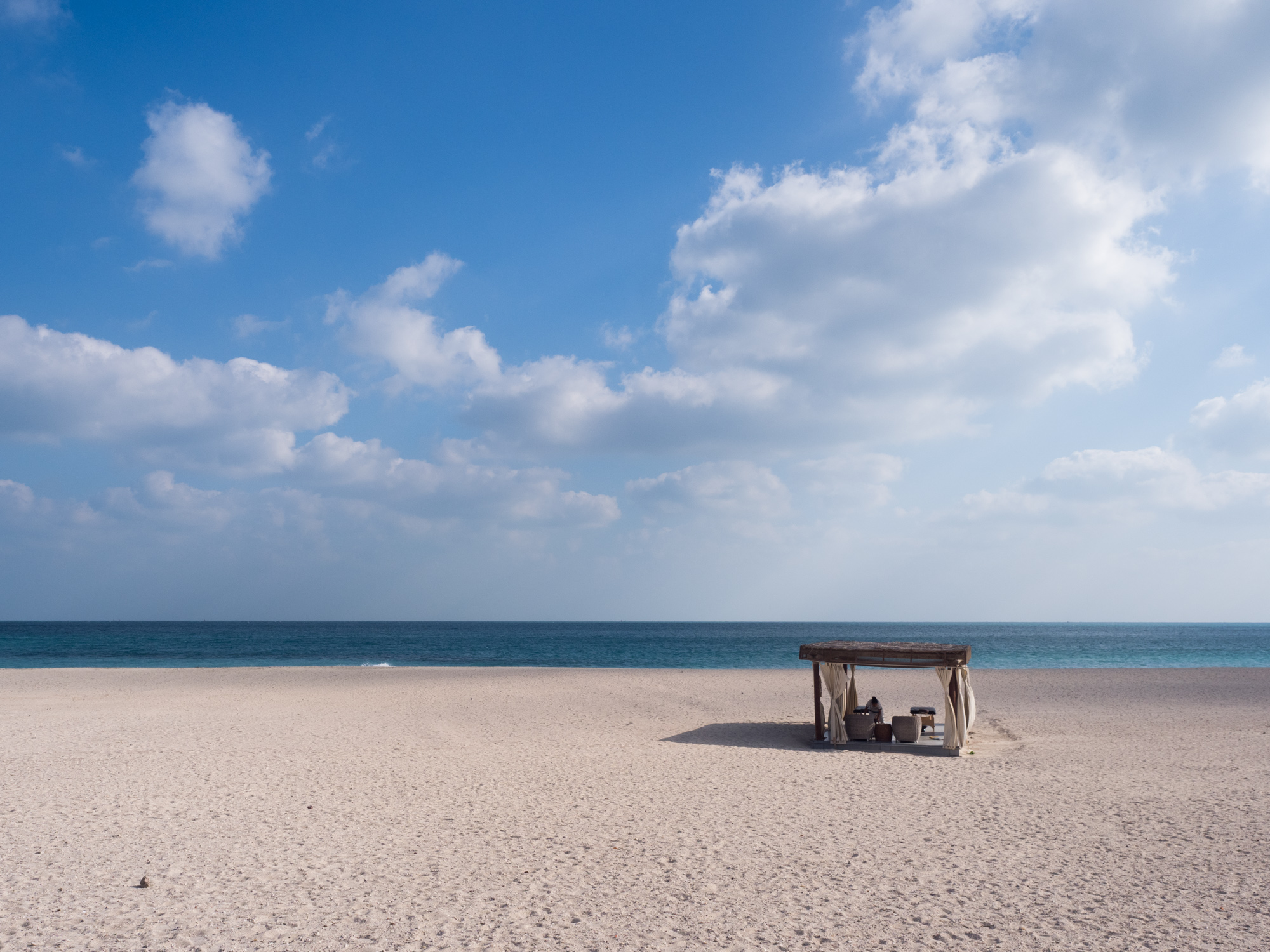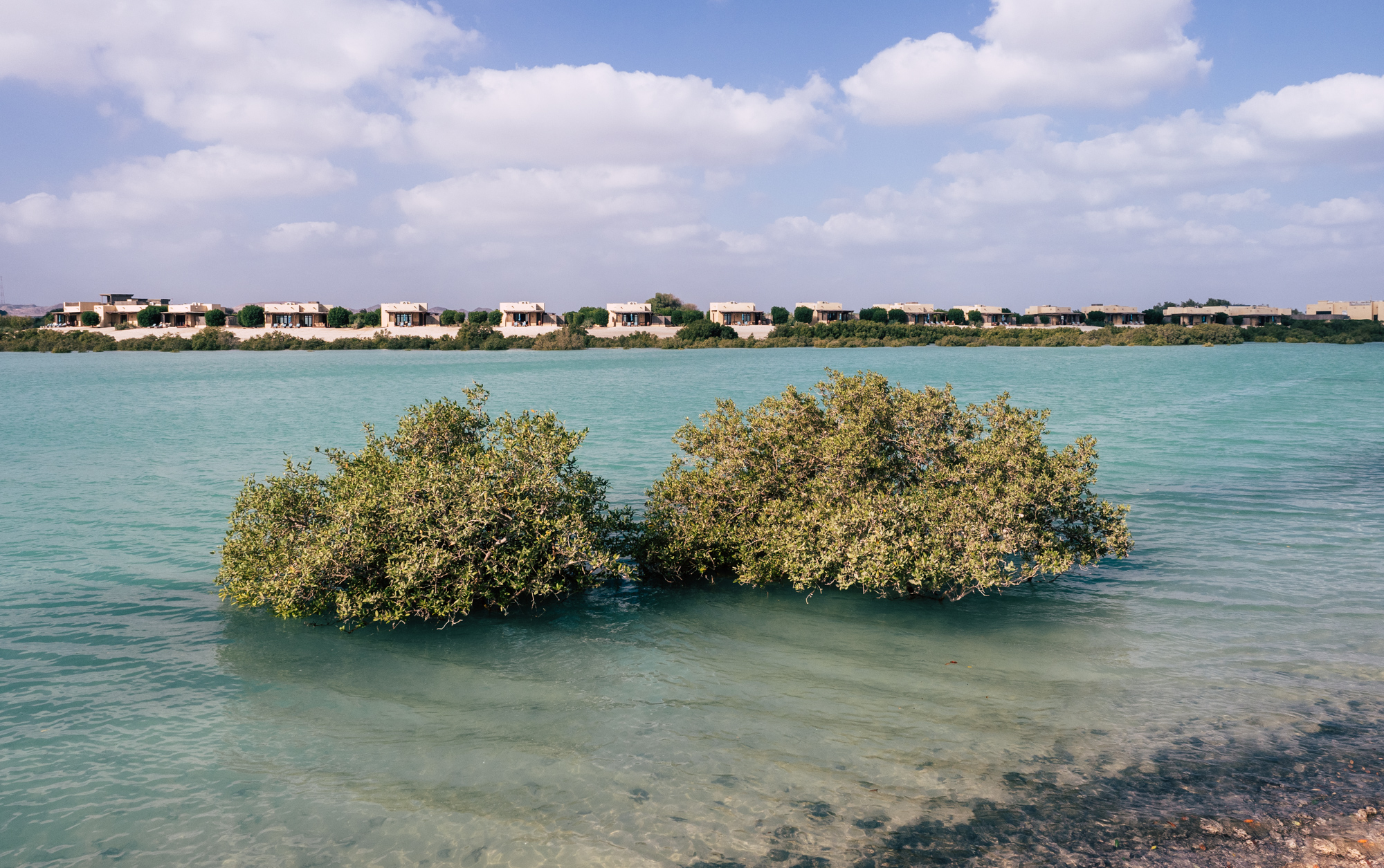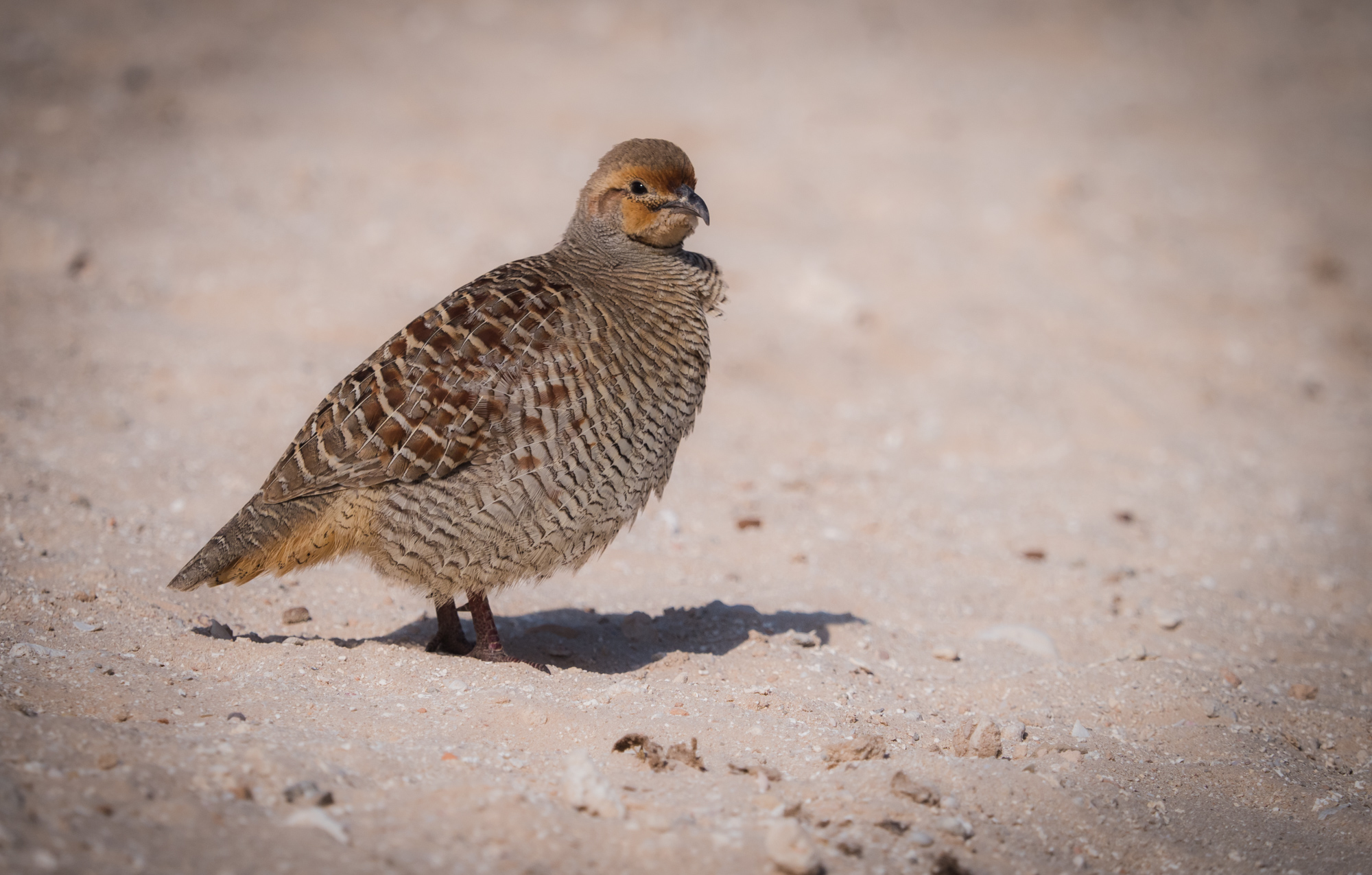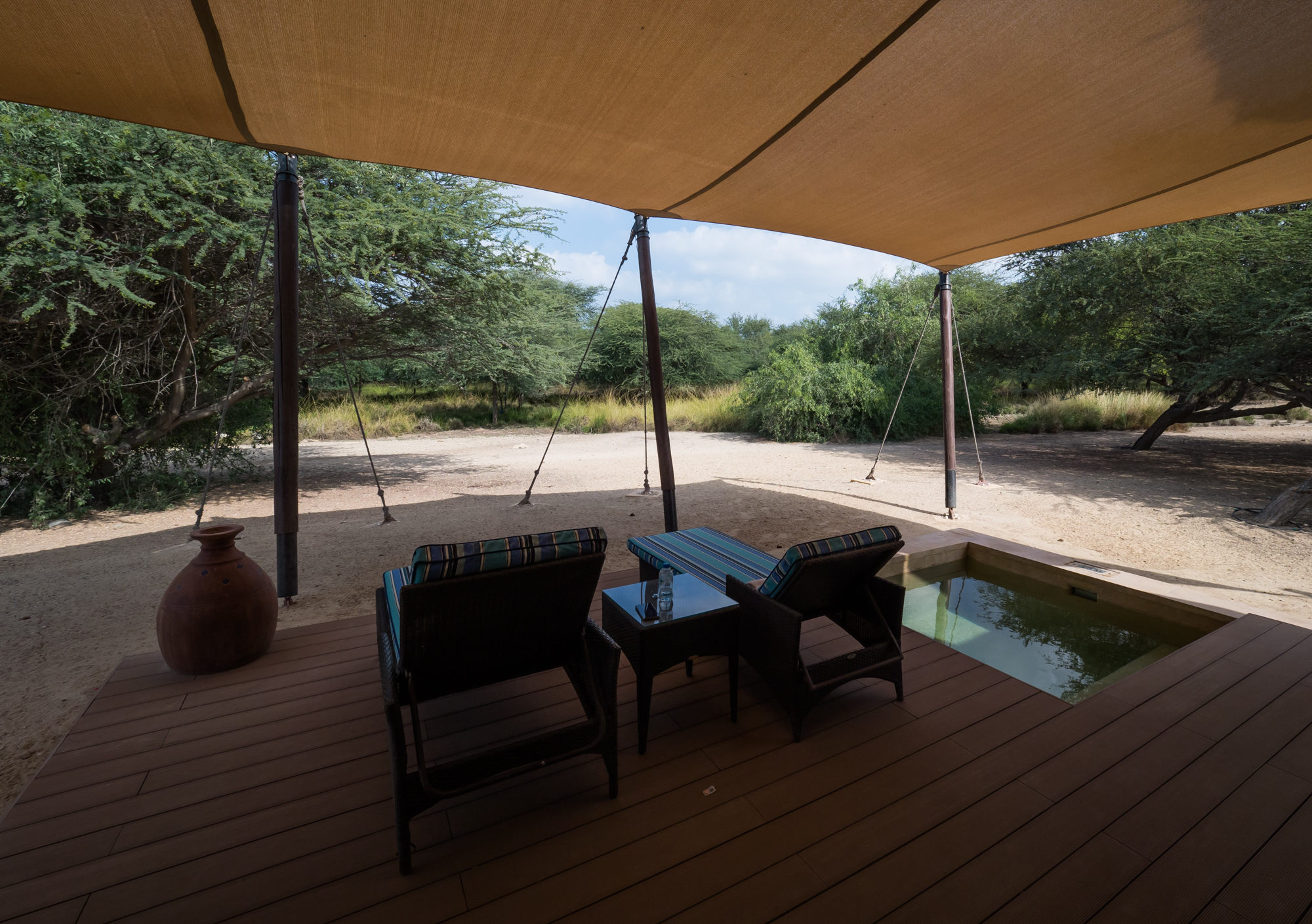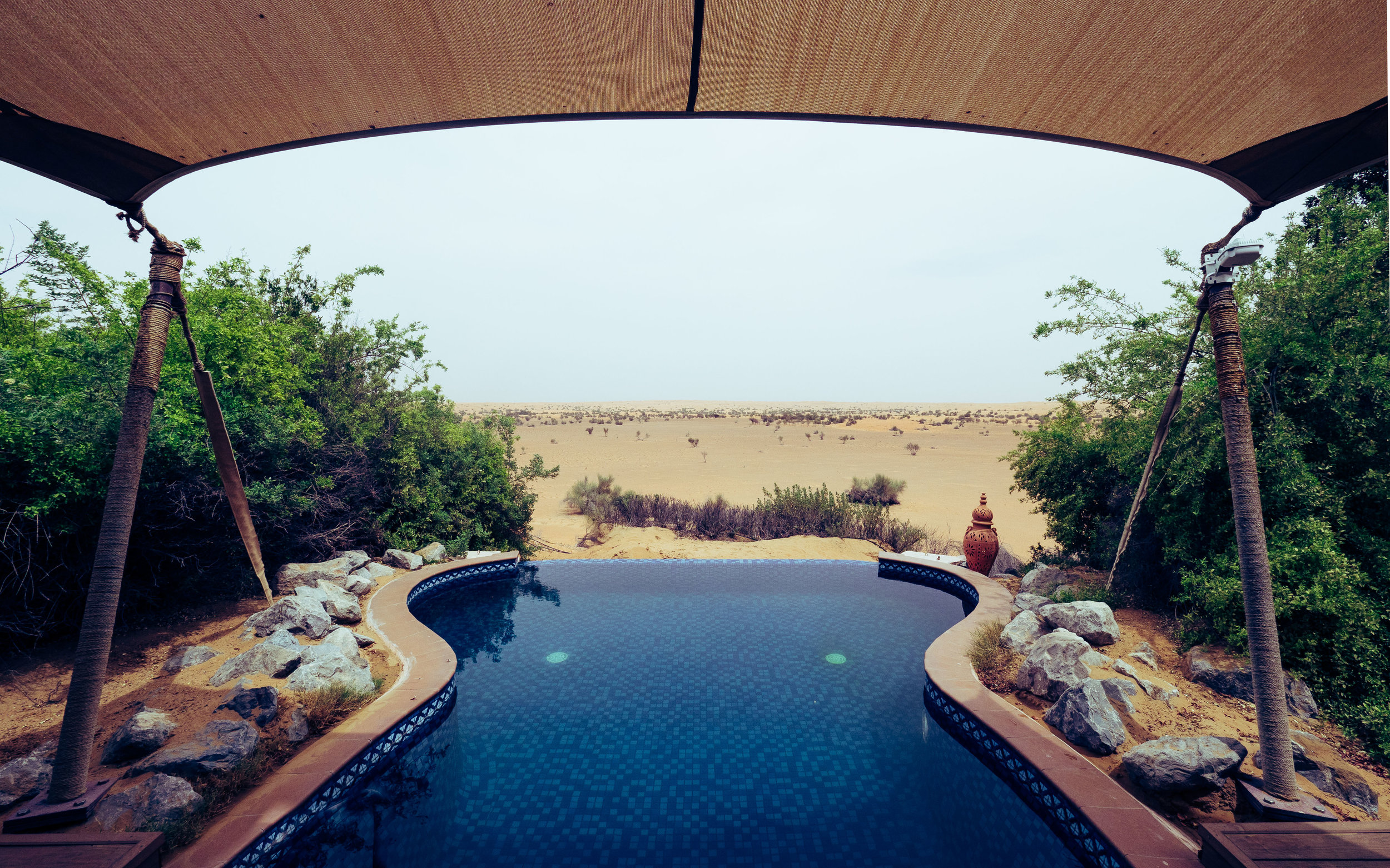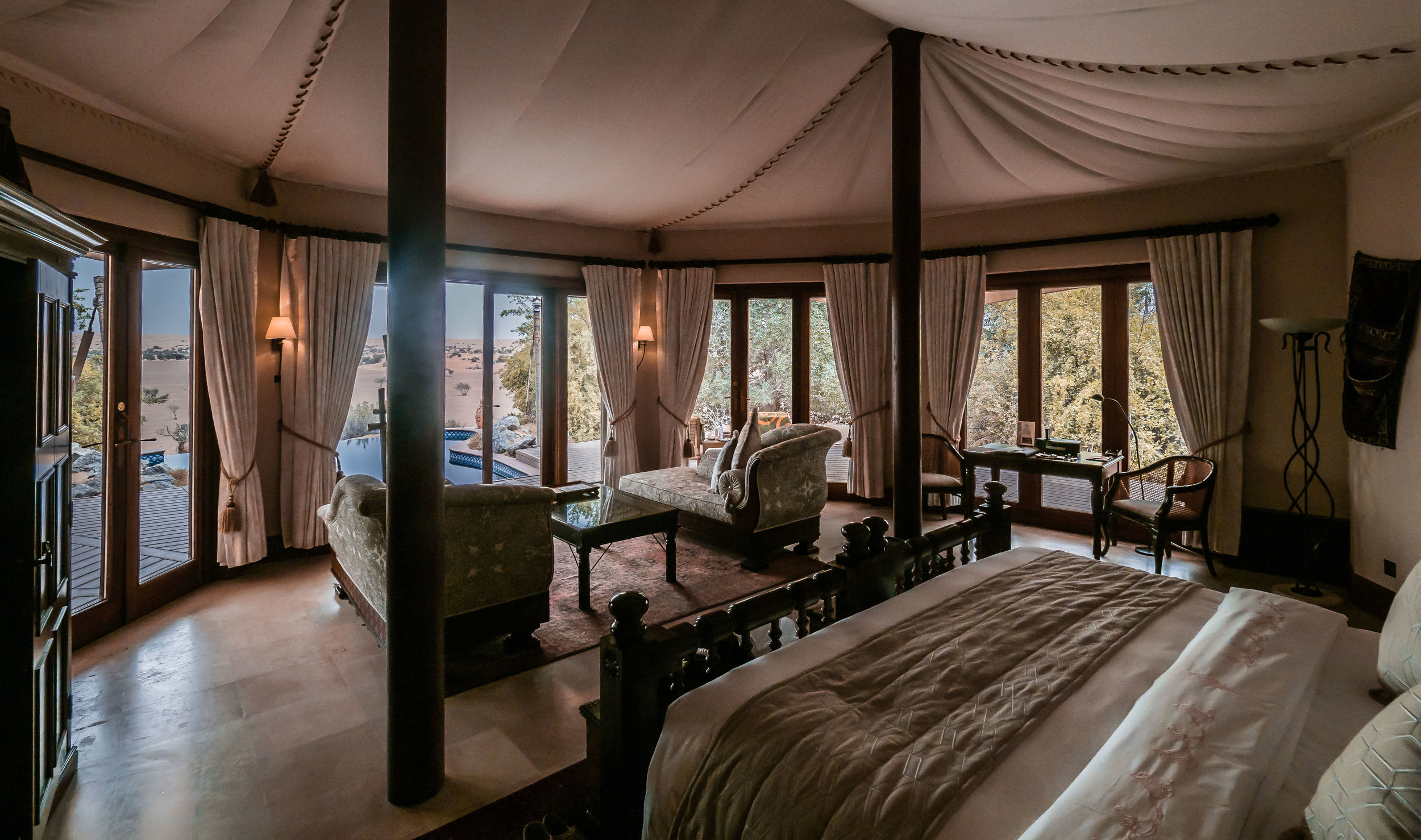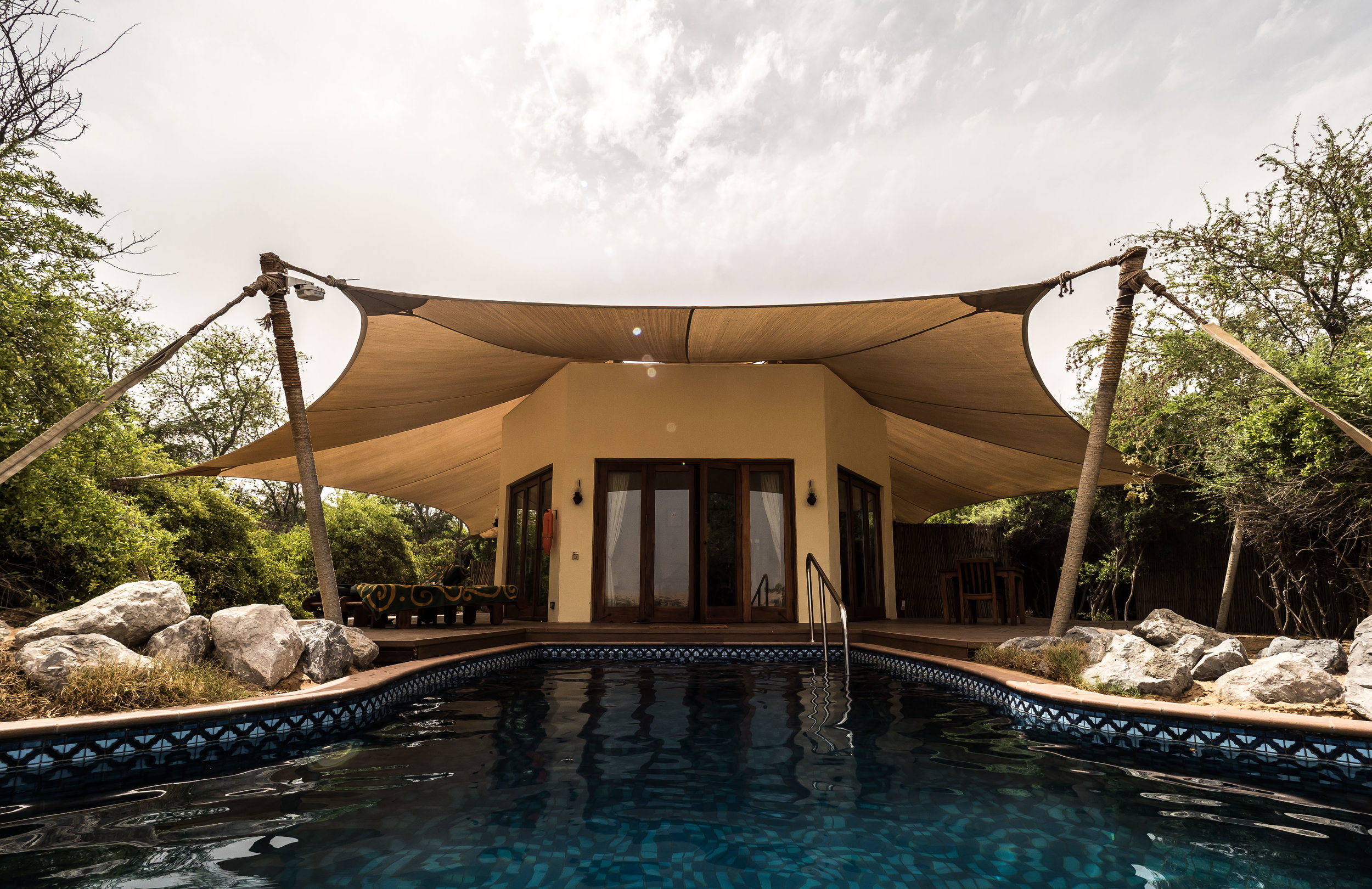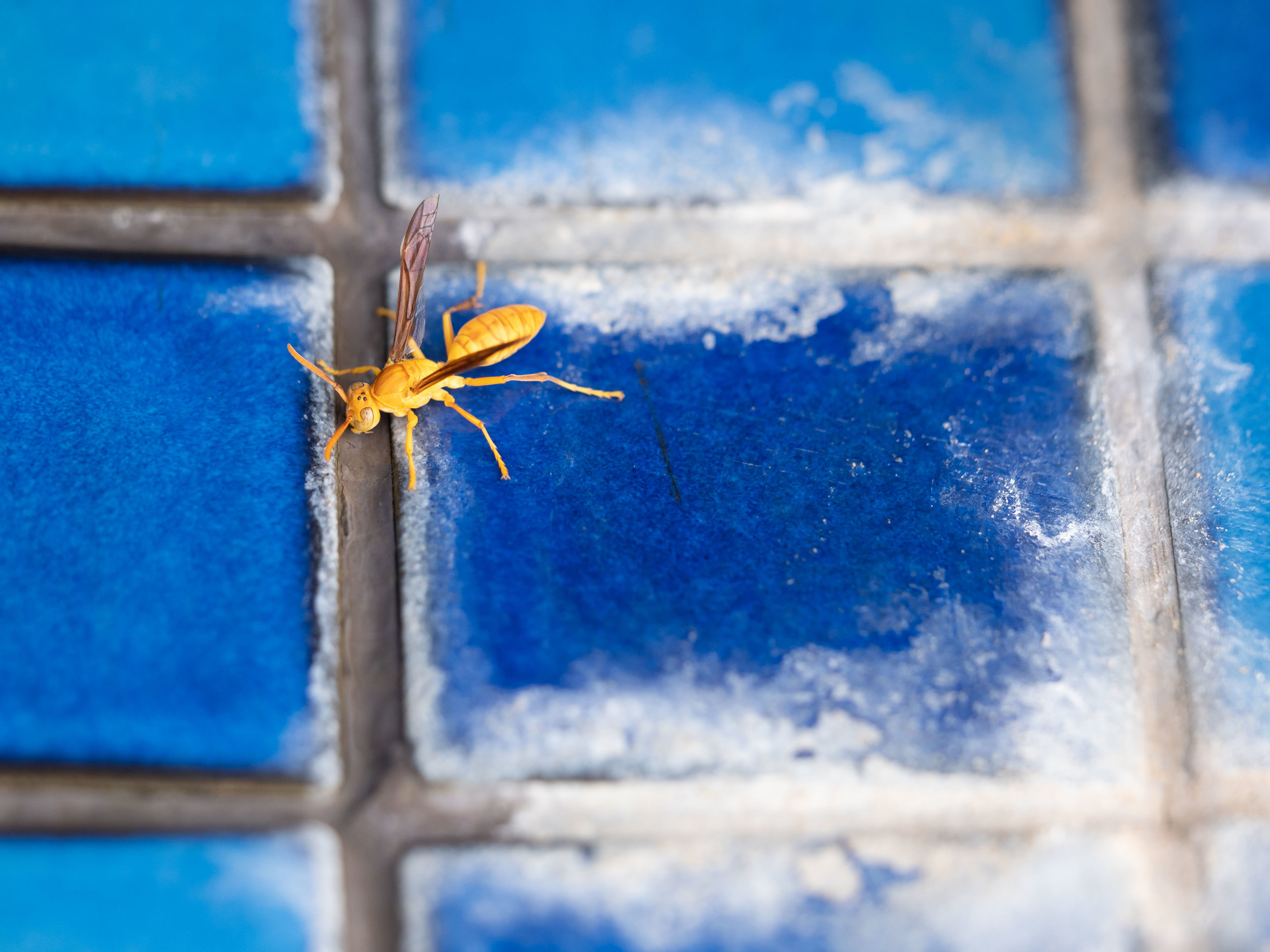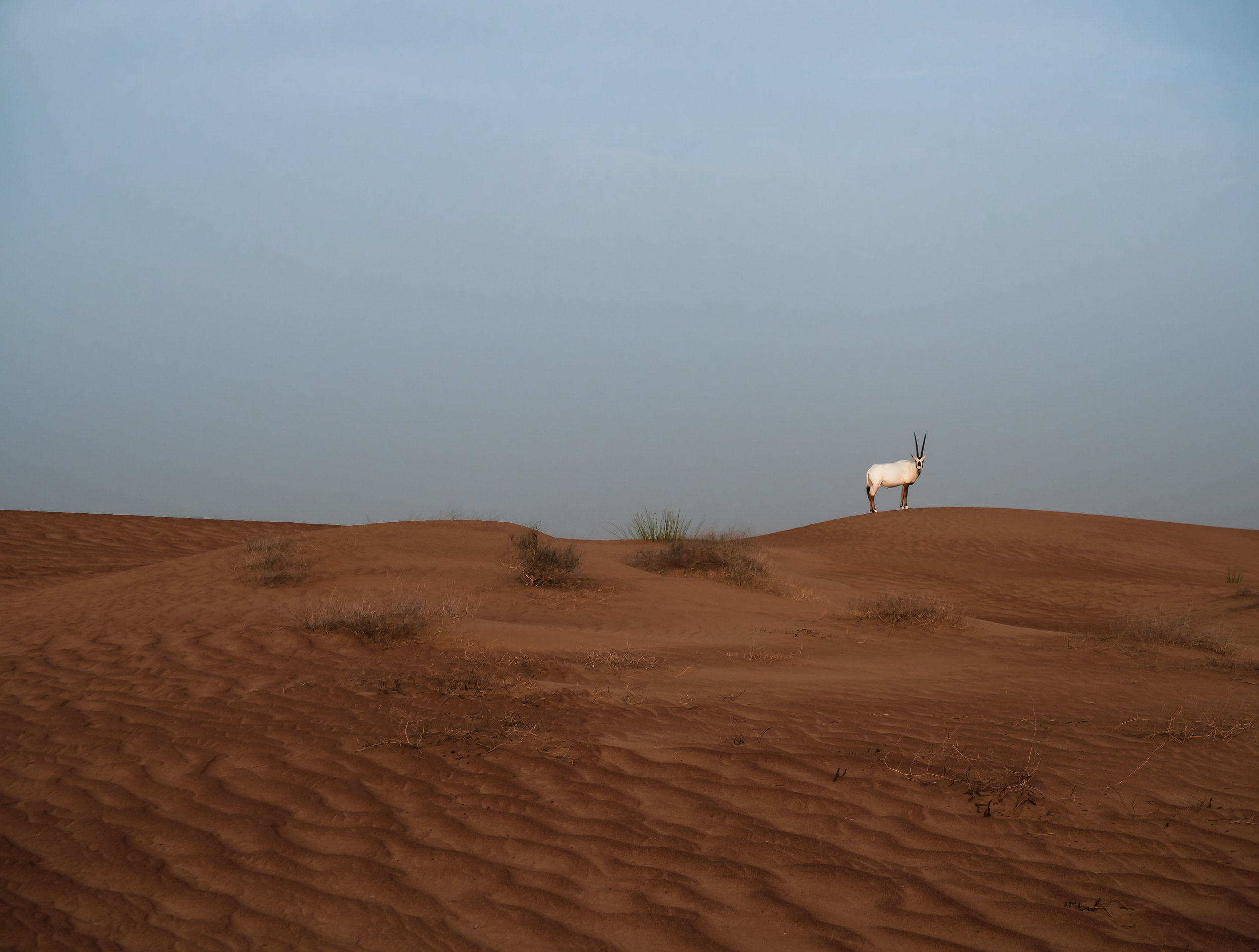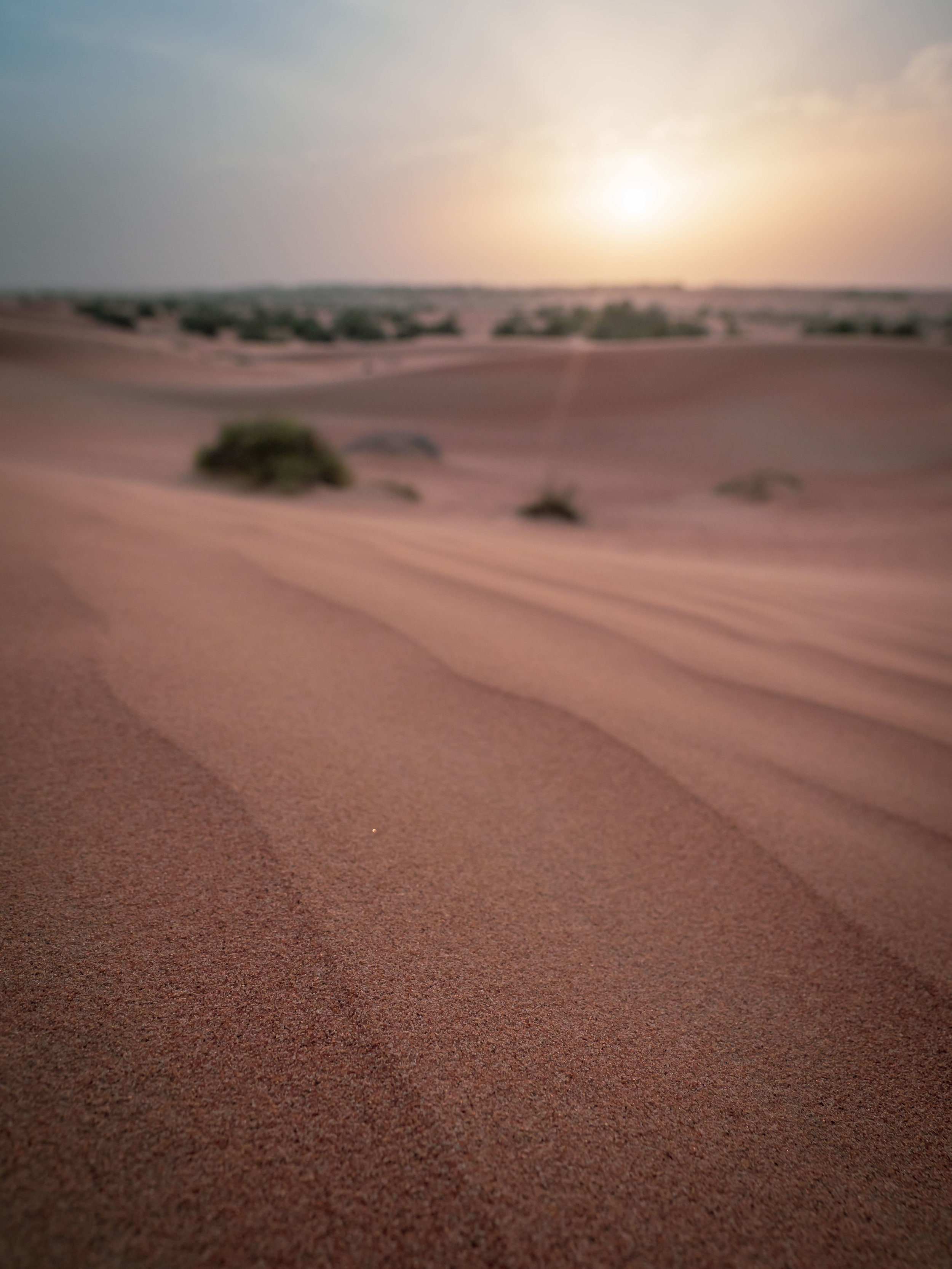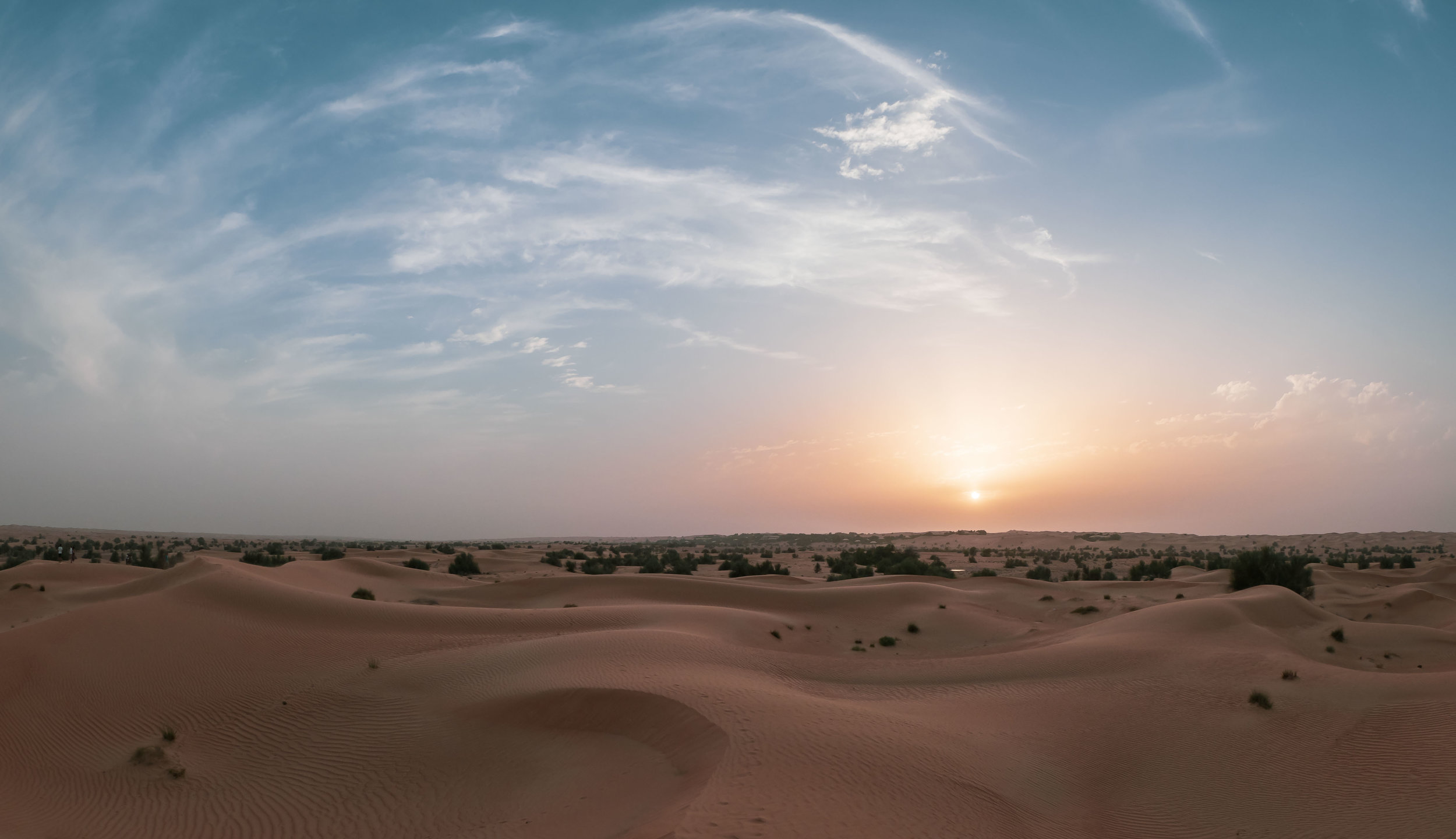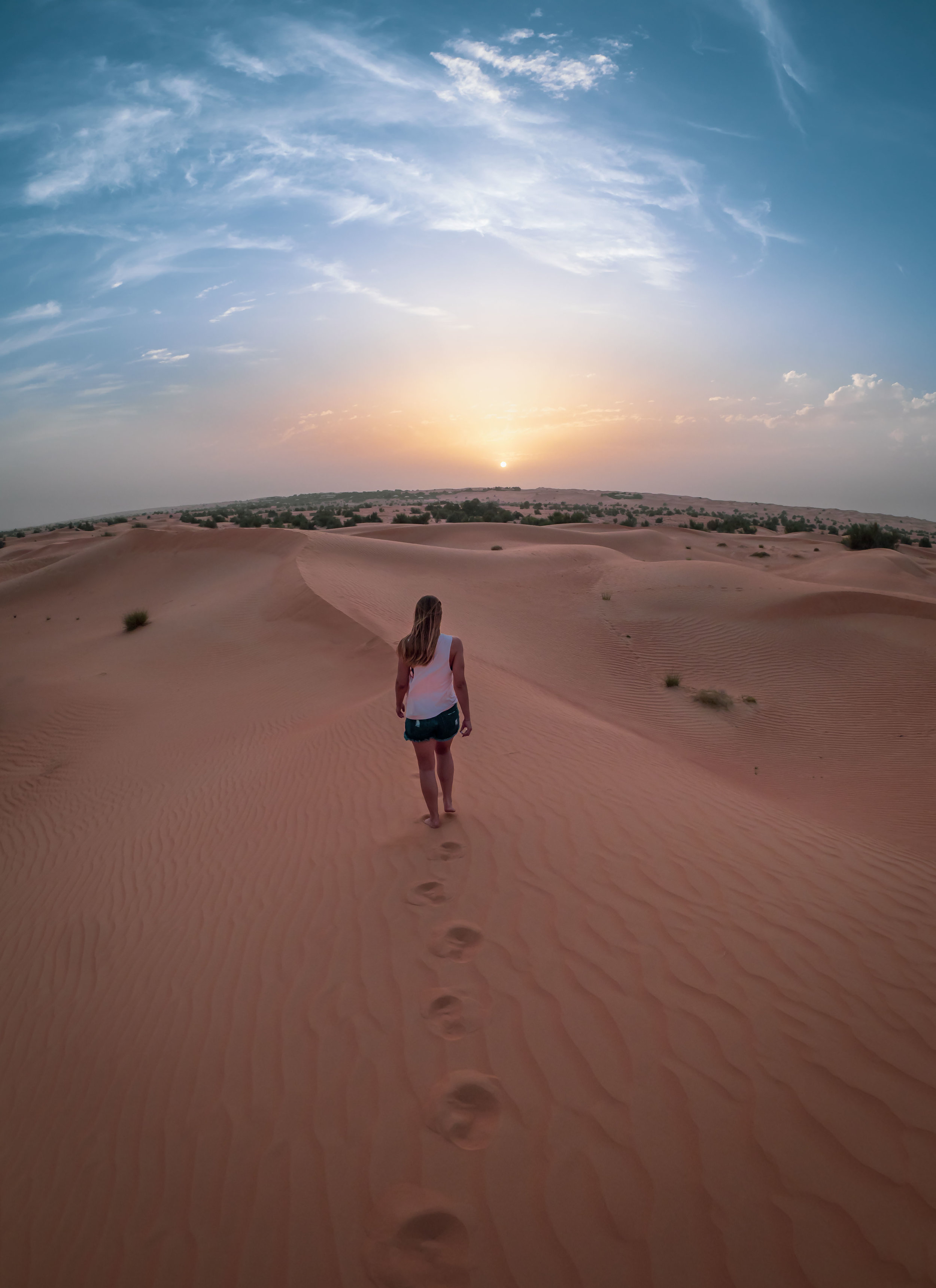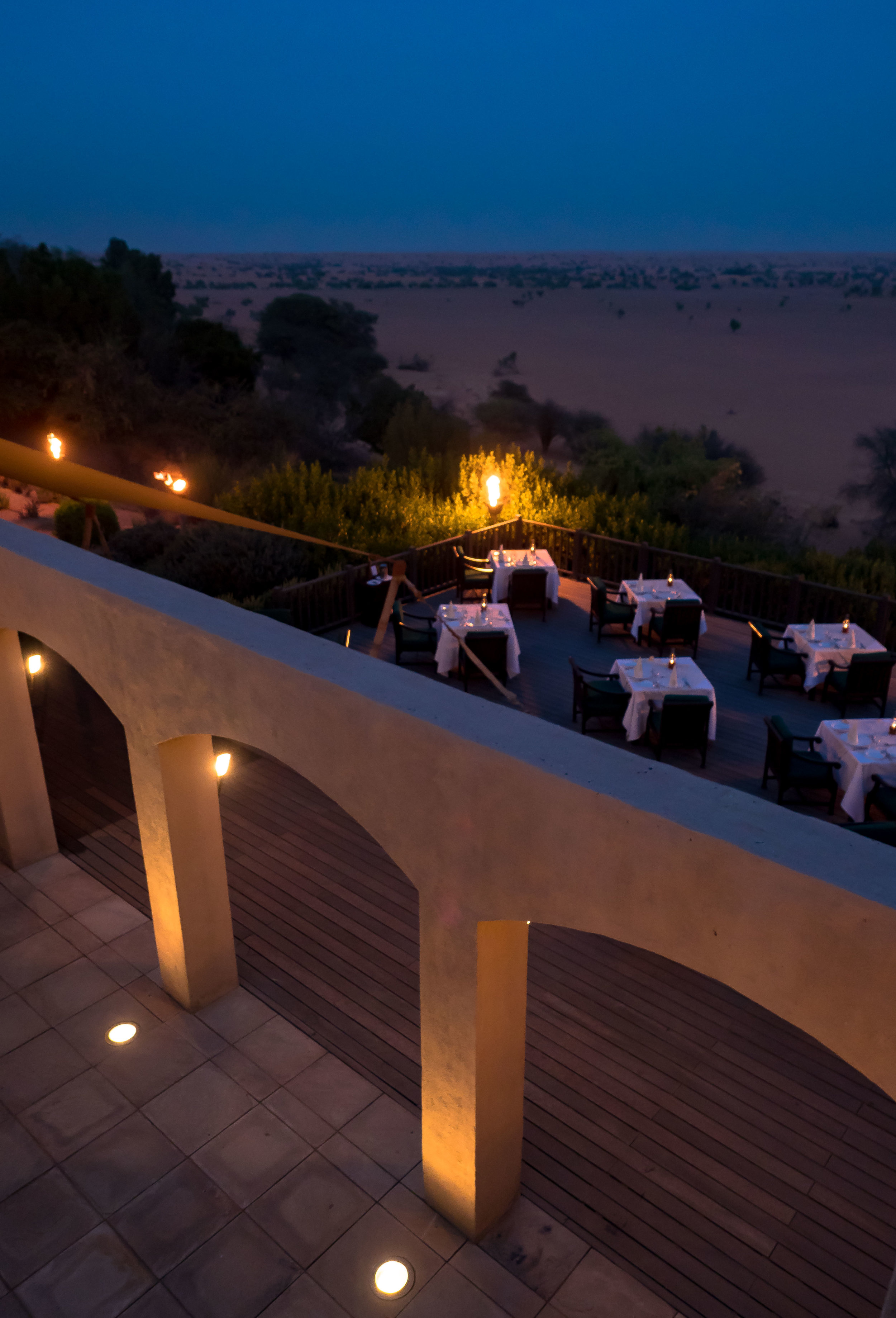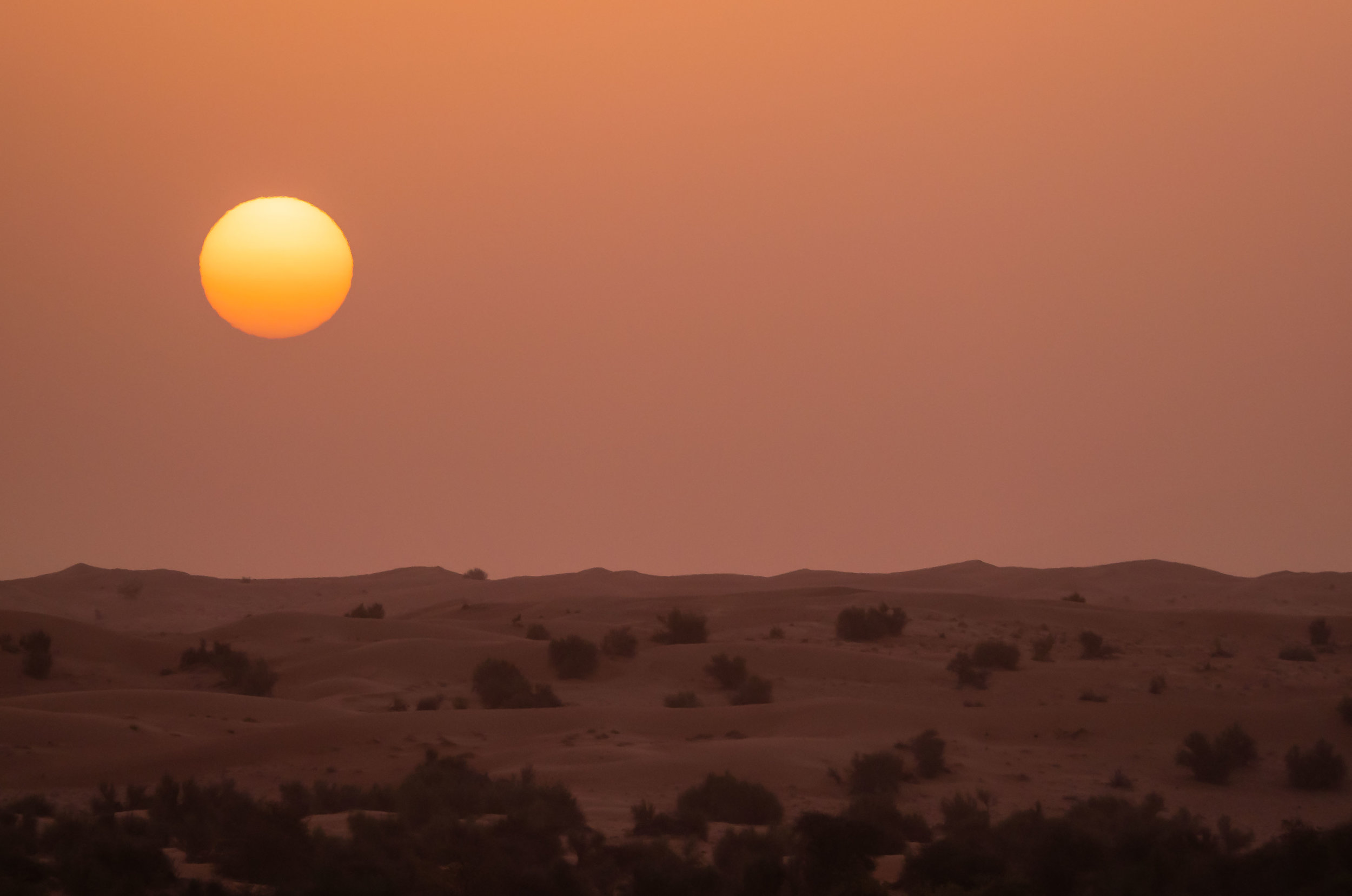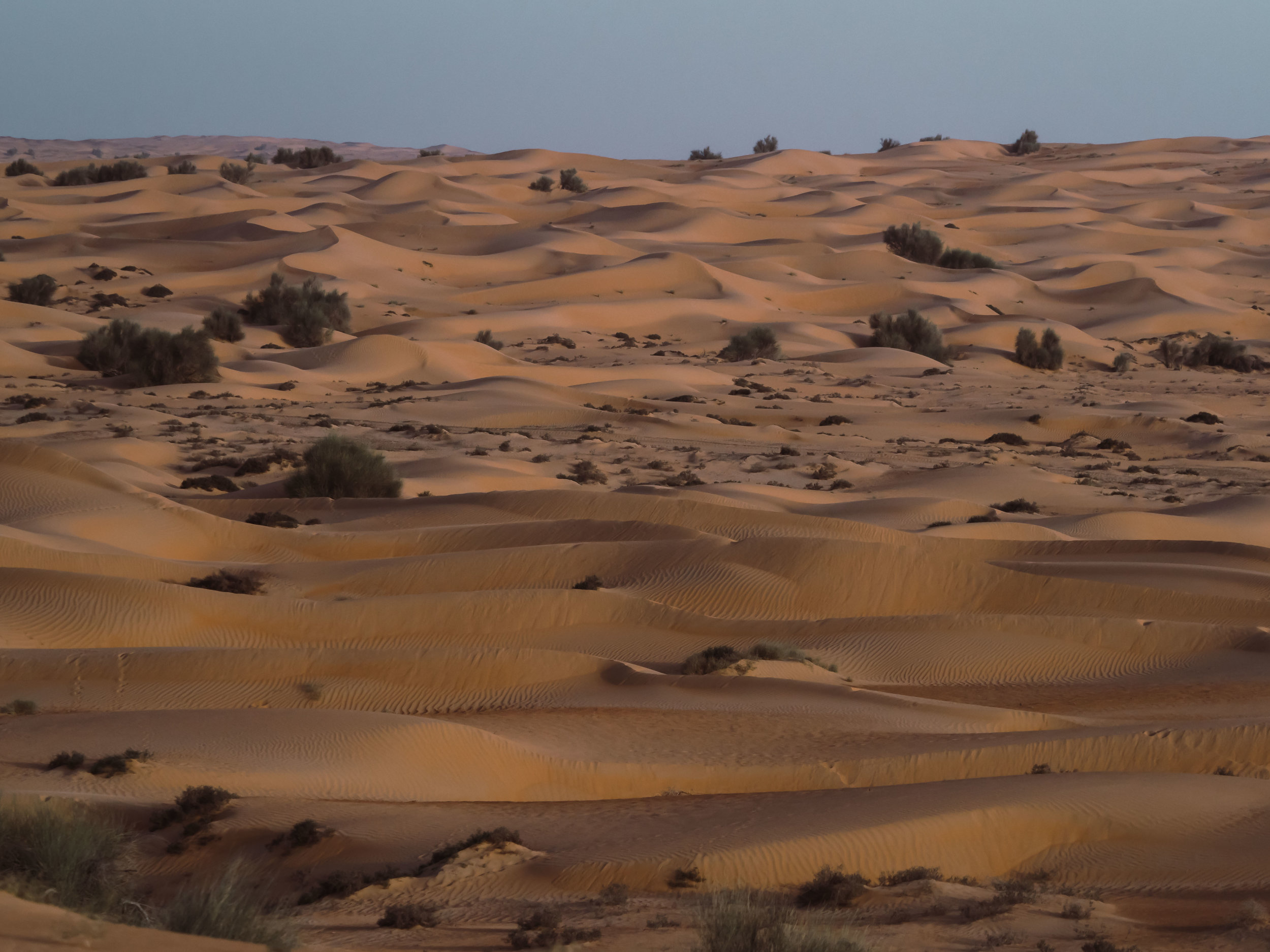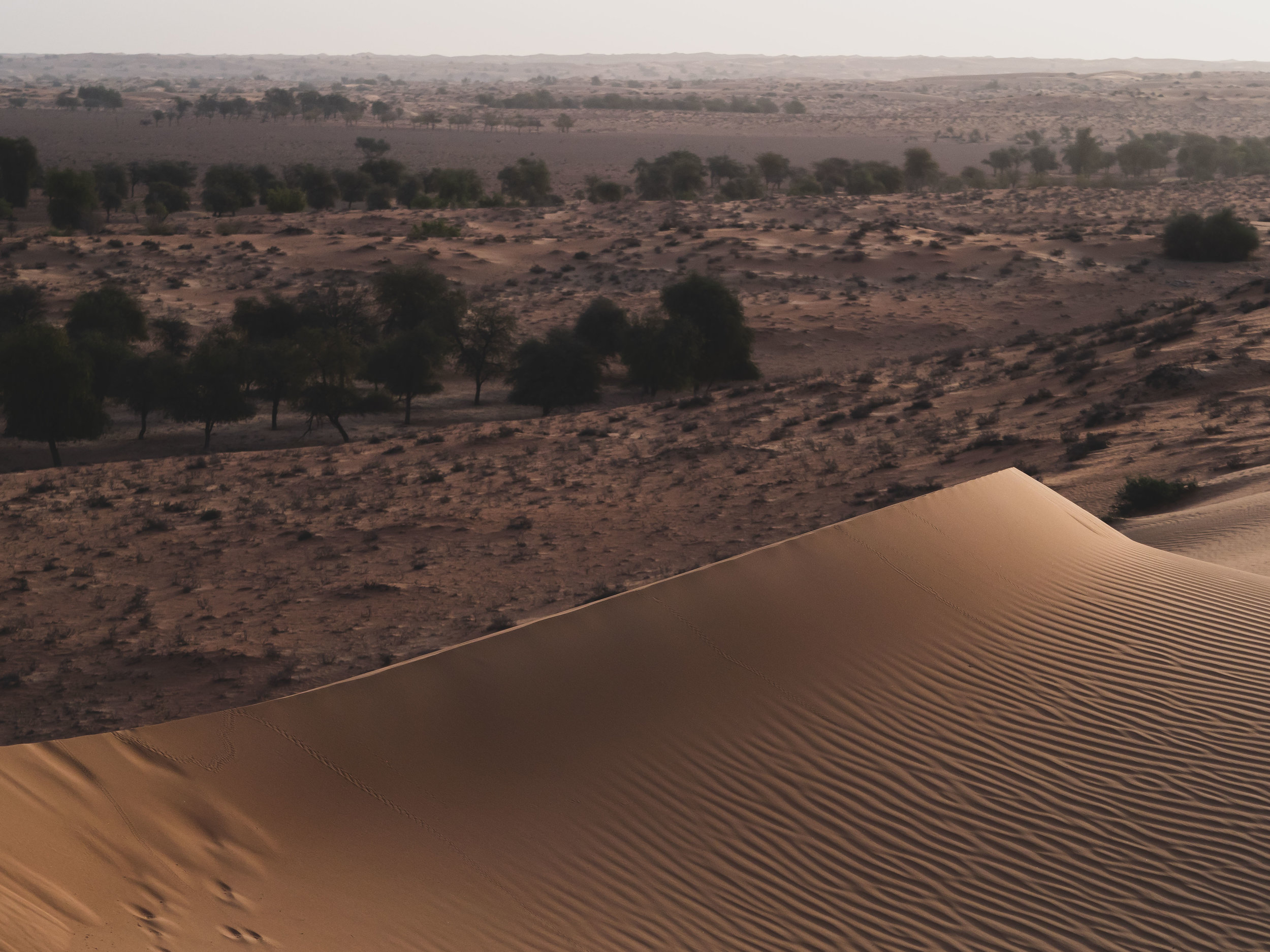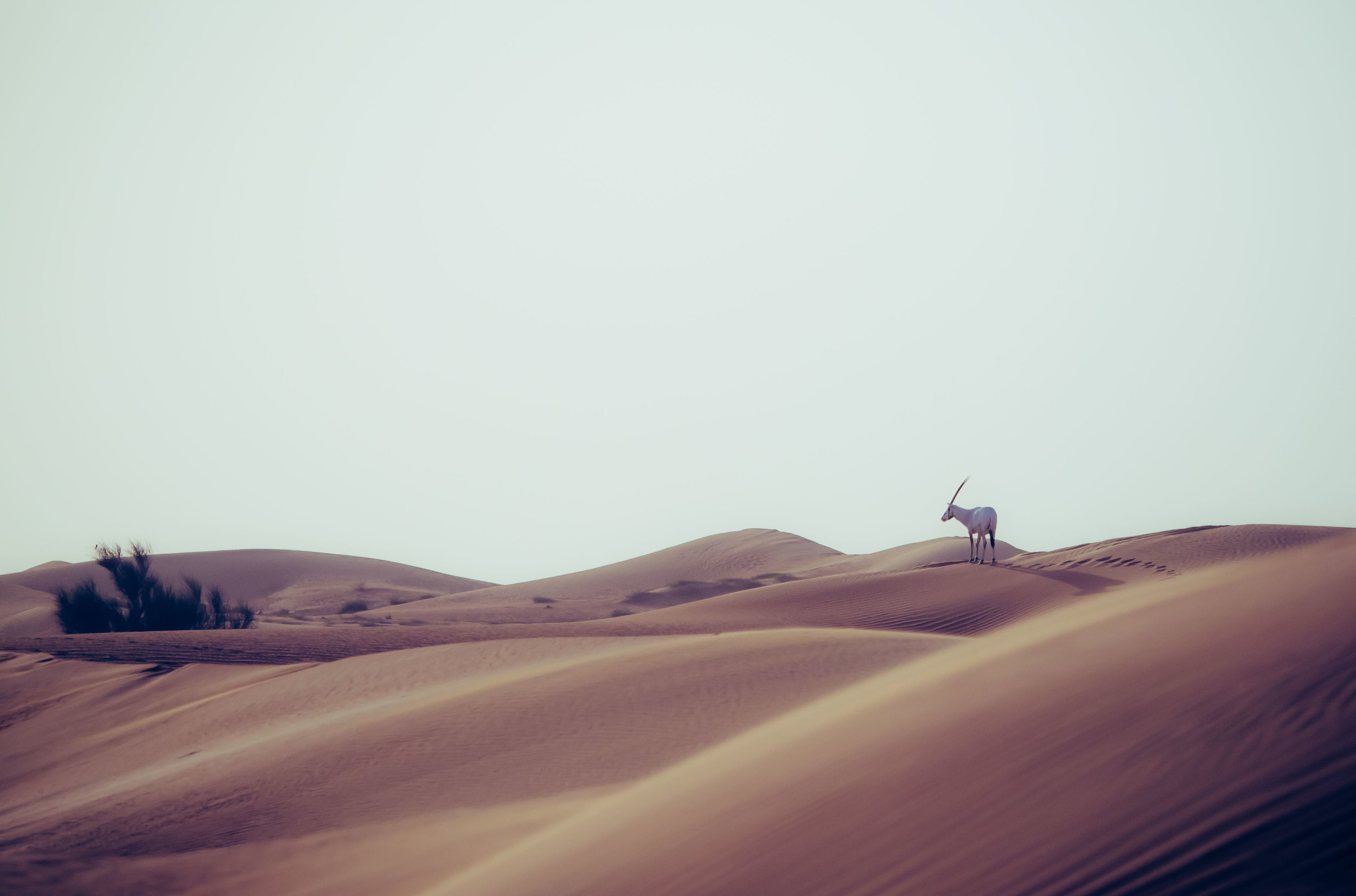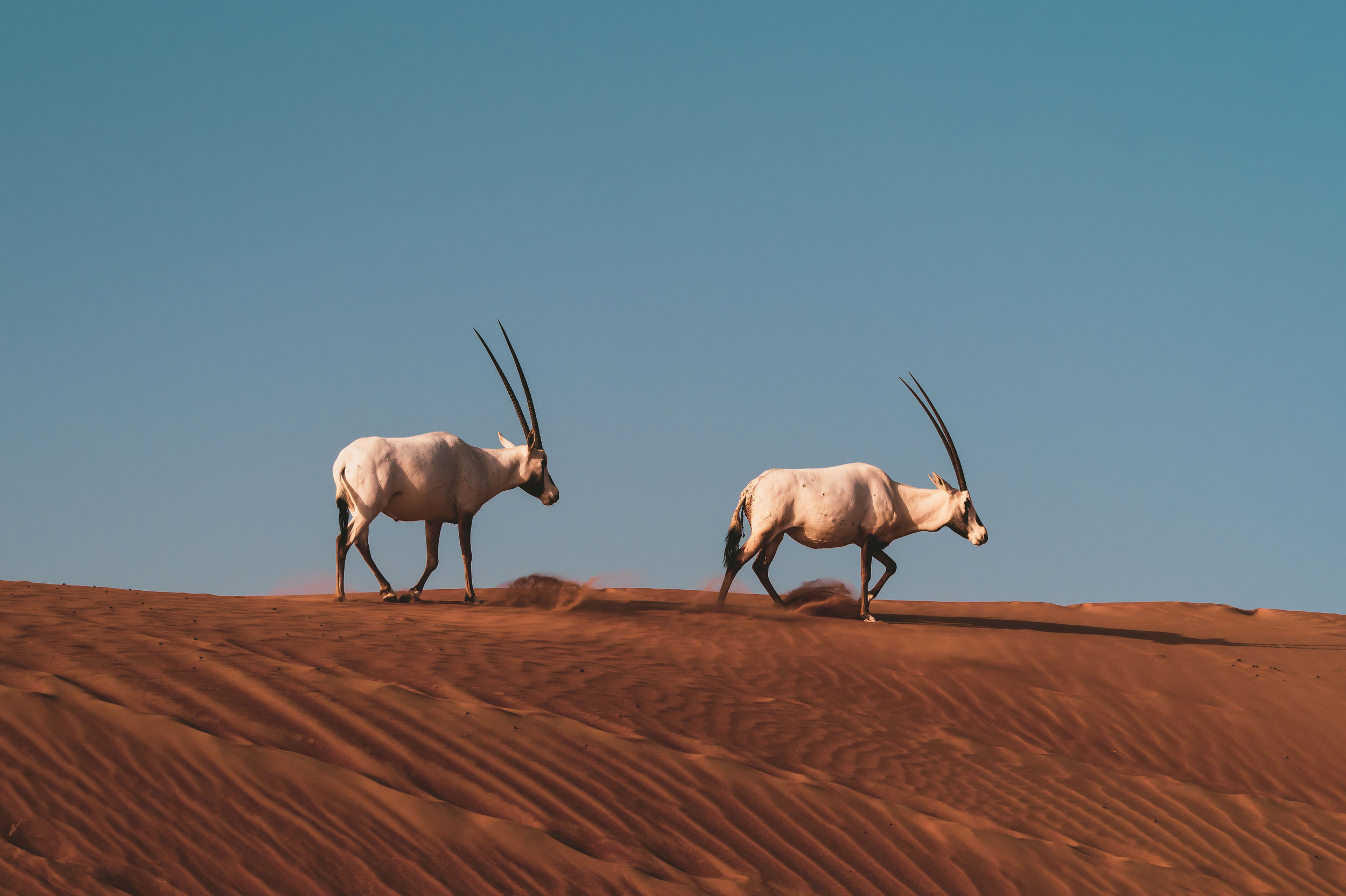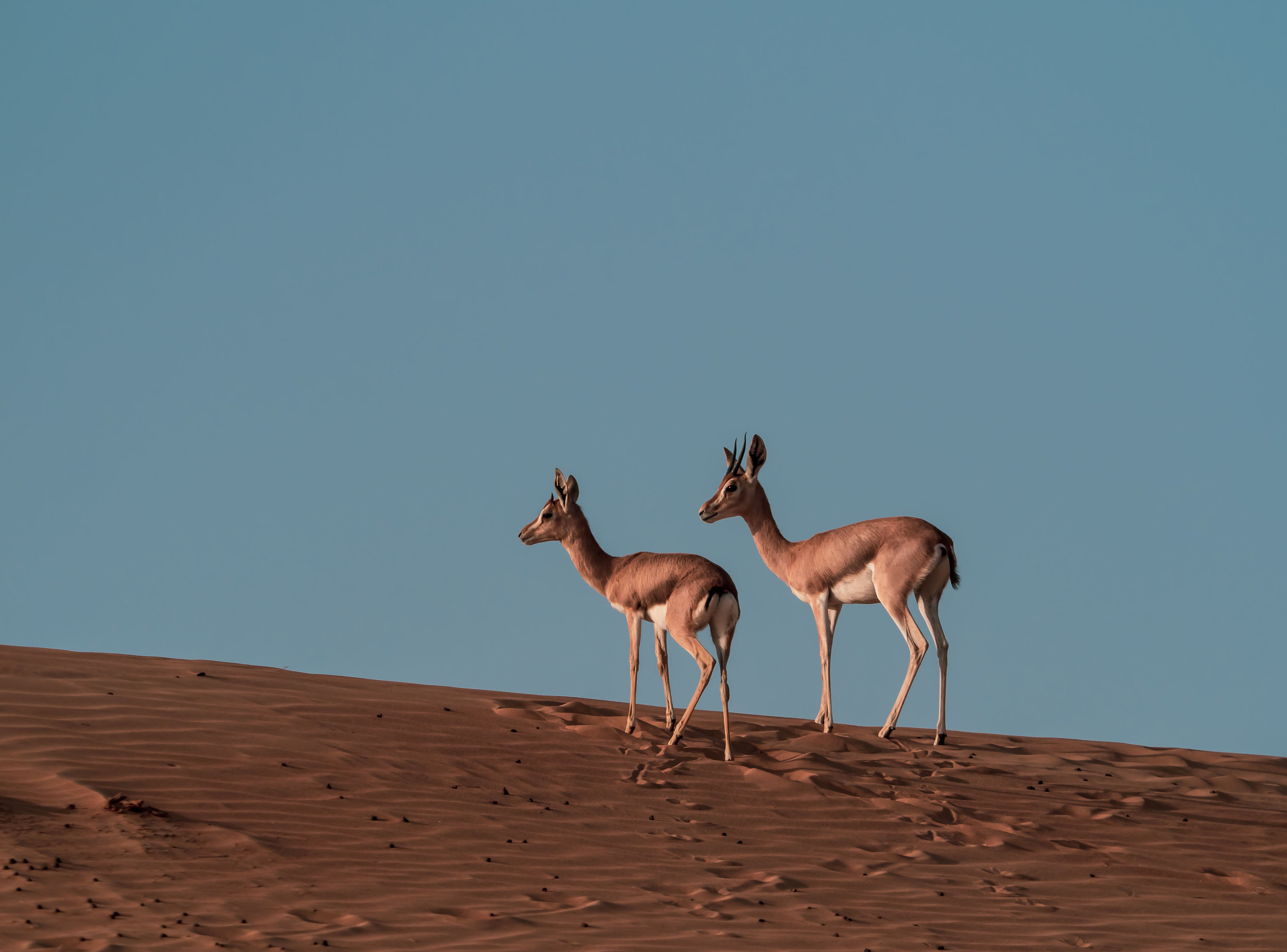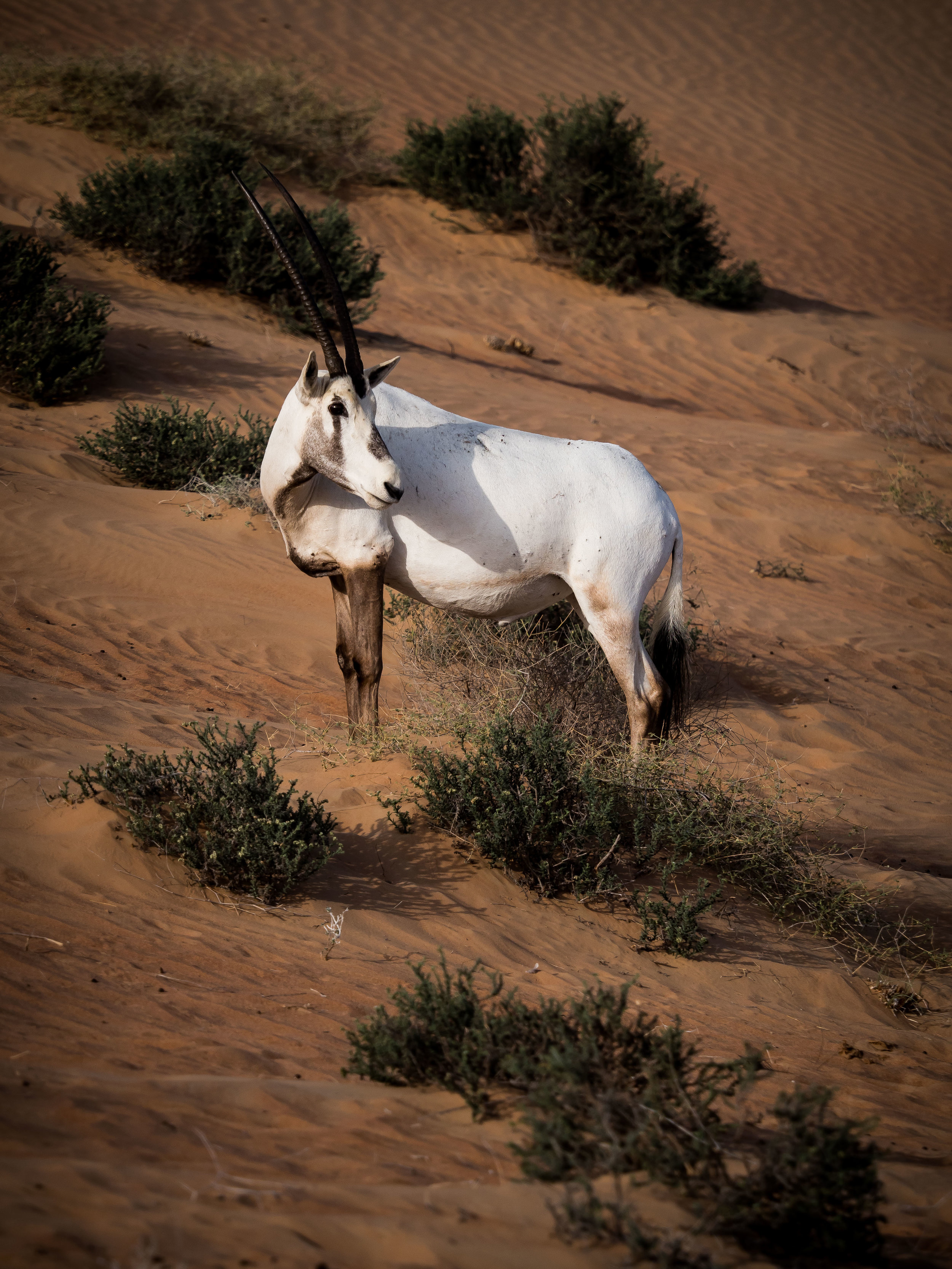A First Glimpse of Thailand
Some impressions from Phuket and Bangkok - from rare apes, to temples, and trains through tree tunnels and markets.
Although I spent a few weeks in Thailand in July and August of 2023, they happened to be less focused on exploring and travel. Nevertheless, both Phuket (where I mainly worked on my doctorate application, about which I might write at some point here) and Bangkok (which was more of a transit stop to recover from two previous trips I have yet to write about) had a few sights to offer that I did want to make time for and document. Read on to find out what they are…
Phuket
While Phuket is famous for many things - some more questionable than others (I did visit Patong but couldn’t get myself to take photos there. It does have a nice German restaurant though…) - one of its main attractions are the nearby islands of Phi Phi. Didn’t visit those either, but whenever I’m in a destination during full moon I try to look for some possible compositions. In this case, the rise of our lunar companion happened to be aligned pretty well with the Phi Phi islands in the distance, which meant I was out in the humidity to capture it rising over the Andaman sea just after sunset.
Phuket is home to a few more famous islands, among them the so-called James Bond island, locally called Khao Phing Kan, a limestone formation featured in The Man with the Golden Gun.
The Gibbon Rehabilitation Project
Another famous sight of Phuket are its many animal attractions. Sadly, they originate from a sad past that is still not fully eradicated, namely monkeys, apes, snakes, elephants, and other animals serving as tourist entertainment with very little care for their welfare. The situation has improved drastically over the last decade, for instance its much criticized zoo hosting tigers and bears in small concrete cages and charging tourists (who were stupid enough to pay) to pose with them, was finally closed down in 2022. Elephant riding and half-drugged loris are still things that exist on the island though - on the other end of the spectrum, a place that is countering and trying to reverse some of the effects of this issue is the Gibbon Rehabilitation Project.
A visit to this place (a maximum of 10 people are allowed per day) is really interesting, with a personal small group tour that involves making food and actually delivering it to the apes, helped by our very knowledgeable guide called Thanaphat (who’s been amazing, and his story is worth listening to). Gibbons have been extinct in the wild on the island, and are now, through great and lengthy efforts, slowly being re-introduced into the last remaining rainforests that still exist here. In the past, they were home to tigers, leopards, and more species, whose habitat has made way for human development.
There’s no direct contact with the animals, and feeding is accomplished via a rope pulled up to the cage. At the same time, visitors are asked to fill out the daily observation sheets for “their” gibbon, which helps the local volunteers and members of the project to assess the ape’s development and readiness for release. Often, that readiness is never reached, the amount of time these gibbons spent in human captivity for the benefit of tourists makes them completely dependent and they come back from their release sites.
While gibbons are apes and thus part of the same family as humans, they are classified as “Lesser” apes, as opposed to the Great Apes like Gorillas. Nevertheless most of the species are now endangered, some of them critically so, making it worthwhile to support organizations like this one - adopt a gibbon!
A Sanctuary for Giants
Phuket is also home to countless elephant attractions - many of them designate themselves as “sanctuaries” for the many elephants that have spent their lives as tourist attractions or were chained and beaten to perform work in the forests and farms of the island. There are still black sheep, but it seems many of those establishments are now run in a reasonable way, do not allow elephant riding, don’t chain them, and provide food of sufficient quality and amount (an elephant eats up to 150kg a day), and space for their elephants. Given the rapid decline of elephants in Thailand (from 50,000 in the middle of last century to 3,500 nowadays, with less than 500 truly wild ones) they arguably do a necessary job.
I went to visit the Green Elephant Sanctuary Park, established by a Swiss national, and while it’s a tourist destination with groups, it doesn’t feel crowded and there’s room for personal interaction and some education. The owners have also established a clinic for elephants, which they are trying to get more funding for.
Ever since my encounters in Kenya I’ve developed a much deeper appreciation for these animals, and while the Asian elephant is different from their African counterparts, their intelligence and social bonds shine the same way.
Care Quarters
The employees and mahouts (carers) live on site with the animals, spending the whole day with their elephants, allowing two tourist interactions daily.
Bath time
The visit ends in the big water pond of the site, where you can help the elephants cool down from the island’s hot and humid weather. Watch your camera…
Majestic
Not many animals make you feel the same way when you stand in front of them.
Elephants are the national animal of Thailand and prominently feature across many cultural aspects in the country - more on that later.
I might be back in Phuket one day to explore its islands and take more photos of the old town, which features a beautiful collection of sino-portuguese mansions and several buildings dating back to the time of European and Chinese influence. For now, let’s continue with the capital.
The (Temple) Capital
Home to over 10 million people (and much more in the metro region), Bangkok has endless sights: Its street life, museums, temples, and skyline definitely mean you can spend countless hours exploring and looking for photos. On the other hand, its insane traffic, disorganized urban planing (it lacked proper zoning until very recently), and hot humid weather (coupled with my exhaustion from a few previous trips) meant I didn’t quite have the urge to see or take photos of it all. Nevertheless, below are some of my favorites, with the best (for me anyway) saved for last.
It’s impossible to miss the many amazing temples in the city, and some of the most beautiful ones were also on my list to visit. Wat Arun (above) was one of them, although I only photographed it from opposite the Chao Phraya river. This temple with its beautiful porcelain encrusted pagoda is almost 400 years old.
Wat Suthat Thepwararam Ratchaworamahawihan
Don’t ask me to pronounce it, but this was maybe my favorite temple in the Phra Nakhon area, where many of them can be found.
The temple is famous for its interior featuring beautiful murals and drawings depicting various scenes from Buddhist narratives and history. It is designated as a royal temple of the first grade, one of ten such temples in Bangkok.
Wat Ratchabophit
Another beautiful temple close by with its 43m tall golden chedi, and beautiful tiled exterior walls.
Wat Pho
A temple with an easier name and one of the oldest and largest complexes in Bangkok was the last I visited (although there are another half a dozen beautiful ones to be explored in the area).
The temple was originally completed in the 16th century, before the city was the capital.
It’s home to over 1000 buddha images, but none are as well known as the huge reclining version, situated in its own chapel. Added in 1832, it’s 15m high and 46m long, and was made of brick, which was then plastered and covered in gold. The toes visible on the right are in-laid with mother of pearl.
It was time to leave the city for a day trip, trying to see two of its (potential) photographic points of interests to the west. Honestly speaking, neither of them quite fulfilled that promise, as both spots lost a lot of their natural charm and origins, having turned into a pure tourist destination.
Mae Klong Railway Market
The first destination was a village in the province of Samut Songkhram, about 1,5h drive. It's famous for its railway which literally runs through the local market for the last 500m before reaching the station and going back.
Arriving very early (before the first train) means you get to see the locals going about their business, buying and selling vegetables, meat, fish, and a few other random items. Many of the tables and goods are literally placed on top of the train track - as you’ll soon discover, in a manner that’s very flexible if required…
Coming Through
Shortly before the train arrives, the speakers announce it to the merchants (and the sightseers), who within a couple of minutes fold their sunroofs backwards, pull in the tables (which are mounted on wheels) and position their trays and plates in a way that the train will just have enough clearance to avoid dragging a few veggies along to the station.
Tight Spaces
The photos barely do justice to how tight the spots left and right of the track can become, as sun shades, tables, tourists, seller, buyers, and goods get squeezed into small stalls. While the train moves slowly, I did see one or the other anxious person and a few sellers shouting at people (they seemed to have an eye for which tourist was prone to get run over by a train).
The Aftermath
Once the train passed, you’ll see the hundreds of tourists that squeezed into the stalls either side coming out on the tracks, which just an hour earlier were home to a calm local market. I can’t blame them, it’s definitely an interesting spectacle to observe, and I was one of them, but I can’t say it was particularly enjoyable at this point.
Hence it was time to leave, and move on to another type of special market - a floating one. Called Damnoen Saduak, it’s probably the most famous of its type, and thus admittedly most likely to be touristy as well.
Damnoen Saduak Floating Market
Not far from the train spectacle lies another spot that was once only a way for locals to sell their goods. This time from a boat, moving along the channels and selling to people on other boats or on the shoreline. While the Mae Klong Railway market does preserve some of the original spirit (until the train arrives), this one has become nothing more than a tourist attraction by now.
This “market” is also still home to the aforementioned animal attractions that are still common in Thailand, with large snakes meant to attract tourists who are asked to pay to have them draped around their necks (and plenty did…), and I also spotted a loris being offered to visitors for posing. While for the snake and loris it’s definitely abuse, it didn’t seem to bother this cat luckily.
There is very little left of what I can imagine was once a very interesting genuine market experience, but by walking along the canals I did manage to capture a few impressions of vendors that probably offered their goods to people other than tourists many years ago, and still make and sell their local dishes.
From what I gathered through my guide, the other markets of similar nature in Bangkok aren’t very different, but I did hear that some of them still have days where local trade takes precedence over tourism - need to find them on the next visit! I definitely didn’t spend too much time at Damnoen Saduak and would recommend a quick stop at best, if you happen to visit the train market (which somehow is still worth it).
Back in Bangkok, the usual rain clouds decided to unleash some torrential rains over part of the city, but stopped before sunset, giving me the opportunity to get some cityscape photos from the rooftop of the Banyan Tree hotel (including the endless traffic below)
Erewan Museum
A very different kind of temple awaits on the southern outskirts of the city. The 250 ton, 29m tall, three headed bronze elephant statue on its roof ensures you can’t miss it, but also holds a surprise inside…
… which is that you can take a small spiral staircase up one of the elephant legs, leading to the actual chapel in the belly, adorned with various art pieces, Buddha images, and representations of the solar system.
Below this world of the heavens lie the human and the underworld. While the Erewan museum was privately built to house an art and antique collection, the three-headed elephant also acts as a symbol of the cosmography in Hindu mythology. Its gardens are also worth a stroll, with plenty of small rivers, waterfalls, sculpted plants, and - you guessed it - a lot more elephant representations.
Chinatown
Yaowarat Road, the centre of Bangkok's Chinatown. Chinese immigrants historically formed the majority of the city's population.
The history of the city since it became Thailand’s capital in 1782 (then still the Siamese Kingdom) is filled with immigrant populations from different parts of Asia, including large Vietnamese and Malay communities, and it remains a cosmopolitan city today. Fun fact: The city changed its name several times throughout the course of history, and its full ceremonial Thai name features a mind-boggling 168 letters, earning it a place in the Guiness World Record as the longest place name.
Into the Night
Bangkok’s nightlife is meant to be legendary - for better or worse - and has earned it the nickname “Sin City of Asia”. I wouldn’t be able to judge that 😇 but I did enjoy a walk around after sunset to capture some of the neon lights and rain puddles.
The neon sign forest seen from one of the elevated train stations, which can provide interesting photo opportunities of the streets below, and is also a good option to make your way through the city and (partly) escape the traffic.
Infrastructure
Bangkok now has four different mass transit systems, the first of which started operating in 1999 - most of it runs above ground, often built on top of major roads like here, and some of the transfer station hubs are 4 or 5 floors tall.
Biggest Buddha
After 5 years of construction in between the network of canals in the oldest part the city, there now stands a giant Buddha in glowing gold. 69m tall and costing more than 3m USD, it was completed in 2021.
It’s part of the 400 year-old Wat Paknam Phasi Charoen temple. Large buddha images have remained a popular attraction in Thailand, and often bring significant income for a temple or even revive a whole district.
Please take a moment to spot the cat in the image on the left below ;)
Train Tree Tunnels
My favorite place in the city was a little away from its hustle and bustle, in the outskirts around the Chom Thong area. Here, the early morning hours see people get ready for work, kids preparing for school, merchants opening their shops, and monks heading to the temples, in a somewhat quieter and greener atmosphere than most of the rest of the city.
The main attraction for me though was the local train line running through the area and past the dispersed shops and little stations along its track. During the morning hours, a few commuter trains slowly make their way through, and you can catch some great compositions.
In several places along the few kilometers of tracks I followed, trees have formed their own little tunnels (probably with some human encouragement to make way for the train). Either way, this is maybe my favorite photo from Bangkok.
Out of the way!
People got used to life along the tracks, and so did the conductors and operators.
There’s definitely more to see in Thailand, but for now this is all I had to show you!
Subscribe to my newsletter to get notified and don’t miss out on more Wonders of the Globe.
Other Recent Posts:
Uganda - From Lakes to Apes
The Republic of Uganda was another East African country on my journey, and it had beautiful lakes, rural villages, savannah landscapes, and a forest that deserved its name on the agenda.
The Republic of Uganda was another East African country on my journey, and it had beautiful lakes, rural villages, savannah landscapes, and a forest that deserved its name on the agenda.
Entebbe and Lake Victoria
I started my trip from Entebbe, a small city south of the country’s capital Kampala, and home to its only international airport (famous for the 1976 hostage situation), but also place of residence and office for the president. Our first mission was to visit Mabamba Swamp on Lake Victoria, to find what they call the “holy grail of birding”: The endangered Shoebill.
Alas, it was not a successful trip beyond a very brief glimpse, but the area was still beautiful and it turns out this would not be the last chance to see this rare animal...
Tarzan’s Home
We also visited Entebbe’s botanical garden, which was started in 1898 and contains both endemic and imported trees, some of them more than 400 years old.
Punishment Island, and 28 more
A long drive from Entebbe through the beautiful landscapes and towns of southern Uganda brought us to Lake Bunyonyi, a 46 sqkm lake very close to the border of Rwanda.
A Flight Above the Lake
Towards the Impenetrable
After two days at Lake Bunyonyi, it was time to head further west, approaching the border of the Congo. On route, we passed some of Uganda’s beautiful mountainous areas, dominated by farmland and small rural villages.
Our goal was a different one though, bordering the farm land. The Bwindi Impenetrable Forest, and its corresponding National Park. One of the most biologically diverse areas on earth, it is World Heritage Site that truly deserves its name, as I would later find out.
Parts of the forest are accessible - with a guide - through very basic hiking paths, and lead to some beautiful waterfalls, small rivers, and diverse flora and fauna.
The Greatest of the Great Apes
However, the real attraction of the Bwindi Impenetrable forest lies in something much less accessible, and it’s for a reason the meaning of the forest’s name in the local language is “a place full of darkness” . An armed ranger, a guide, and the stamina and shoes to survive several hours of trekking in the thick cover of plants and over muddy ground, climbing slippery and steep slopes, and wading through many small rivers, are all requirements to find the reason most people come here: The Mountain Gorillas.
There are only just over 1000 individuals left on earth, living in two populations. One of them makes up about half of the entire species and lives in this forest, broken down into around 50 families. Only 21 of them are habituated, i.e. used to human presence, and can be visited. The one I trekked was the Oruzogo family made up of 17 individuals, led by the dominant silverback Bakwate.
Seeing these rare and endangered animals in the wild, and observing their gentle and social behavior for an hour (this is the maximum amount of time you can stay with them) from just a few meters away is an experience that is hard to describe in words or photos.
From Tree Climbing Lions to Gorge Climbing Chimpanzees
Leaving Bwindi with a sad eye, I made my way northwards to the Queen Elizabeth National Park and the Kazinga Channel.
We encountered these young lions in a tree, where they spent the afternoon being lazy. Tree climbing lions are not common, but Queen Elizabeth National Park in Uganda is famous for them. They usually move up for a better view, shade, and to escape insects.
The Infamous Shoebill
Remember the quest for this elusive bird? Well, after an unsuccessful try in the swamps, the park came through for us. It is home to several of them, and one individual put on a show, even circling above our heads, which is quite rare as these birds are very large and heavy - up to 1.5m in size, weighing 7 kg - and rarely fly long distances. Their peculiar look and the large beak make them appear almost prehistoric - a modern dinosaur!
A Cruise on the Channel
Great Apes - The Second Round
The park is also home to another Great Ape species which can be tracked and observed closely in the wild: Chimpanzees. The location is equally as spectacular as the Bwindi Forest: The Kyambura Gorge.
While they are both part of the Great Ape family, Chimpanzee observation feels very different from trekking and observing Mountain Gorillas. It’s a very distinct experience that I’m glad I didn’t miss.
Kenya - Giraffe in the City and Gentle Giants
The land of giants, and some the most incredible animal encounters I ever experienced.
My journey through Kenya was a relatively short one, and focused on only two parts of the country: Nairobi and the Amboseli National Park. Despite that, the days here included some of my most memorable moments in Africa - read on to find out what they were.
A Day in Nairobi
Nairobi National Park
My trip began with a very early morning pickup in order to explore the country’s first game reserve , and the only National Park in the world literally situated within a capital city. The park is fenced on three sides, but the southern border allows migration of animals.
The Sheldrick Wildlife Trust
Close to the National Park are the grounds of the SWT, the most successful orphan elephant rescue and rehabilitation program in the world. Aside from taking care of abandoned elephant babies, they do much more though, such as conducting anti-poaching activities, veterinary missions, as well as water relief and community projects. You can learn more here.
The Giraffe Centre
Next on the agenda was a visit to this sanctuary, which began its story in 1979 when Jock and Betty Leslie-Manville set out to save the nearly extinct Rothschild giraffe. In the early 1980s the centre opened to the public and is now home to several of these animals, of which there are only 1200 left in the wild. Learn more here.
Exploring the City
The last few hours of Day 1 in Kenya were spent on a walk through the city, and a view from above.
Onwards to Amboseli
After my day in Nairobi, I spent 3 days in the Amboseli National Park. I came for the elephants, and I did find them, but in a way that was much more incredible than I had imagined.
The Kilimanjaro
Africa’s tallest mountain and the tallest free standing mountain in the world, with its Kibo peak reaching 5895m, is actually not located in Kenya, but the views from Amboseli are some of the best you can get. That is, assuming the dormant volcano’s highest portions aren’t covered in clouds, as does happen frequently.
Gentle Giants
Right after landing at the park’s small airstrip in the morning, my amazing guide Dickson took me into the dry lake bed of Lake Amboseli. This location is home to a daily ritual for large elephant families: They cross it from the forest areas on one side towards the swamp lands on the other. With a bit of patience you can photograph their amazing formations, and if you’re brave enough and have the right guide, you can do so from the ground for that extra special perspective.
Craig - Africa’s Largest Tusks
Amboseli and its surrounding areas are also home to a very special kind of elephant: The Super Tuskers. Bulls whose tusks weigh in excess of 100 pounds, often reaching all the way to the ground. There are said to be only just over 20 left on earth, spread between this area of Kenya and the Kruger park in South Africa. The most famous one of them is probably Craig, a 52 year old bull believed to have the largest tusks of any African elephant alive today. When I heard of his existence, seeing and photographing this magnificent creature became the highest priority of my time in Kenya. However, elephants can roam large distances daily, and there are no boundaries stopping them from crossing parks and even countries, as they often venture into Tanzania.
Luckily, an elephant like Craig is closely monitored by the local Maasai population and many rangers in the park, given the high risk of poaching - his tusks are easily worth $25,000 each in their raw form from what I was told. This means with the right network and a little bit of incentive, you may be able to hear of his whereabouts, or at least get a rough idea. For us, this meant a 1 hour drive in the very early morning into the bush to a nearby private concession. It was worth it…
My spot as we found Craig looking for the best trees to feed on, and the resulting photo below.
The feeling of sitting on the grass while an elephant of Craig’s size, with his incredibly large tusks scraping the ground, walking by slowly with his calm and majestic demeanor is indescribable and was definitely one of the most memorable experiences of my life.
A few more Impressions
Granted, not much could top the experience of observing the elephants in Amboseli, but the park is home to beautiful views and a large variety of wildlife.
A Lasting Impact
I’ve certainly had an appreciation for the sheer size and the social behavior of elephants prior to my visit to Amboseli, but this experience has given me a totally new perspective of these gentle giants.
Let’s hope that their legacy will live on for a very long time, despite the threats of human poaching and wildlife conflict - you can support their pledge at https://tsavotrust.org
Tanzania - National Parks and the Origins of Humanity
After visiting Zanzibar back in 2016, it was time to add mainland Tanzania to the travel itinerary.
After visiting Zanzibar back in 2016, it was time to add mainland Tanzania to the travel itinerary. Despite visiting Lake Natron and four National Parks as well as some of the country’s most important sites of human history, I still feel there’s a lot left to explore, particularly the lesser known southern parts. Read on for what I did manage to see, which includes incredible landscapes, amazing wildlife sightings from the ground and the air, and some of the most significant places in the development of our species.
The trip started at Kilimanjaro airport, landing with the backdrop of Africa’s tallest mountain around sunrise - as it happens though, the peak is better photographed from the Kenyan side. As they say, you go to Tanzania to climb Kilimanjaro (which I didn’t) and to Kenya to photograph it (which I did). More on that in another blog post…
Kikuletwa Springs
Hence, the first photos I took were of a little unknown gem east of Kilimanjaro: Kikuletwa Springs, a small hot spring which on the morning I visited was luckily also completely empty, resulting in the calm, clear, colorful waters you see below.
Take a look under water and see what I found…
Lake Natron & The Mountain of God
A 6h drive through mostly bumpy dirt roads brought us to Lake Natron by the late afternoon, where I spent 2 days. The area is full of incredible natural wonders to explore, which I did with my great guide Mohammad, and a local Maasai called Mwenga, who was incredibly helpful, knowledgeable and friendly - and became a model for some of my photographs in the process.
The area is also home to the beautiful Ngaresero Waterfalls - a small hike through the canyon rewards you with these views and an optional very wet exploration of a small cave under the waterfall.
Flamingo Lake with Special Features
The lake is the only regular breeding area in East Africa for the 2.5 million lesser flamingoes, and also home to Greater Flamingo and many other bird species such as Pelicans. Its high salt content and temperatures up to 60C make it inhospitable for many other animals, including predators, but supports the development of organisms these birds feed on. These organisms are also responsible for the lake’s reddish hues, best seen from space. Despite the lake’s massive size (a maximum of 57 kilometres x 22 kilometres), it is only up to 3m deep.
Human Traces
Tanzania’s Wildlife Parks
Arusha was the starting point for the second part of my Tanzania trip, a wildlife photography journey with Andrew Goddard, organized by Guiding the Wild. We started the trip through the country’s parks in the north with Tarangire, followed by Lake Manyara and its national park, and the Ngorongoro crater and region, as well as the Serengeti.
Tarangire
An afternoon game drive in the park.
Lake Manyara
A walk on the lake followed by a visit to the thick rainforest of the Lake Manyara National Park, both together a UNESCO Biosphere Reserve.
Ngorongoro Conservation Area and its Crater
The highlands and their famous volcano, with the world's largest inactive, intact and unfilled volcanic caldera, were our next destination - a UNESCO World Heritage Site.
In the Ngorongoro Conservation Area, we encountered this Cheetah mother and her two cubs with a fresh kill near the Ndutu lake. One of the cubs happened to look for some shade under our vehicle for a while, with barely its tail sticking out beside the tire. The mother had a GPS tracker for ongoing research, due to the declining population in the area.
The Seat of Humanity
The Ngornogoro region is also home to Tanzania’s most treasured prehistoric sites, which played an essential role in understanding human evolution. I took some detours from the standard route to reach two such places.
The Serengeti from the Ground - and from Above
A collection of wildlife images from what is maybe the most famous National Park in Africa, covering almost 15,000 sqkm - it is aptly named after the Maasai word siringet, meaning "the place where the land runs on forever".
While the Serengeti is impressive from the ground, an aerial view of its vast savannah and many animal herds take things to another level. After a - literally - bumpy start, we had a great balloon flight with Miracle Experience Balloon Safaris.
The Great Migration
Why we came to the Serengeti: The world’s longest animal migration, with 1.5 million wildebeest and 250,000 zebras following the rains in an 800km circular route every year. We caught it in full swing, with the largest herd we saw approaching 300,000 wildebeest according to our guides - it was an incredible sight difficult to capture in pictures.
My journey wasn’t as long and dangerous - hopefully still enjoyable to follow along.
Sir Bani Yas Island - Greening the Desert
Bani Yas Island has always been on my UAE To Do List. The island is about a 3,5 hour drive and 30min boat ride from Dubai and lies off the coast of Abu Dhabi in the western region. It’s the largest natural island in the UAE. Its rich history, incredible flora and fauna and the story of how it evolved into a major conservation project truly makes it a globally unique destination.
Bani Yas Island has always been on my UAE To Do List. The island is about a 3,5 hour drive and 30min boat ride from Dubai and lies off the coast of Abu Dhabi in the western region. It’s the largest natural island in the UAE. Its rich history, incredible flora and fauna and the story of how it evolved into a major conservation project truly makes it a globally unique destination.
The Dubai Desert - A few impressions of Al Maha
In April 2018 I visited the Al Maha Desert Resort, a place I've had on my Dubai to do list for over 10 years. Having been owned and managed by Emirates, it is now operated by Marriott through its Luxury Collection brand. The hotel is set in the Dubai Desert Conservation Reserve, and is definitely one of the nicer ways to explore and experience the beauty of the desert.
In April 2018 I visited the Al Maha Desert Resort, a place I've had on my Dubai to do list for over 10 years. Having been owned and managed by Emirates, it is now operated by Marriott through its Luxury Collection brand. The hotel is set in the Dubai Desert Conservation Reserve, and is definitely one of the nicer ways to explore and experience the beauty of the desert. Below are a few impressions.





